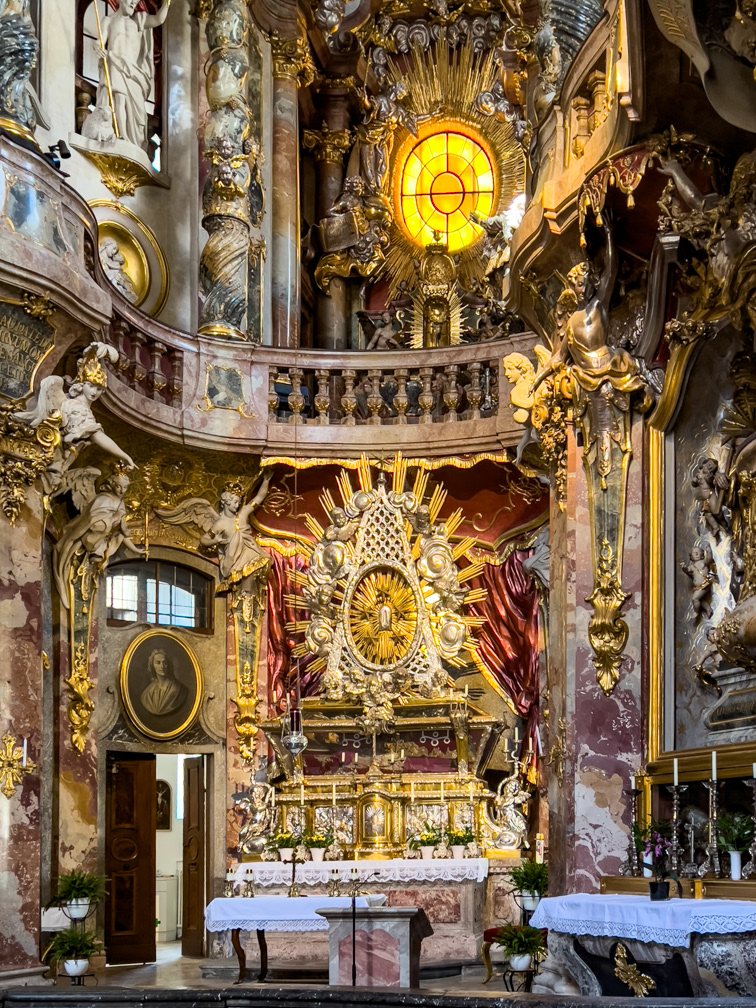Images from the
Benedictine Abbey
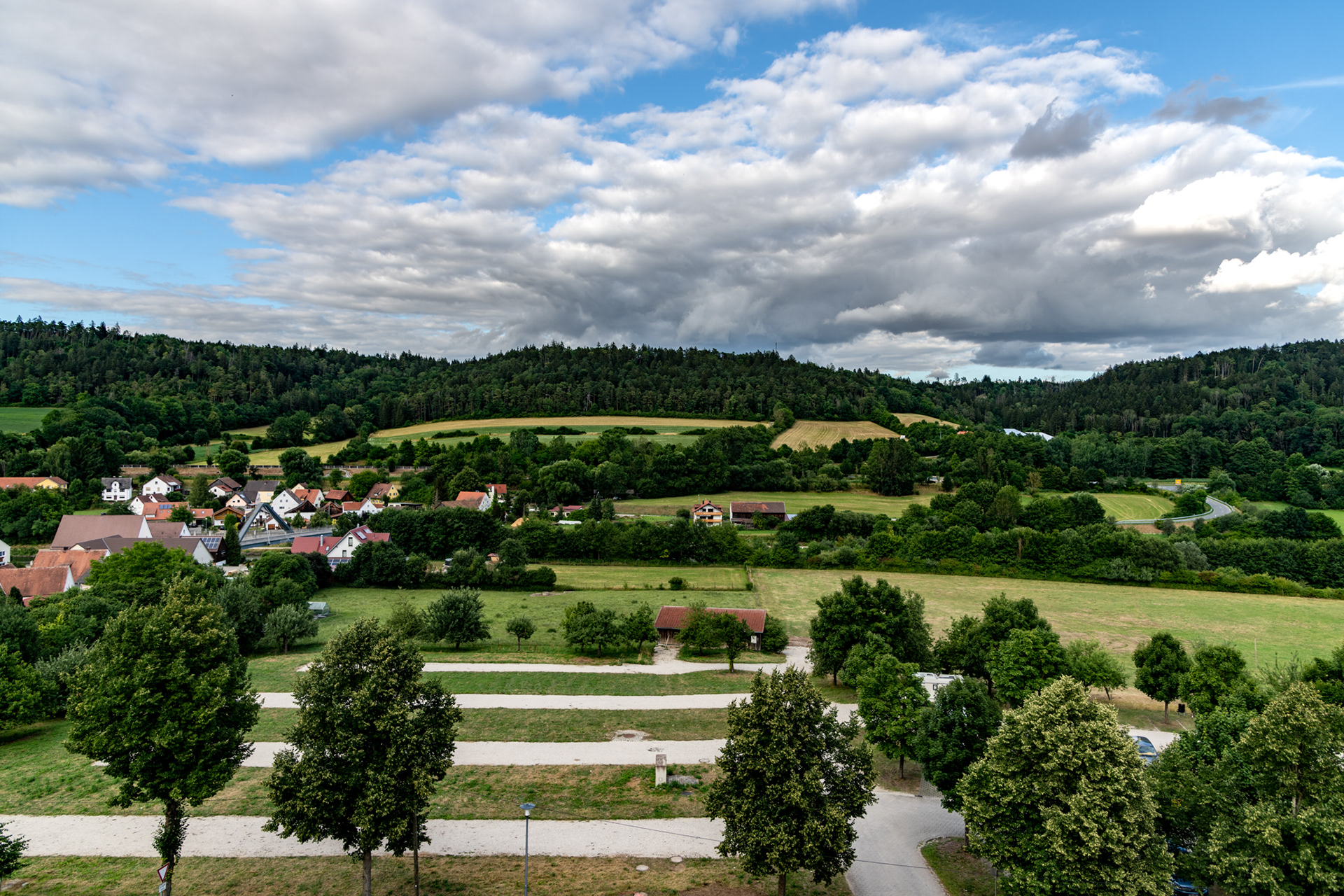
View from our room on the uppermost floor of the abbey guest house.
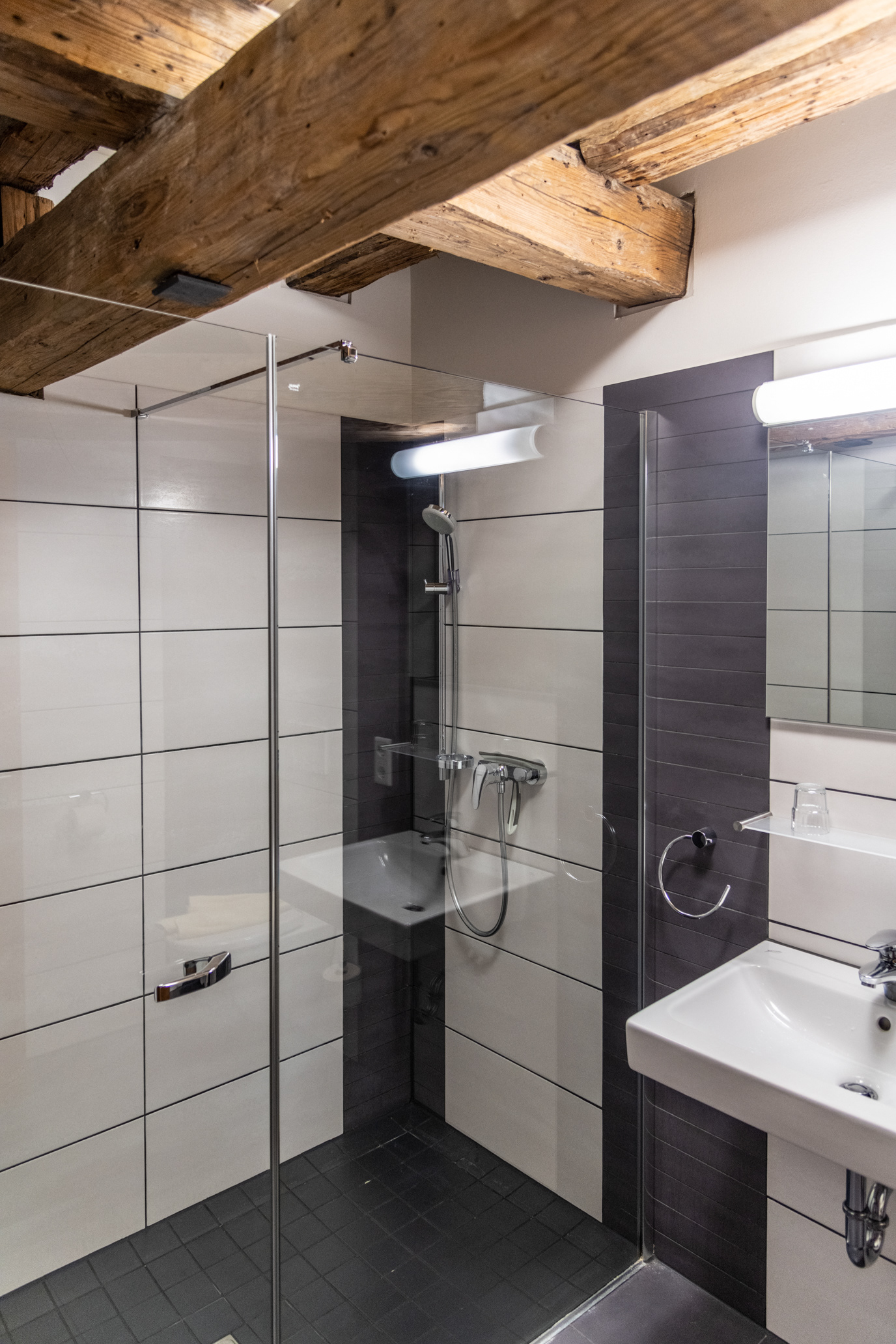
Our very modern bathroom.
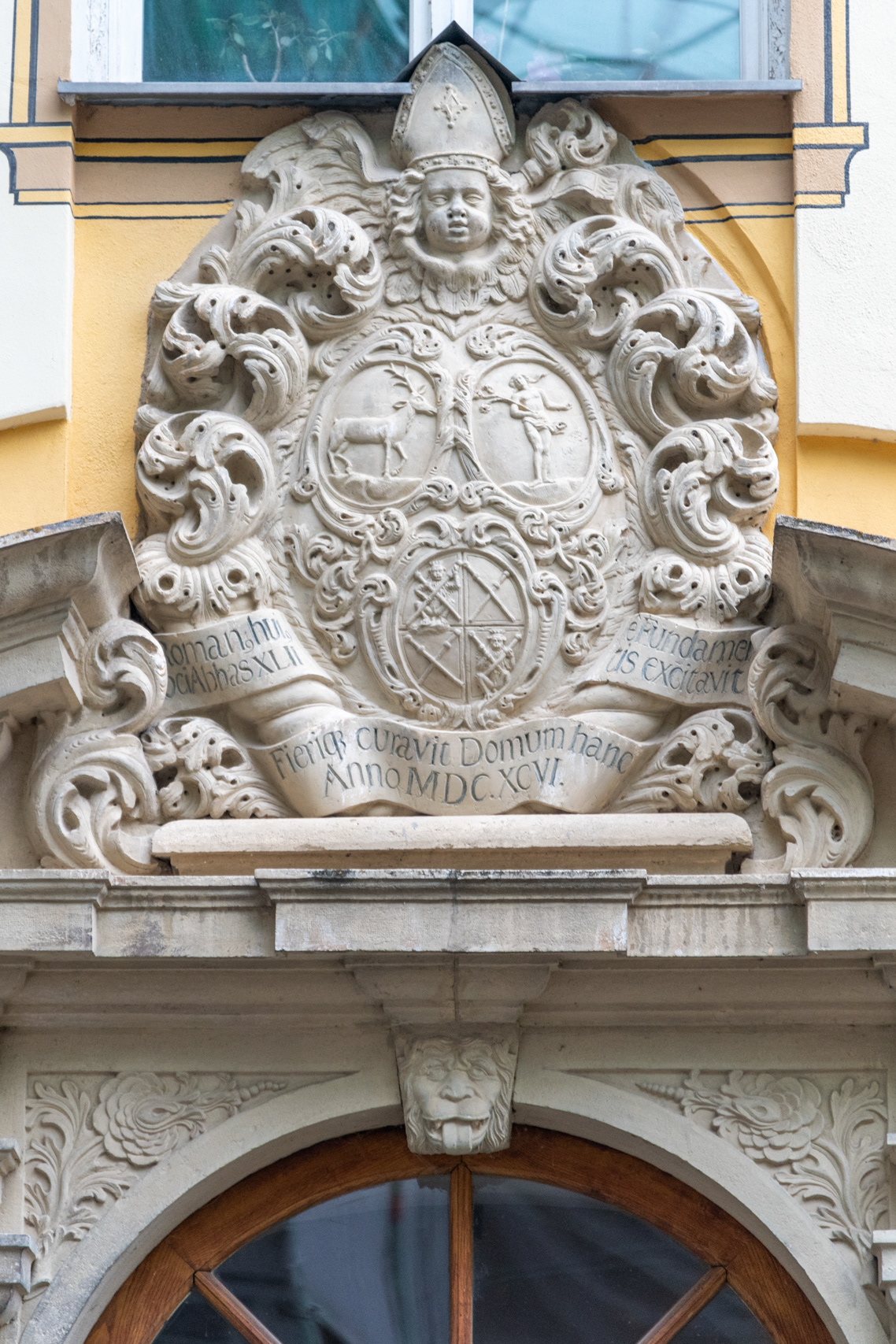
Casting over the entrance door to the abbey guest house.
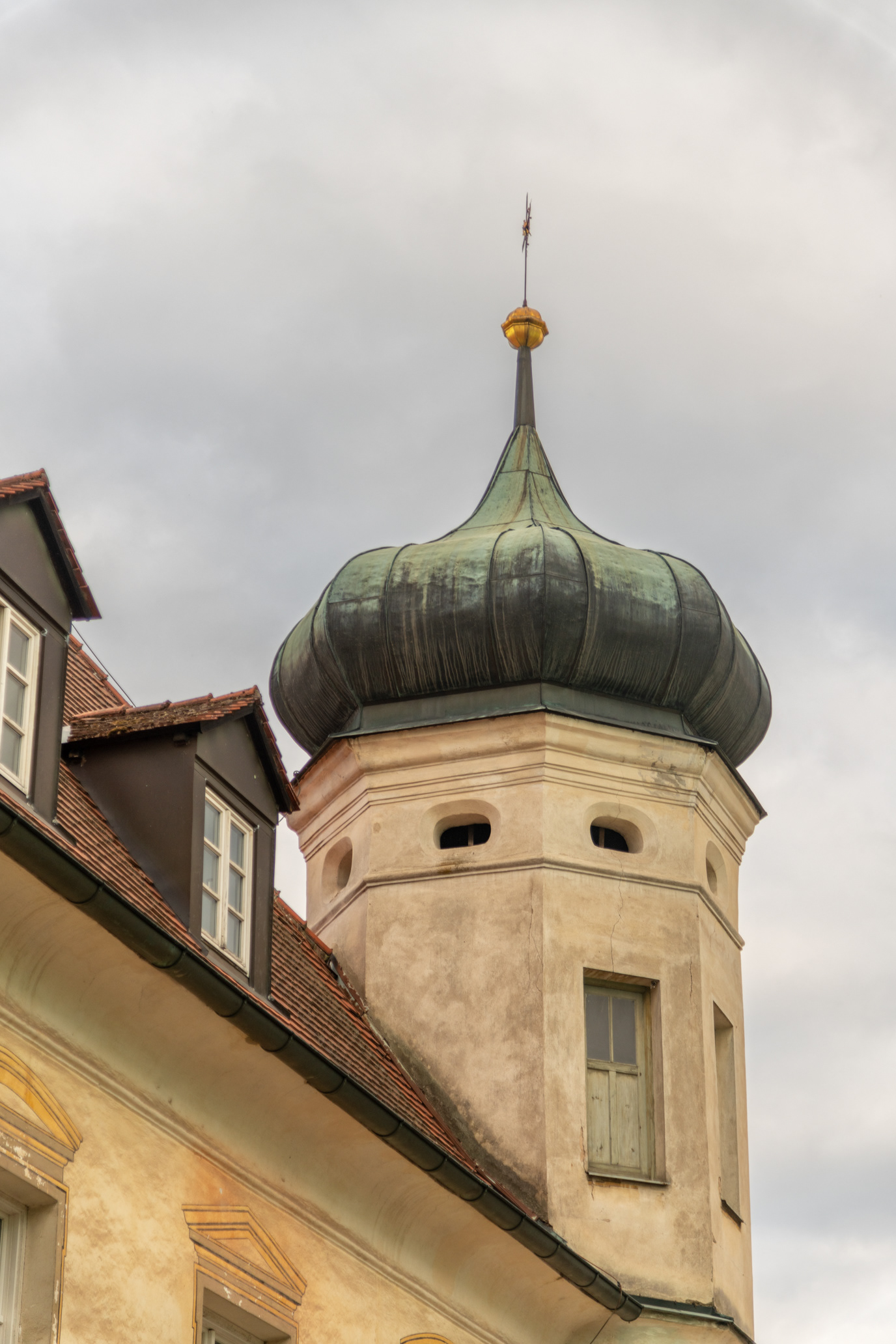
Turret on the abbey guest house.
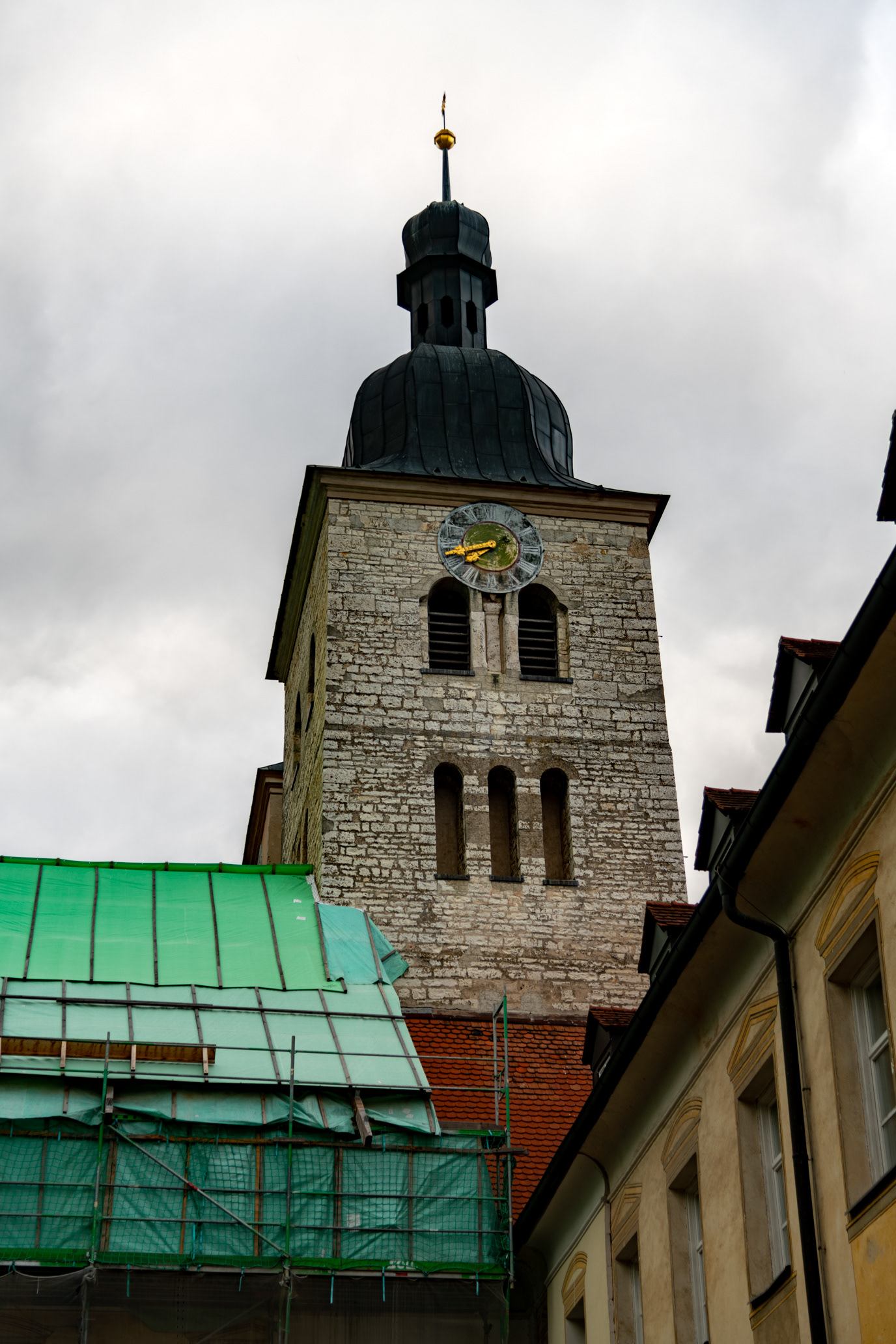
Spire on the portion of the abbey guest house currently being renovated.

Flowers in the abbey courtyard. These flowers are in the geranium family.
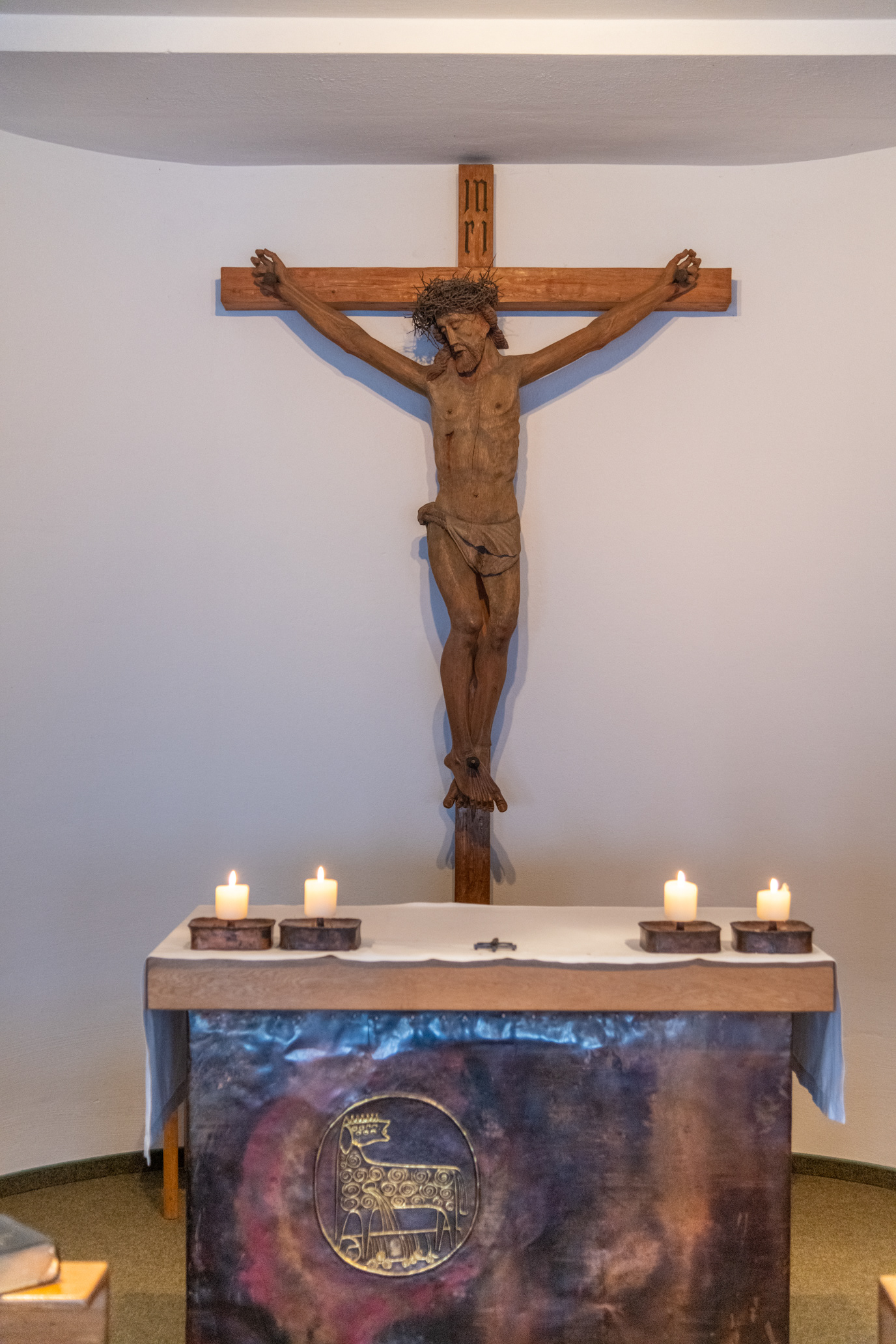
Crucifix and altar in the chapel we used for Morning Prayer and Compline.
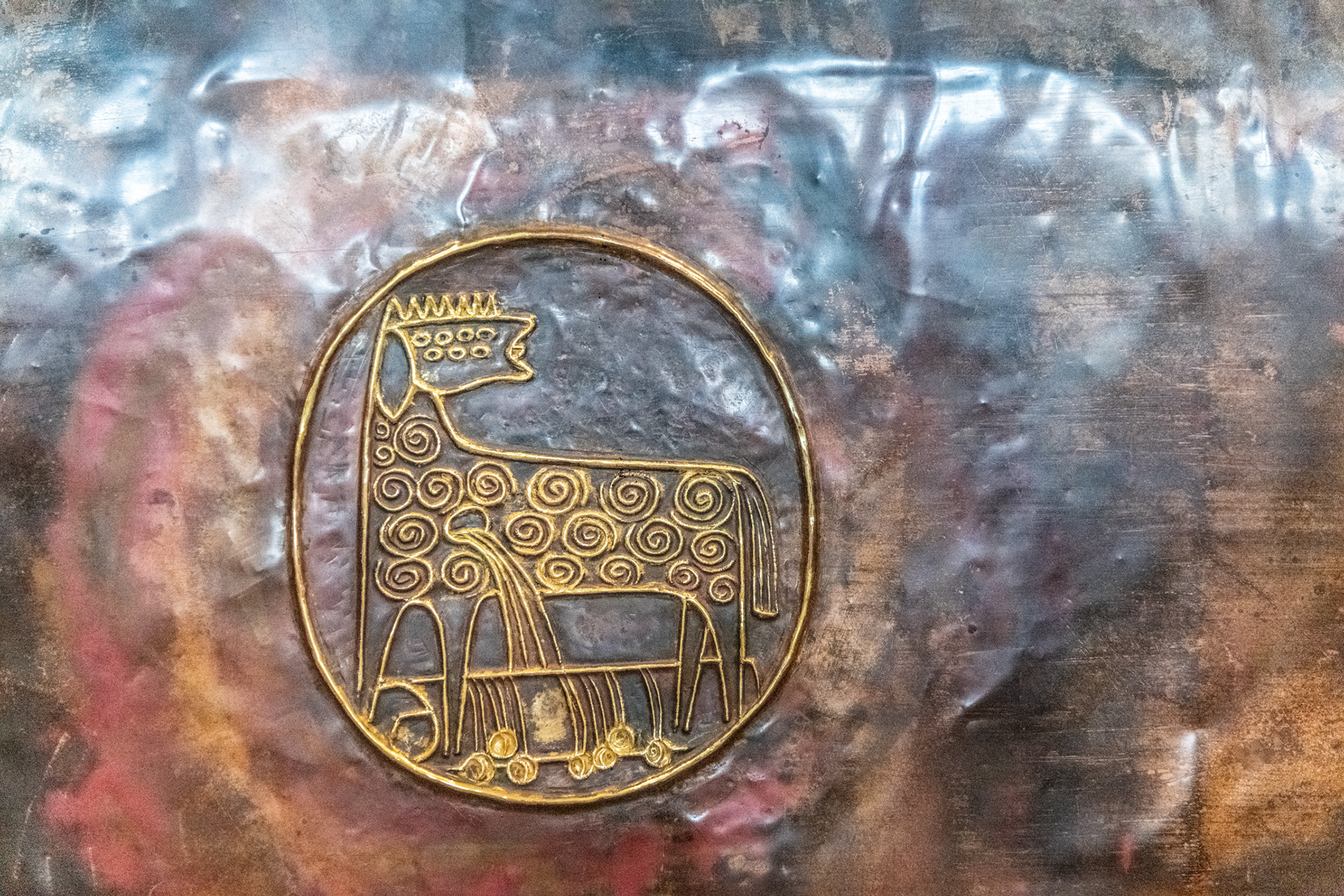
Altar frontal in the chapel
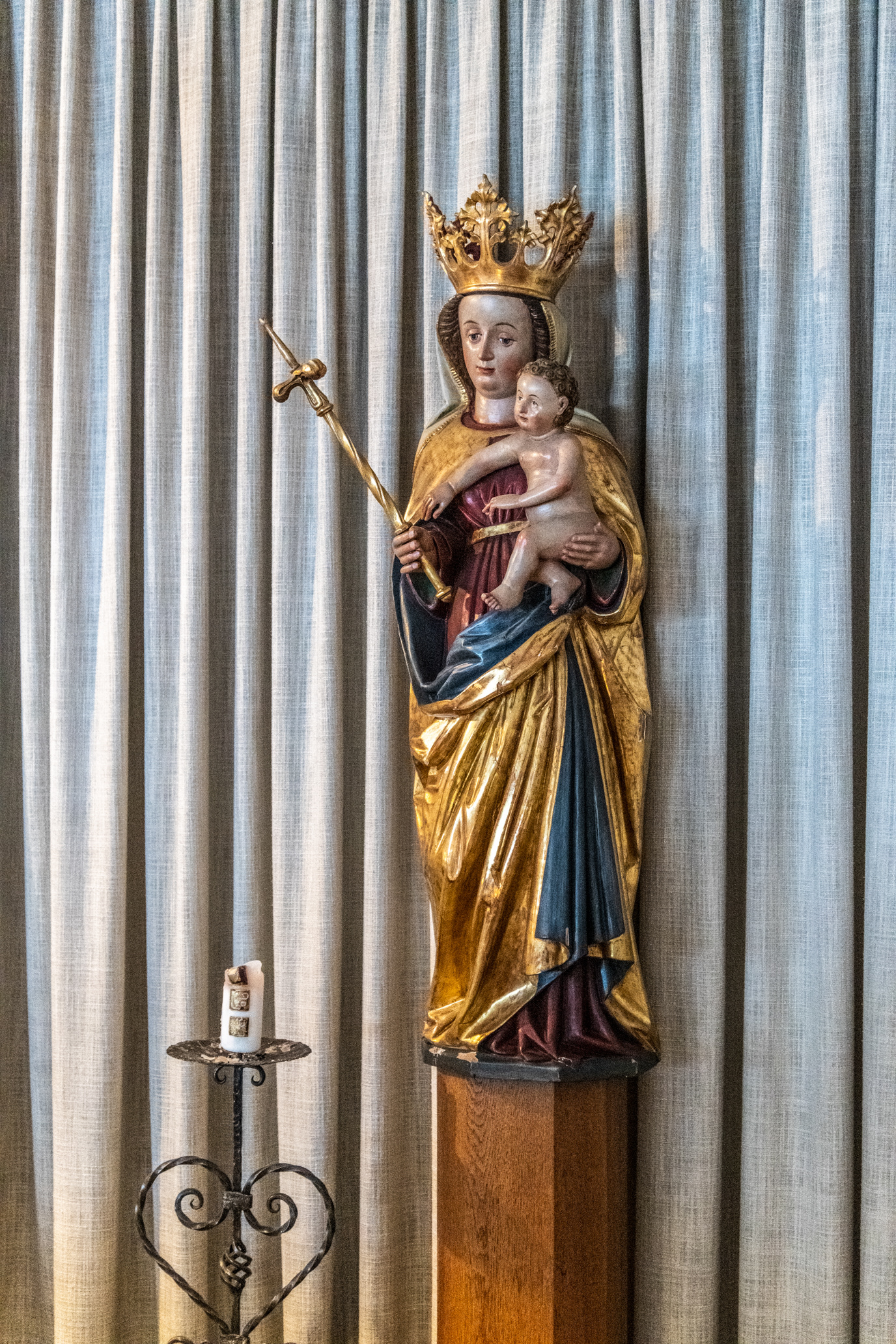
Madonna and child statue in the chapel
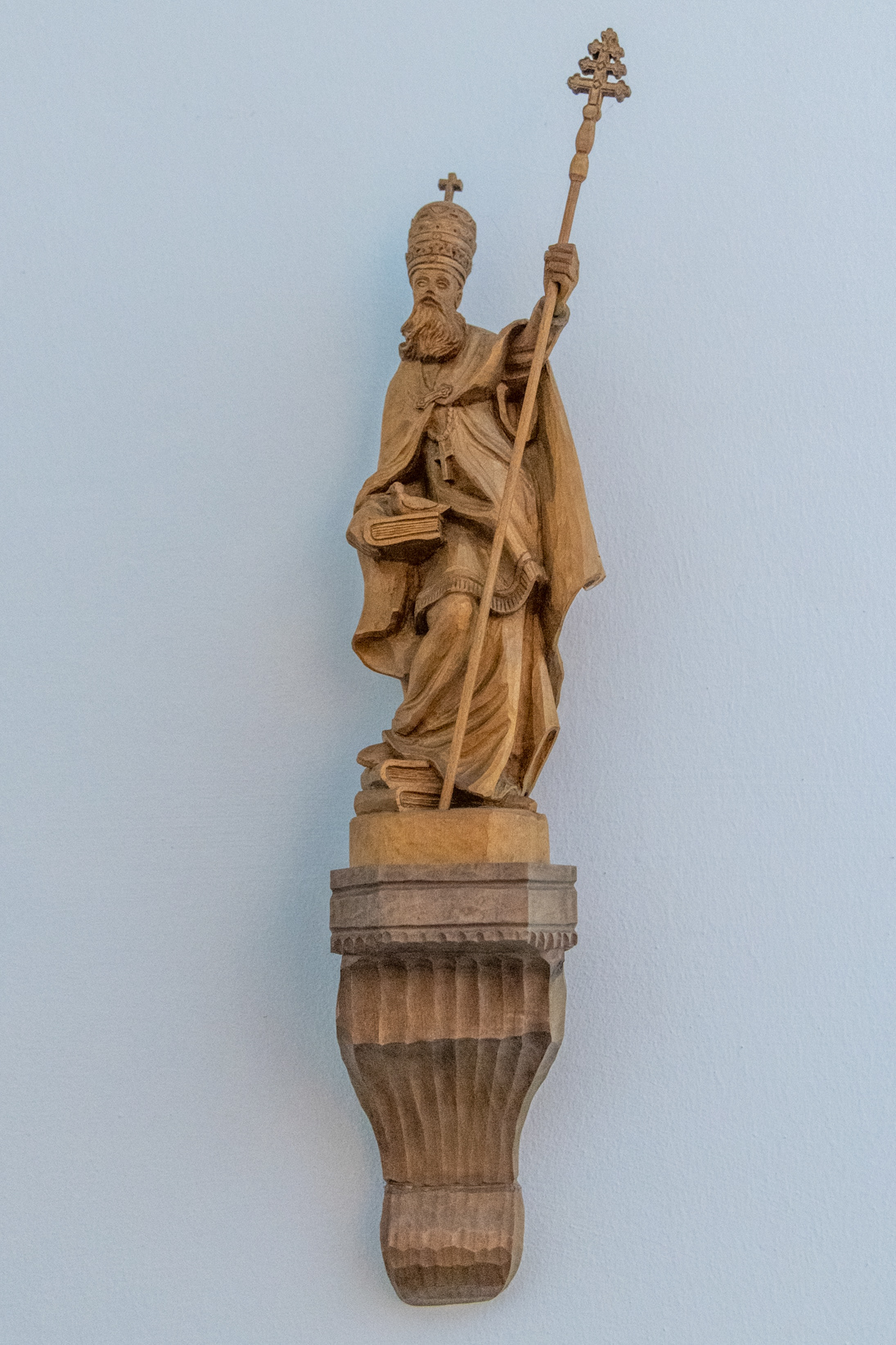
I'm guessing that this is a statue of Benedict of Nursia, the founder of the Benedictines (Order of Saint Benedict)
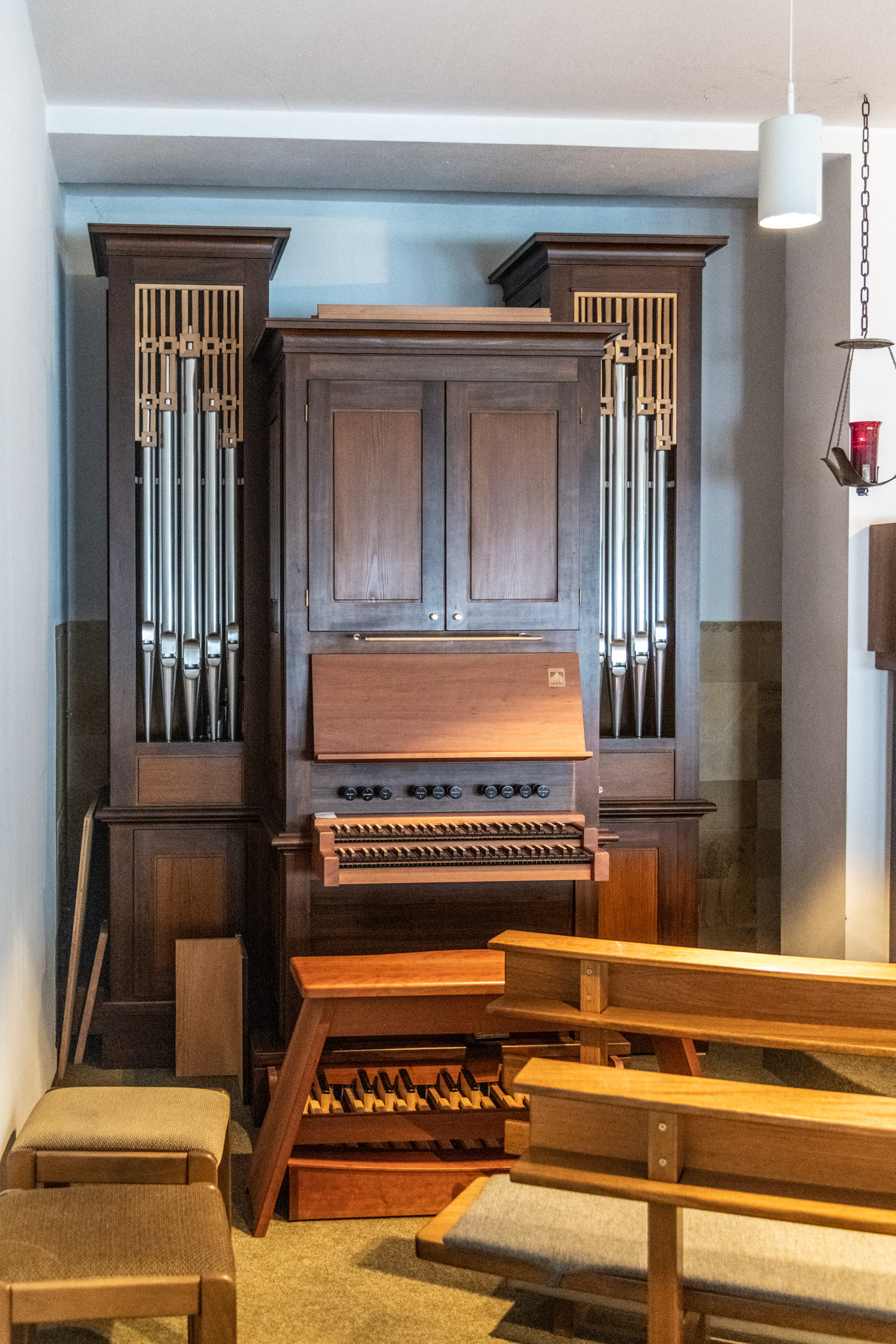
Small pipe organ in the chapel
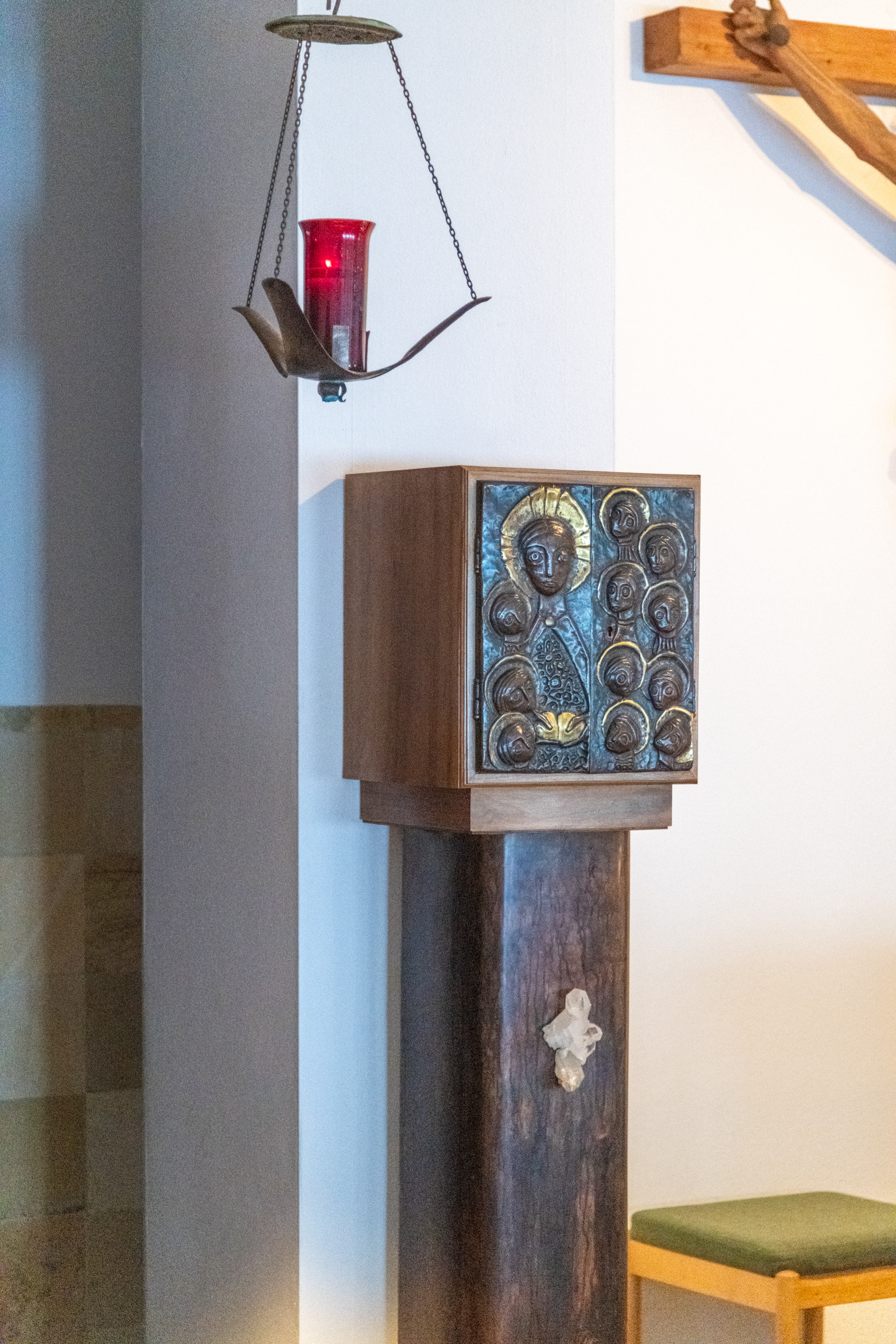
Tabernacle in the chapel
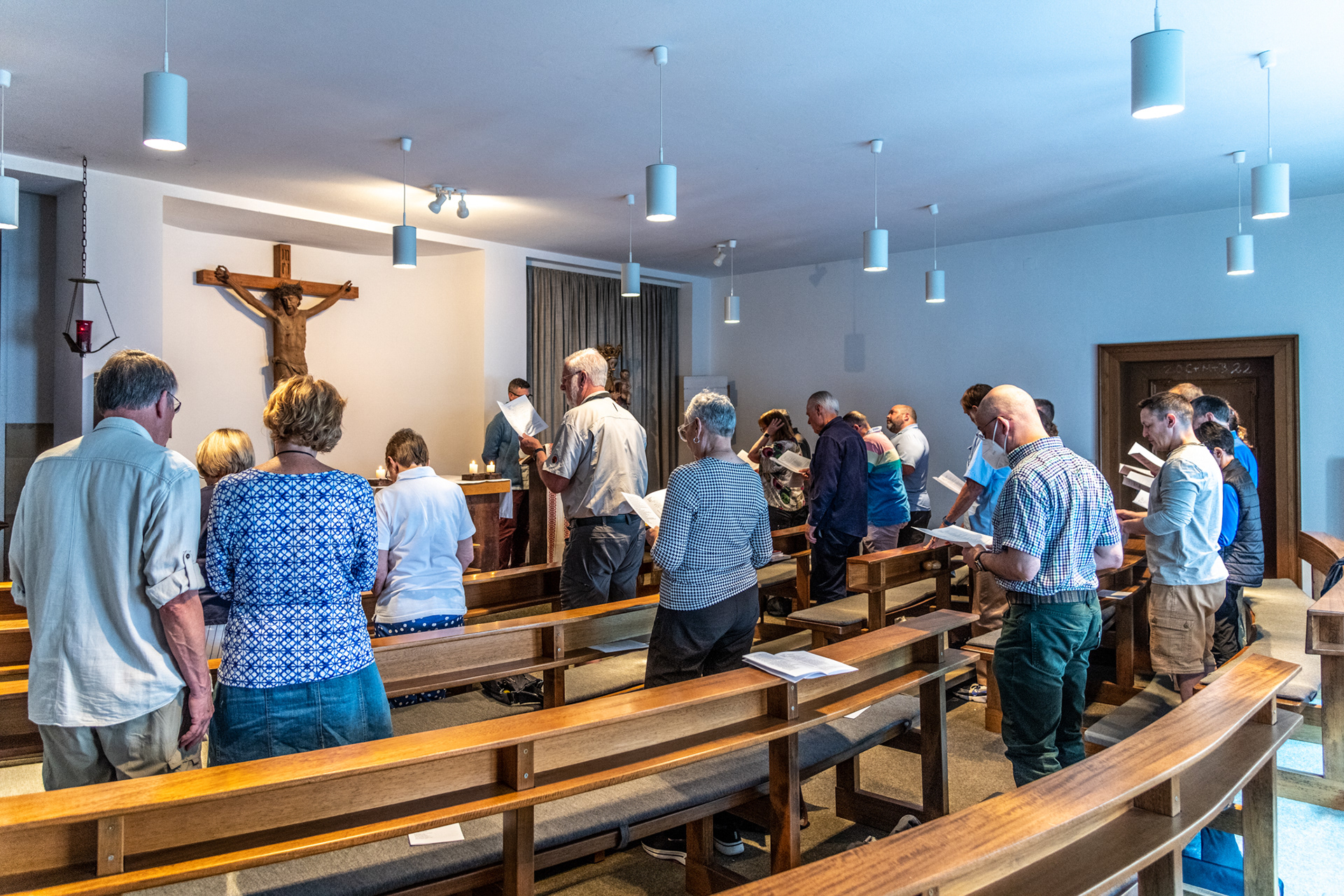
Pilgrims participating in Morning Prayer
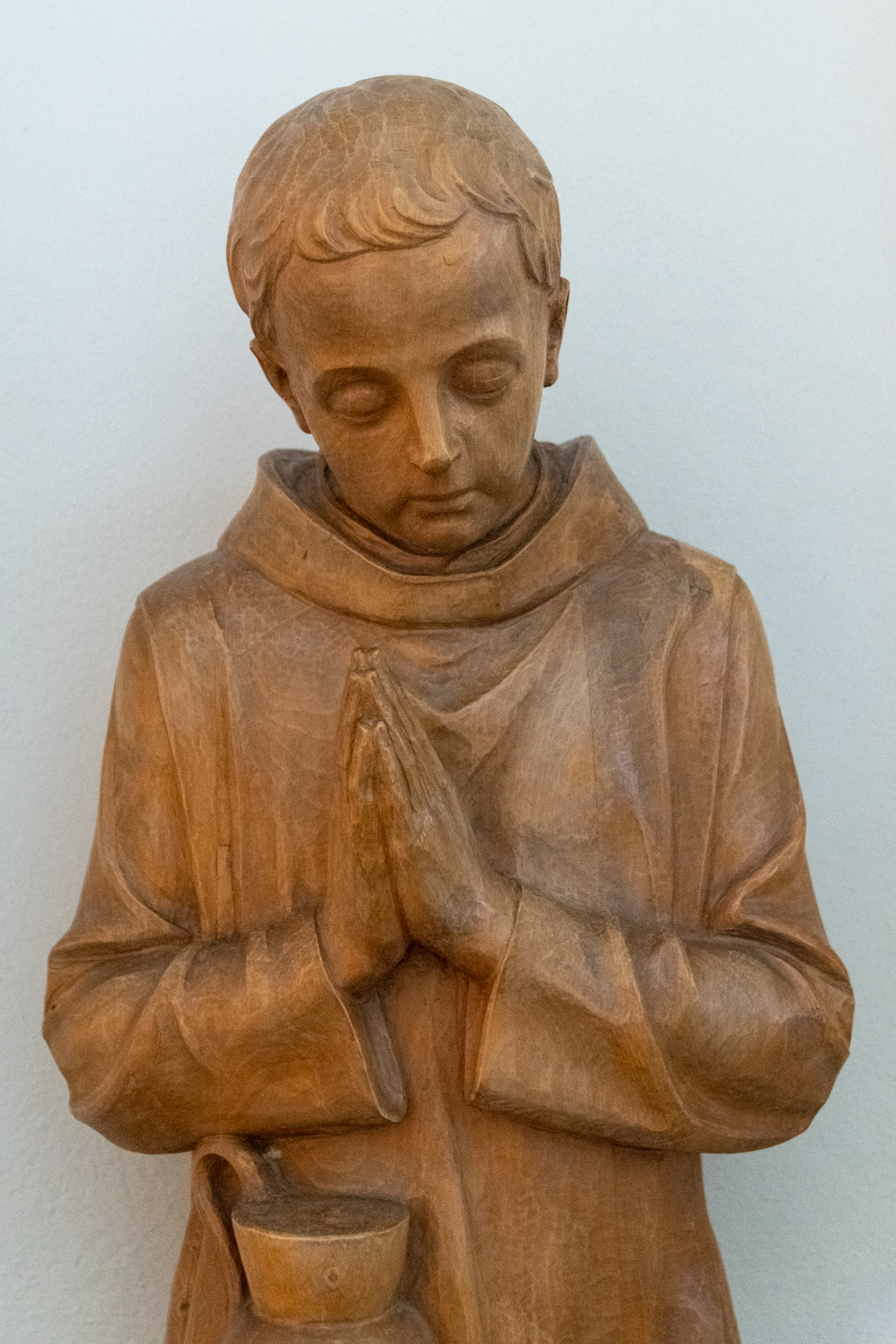
Statue in the stair well of the abbey guest house
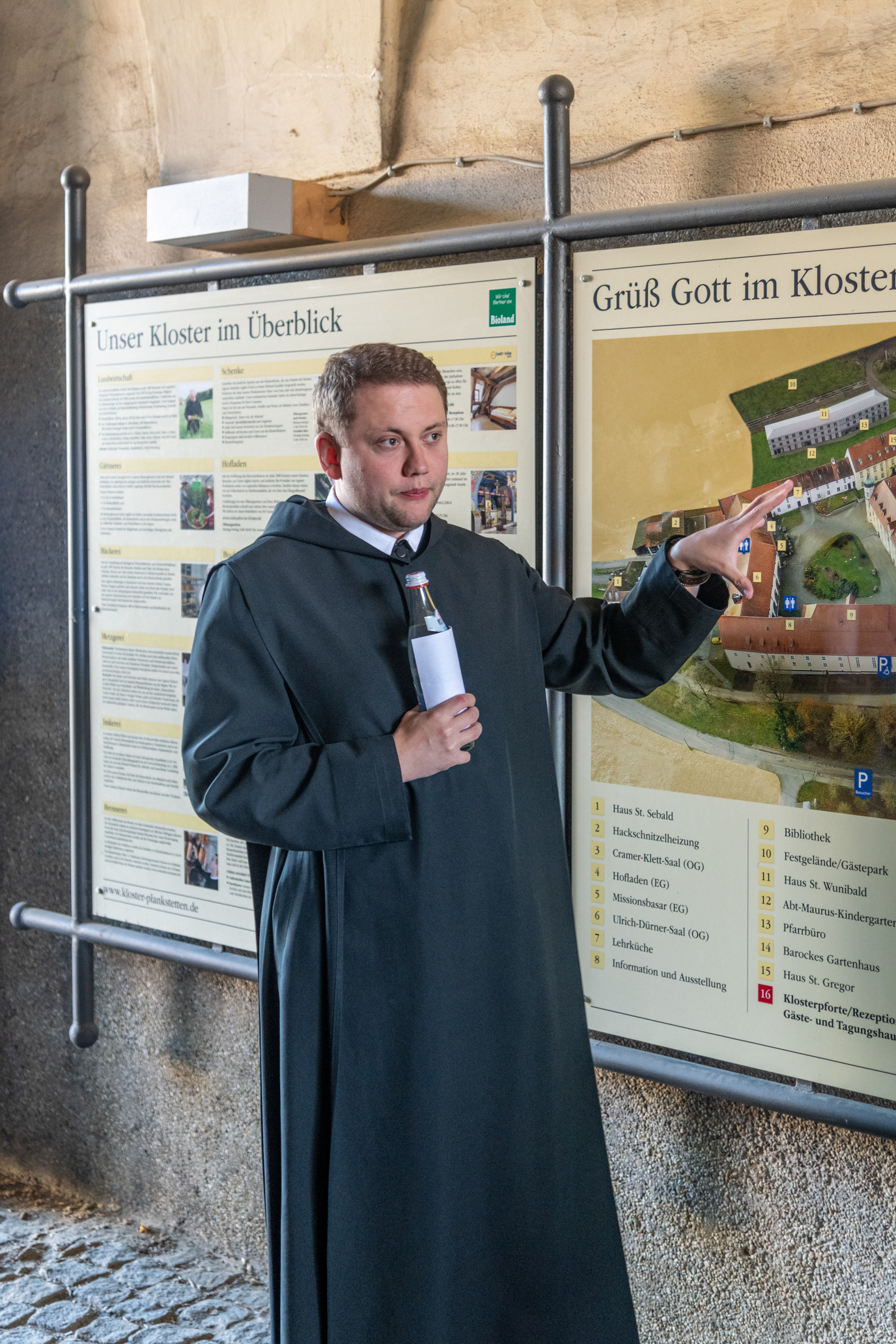
Brother Rabinos...our guide on our tour of the abbey
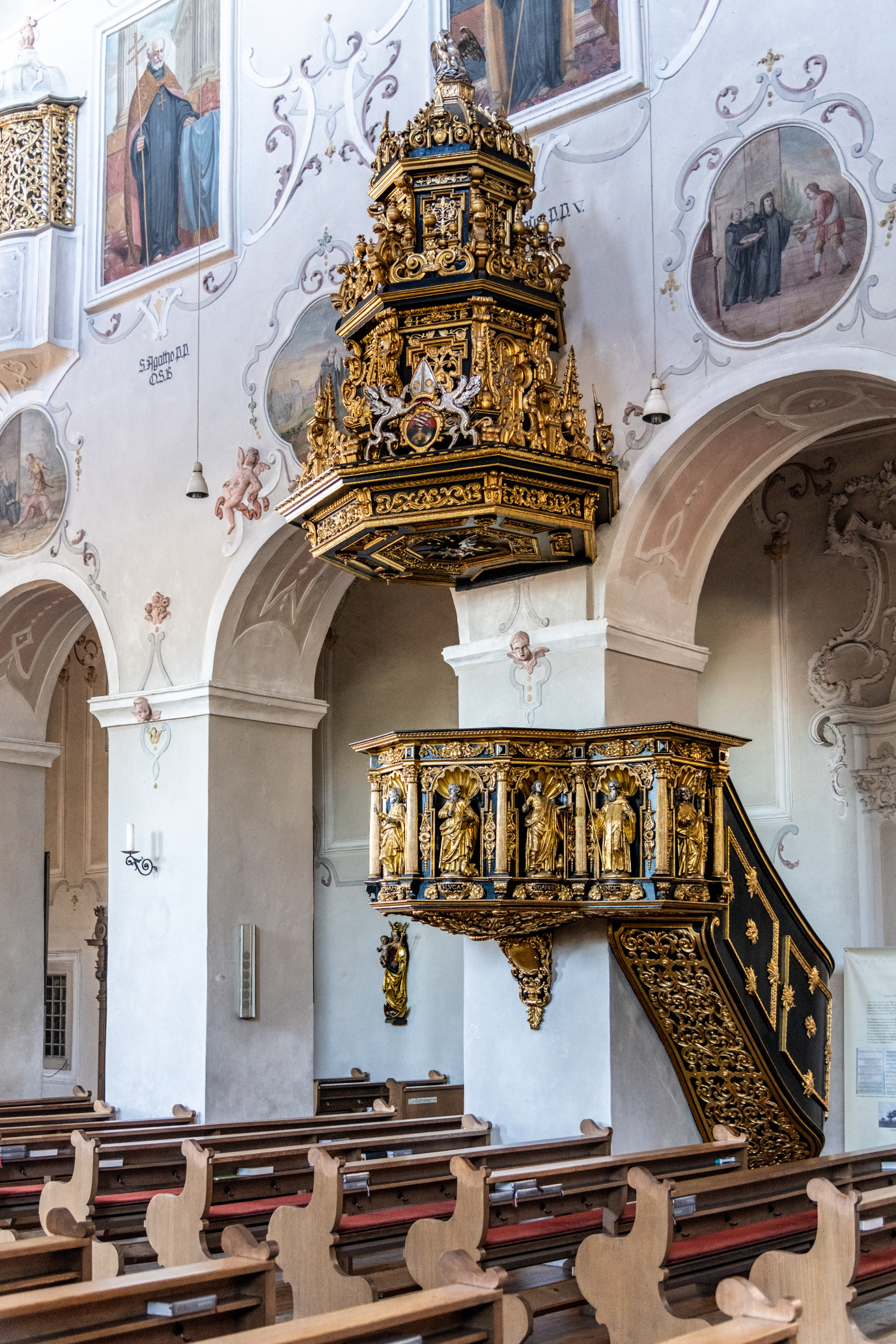
Original pulpit in the church attached to the abbey
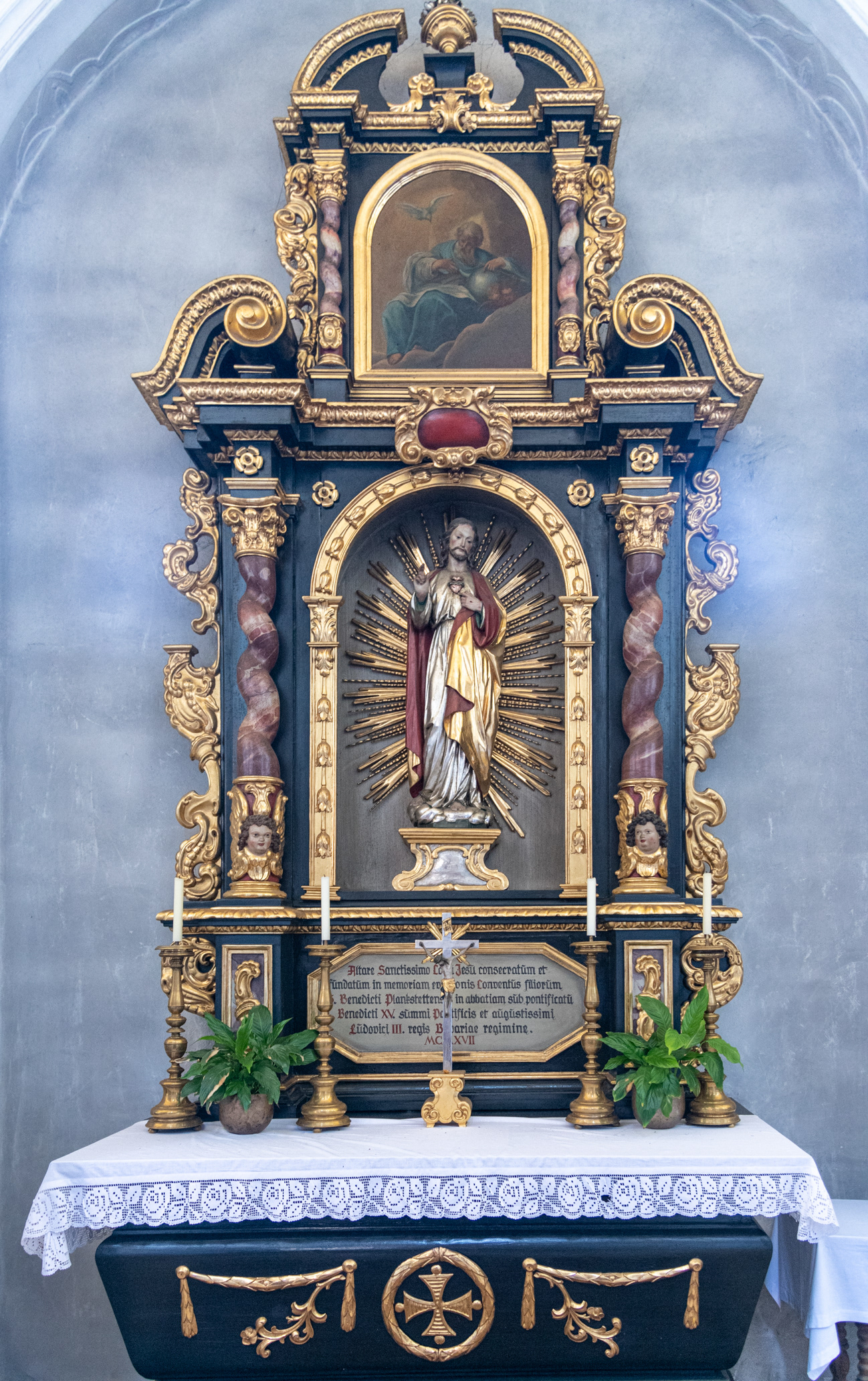
Side altar in the abbey church

Another side altar in the abbey church
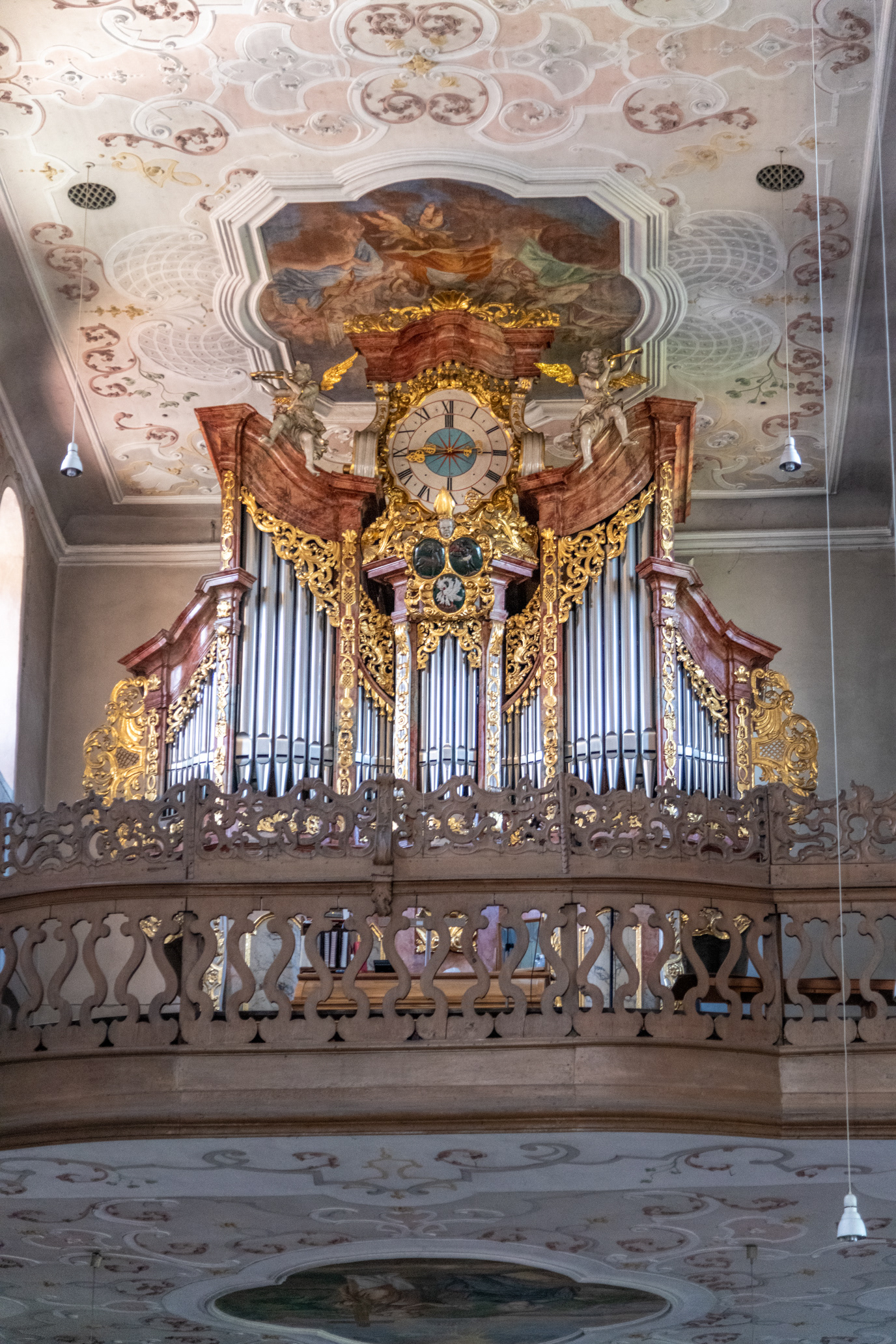
Pipe organ in the abbey church
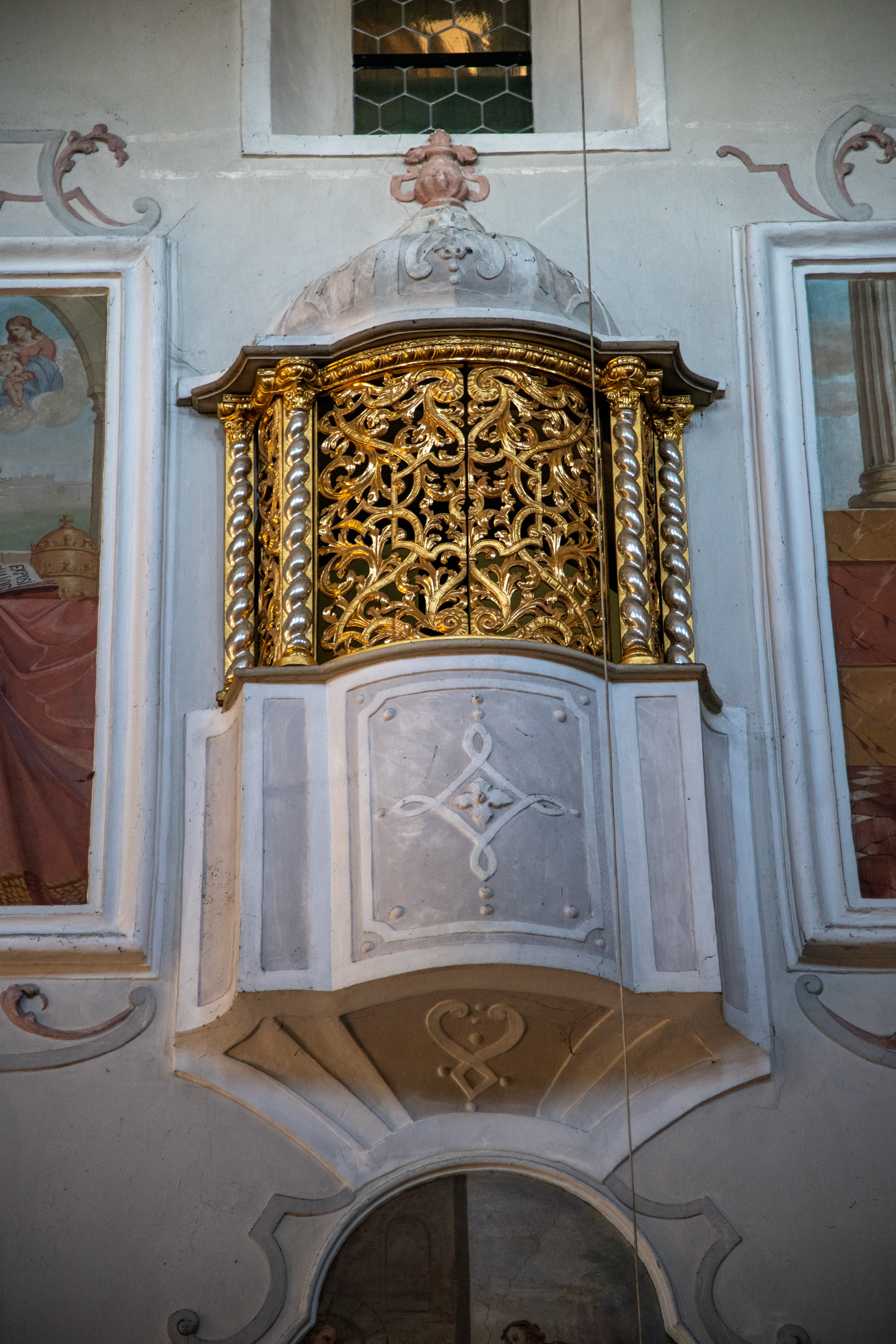
I'm guessing that organ pipes are housed here
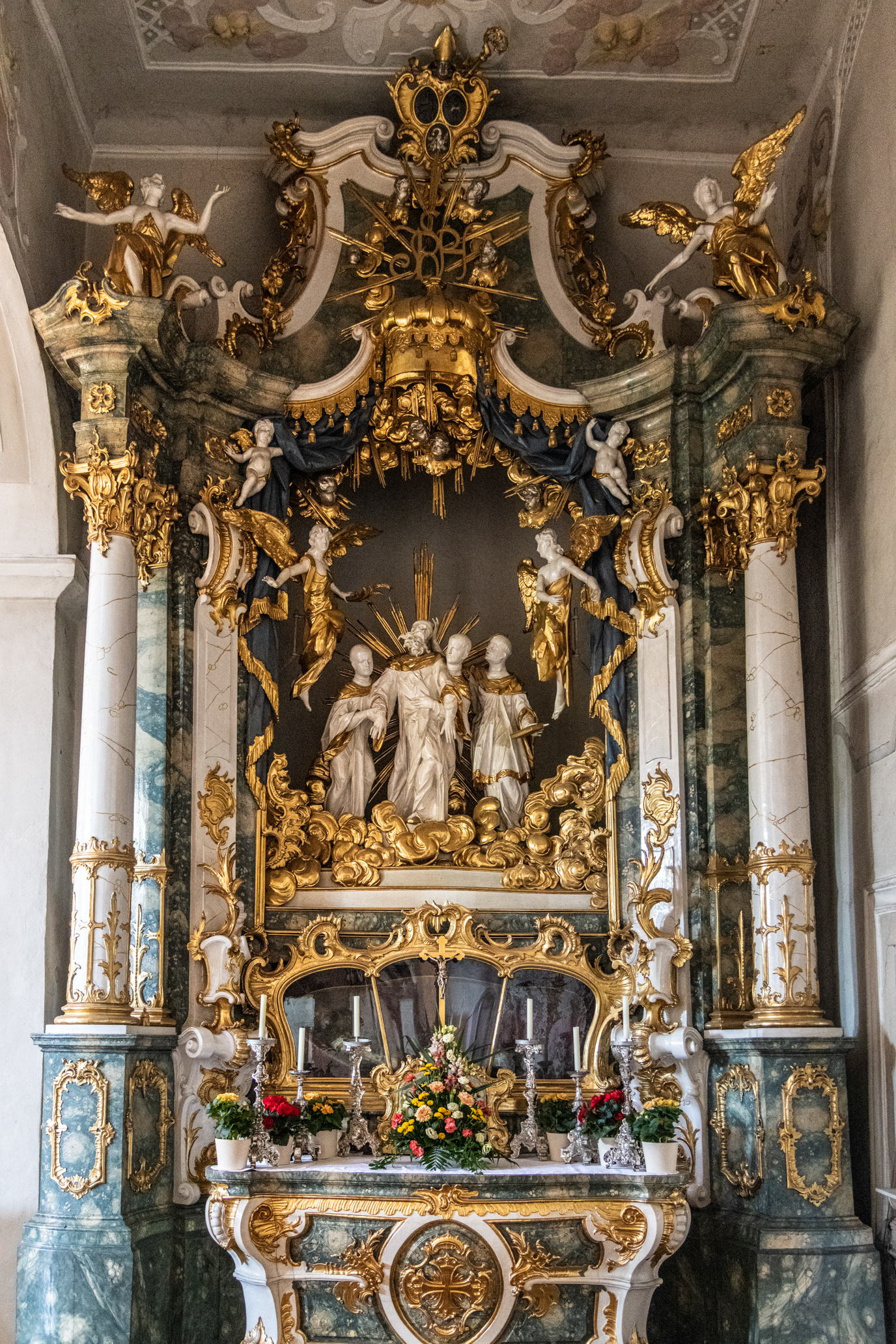
Yet another side altar in the abbey church
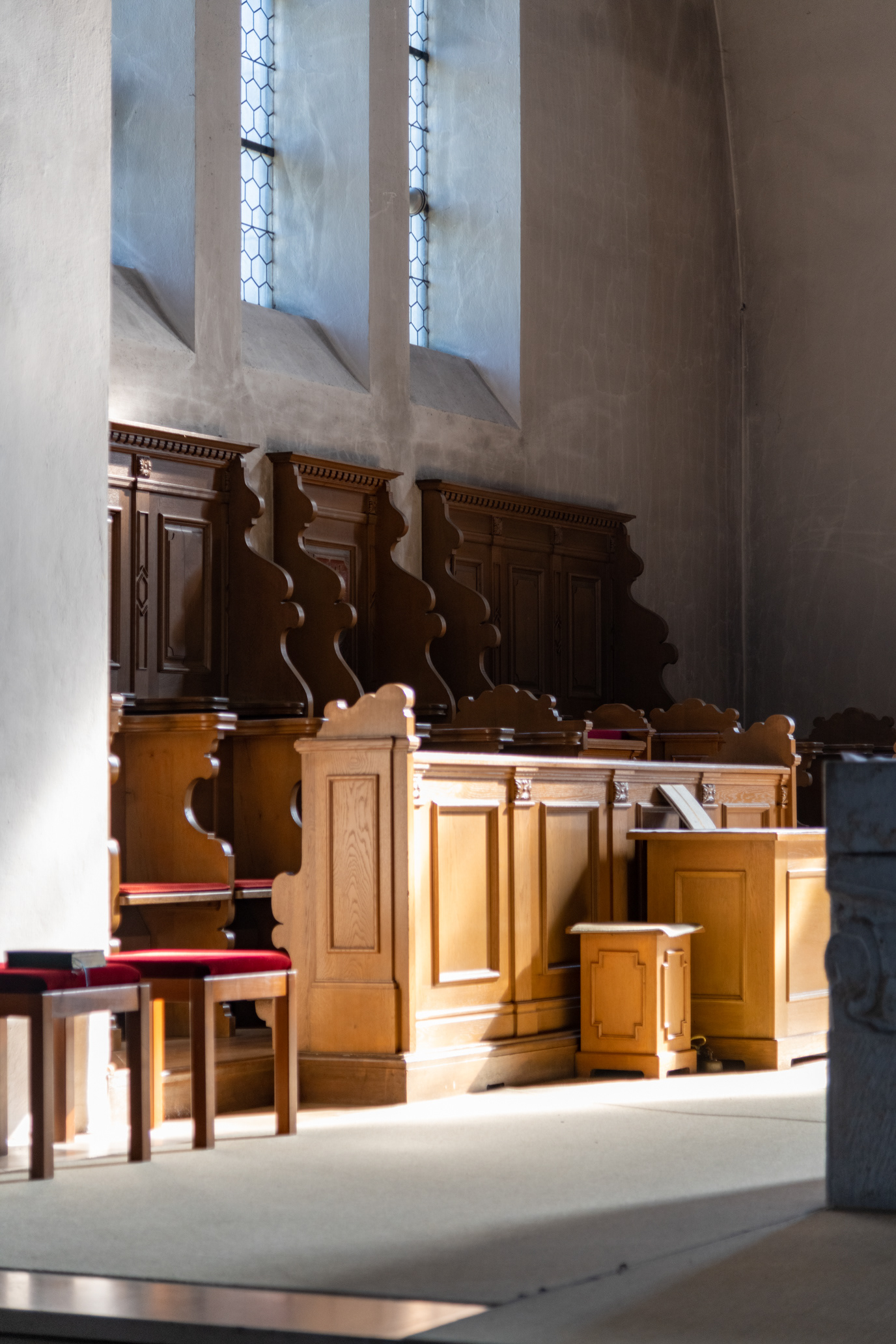
The choir of the abbey church
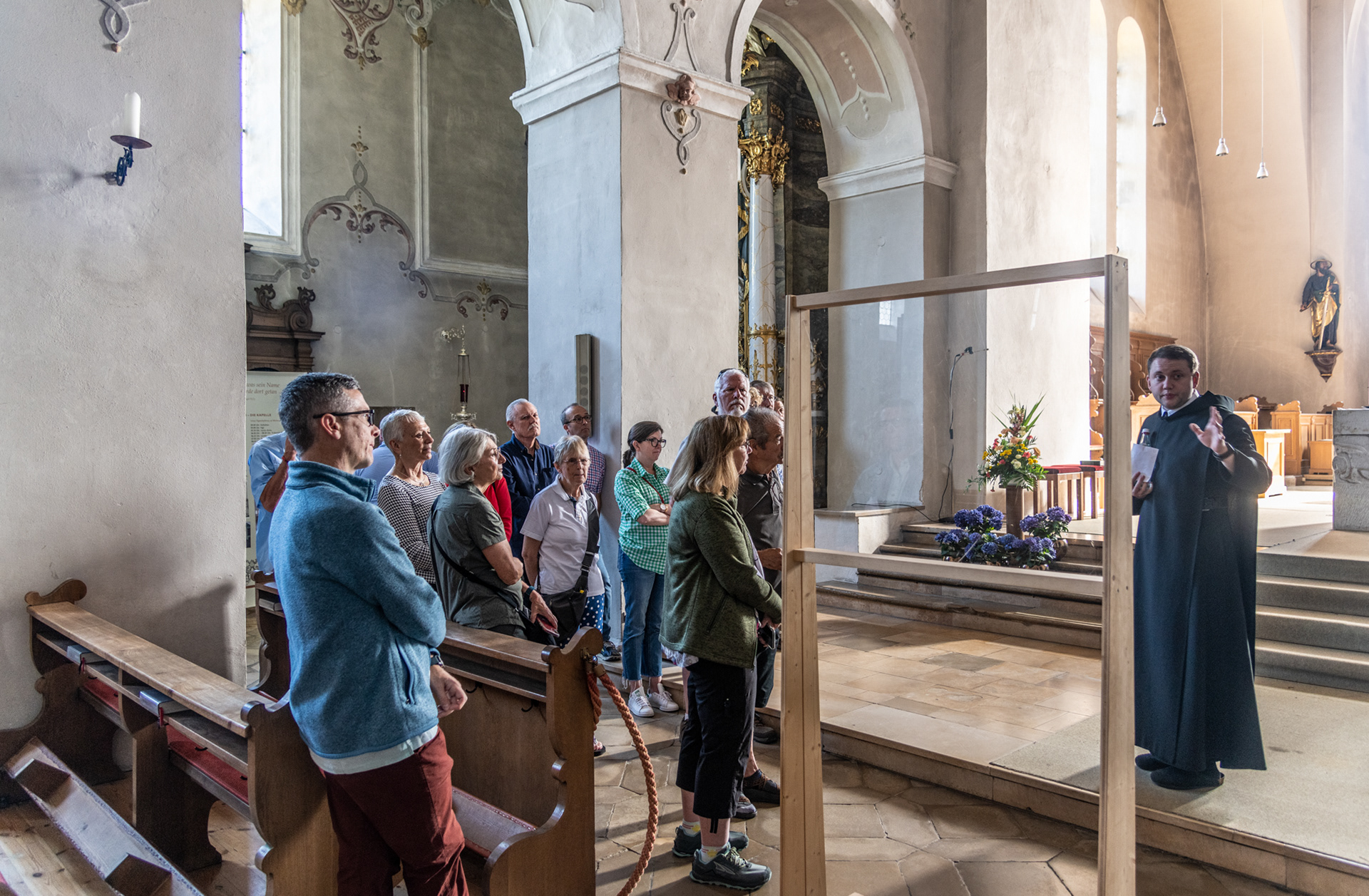
Brother Rabinos explaining the history of the abbey church
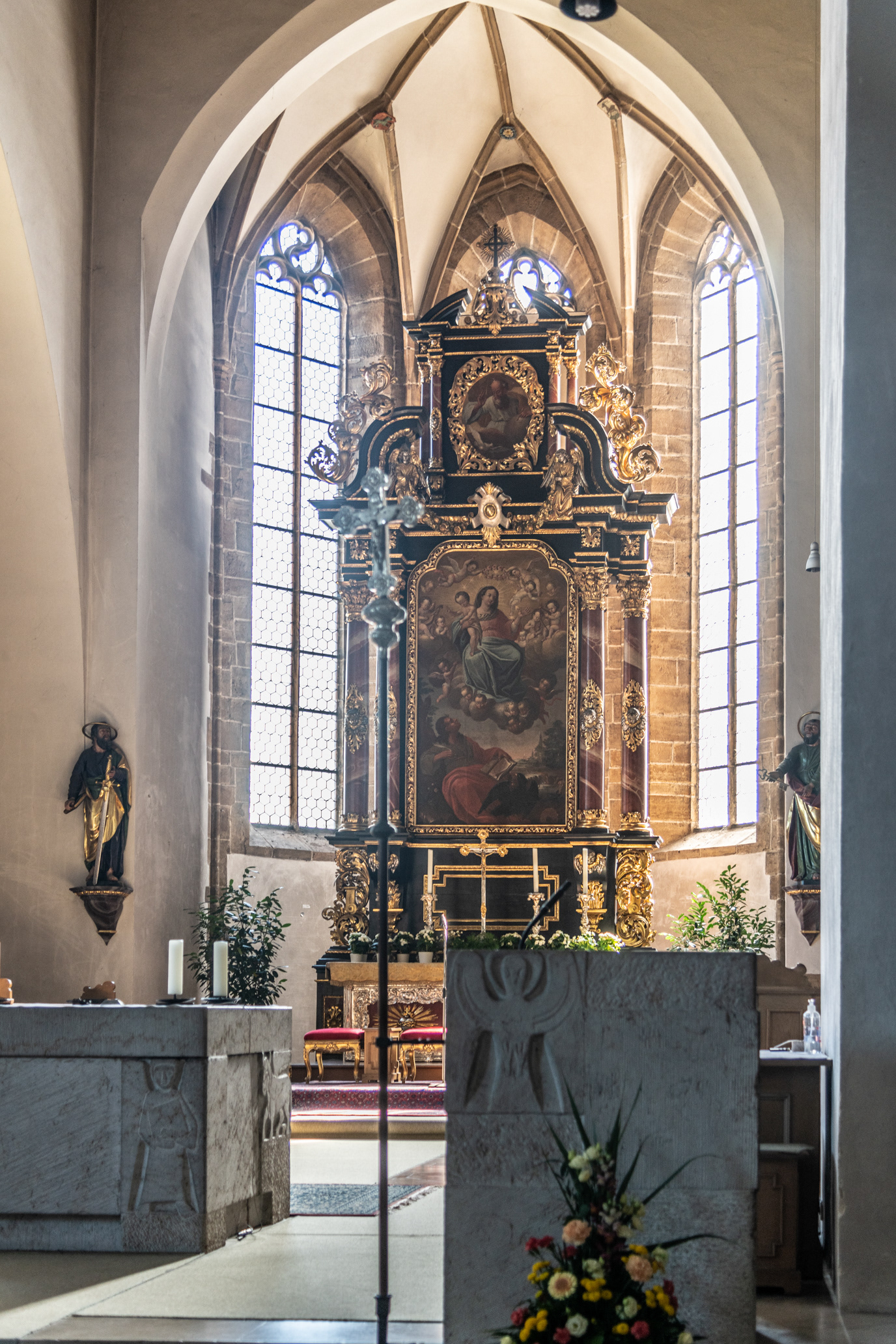
The main altar of the abbey church

A fresco on the ceiling
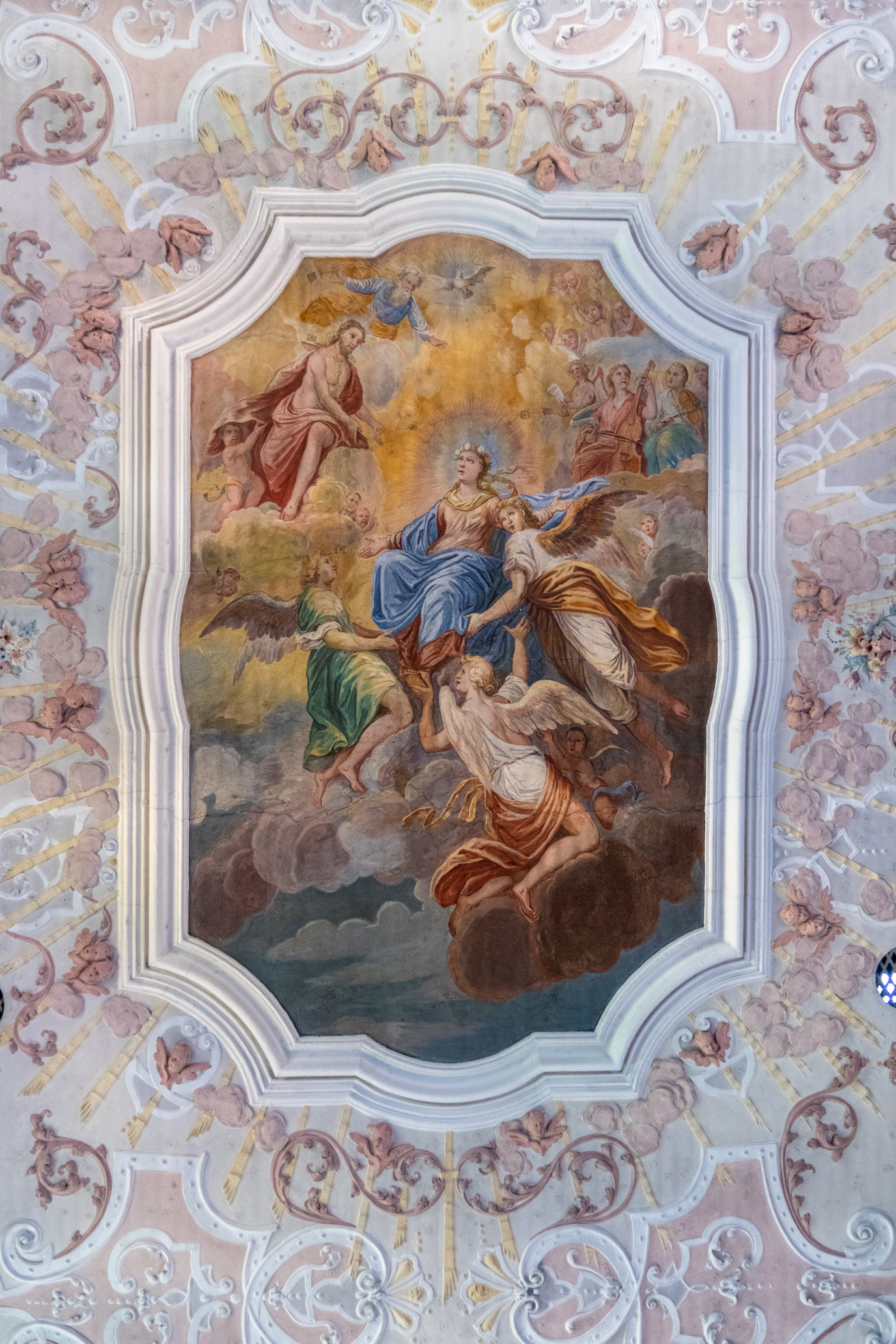
Another fresco on the ceiling
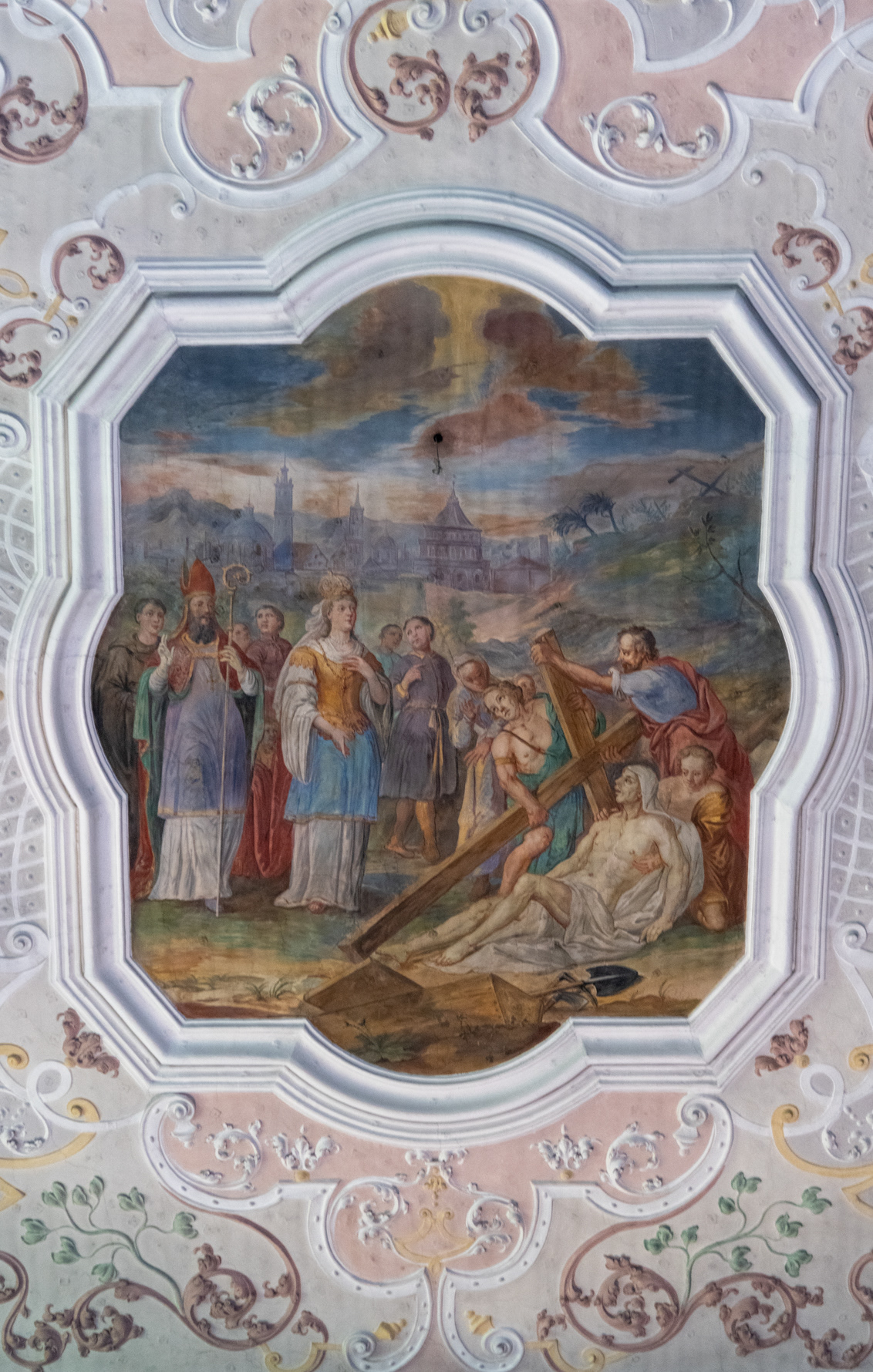
Another fresco on the ceiling

Yet another fresco on the ceiling
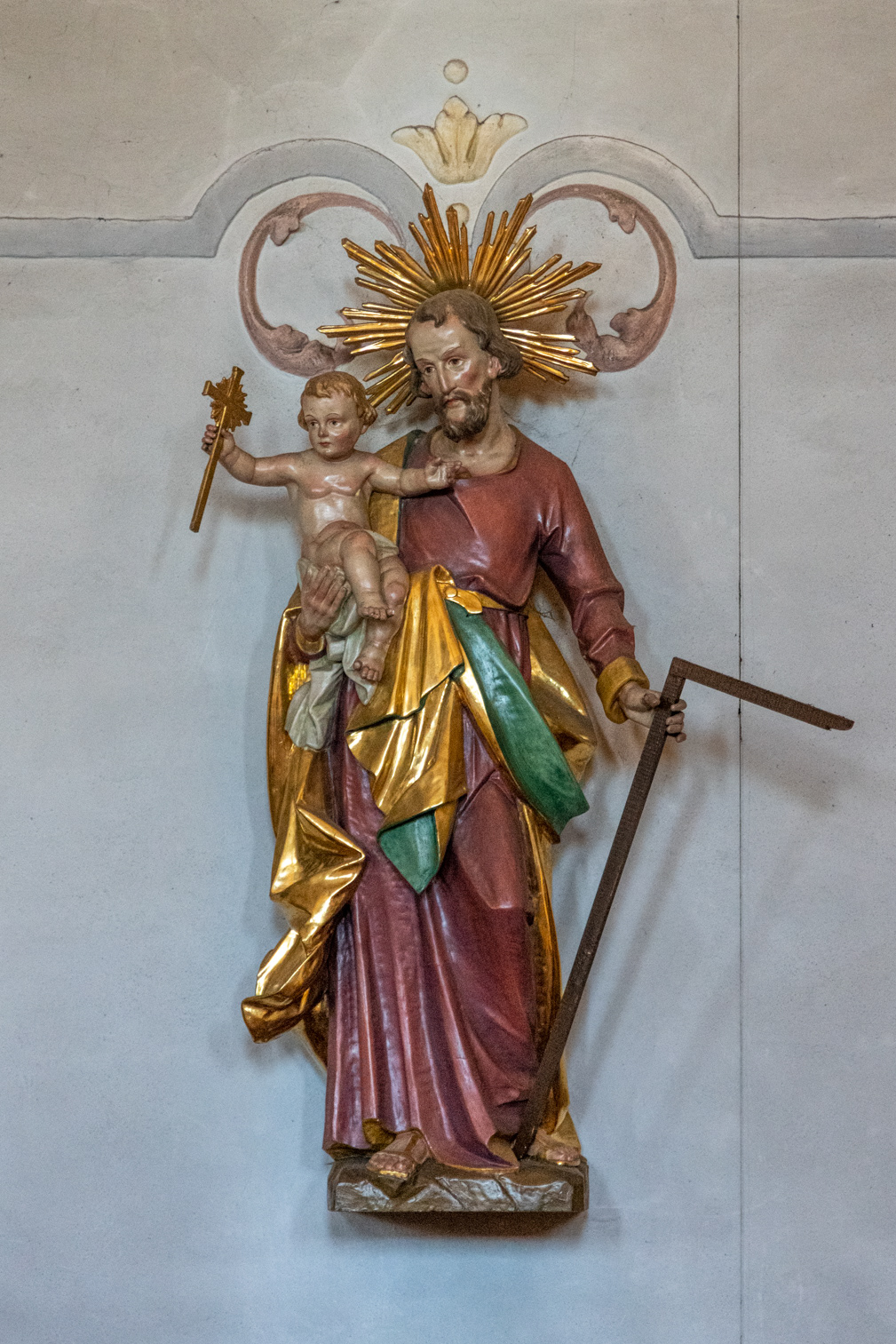
Statue of Joseph and the infant Jesus
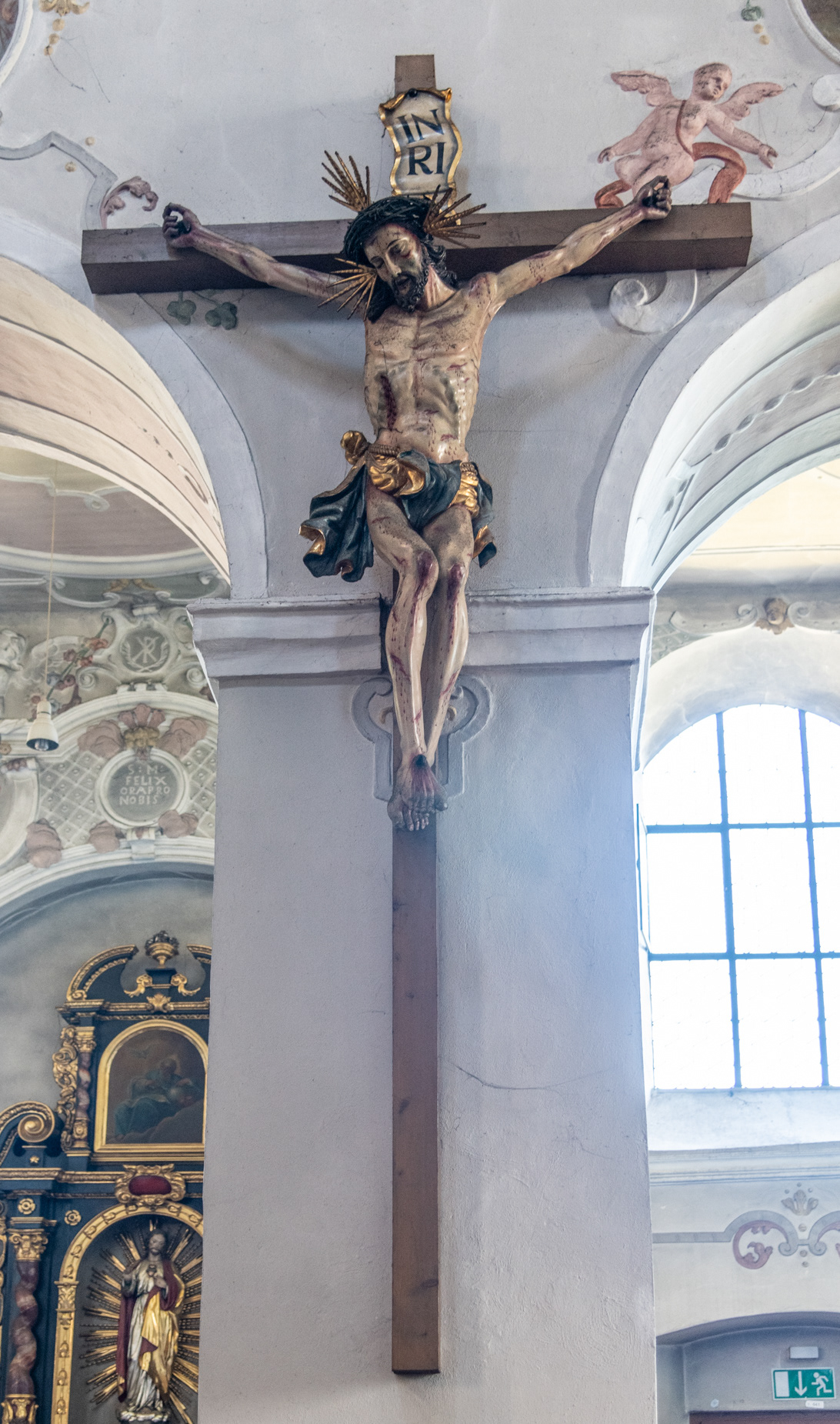
Crucifix in the abbey church
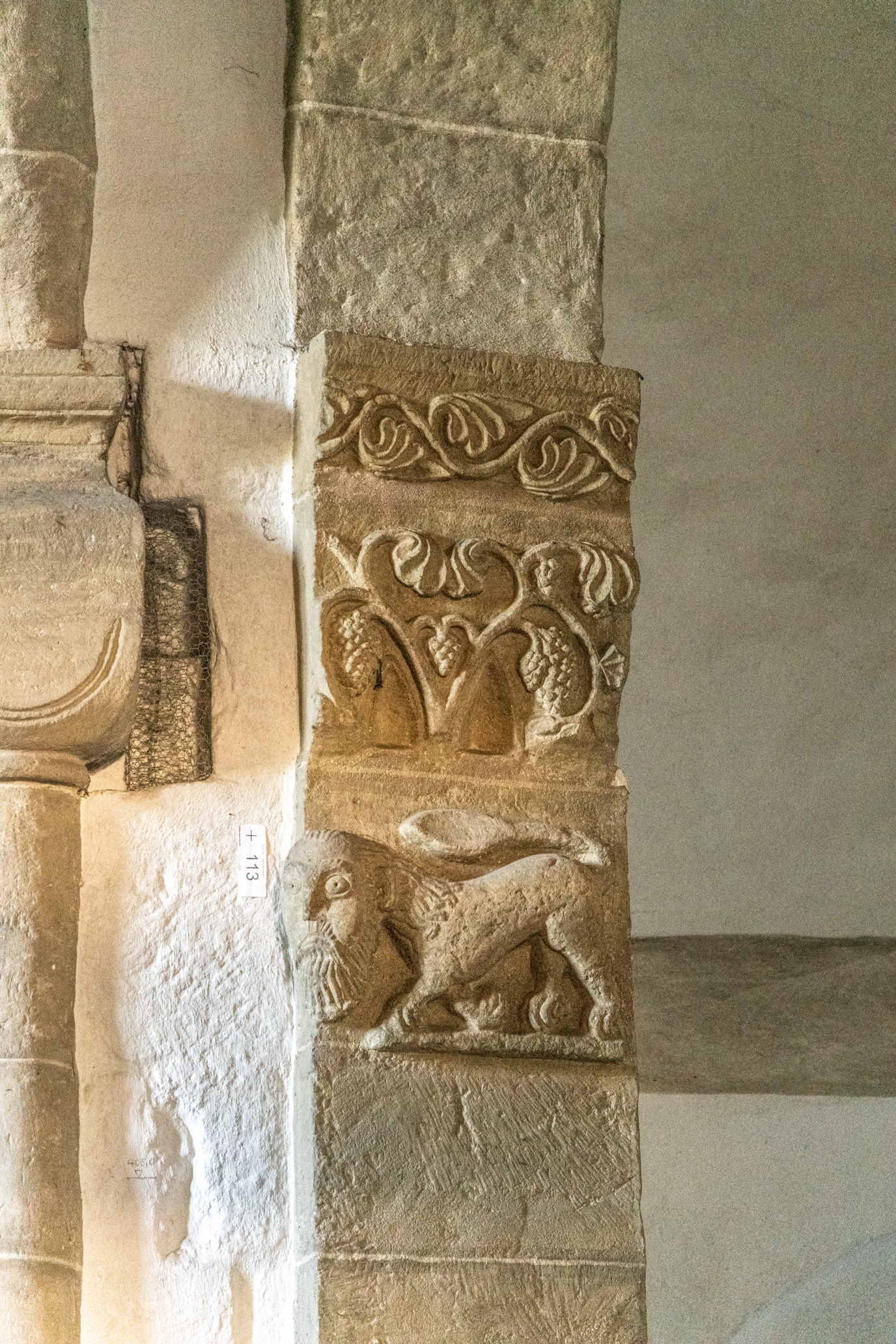
Pillar detail in the abbey church

Bell tower of the abbey church
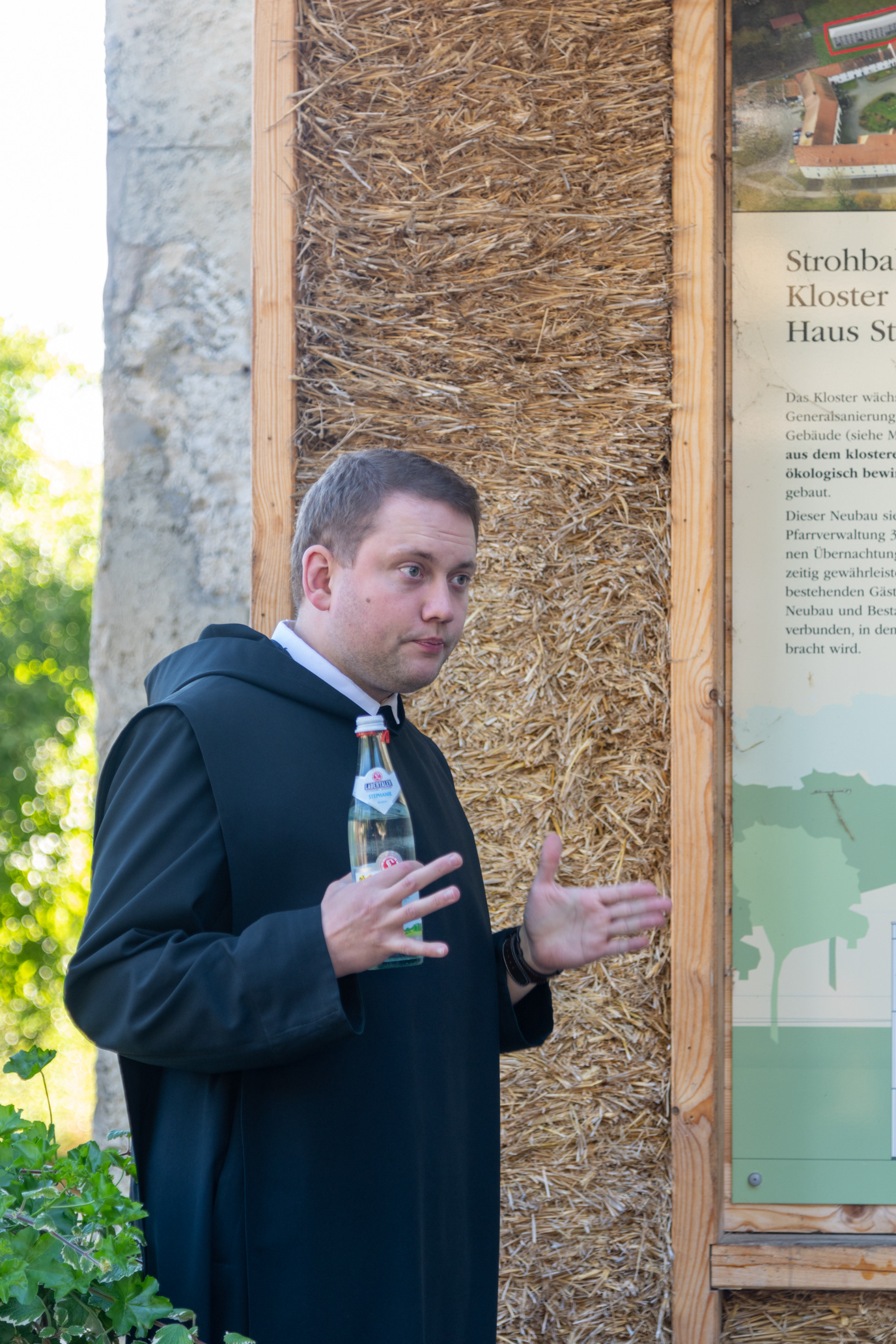
Brother Rabinos explaining the construction methods used in the new guest house building
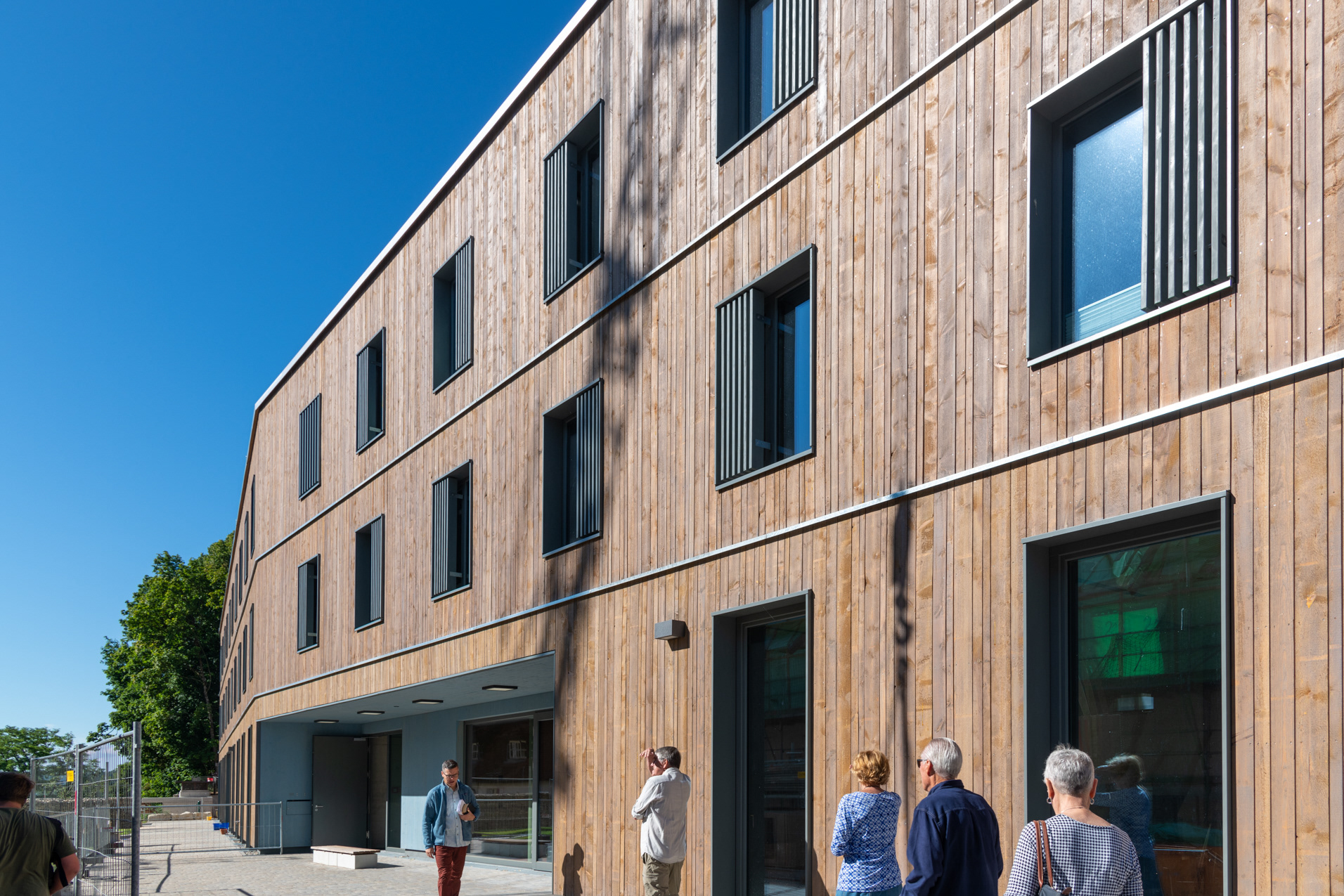
New guest house building. This building also houses the abbey's early development center
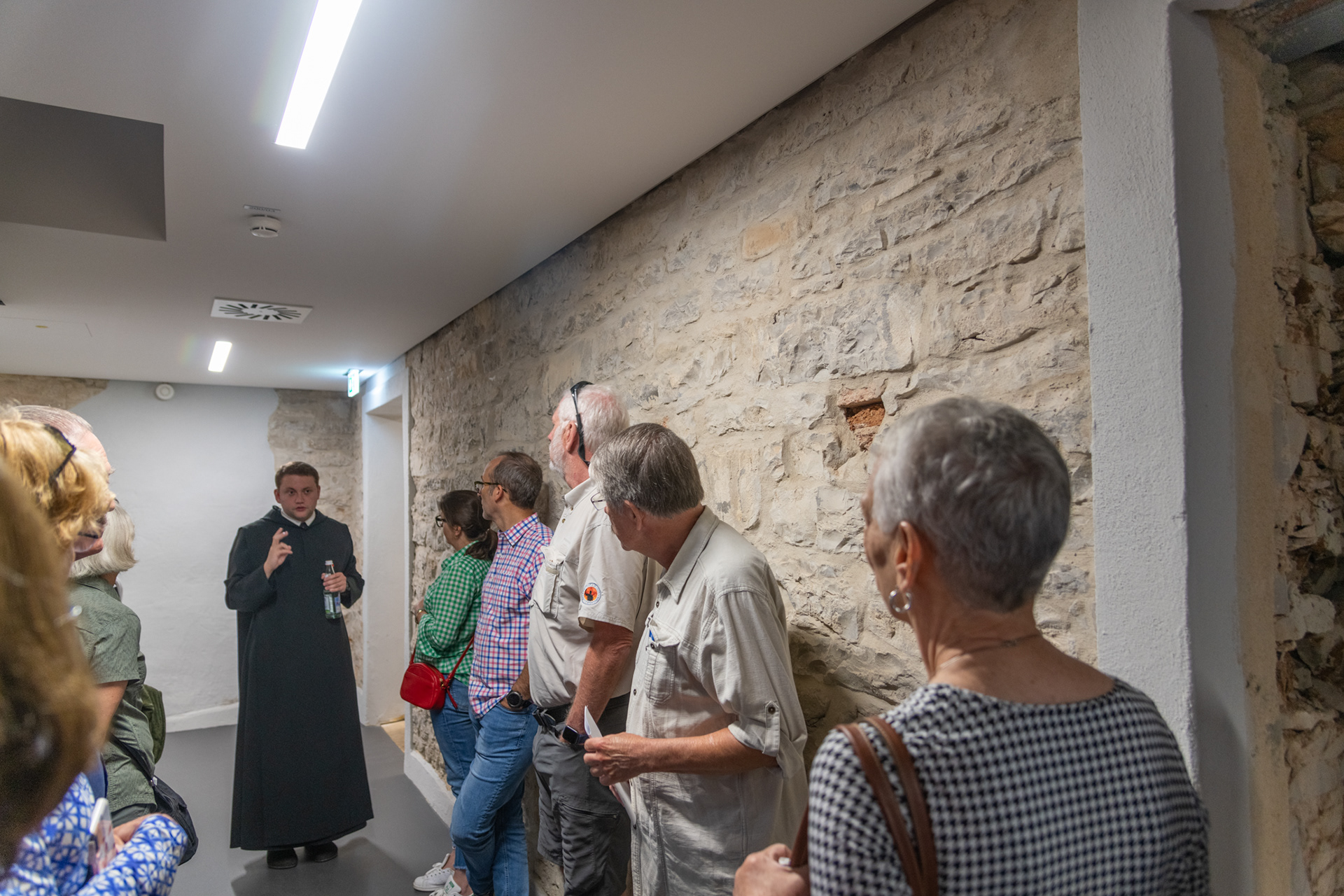
Passageway in the basement of the new guest house building that connects to the older buildings of the abbey
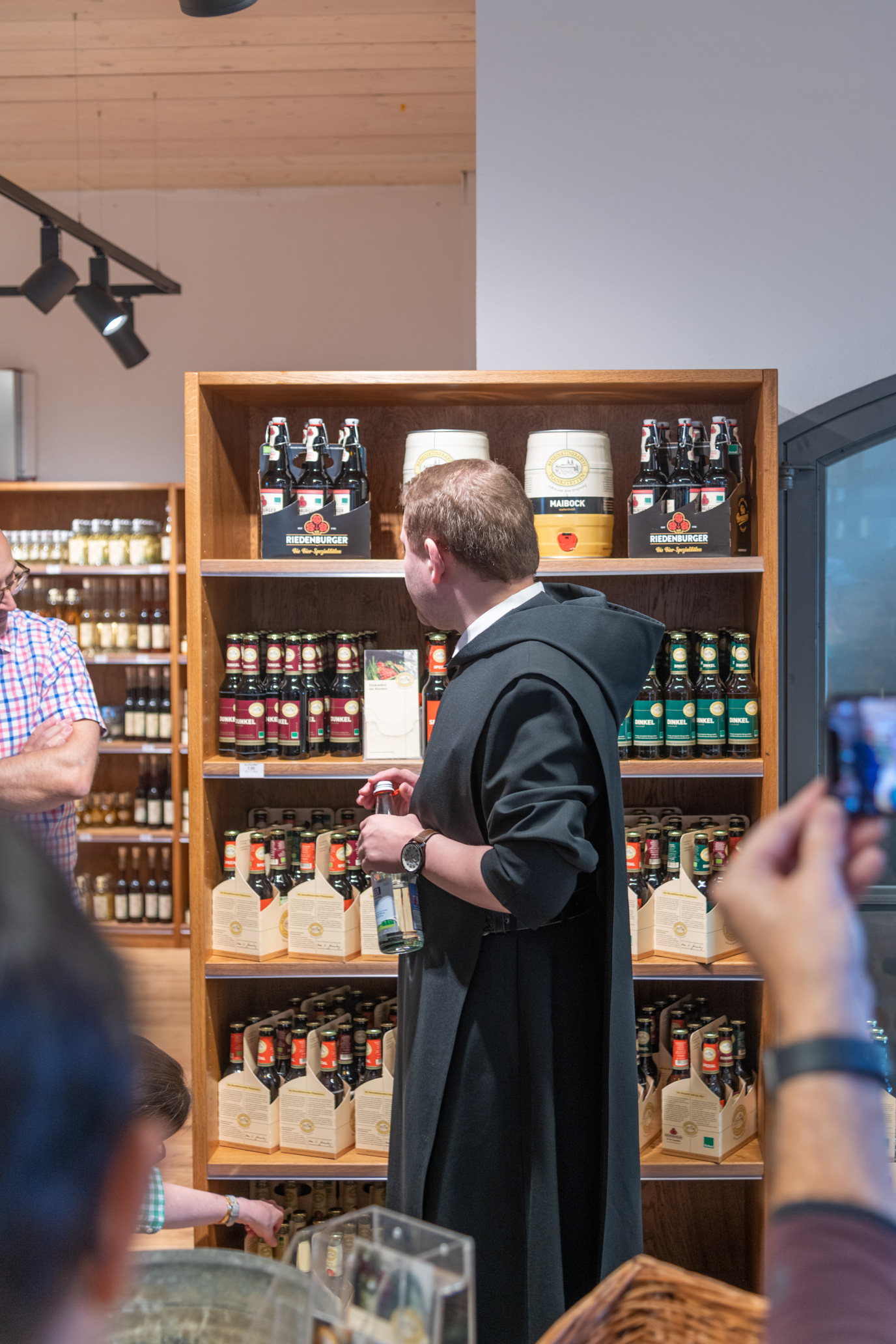
Brother Rabinos in the abbey store
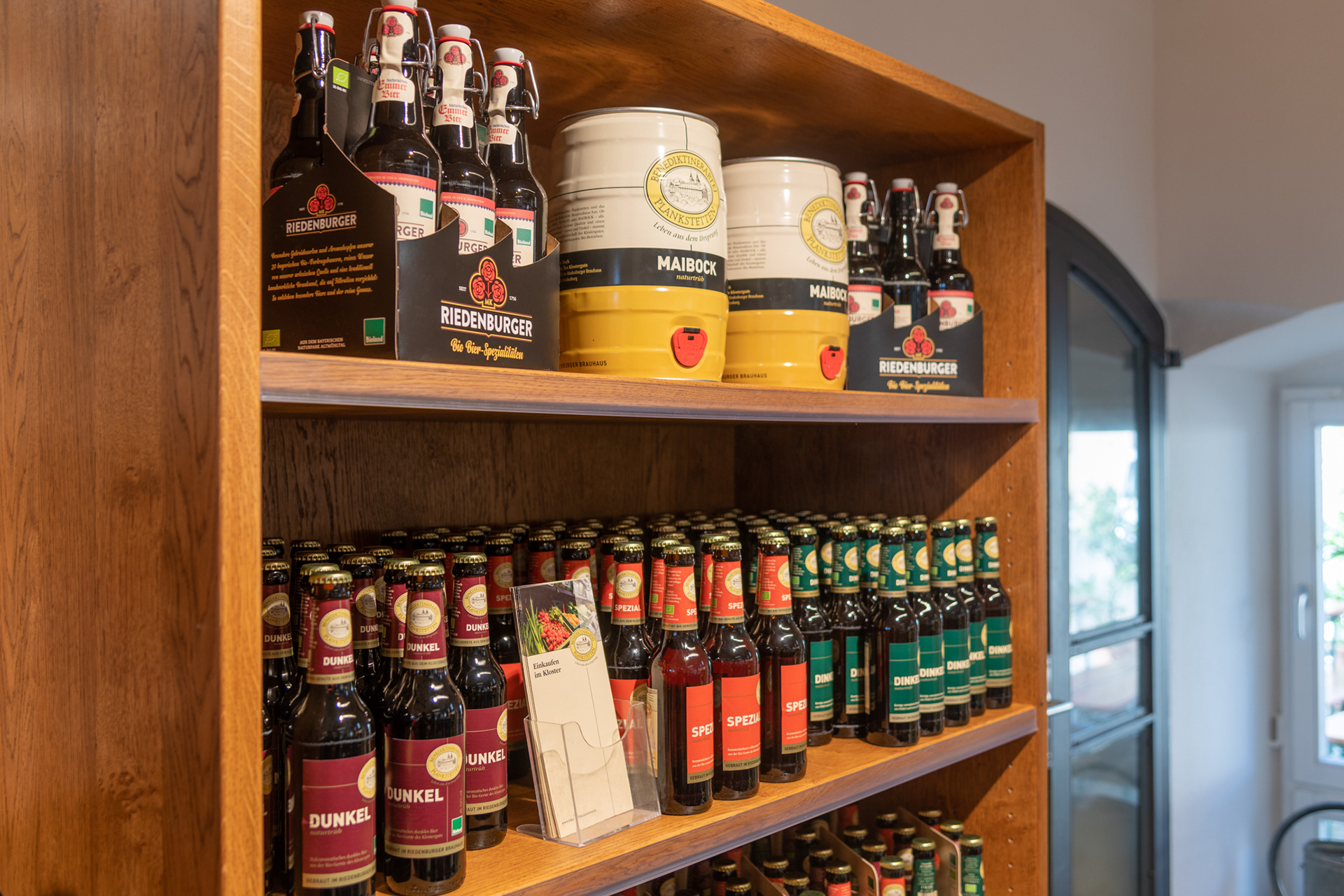
The "spirits" section of the abbey store
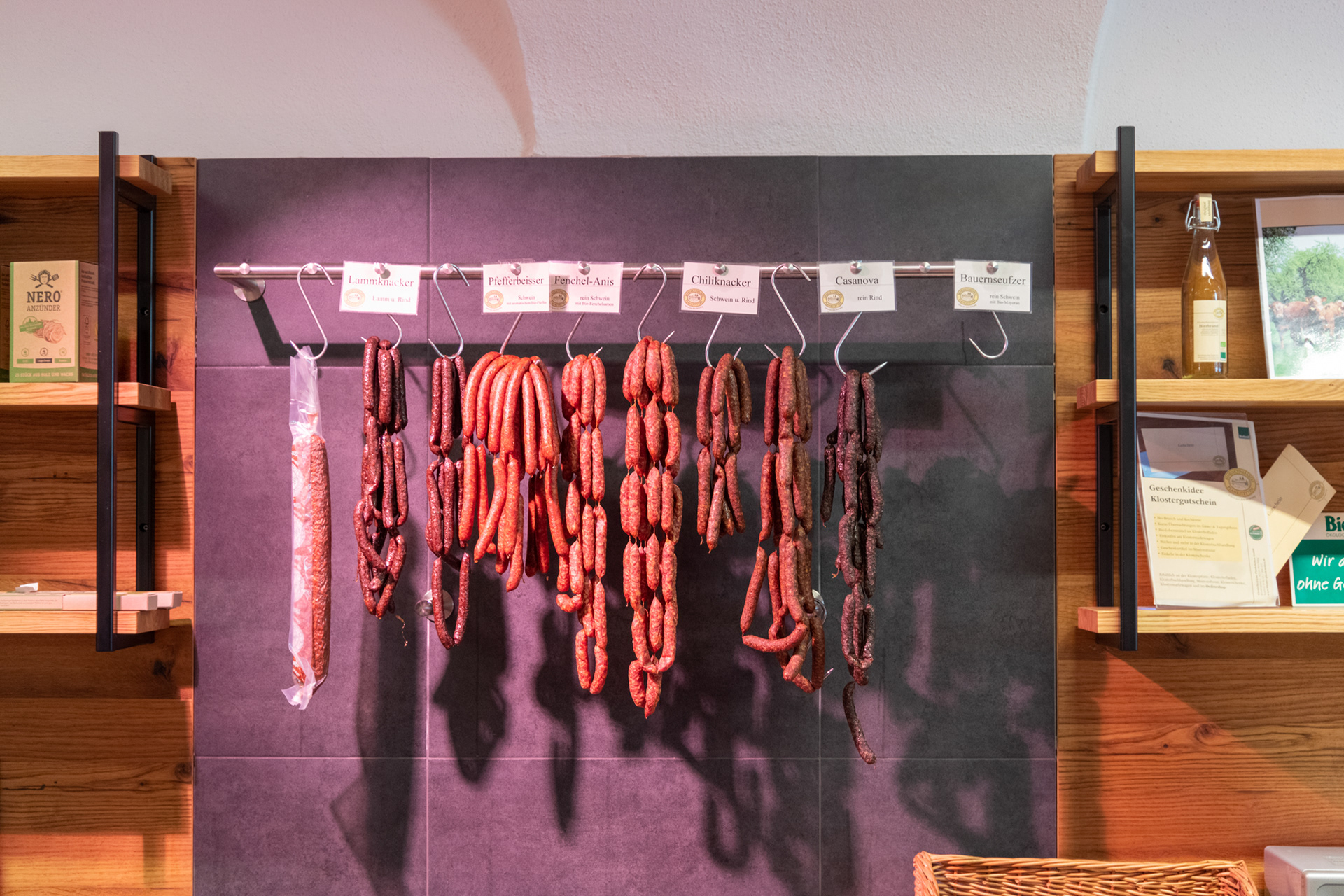
The butcher section of the abbey store
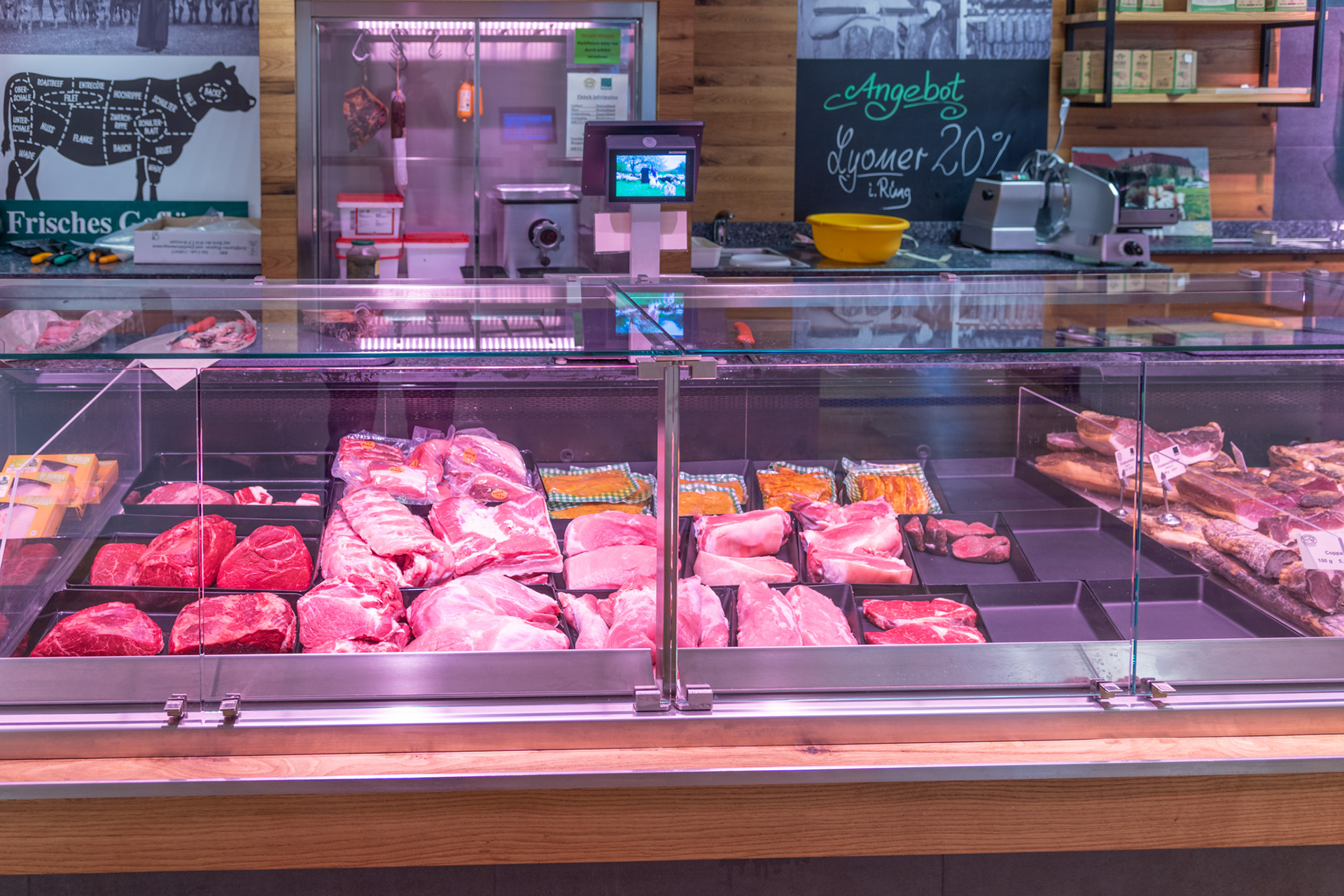
Fresh meat in the abbey store
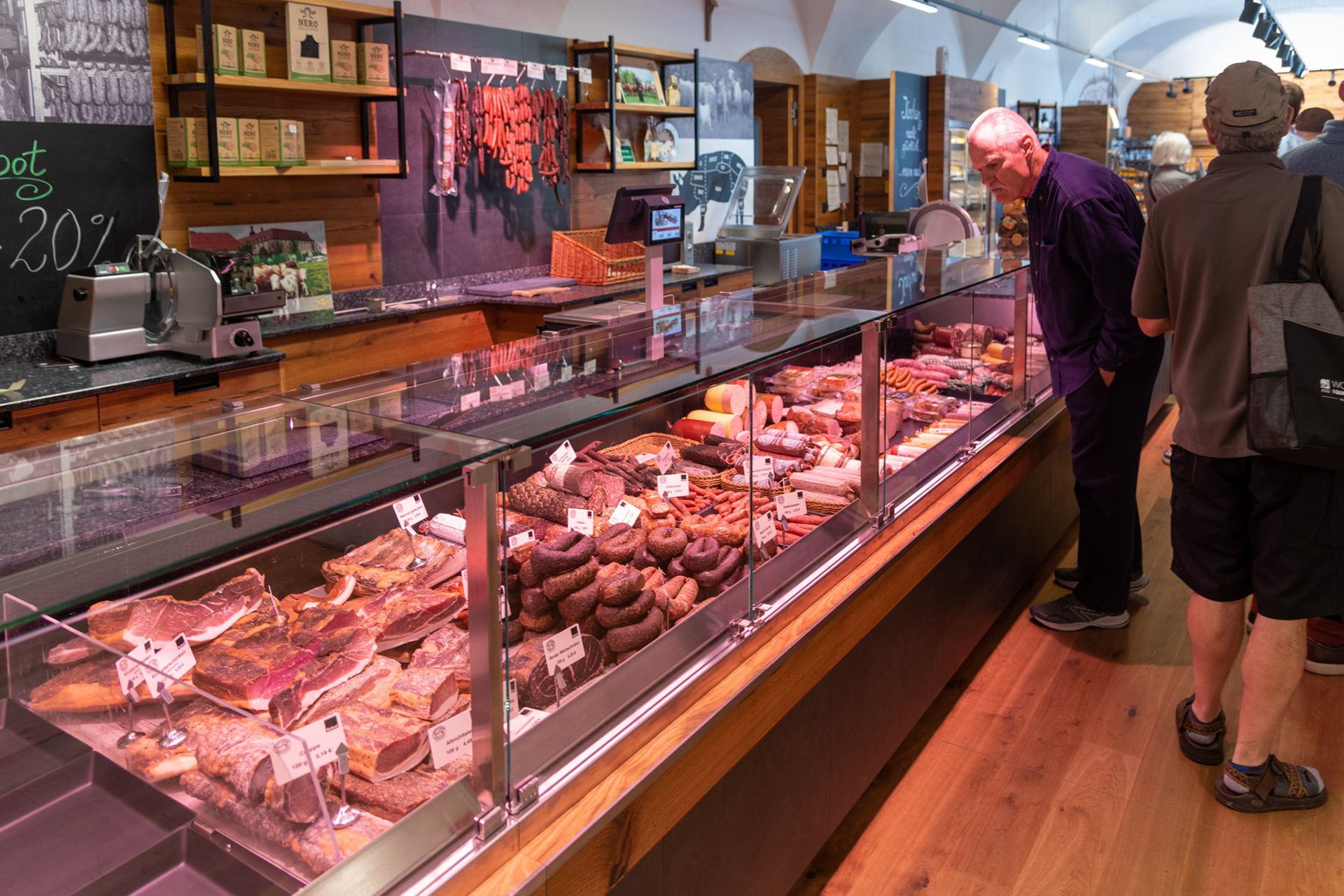
Fresh meat in the abbey store

Name plaque outside the door of our room in the guest house
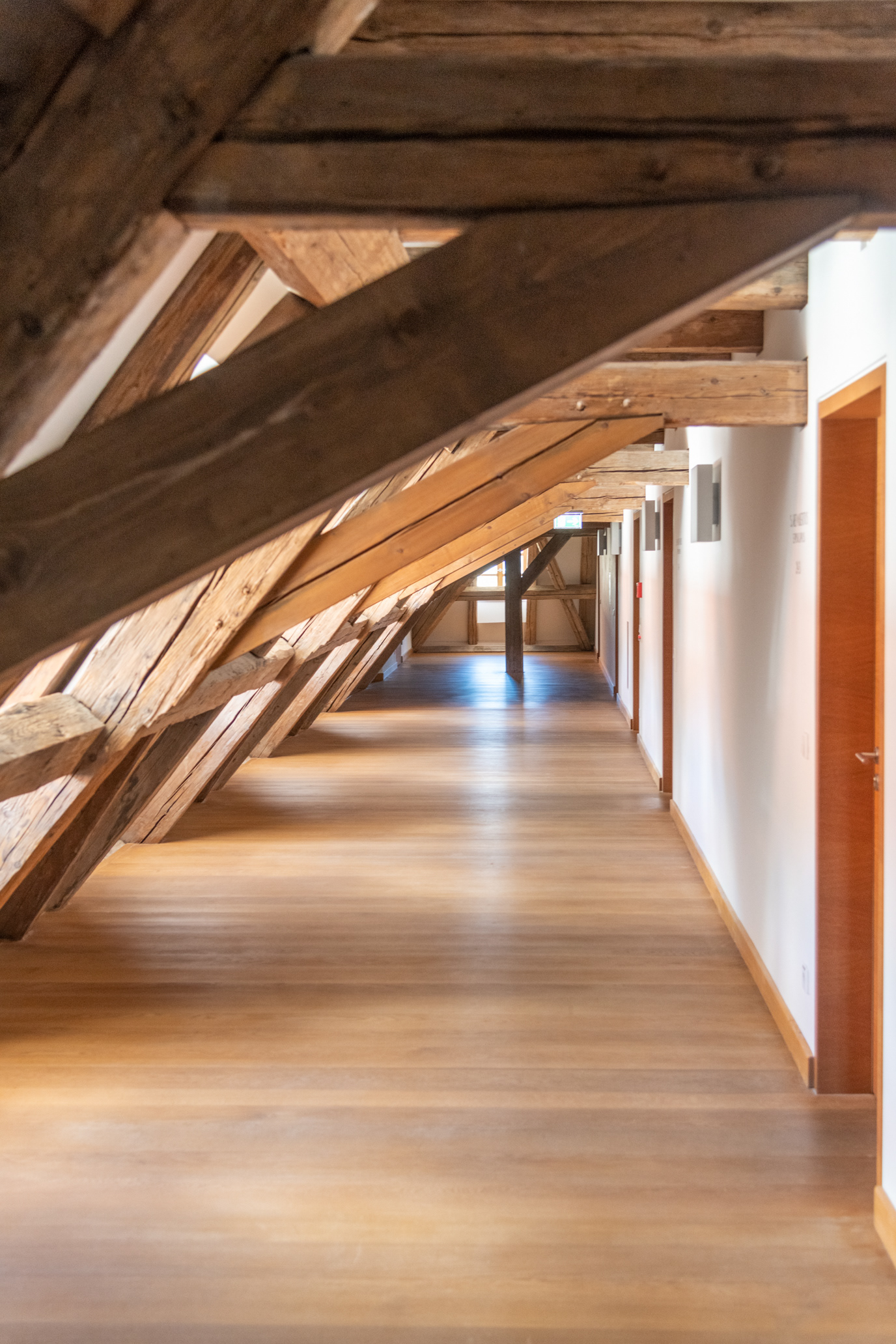
The hall outside our door in the abbey guest house
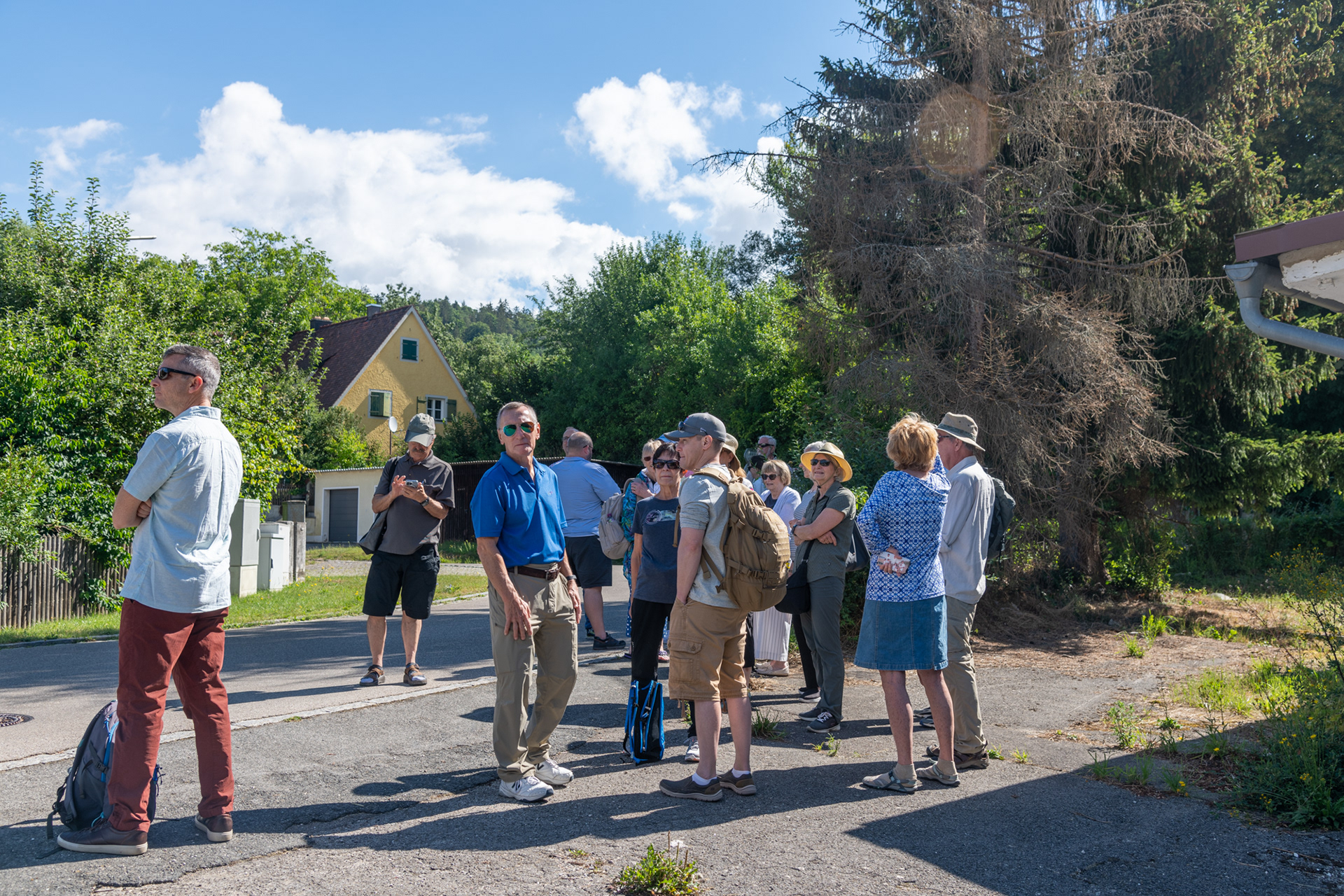
Pilgrims waiting for the elusive coach
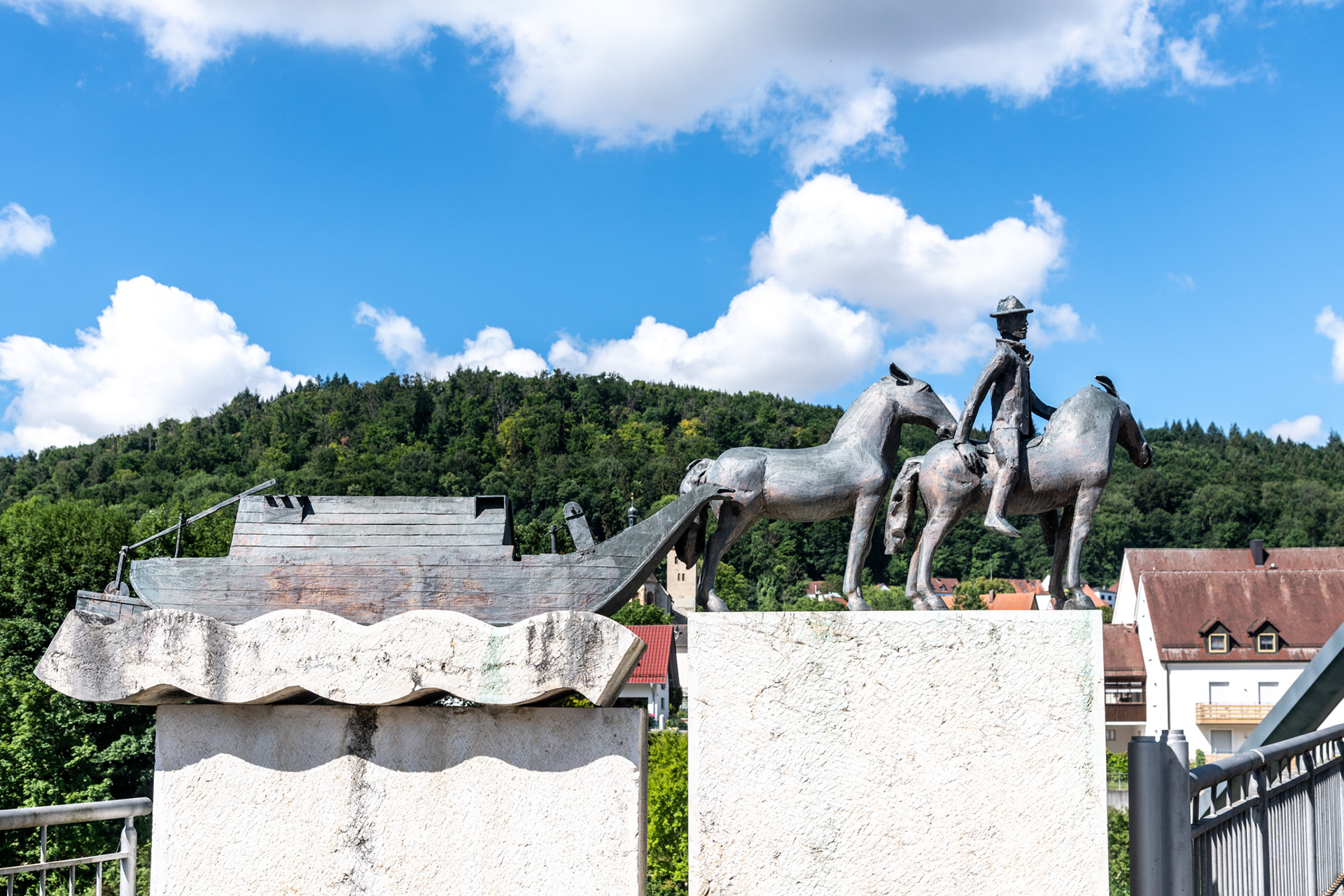
Capstones on the bridge over Main-Donau-Kanal near the abbey
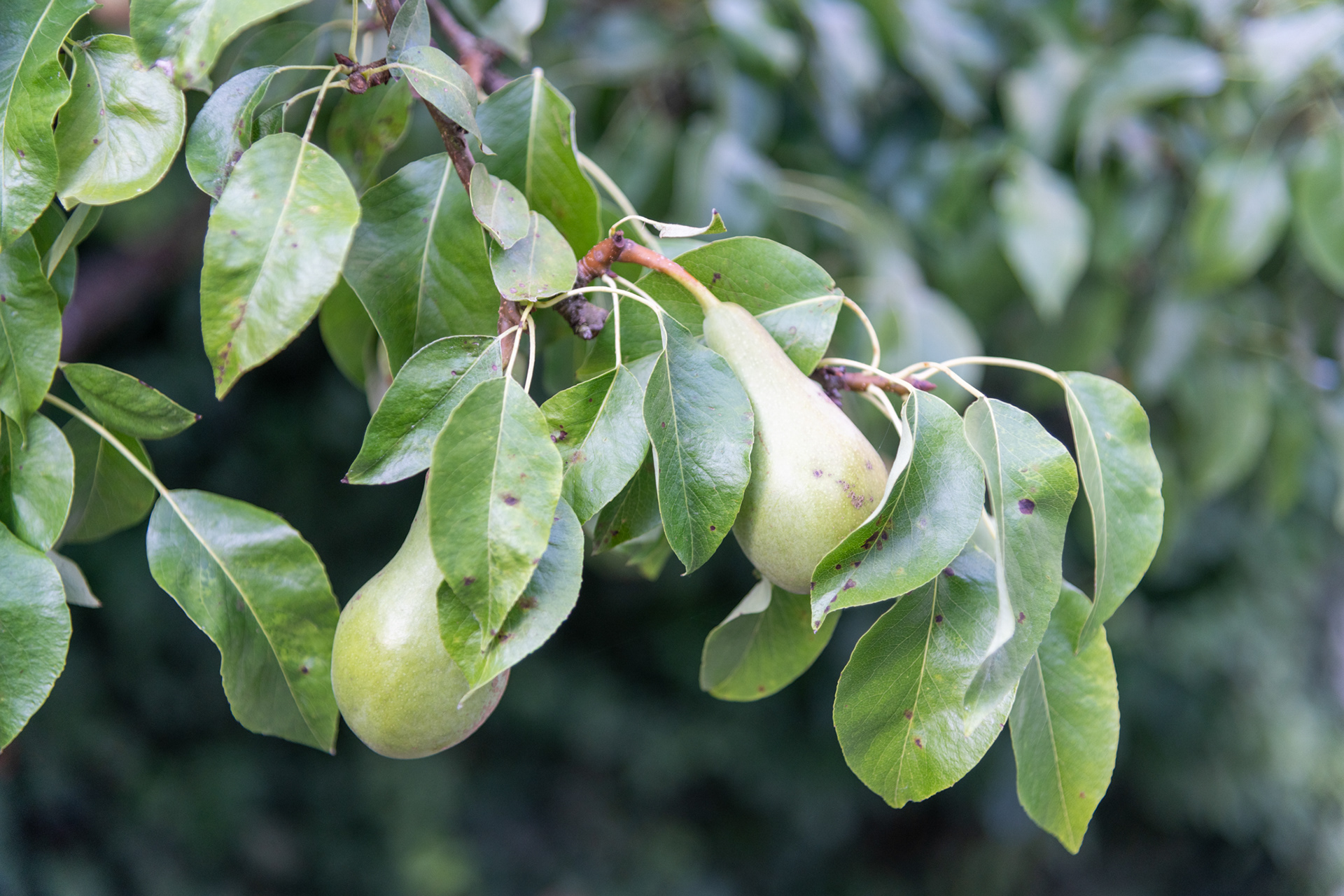
European Pears
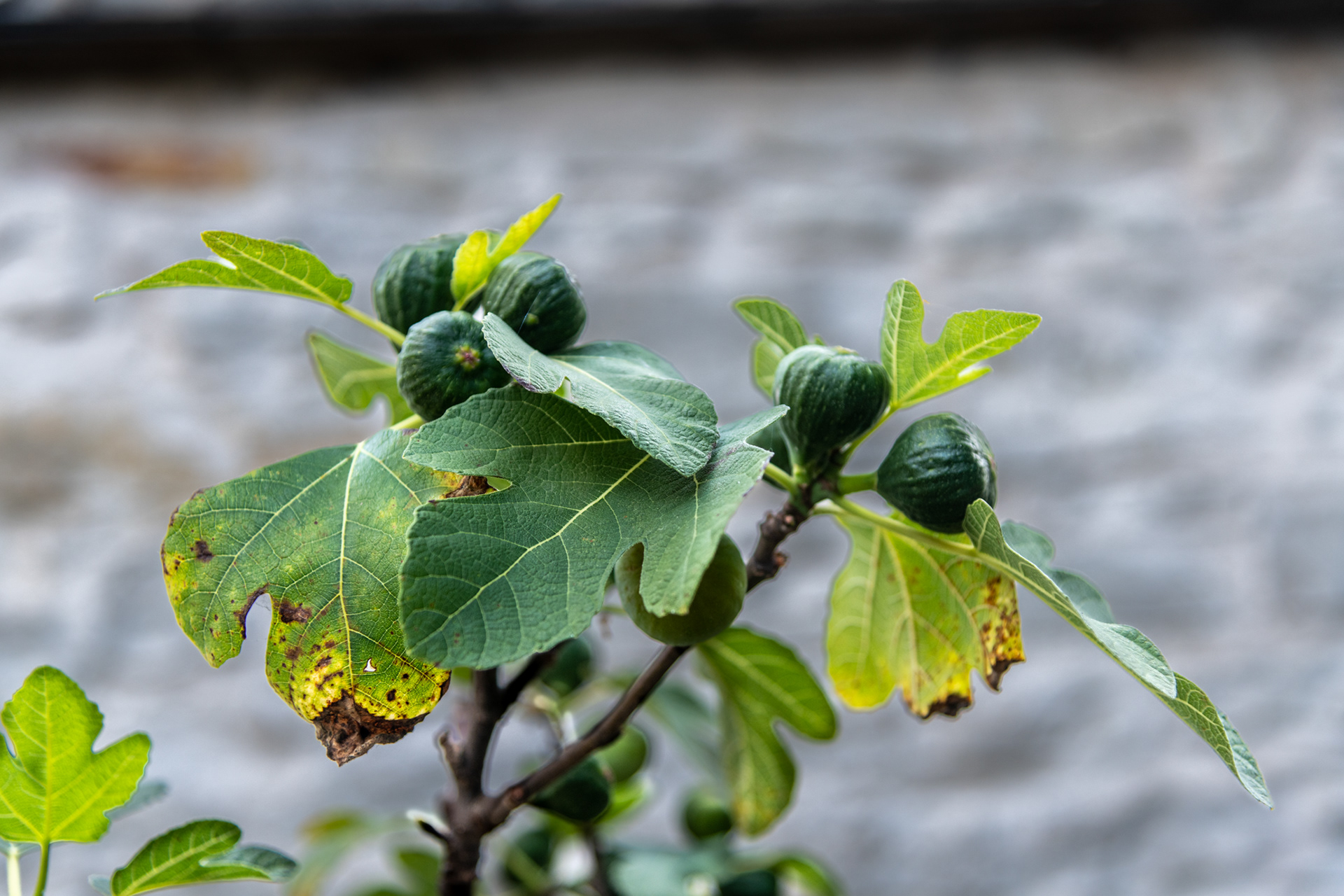
Figs

Walnuts

Common Whitebeam
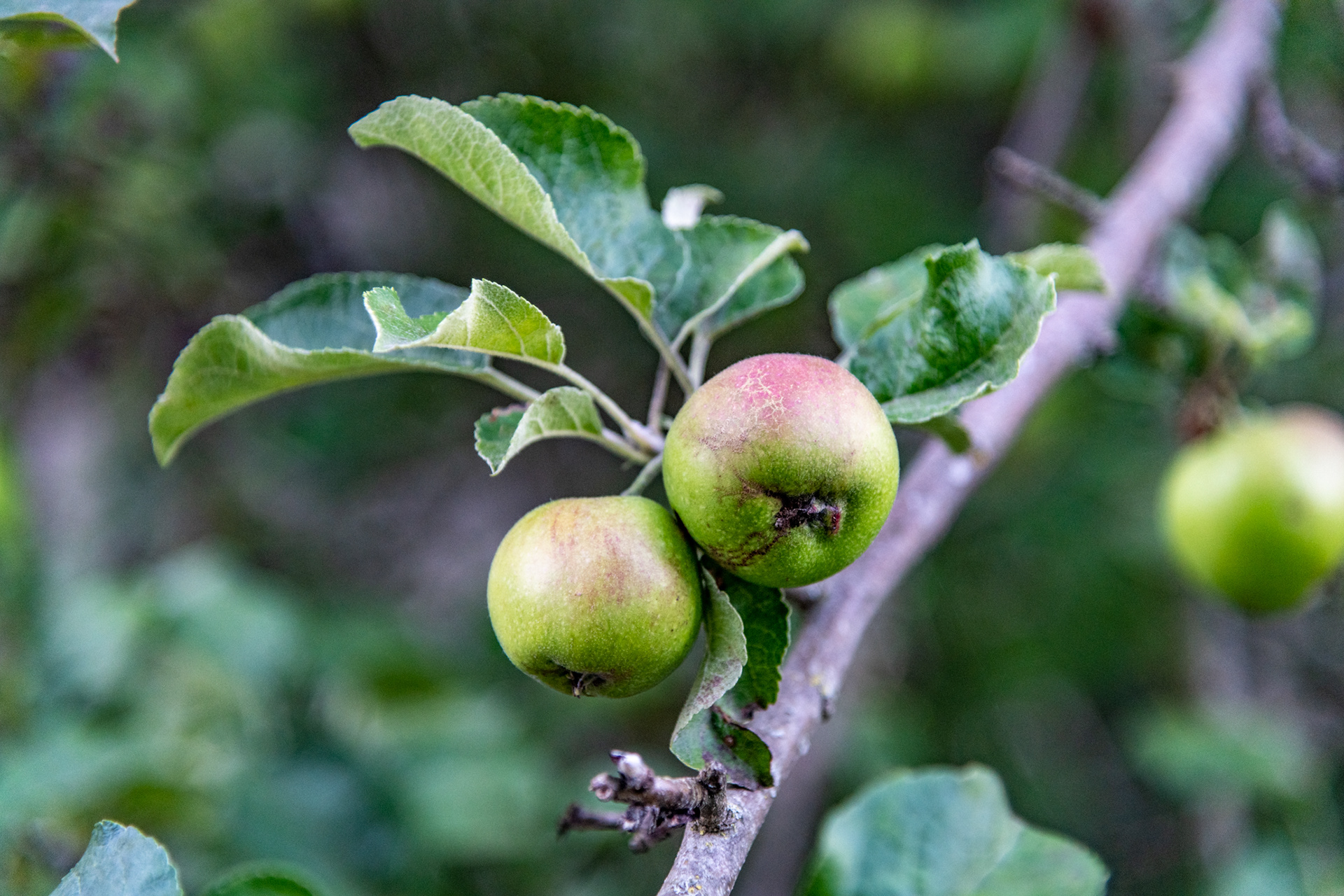
Paradise Apples

Black Chokeberry
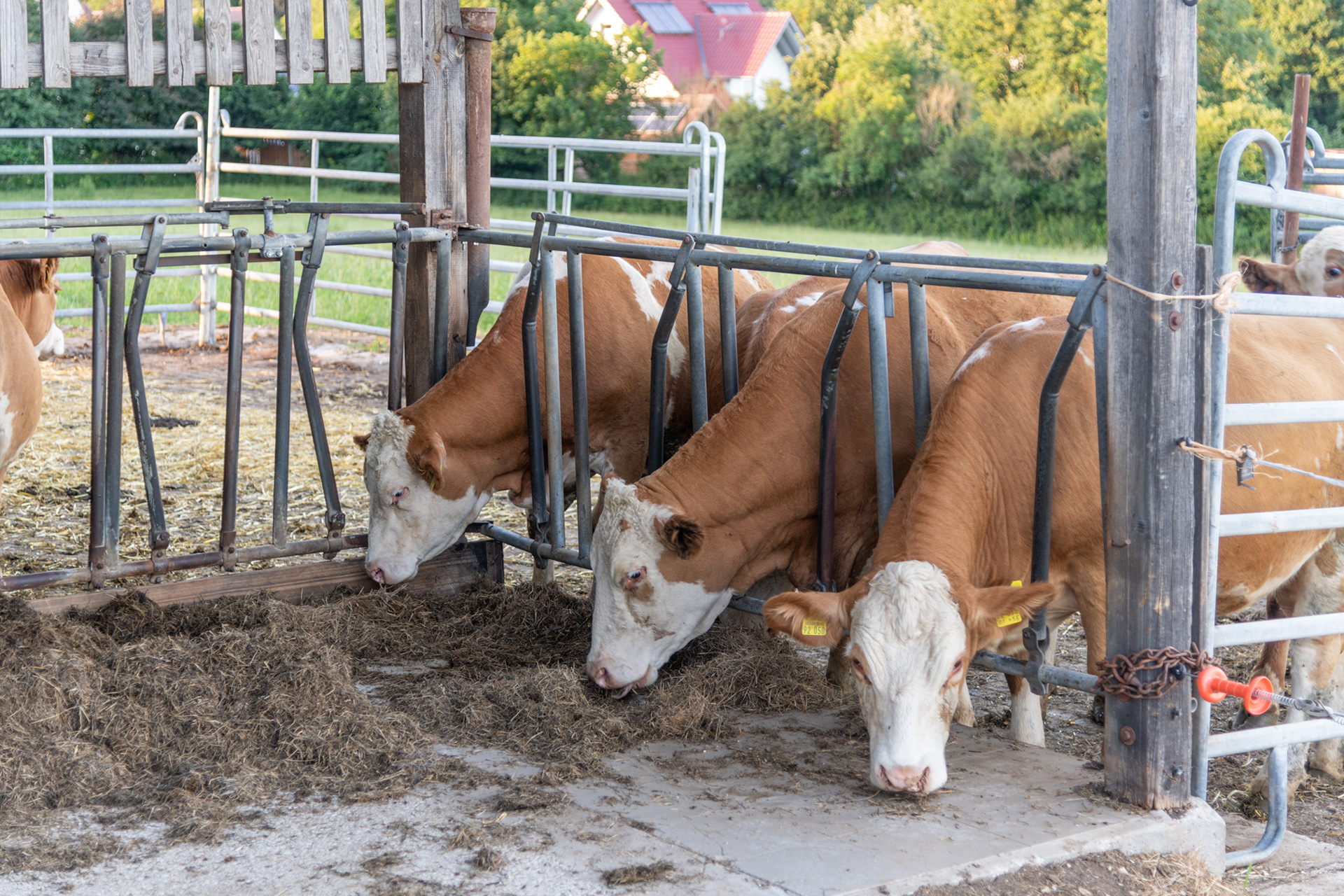
Cows that provide the abbey's dairy needs
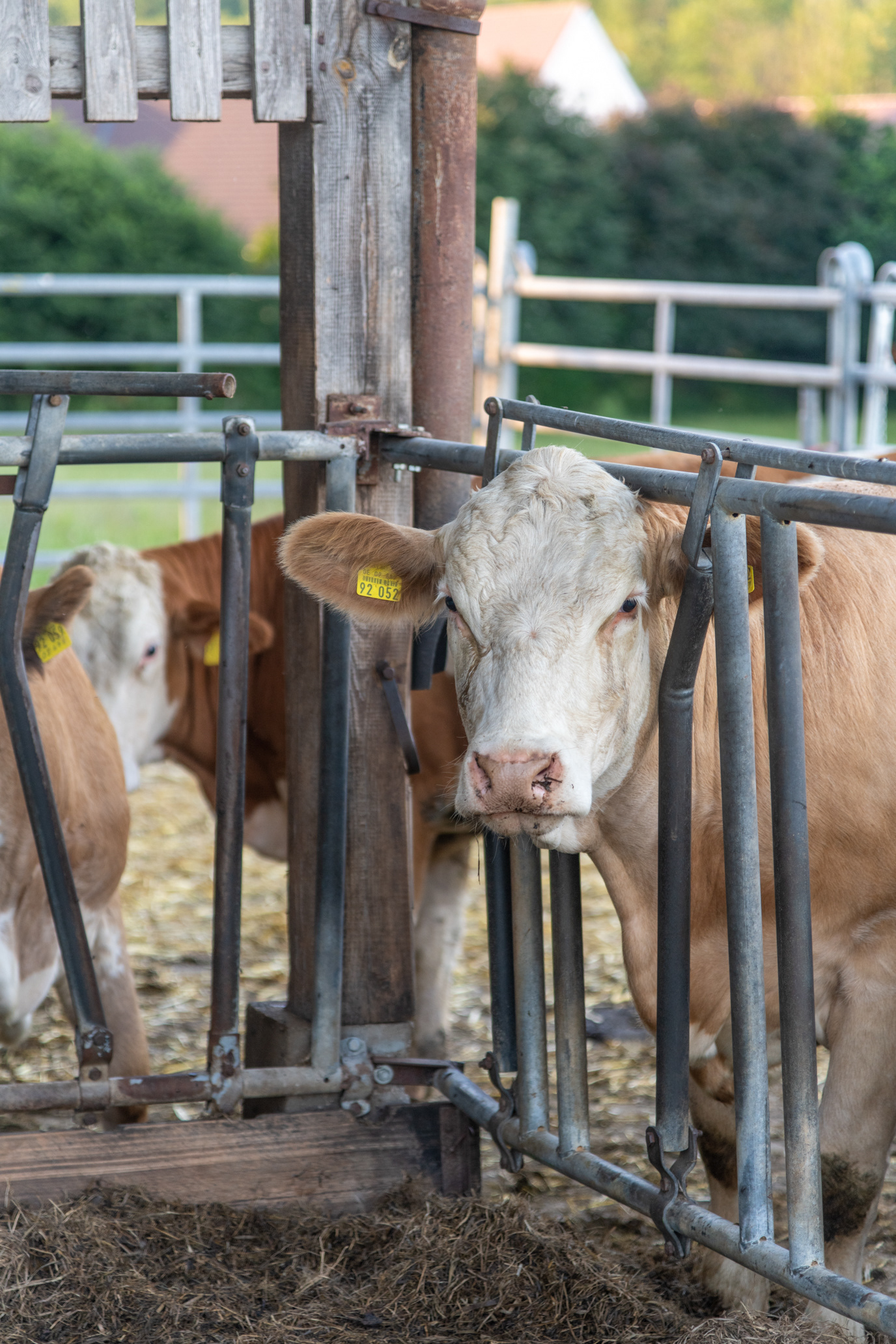
Abbey cows
Images from Nuremberg
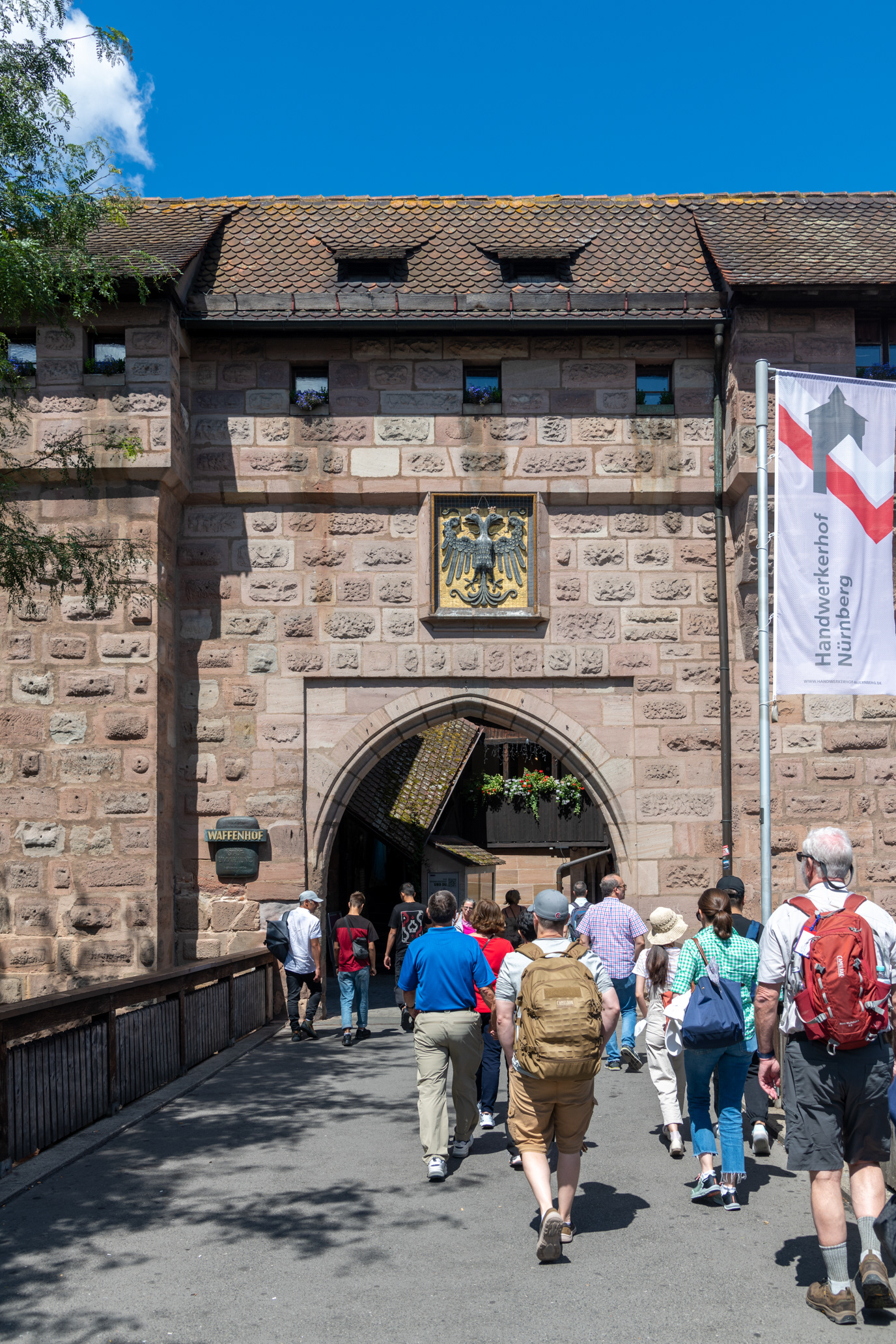
Pilgrims entering the walled city of Nuremberg
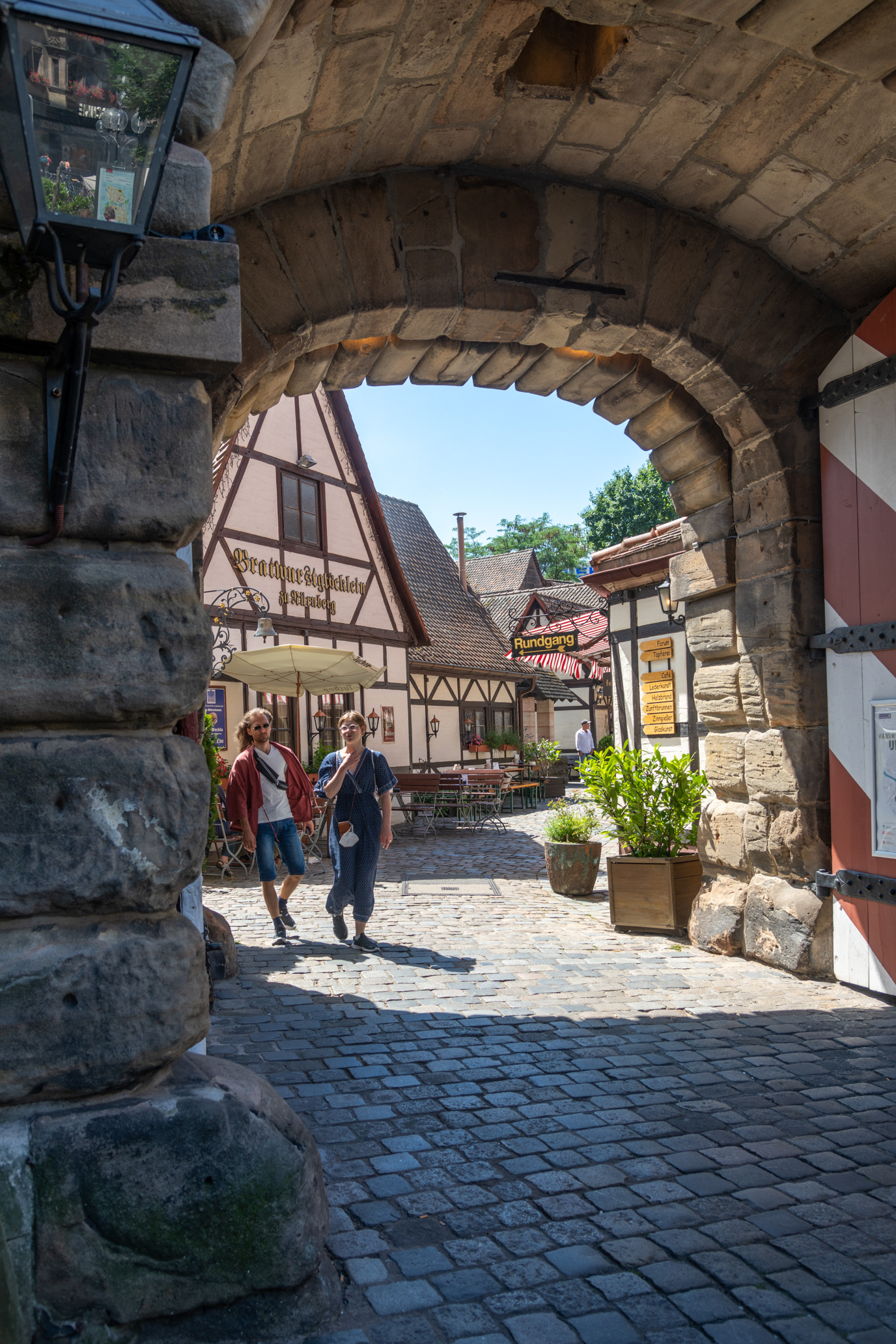
Entrance to the Handwerkerhof (Craftman's Courtyard)
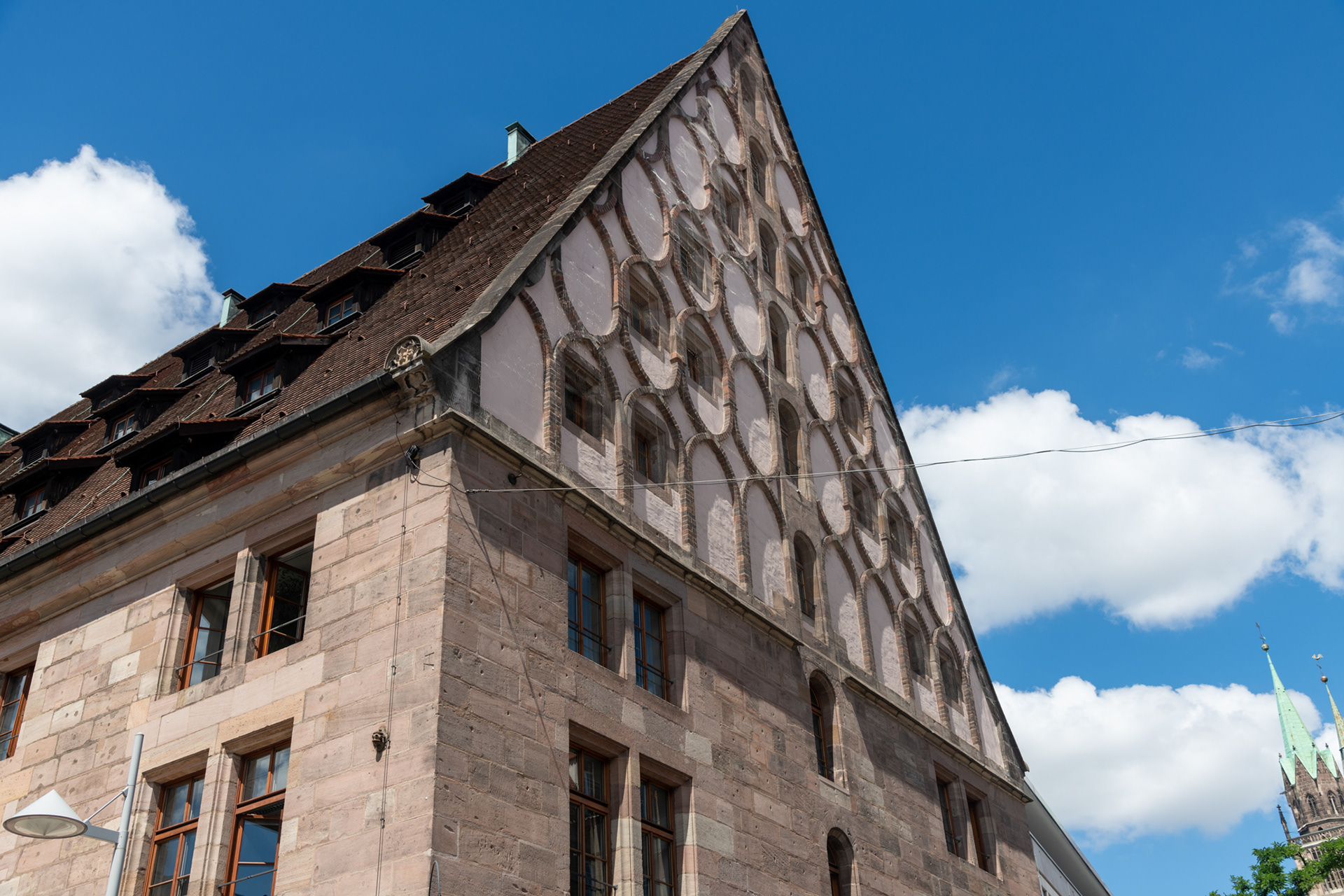
One of the historic buildings used as a granary
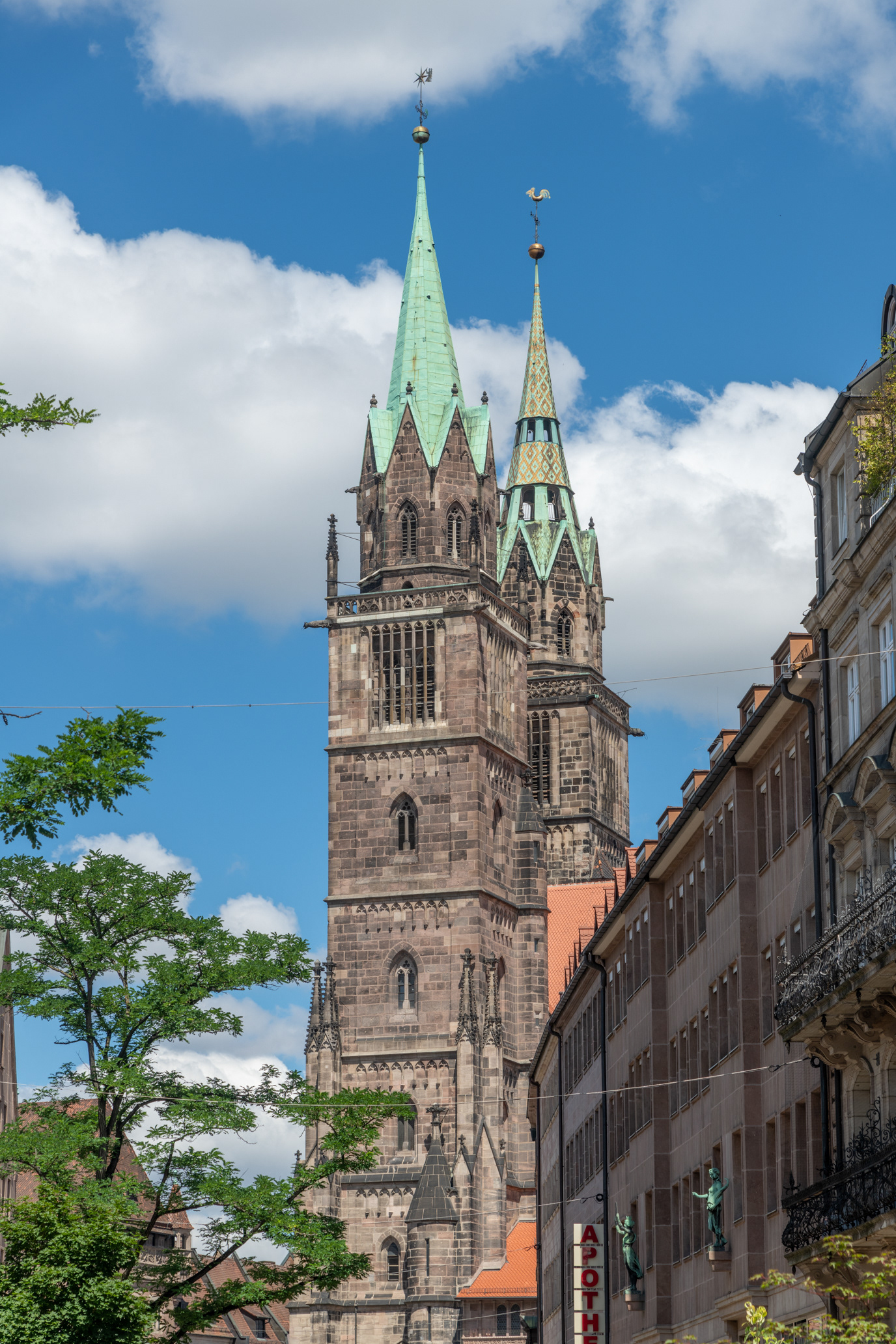
The spires of St Lorenz Church
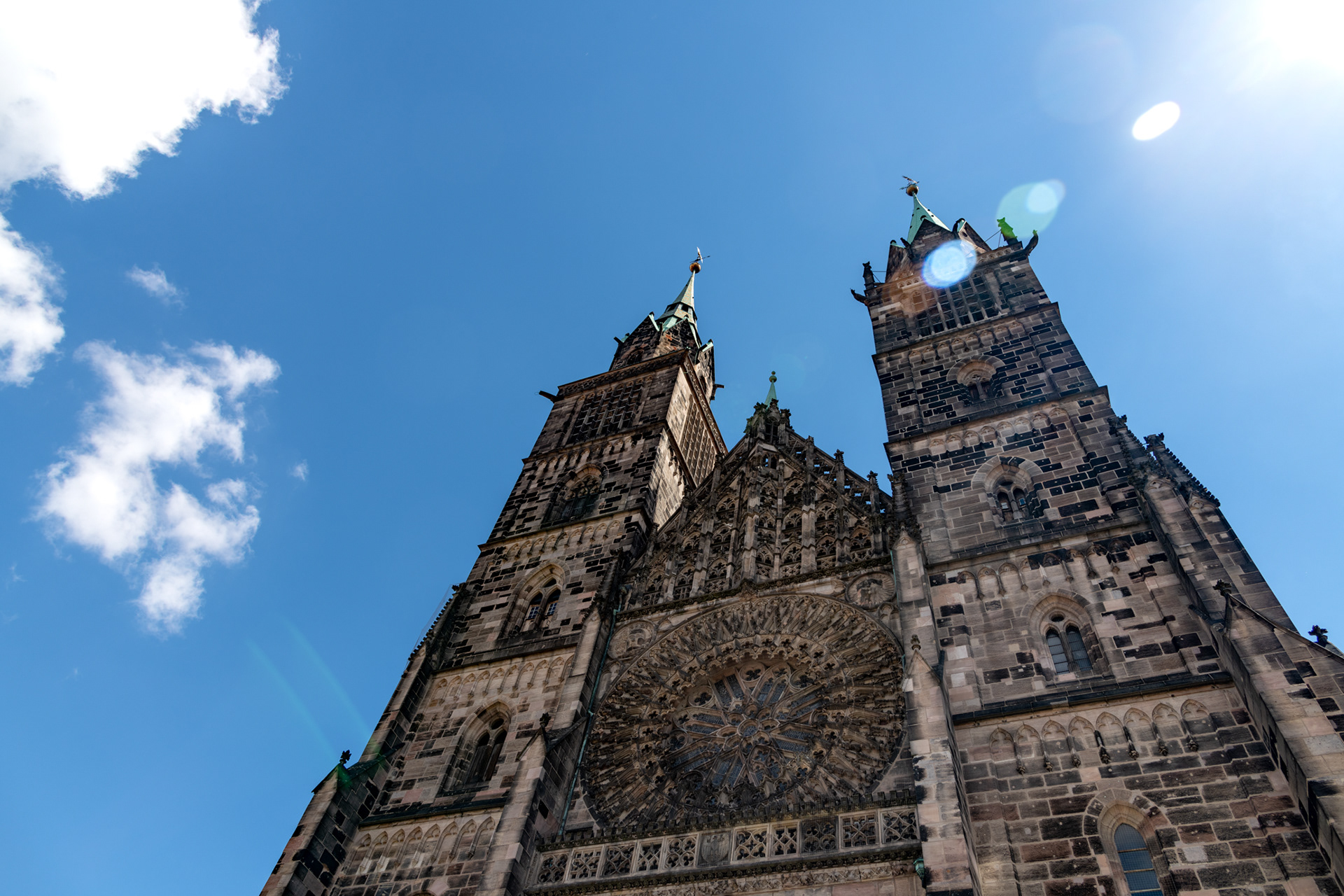
The façade of St Lorenz Church
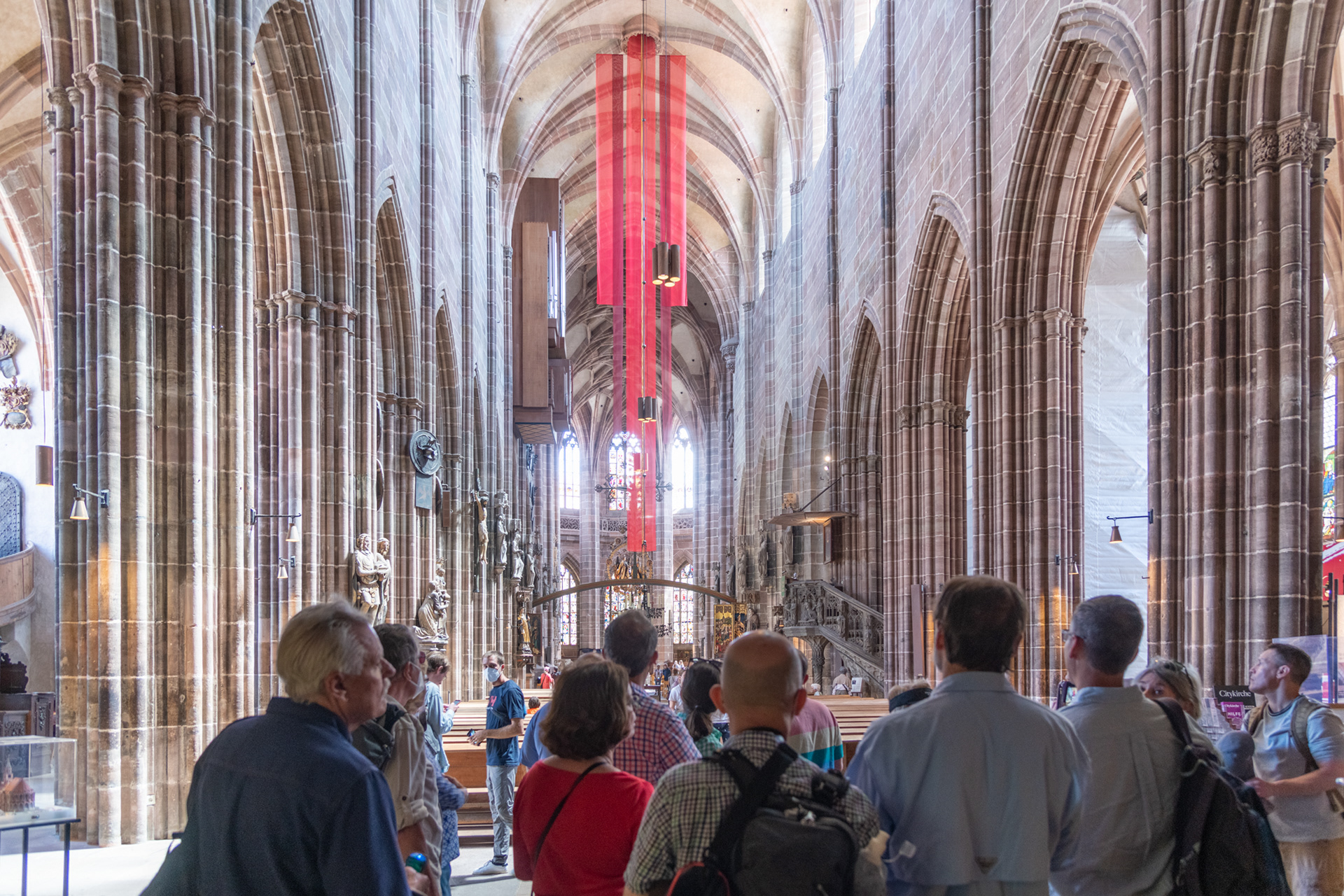
Pilgrims in the nave of St Lorenz Church
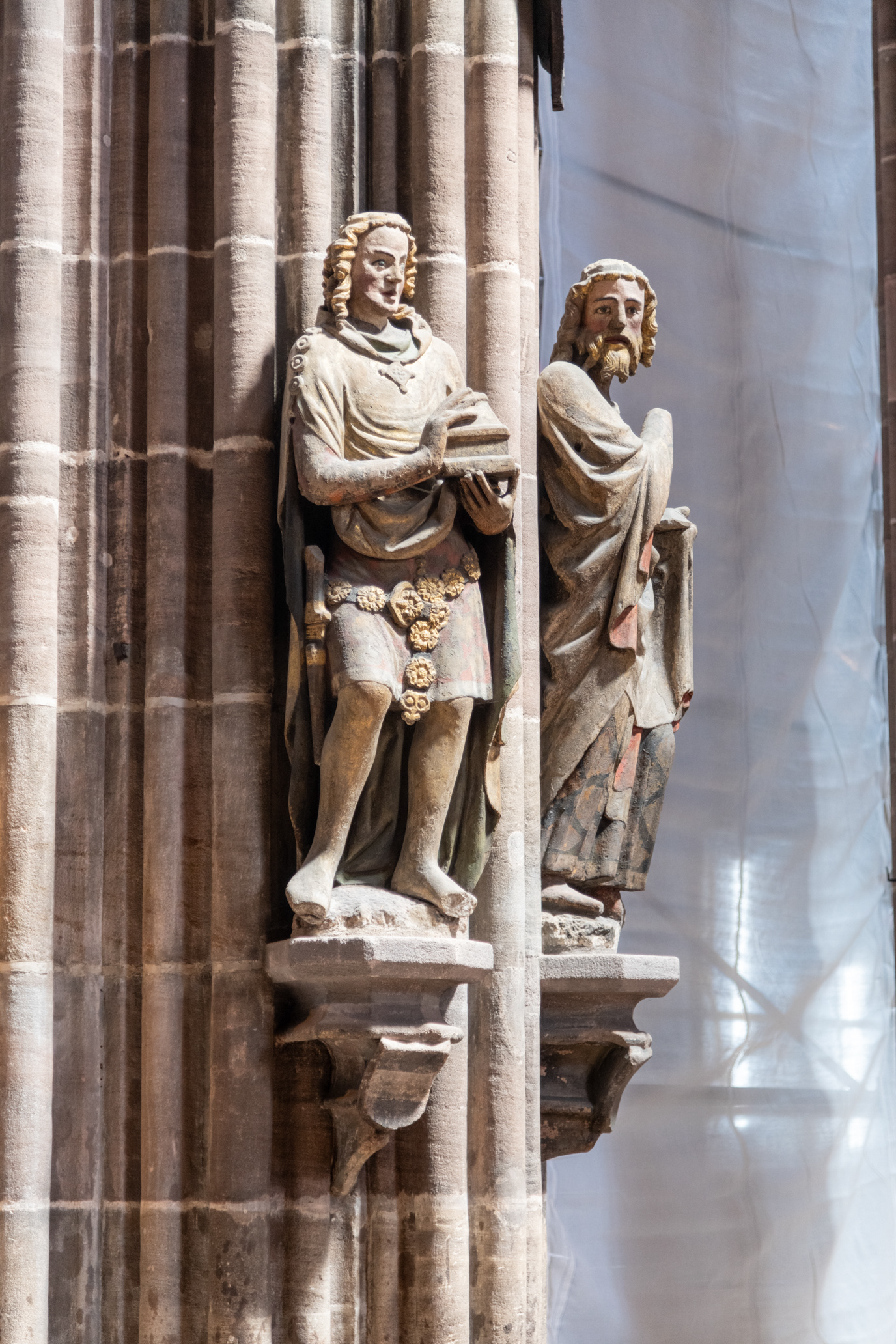
Statuary inside St Lorenz Church
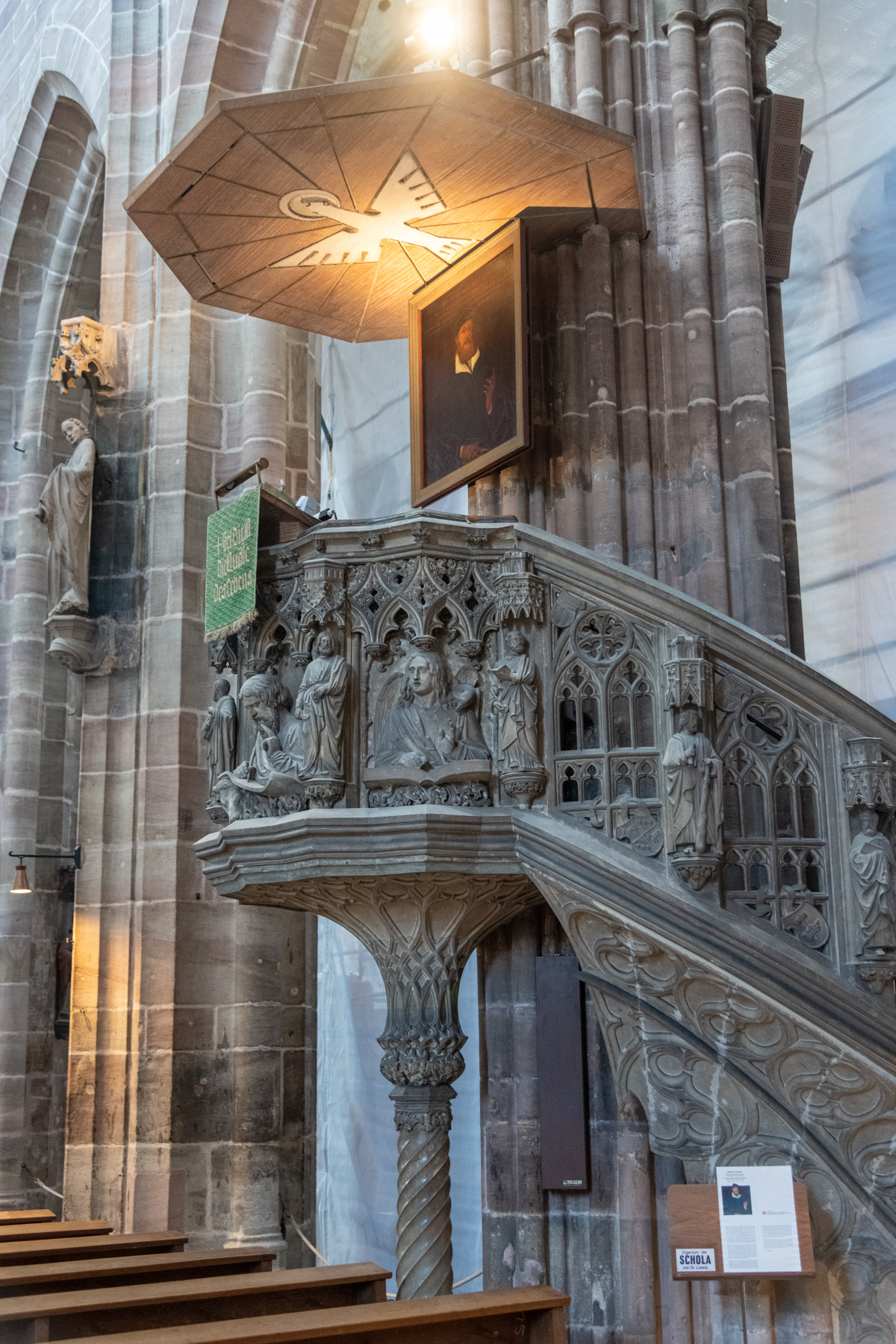
Historic pulpit in St Lorenz Church
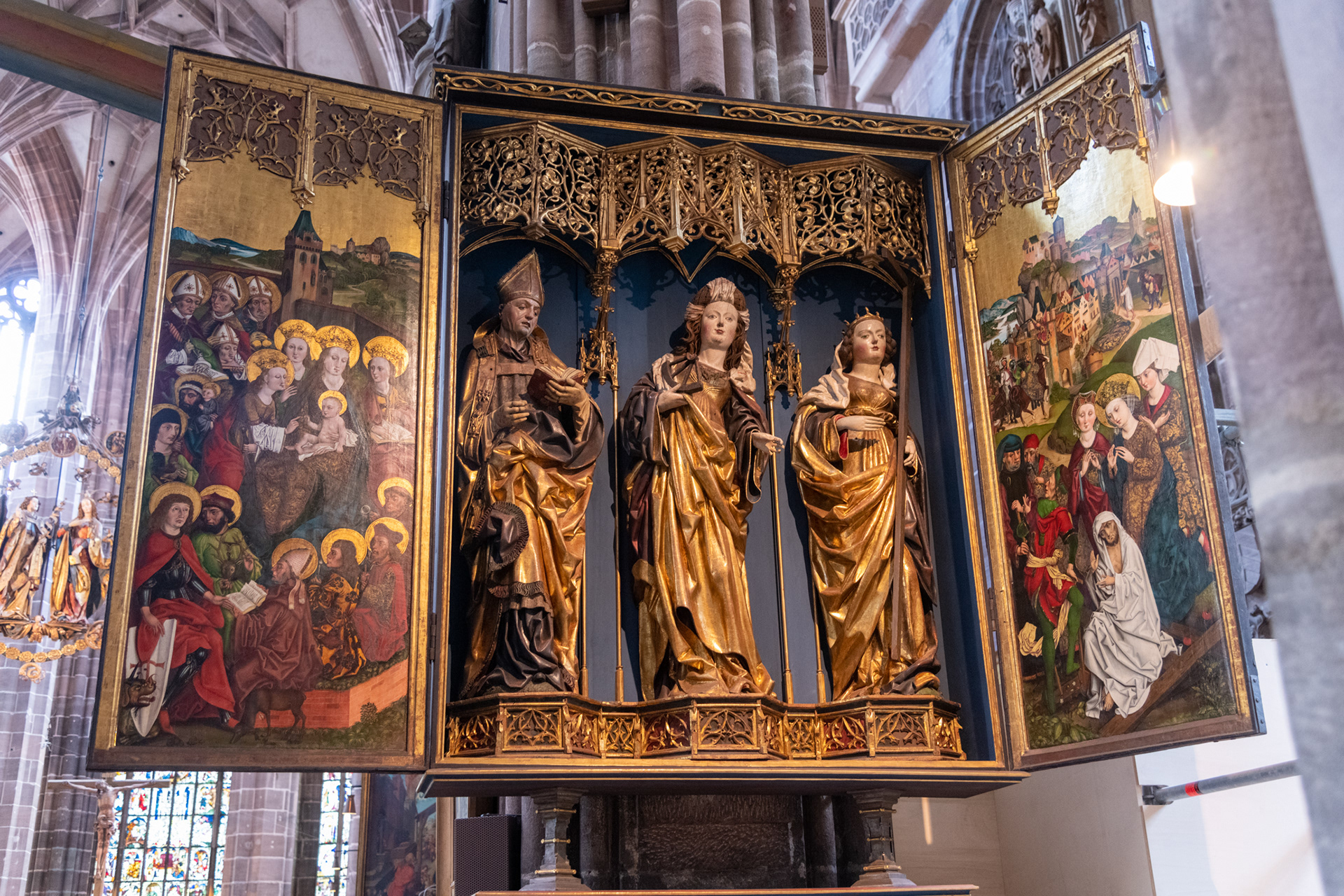
Triptych in St Lorenz Church
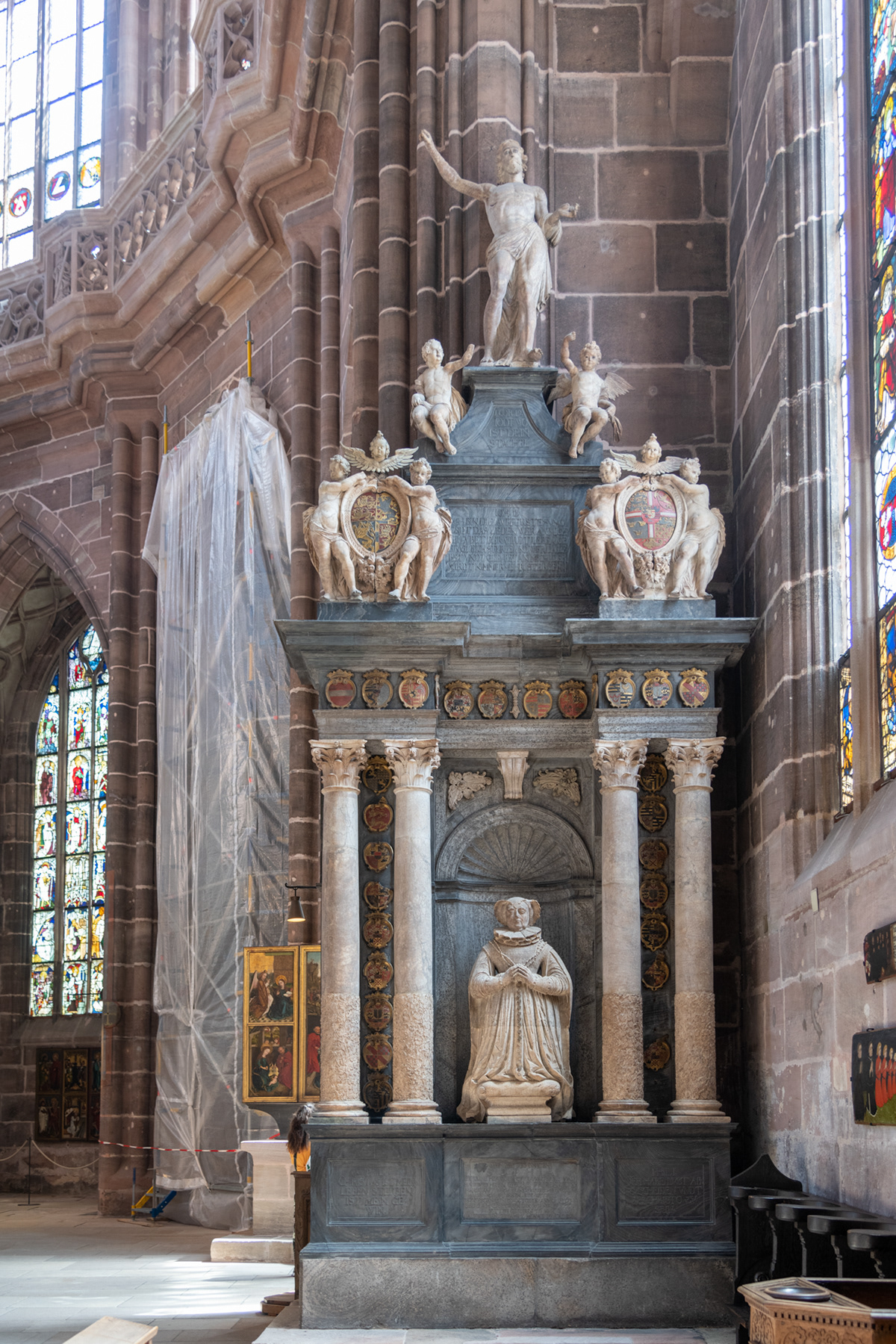
Side monument dedicated to someone named "Sophia"
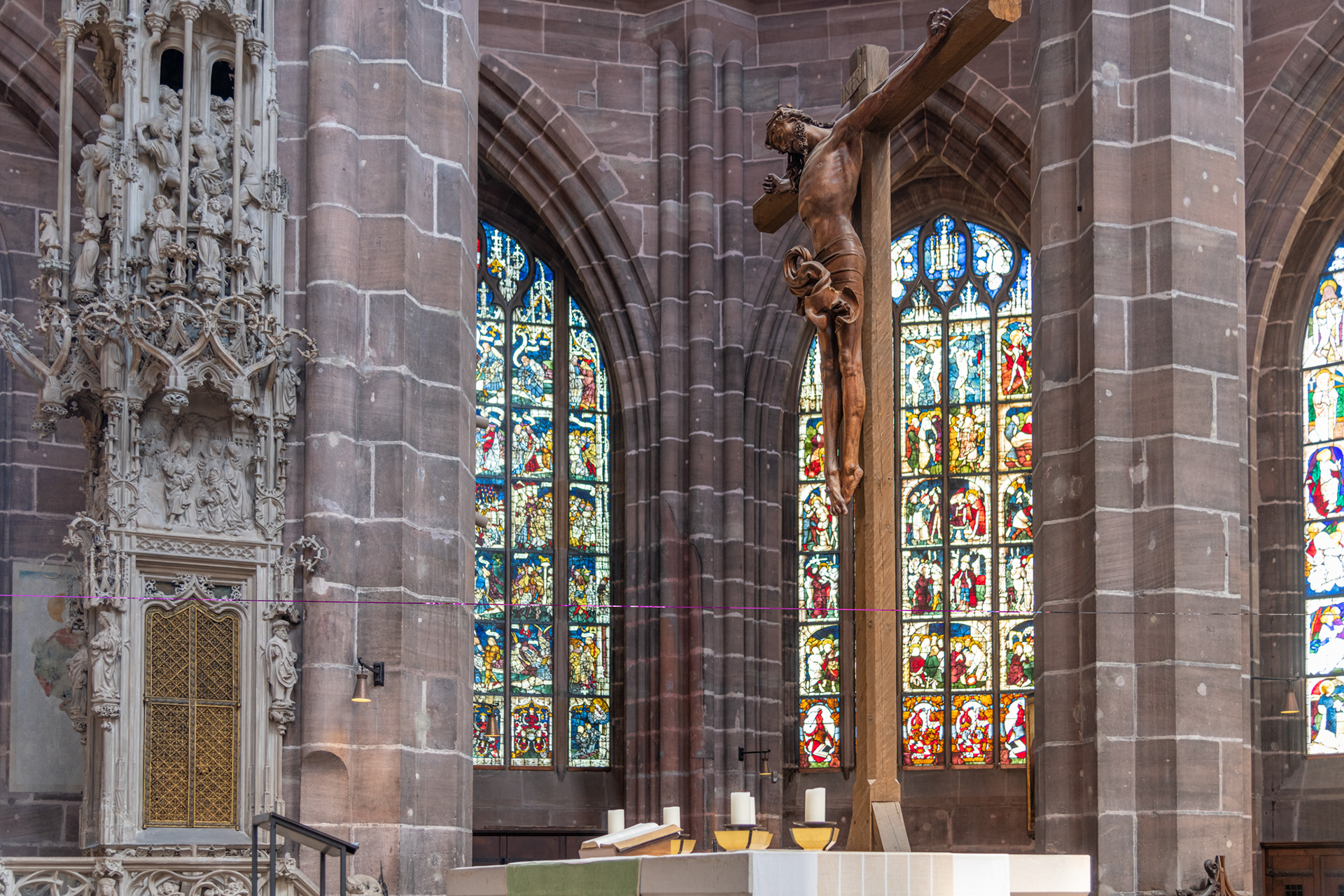
Main altar and crucifix in St Lorenz Church
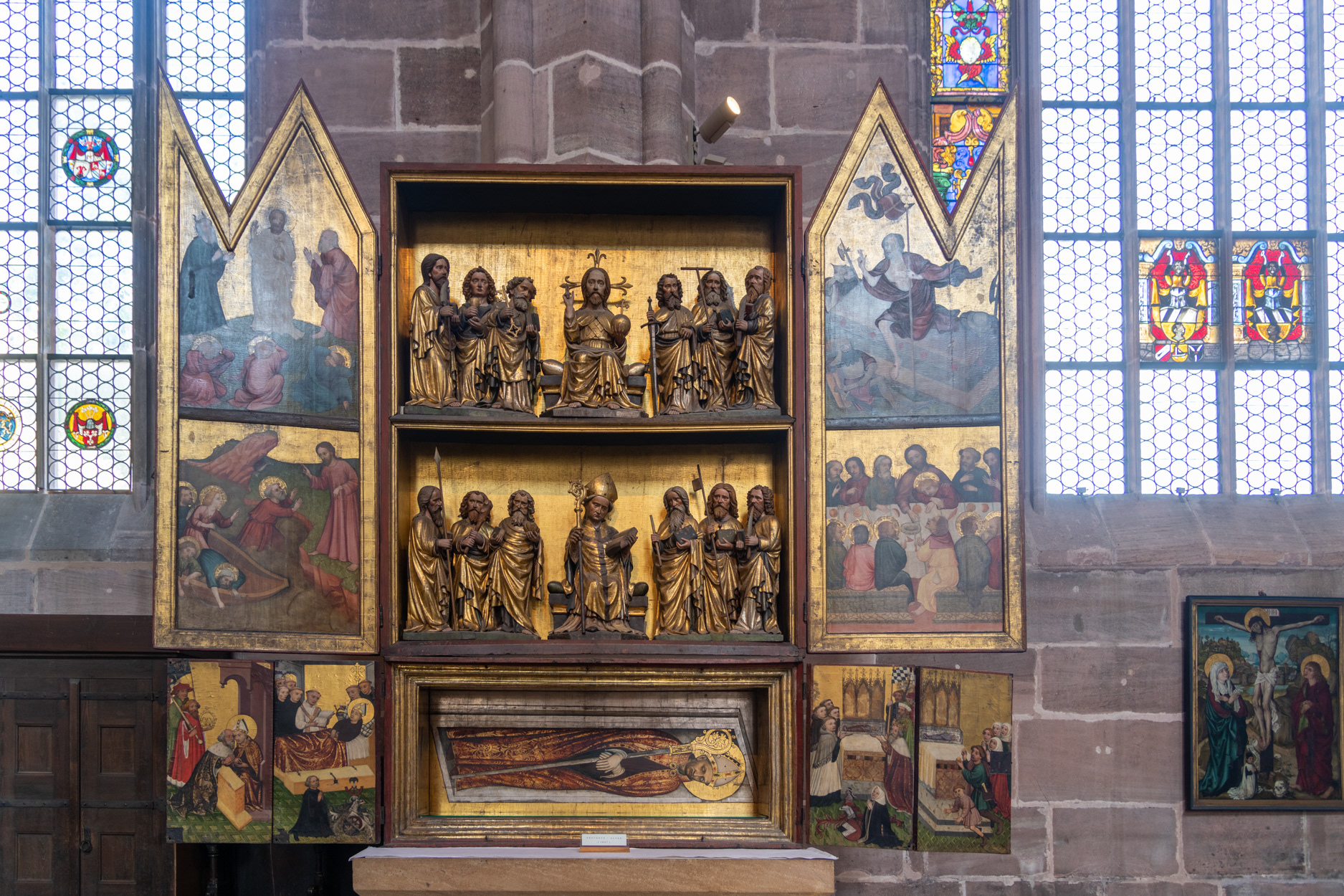
Another triptych in St Lorenz Church
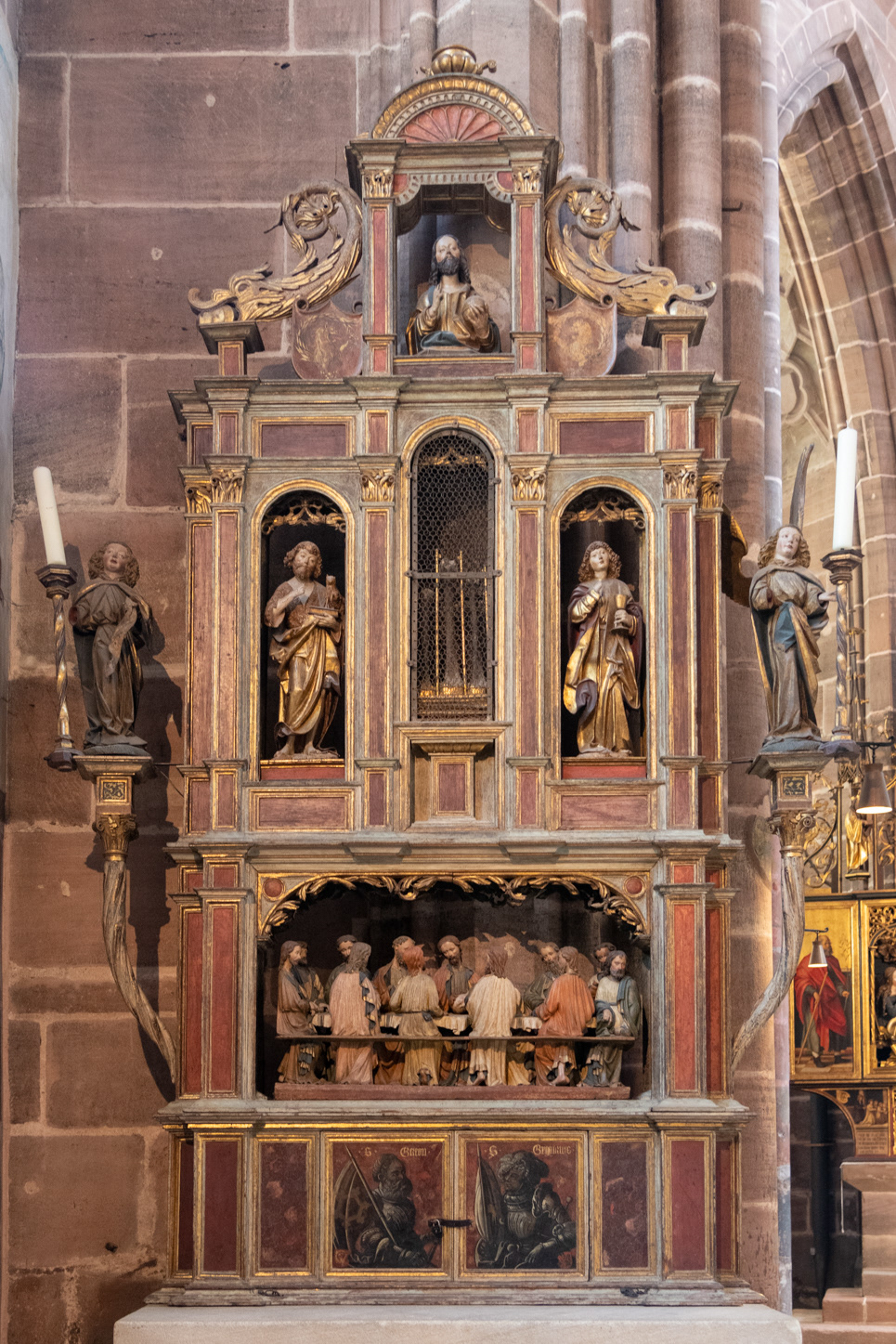
Monument in St Lorenz Church depicting the Last Supper
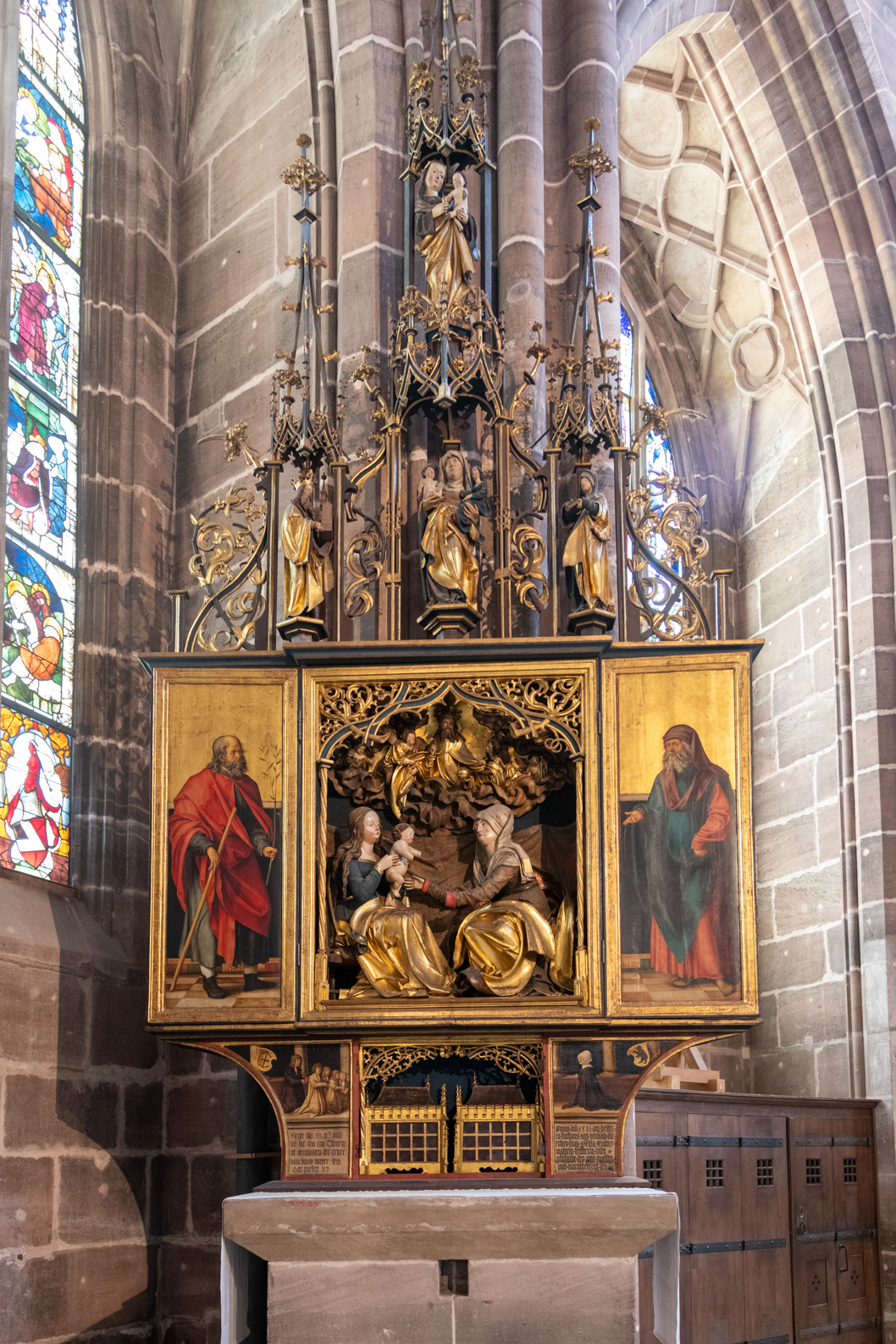
Another triptych in St Lorenz Church

This appears to be a choir stall
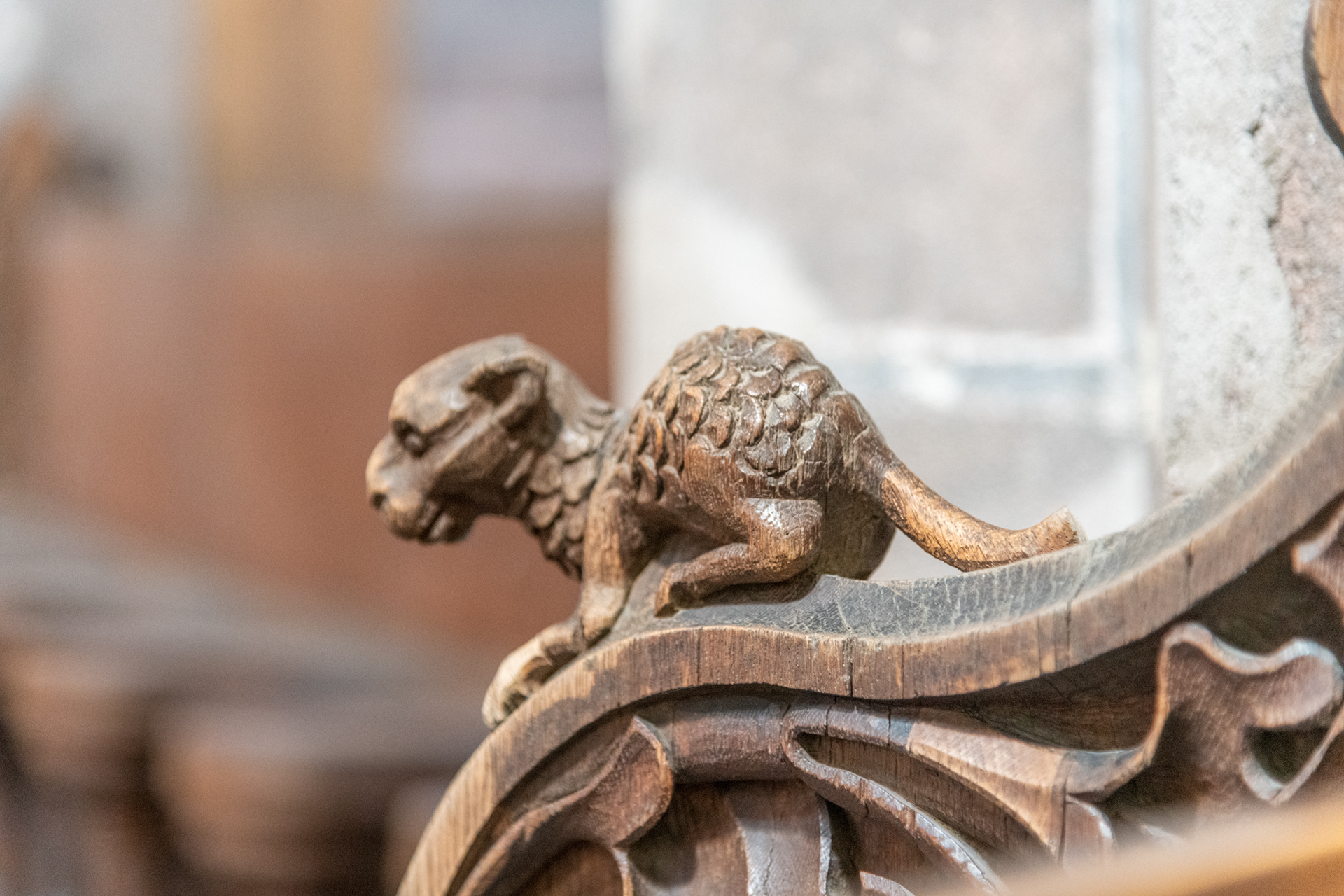
Pew decoration
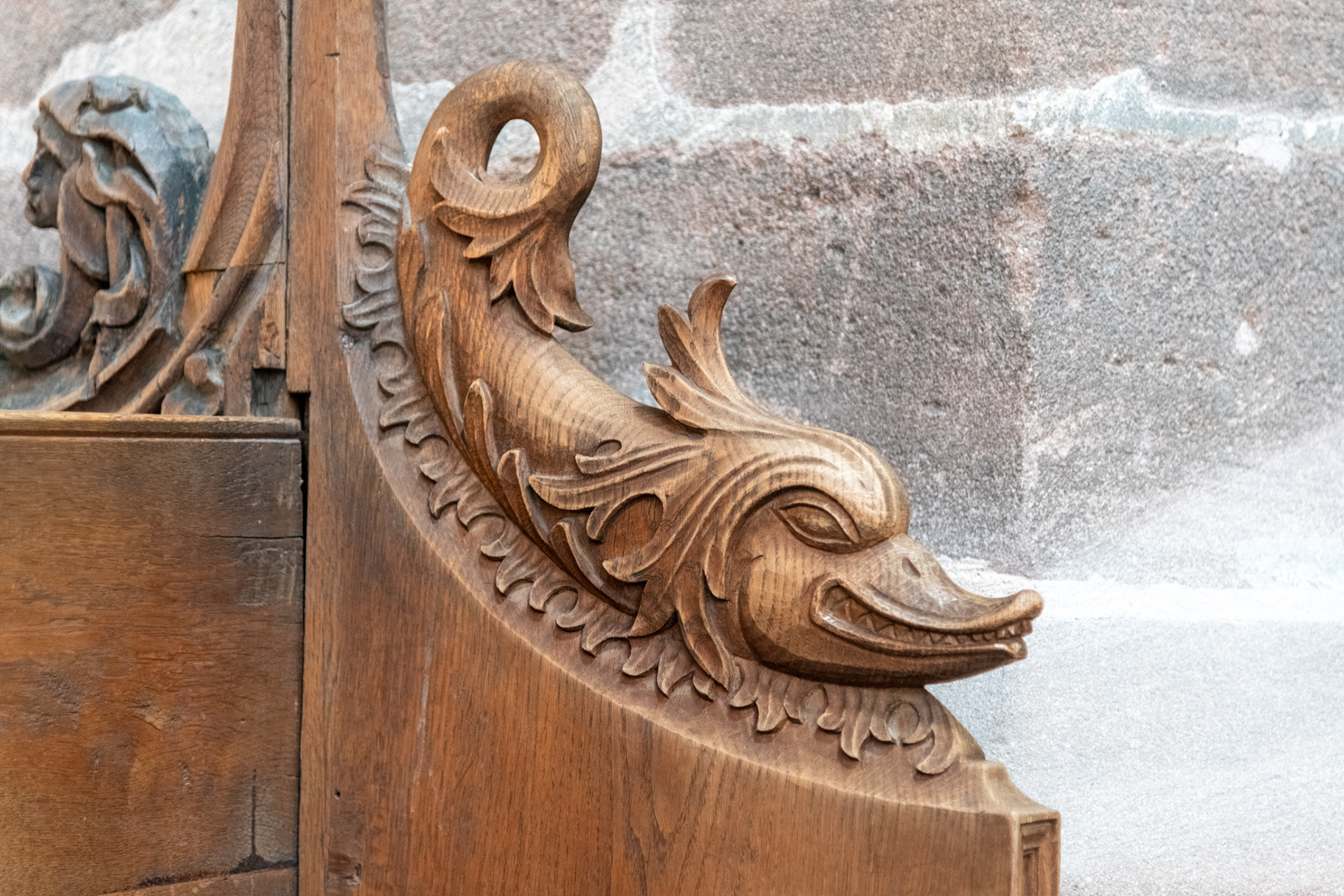
Pew decoration
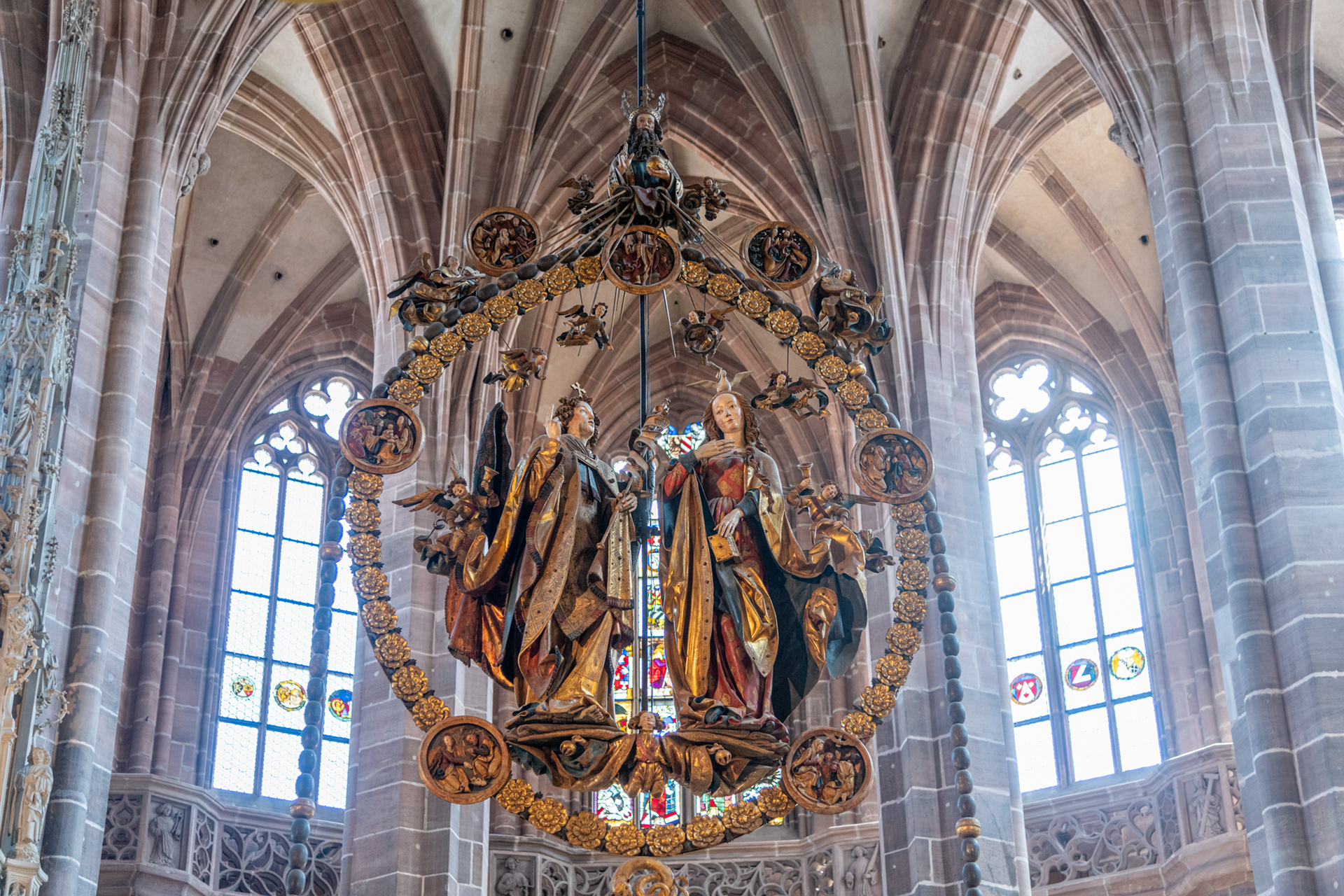
Angelic Salutation (German: Engelsgruß) is an assemblage of limewood sculptures celebrating the Annunciation by the German artist Veit Stoss in 1518. It was created for the medieval church of St. Lorenz in Nuremberg, southern Germany, where it hangs on a metal chain in the center of the choir facing the high altar.
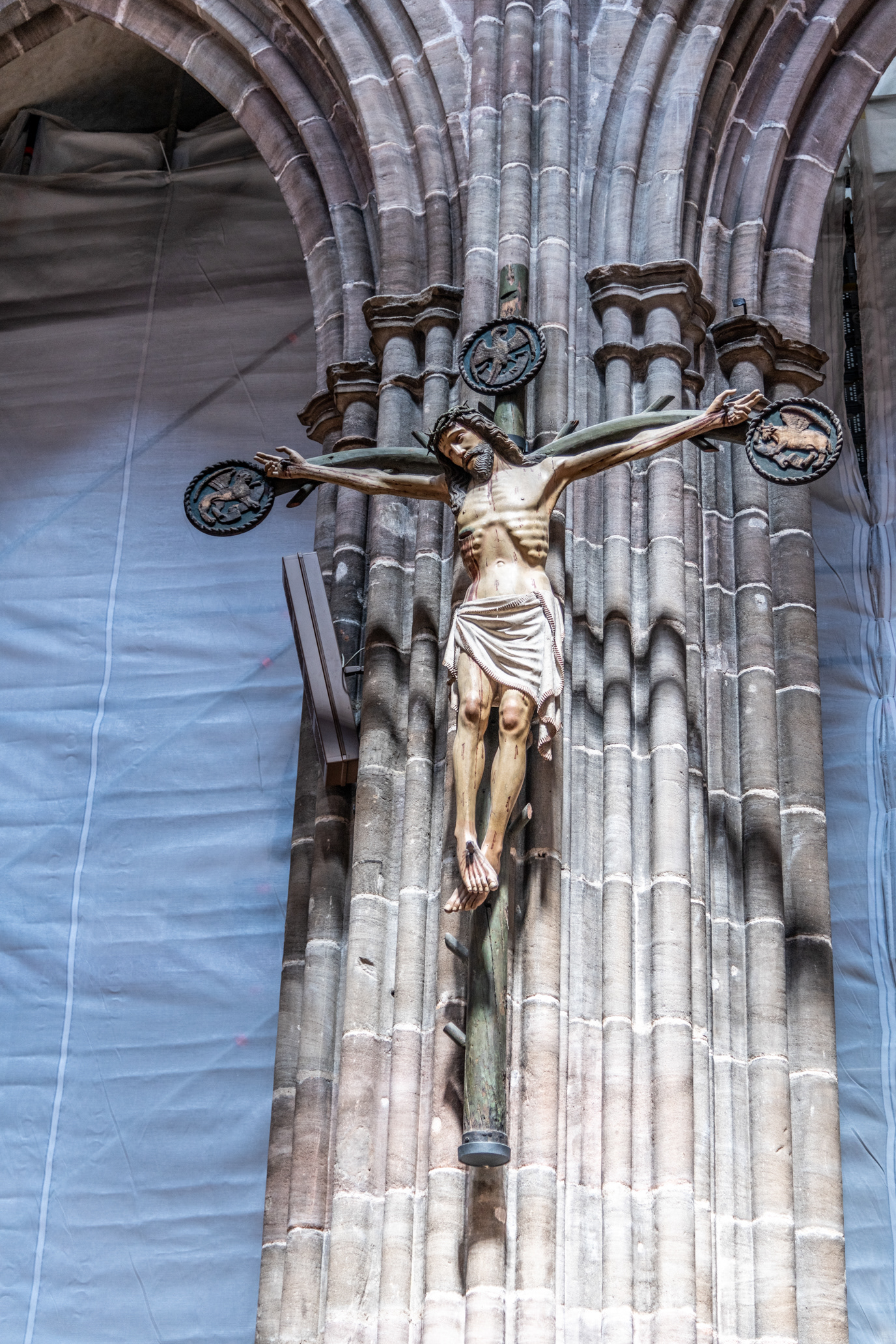
Crucifix in St Lorenz Church
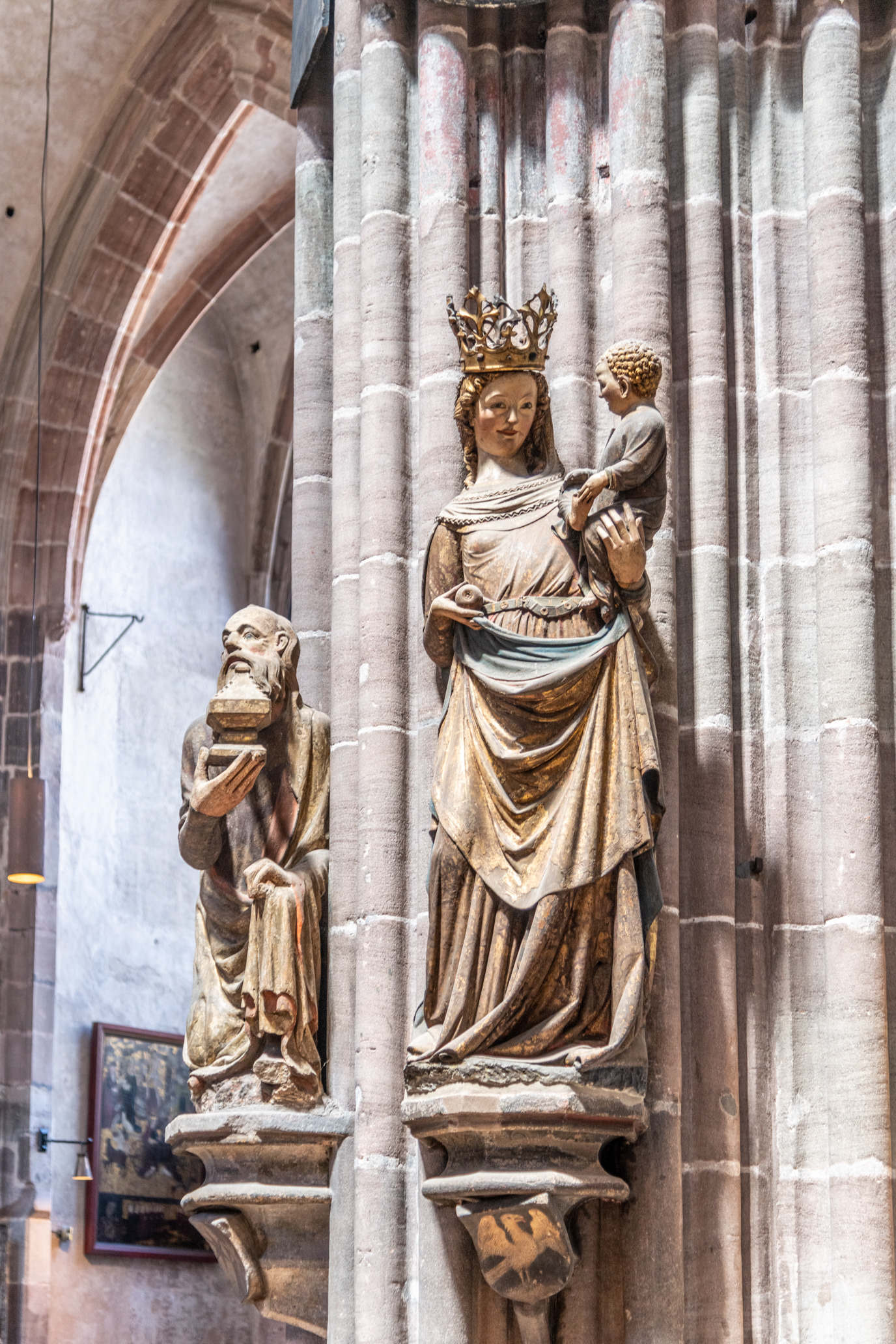
Statuary in St Lorenz Church
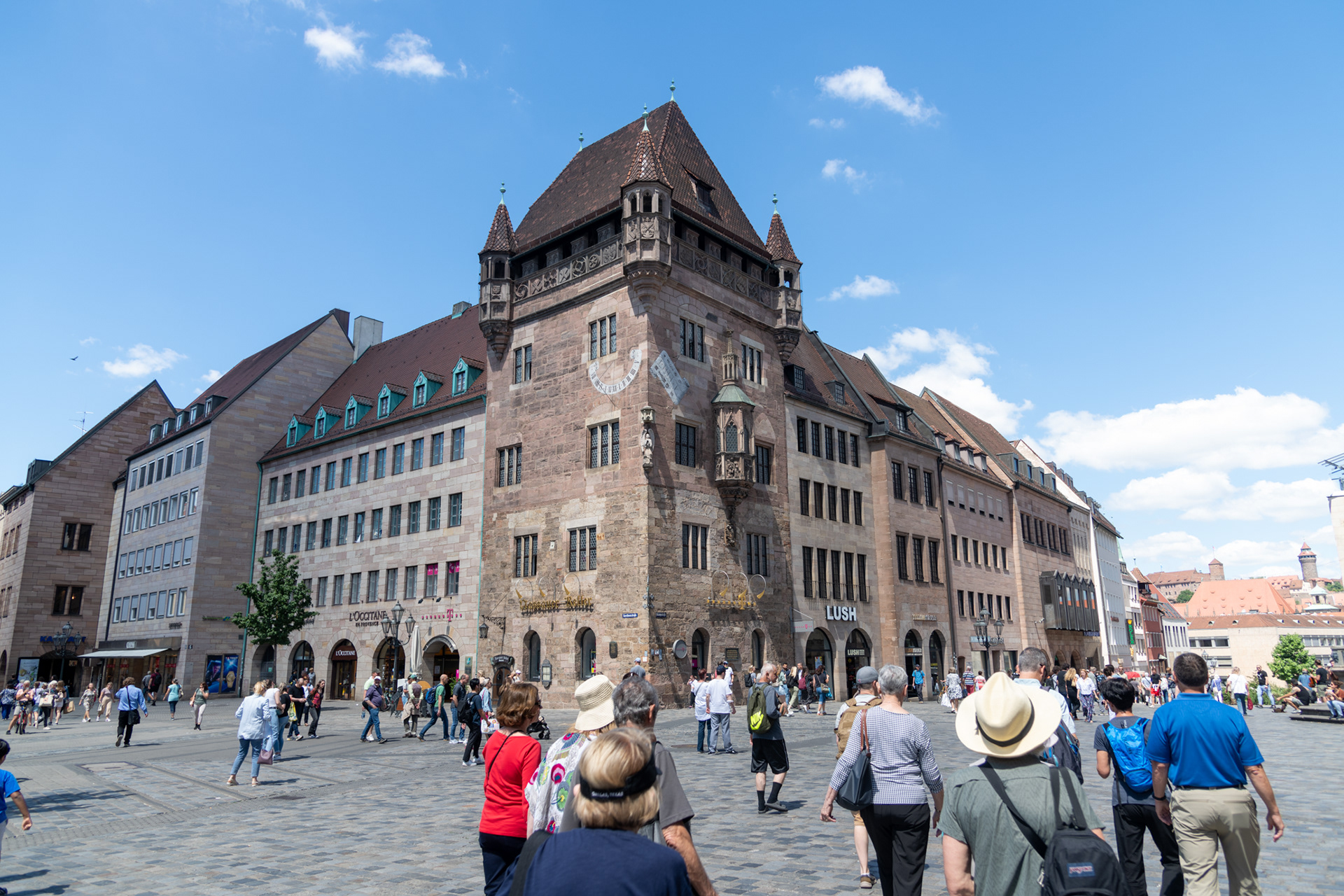
Nassau House (Nassauer Haus / Nassauer House), also known as the Schlusselfelder Foundation House (Schlusselfeldersche Stiftungshaus) is a medieval residential tower, which is one of the most famous and significant sights of Nuremberg. The Nassau House is the only surviving residential tower in Nuremberg, which was not completely destroyed (but badly damaged) during World War II and which is considered one of the oldest buildings and one of the few examples of Romanesque architecture in the city.
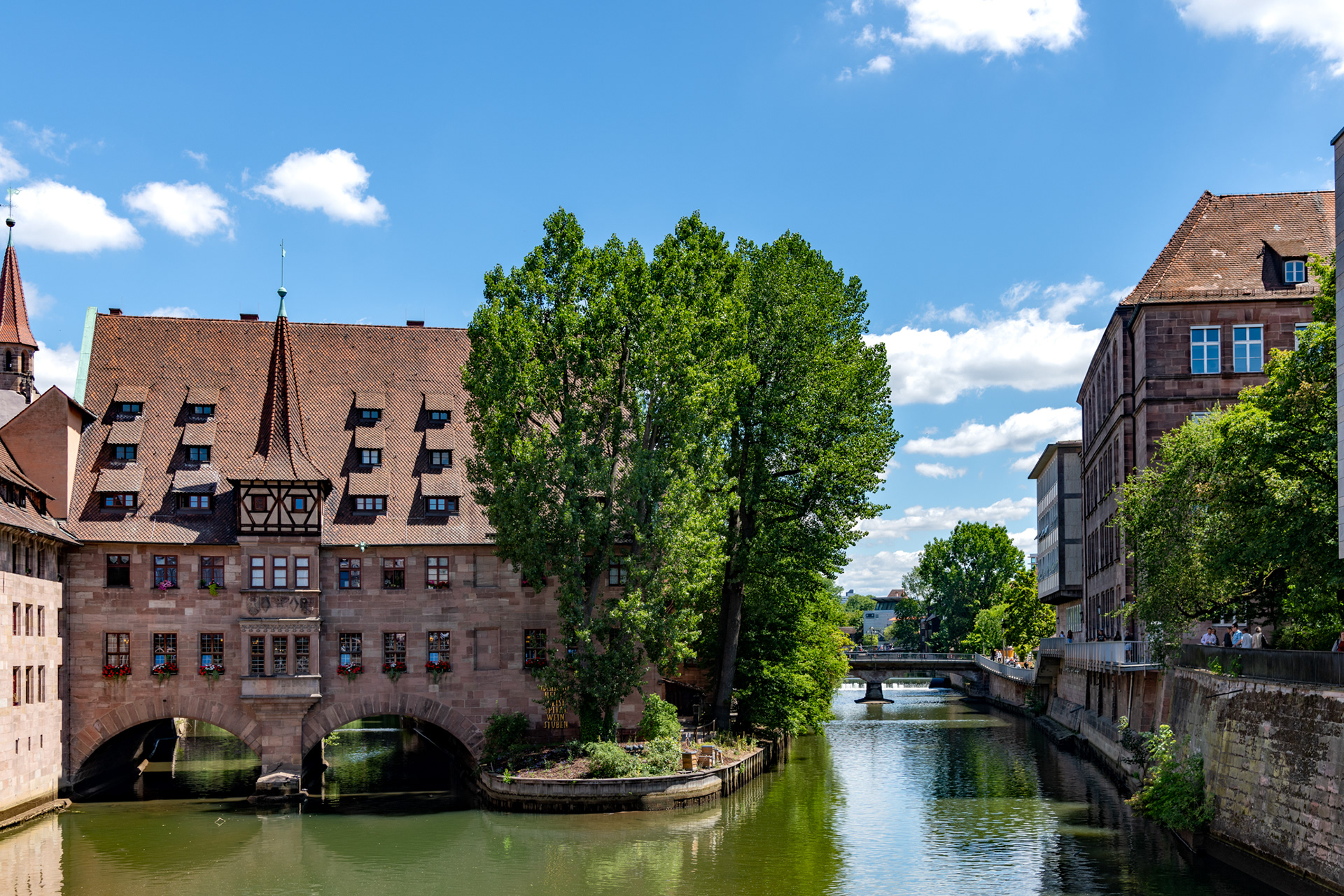
The Heilig-Geist-Spital (English: Holy Spirit Hospital) in Nuremberg was the largest hospital in the former Free Imperial City of Nuremberg. It was used as a hospital and nursing home. Its chapel was also the depository of the Imperial Regalia, the crown jewels of the Holy Roman Empire, between 1424 and 1796.
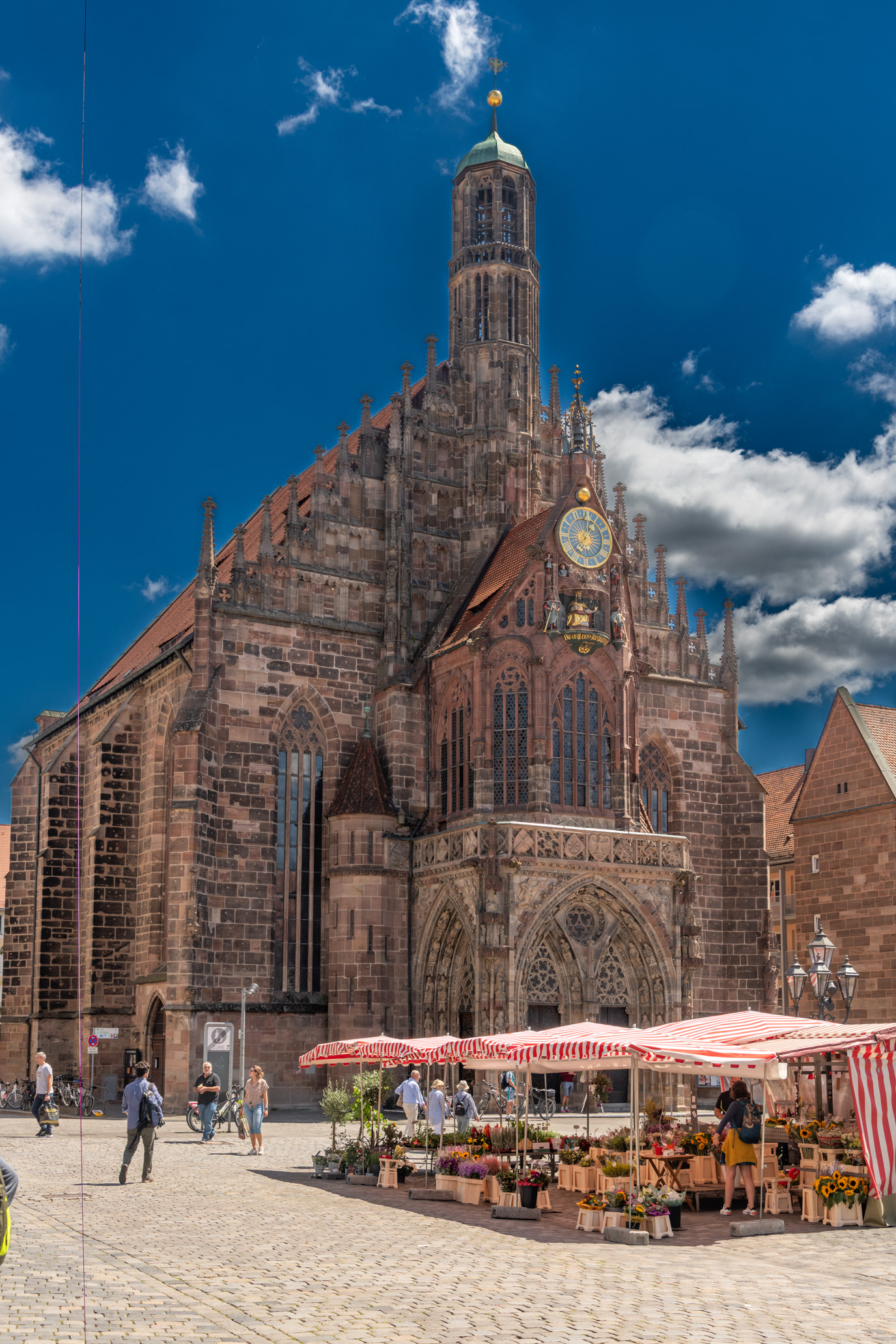
Frauenkirche, a Roman Catholic church located on the eastern side of the Hauptmarkt.

Schöner Brunnen is a 14th-century fountain located on Nuremberg's Hauptmarkt (main market) next to the town hall and is considered one of the main attractions of the city's Historical Mile. The fountain is approximately 19 meters high and has the shape of a Gothic spire.
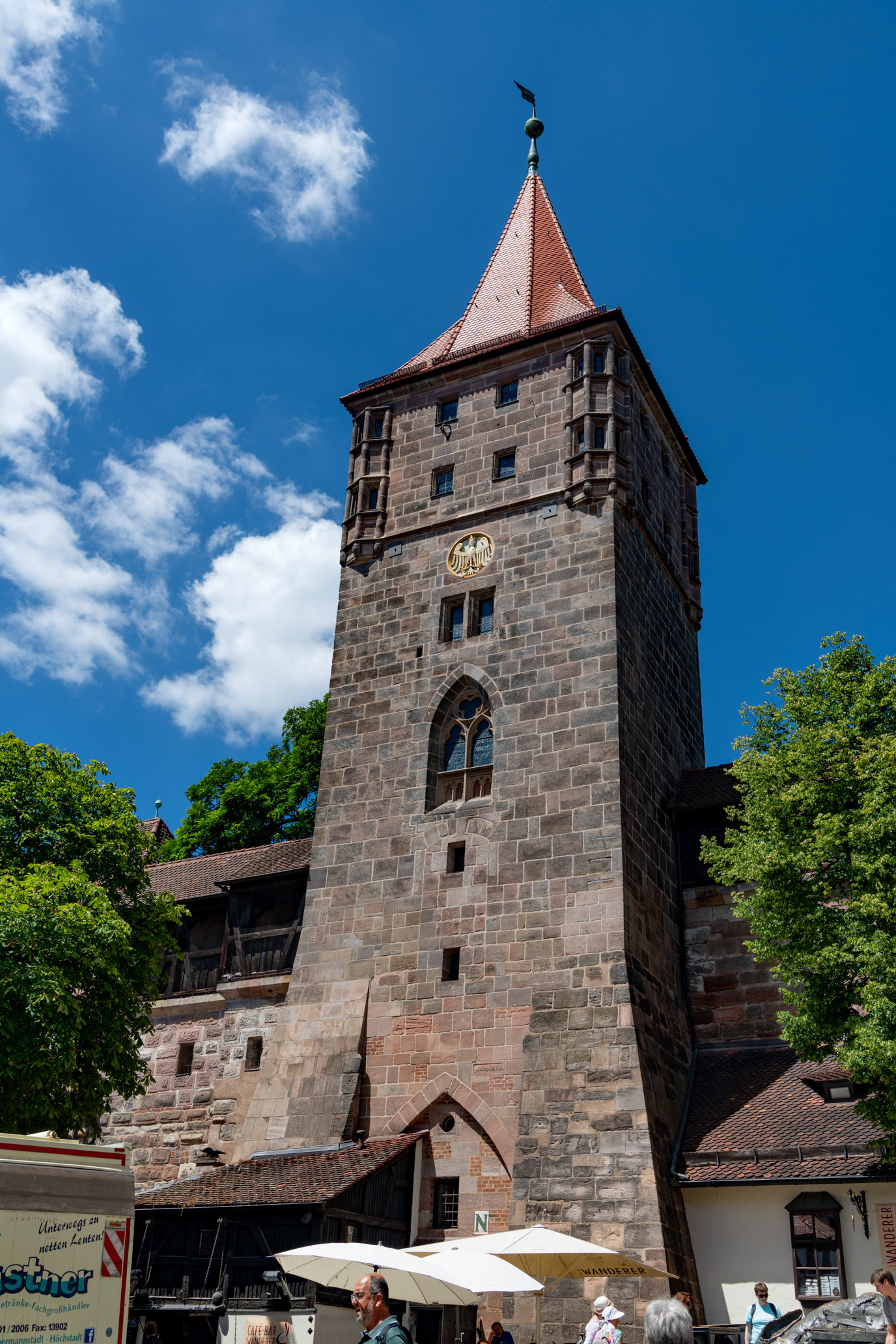
A tower that is part of the wall around old Nuremberg
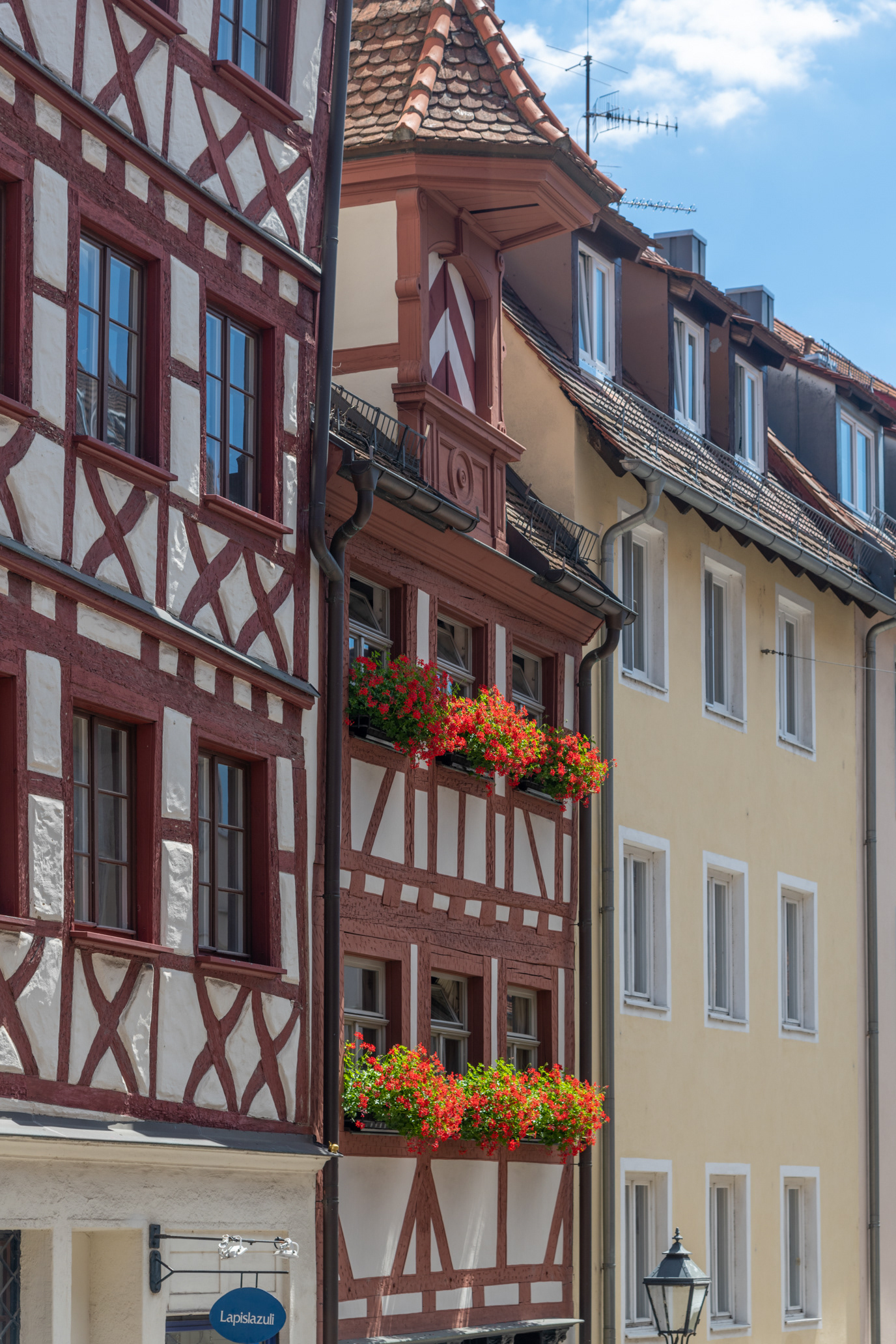
Historic Bavarian architecture

Iconic Bavarian architecture
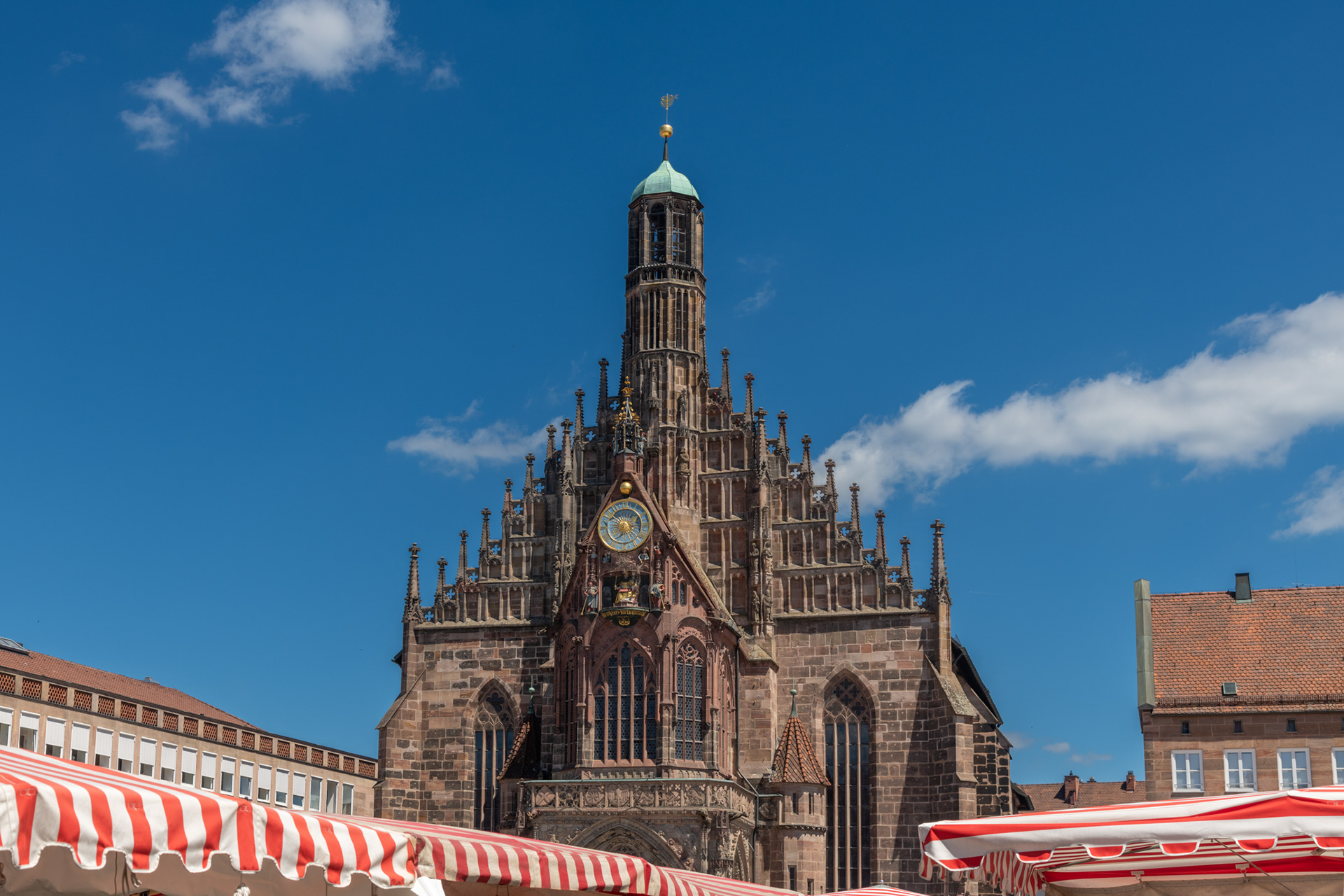
Frauenkirche, a Roman Catholic church located on the eastern side of the Hauptmarkt.
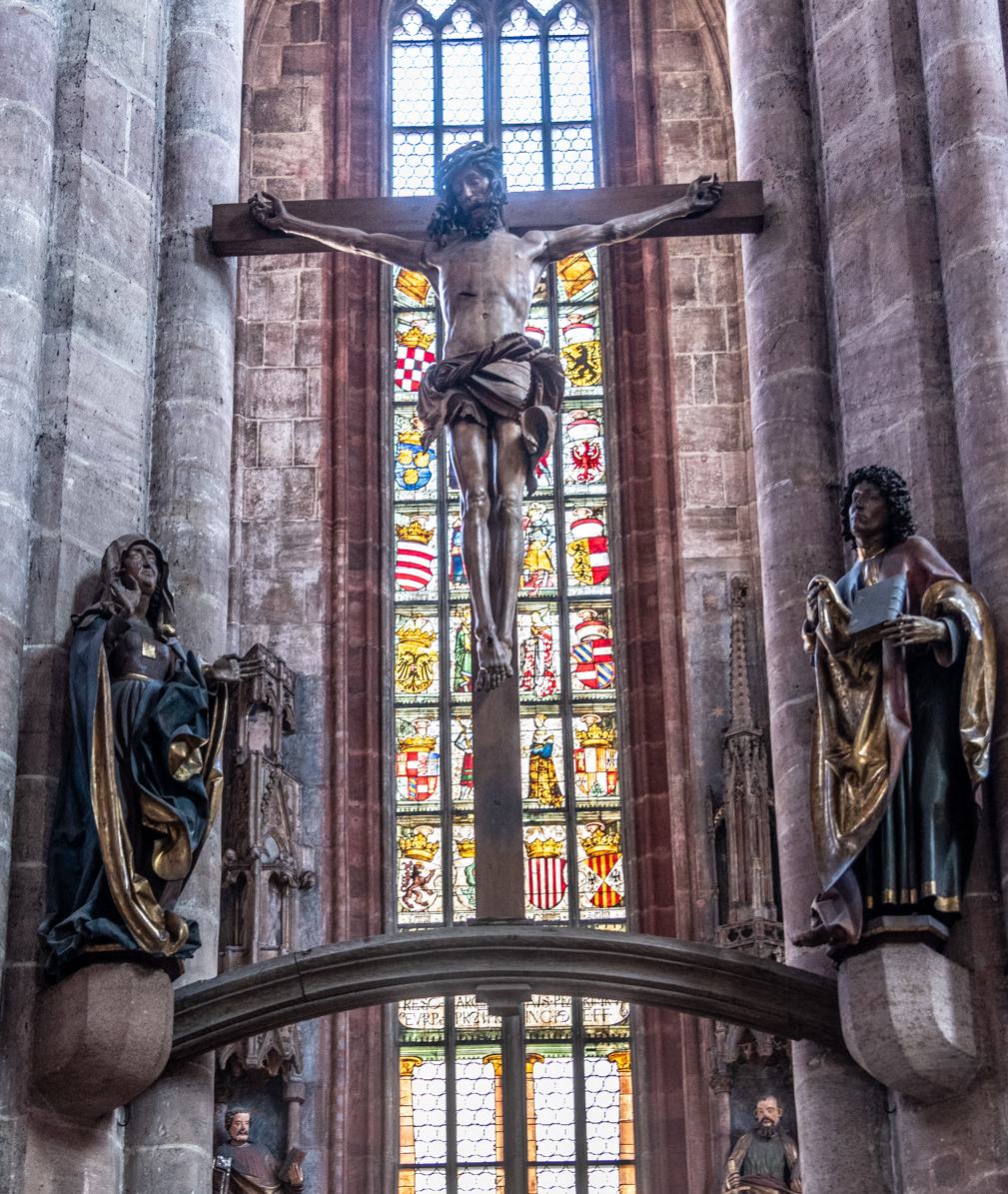
Crucifix in St Sebald Church
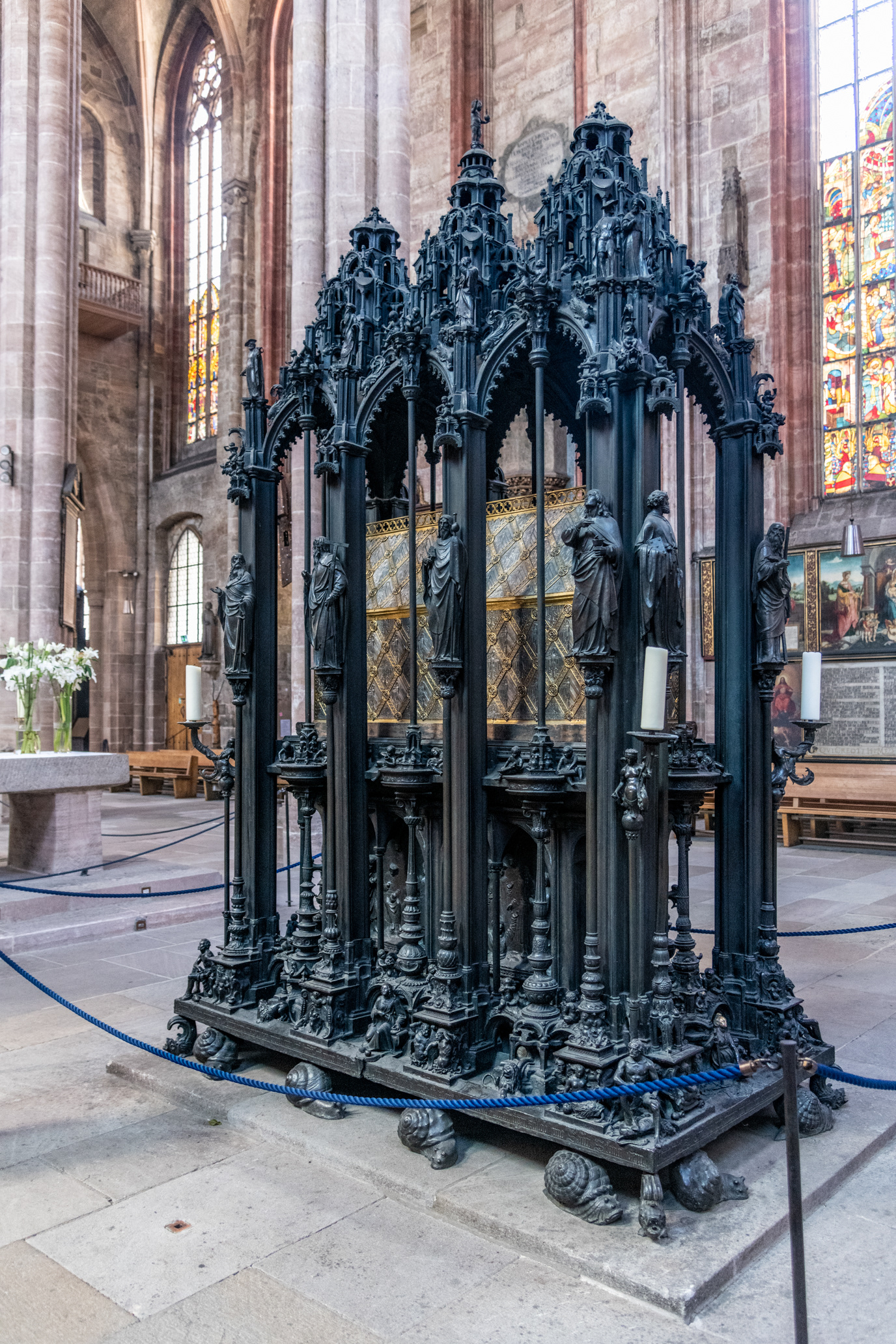
Tomb of St Sebaldus
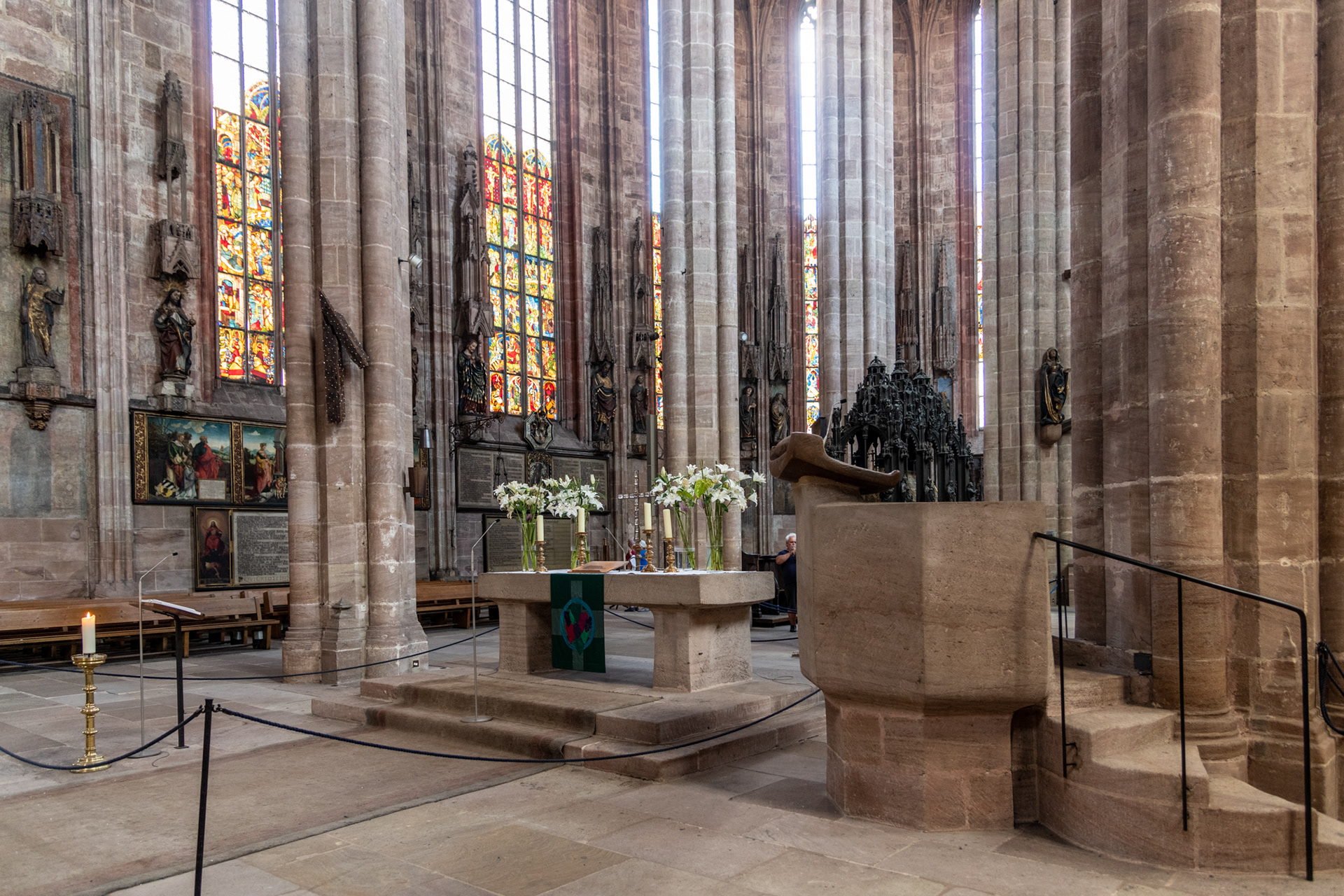
Main altar in St Sebald Church
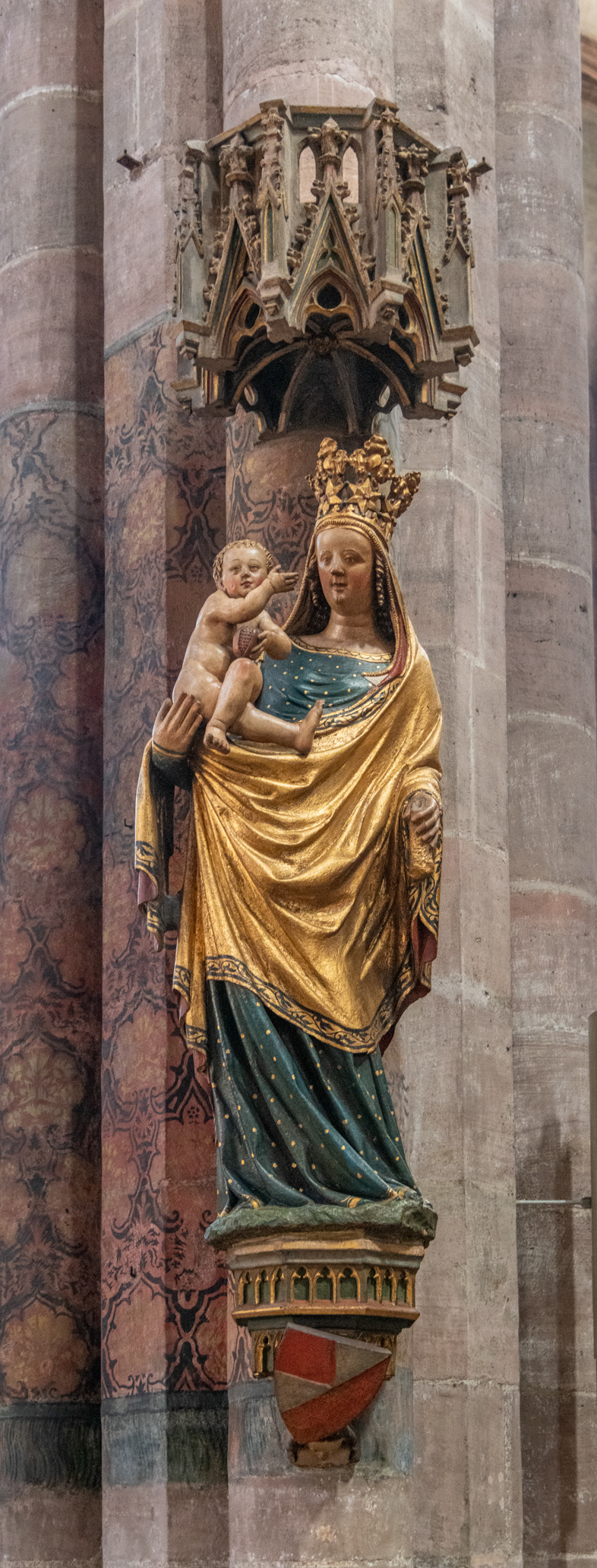
Statue of Madonna and child in St Sebald Church
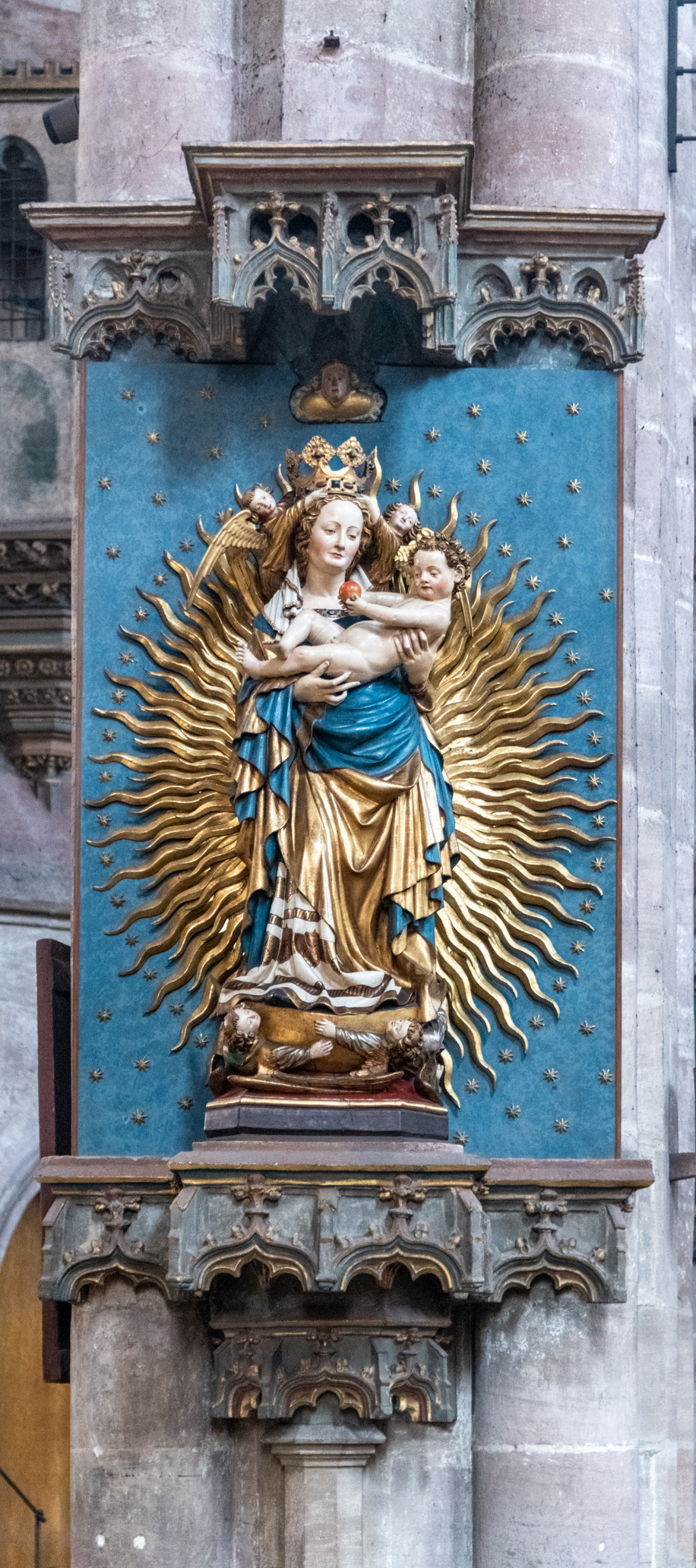
Another Madonna and child statue
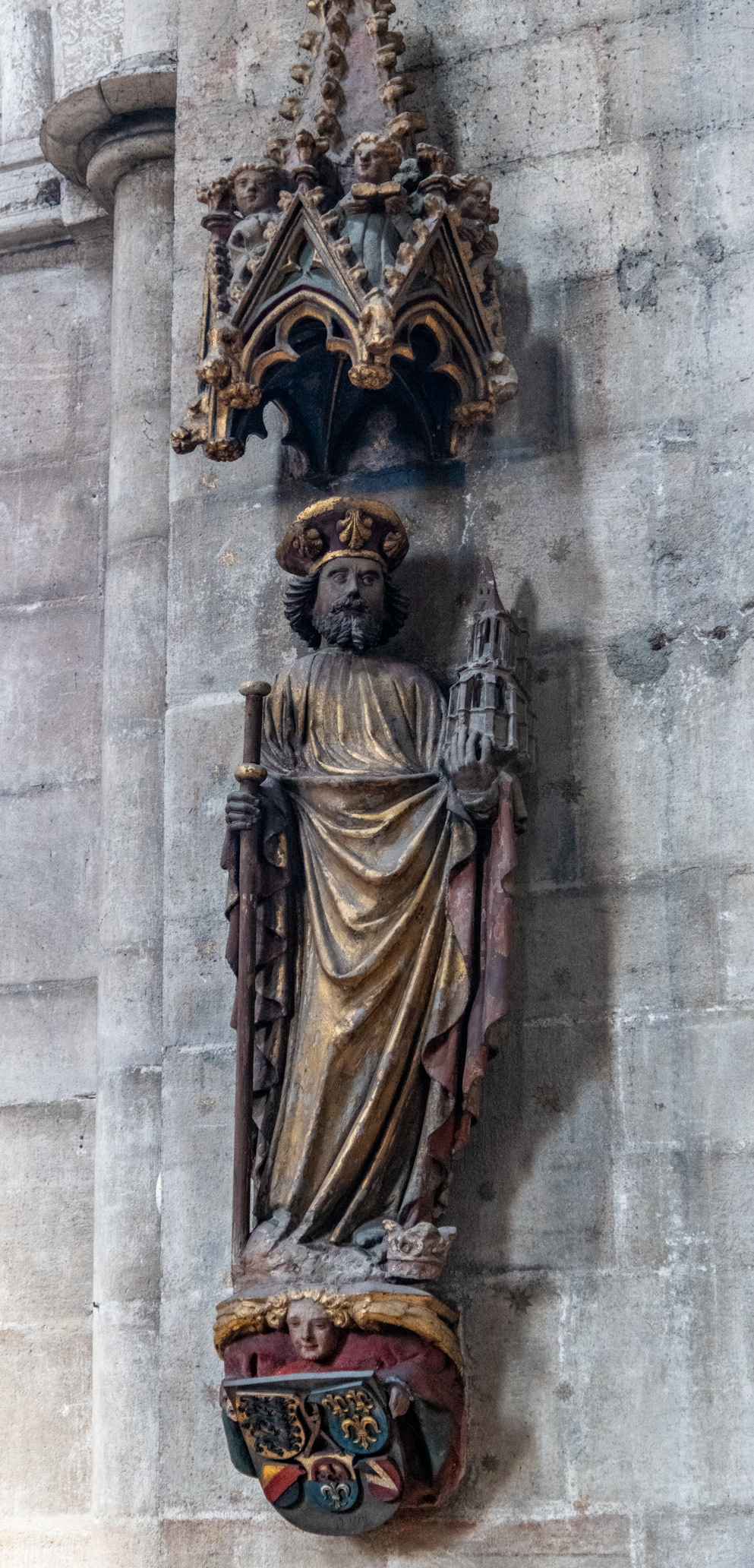
Statuary in St Sebald Church
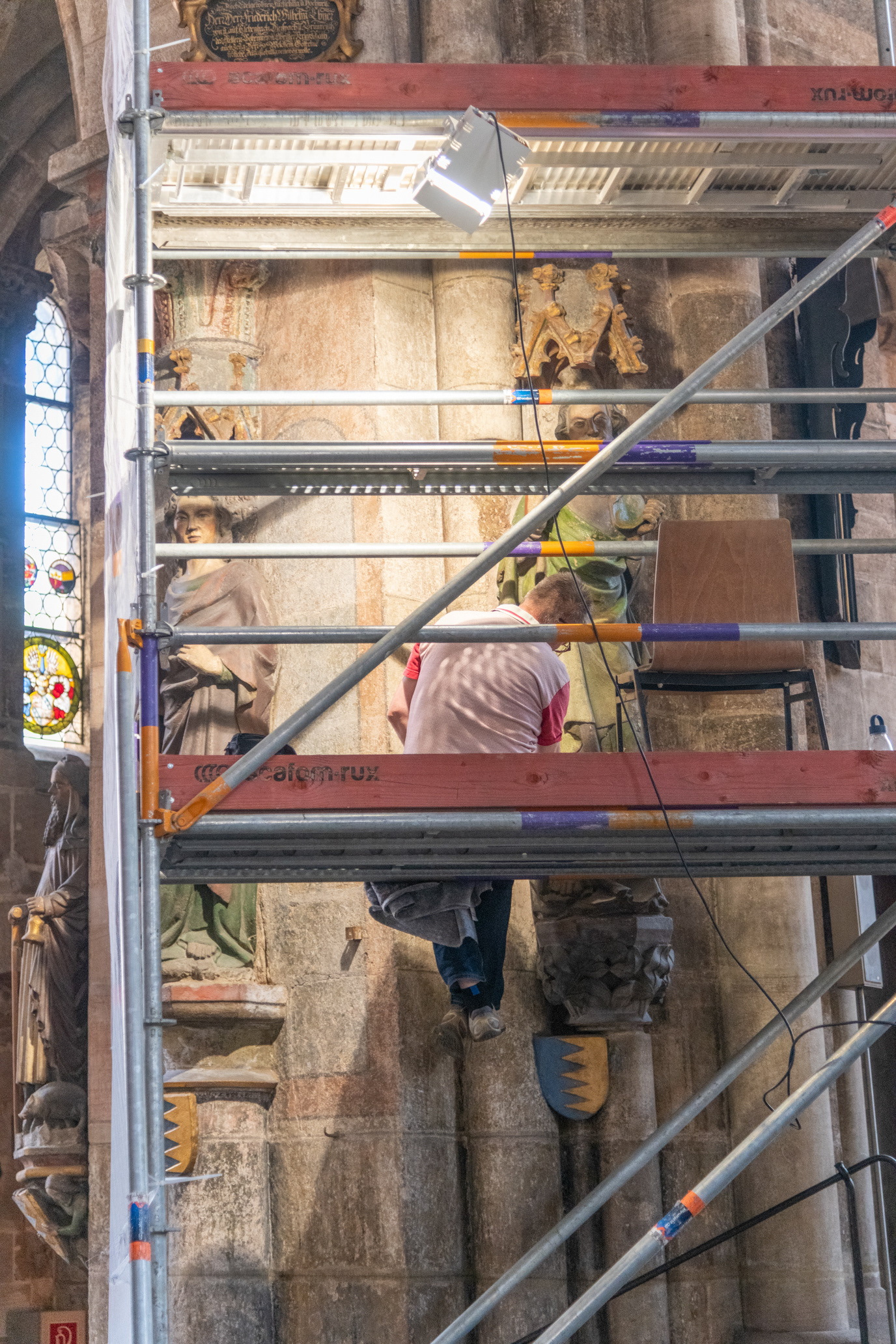
Restoration worker restoring a status in St Sebald Church
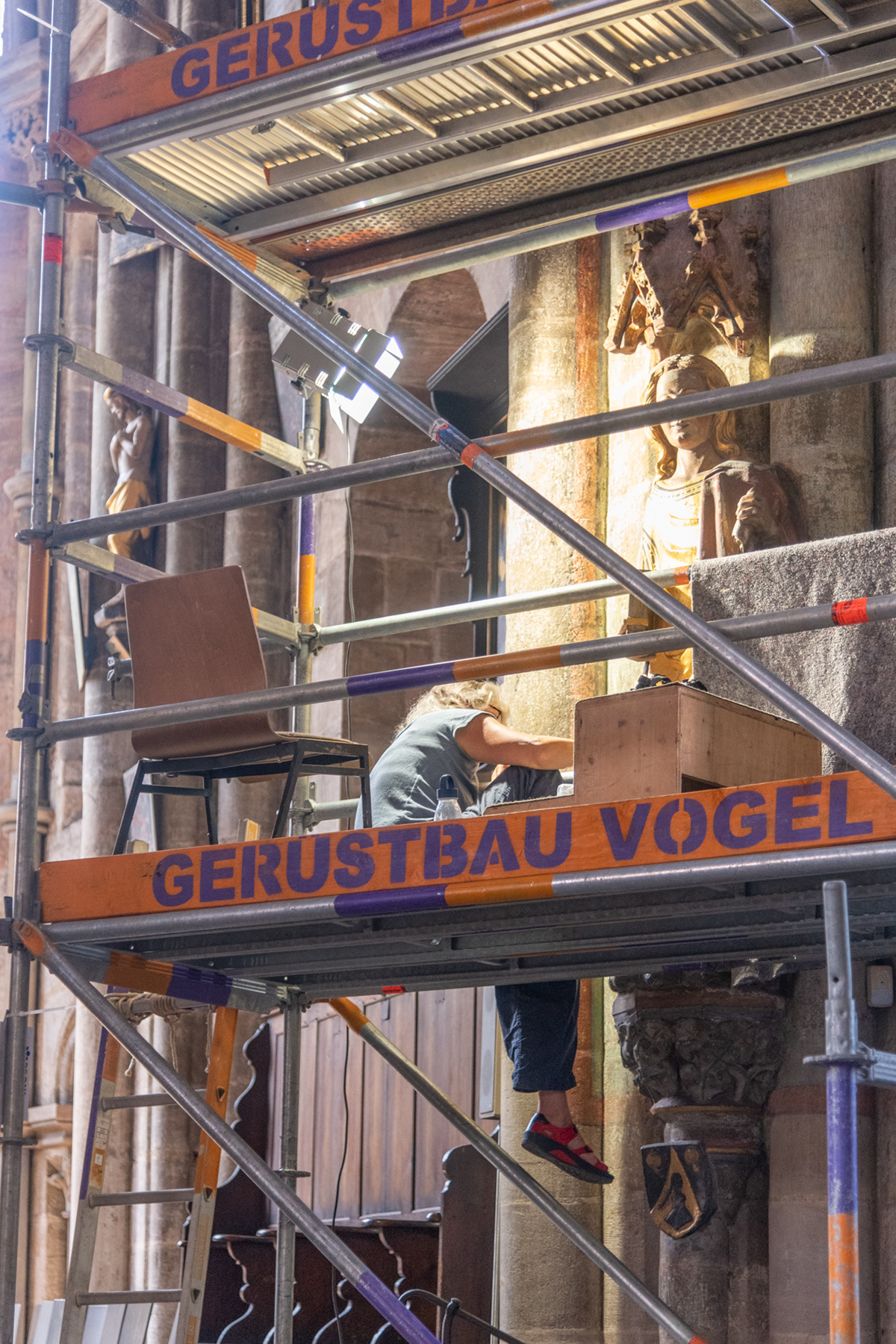
Another restoration project in St Sebald Church
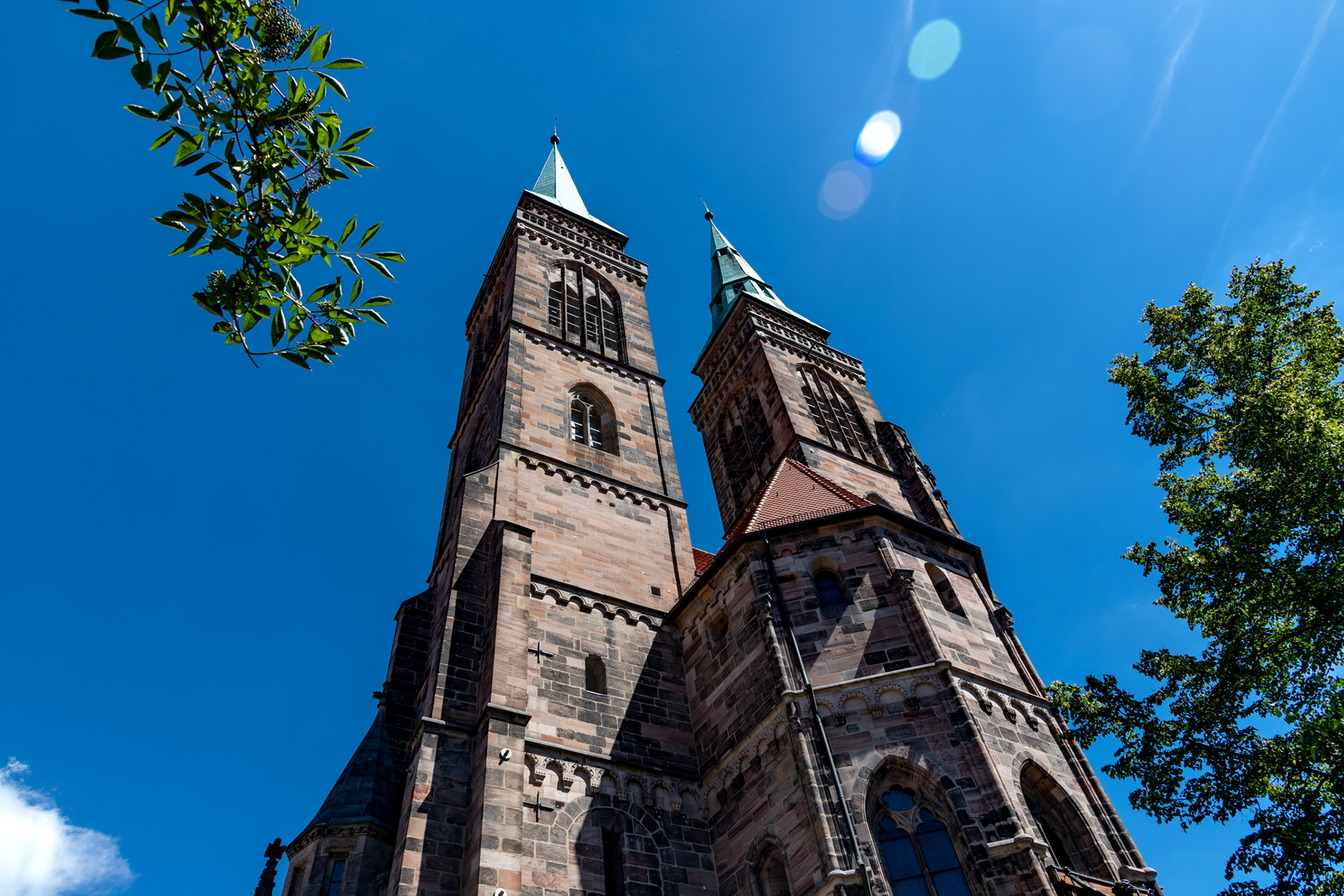
Façade of St Sebald Church
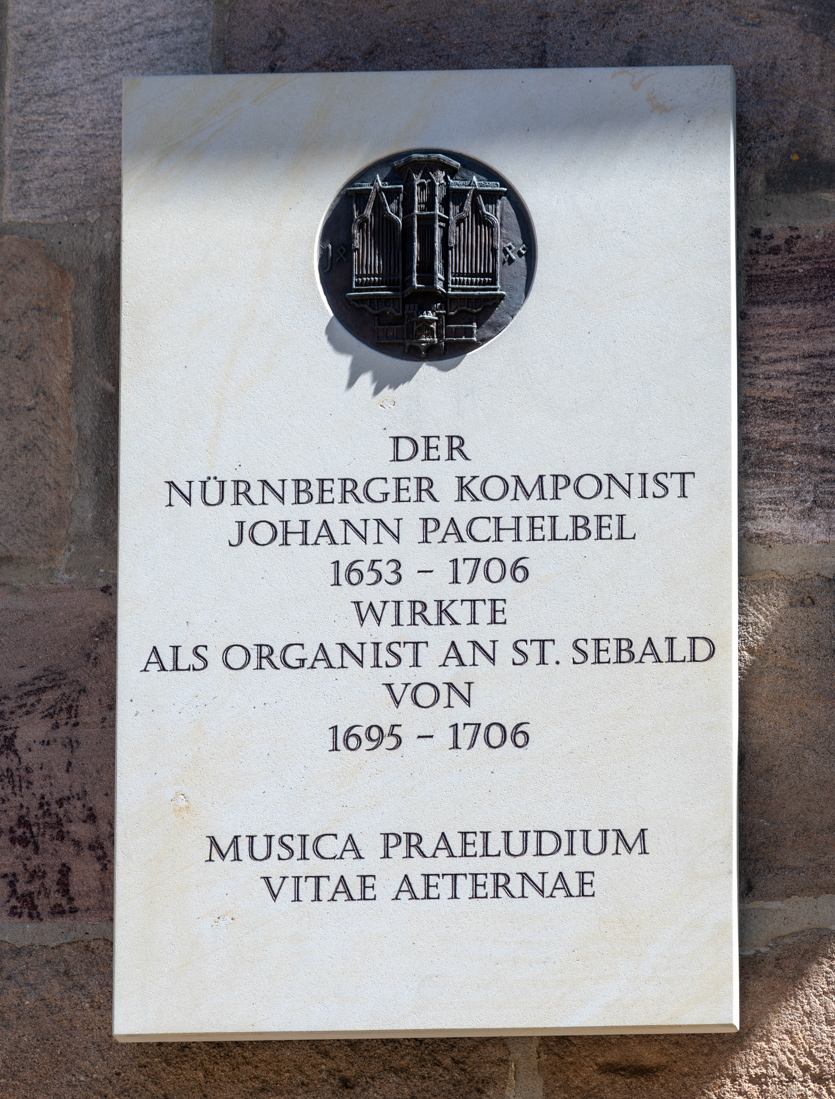
Plaque outside St Sebald Church. Translation: THE NUREMBERG COMPOSER JOHANN PACHELBEL 1653 - 1706 WORKED AS THE ORGANIST AT ST. SEBALD FROM 1695 - 1706 MUSIC IS A PRELUDE TO ETERNAL LIFE
Images from the
Dachau Concentration
Camp Memorial Site
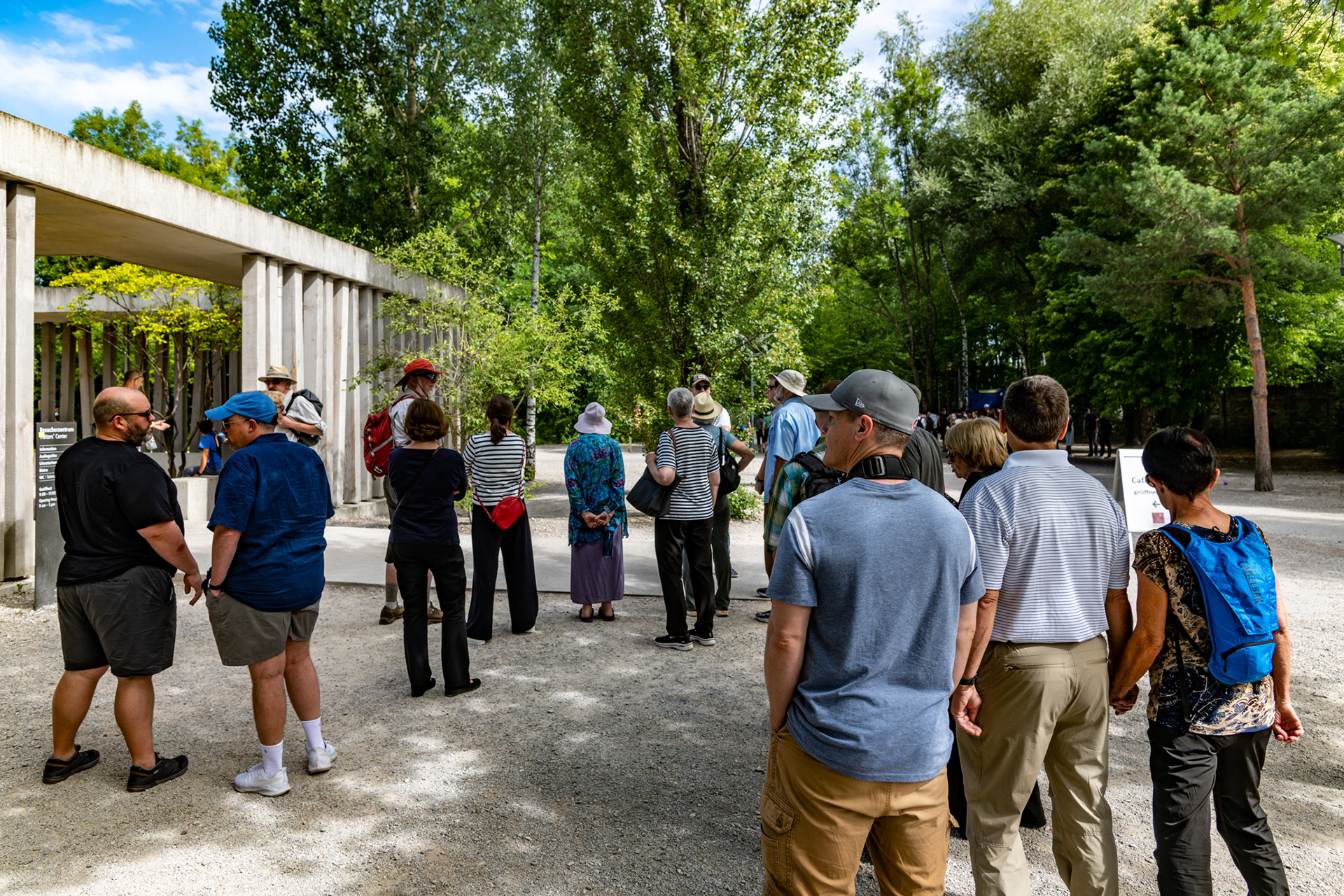
Pilgrims waiting outside the Visitor's Center for our guide.
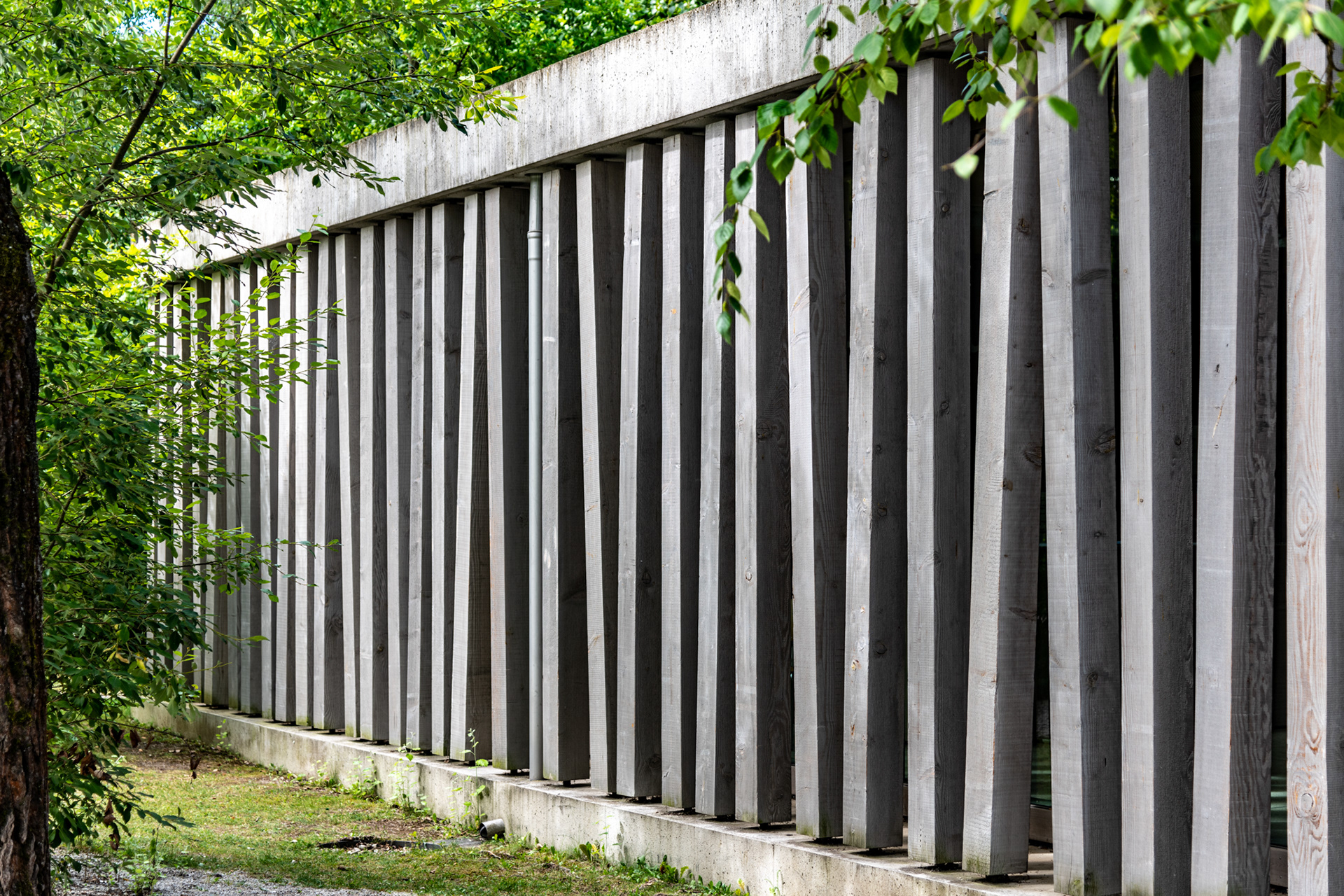
Outer wall of the Visitor's Center
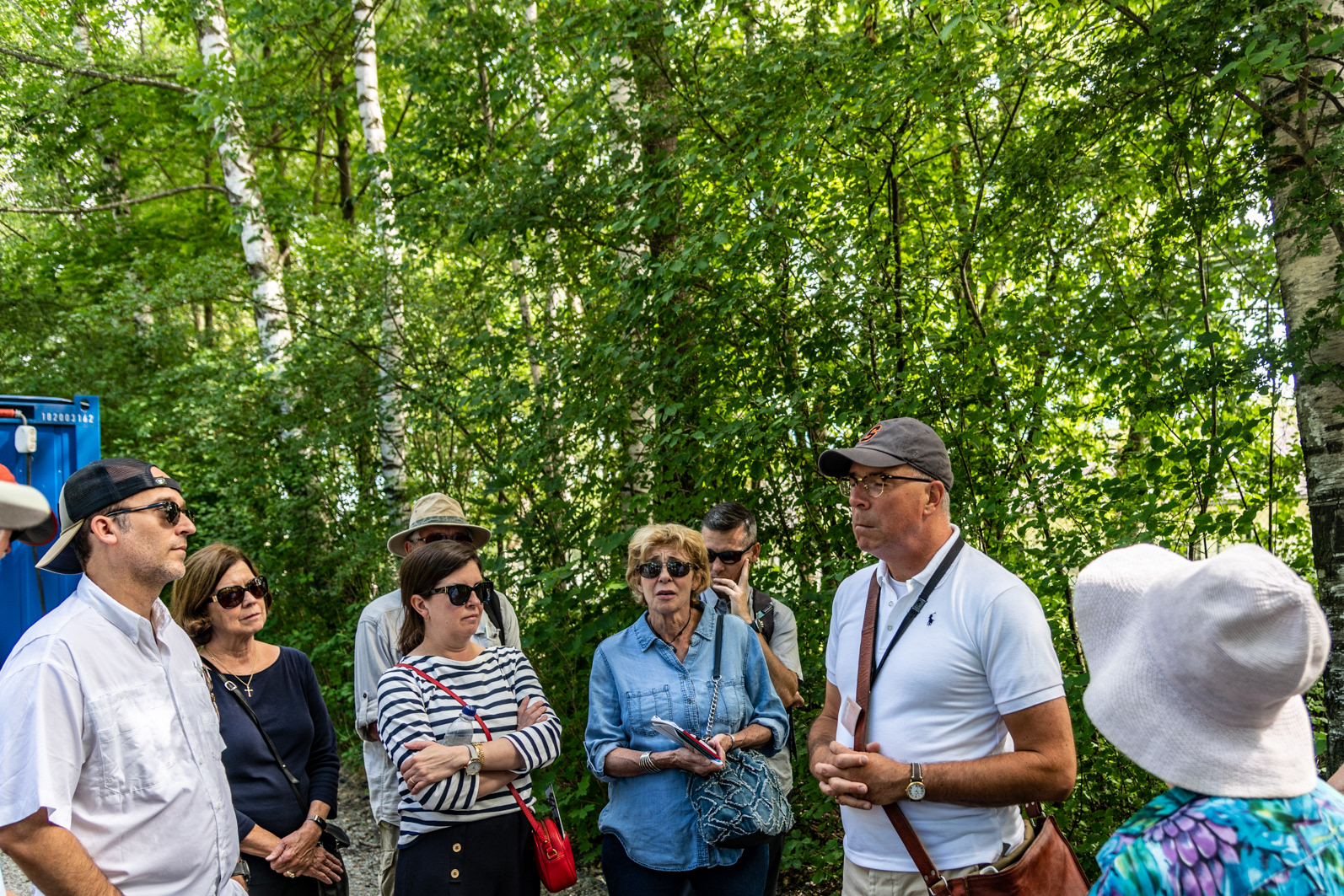
Our guide Stefan giving us an orientation before the tour.
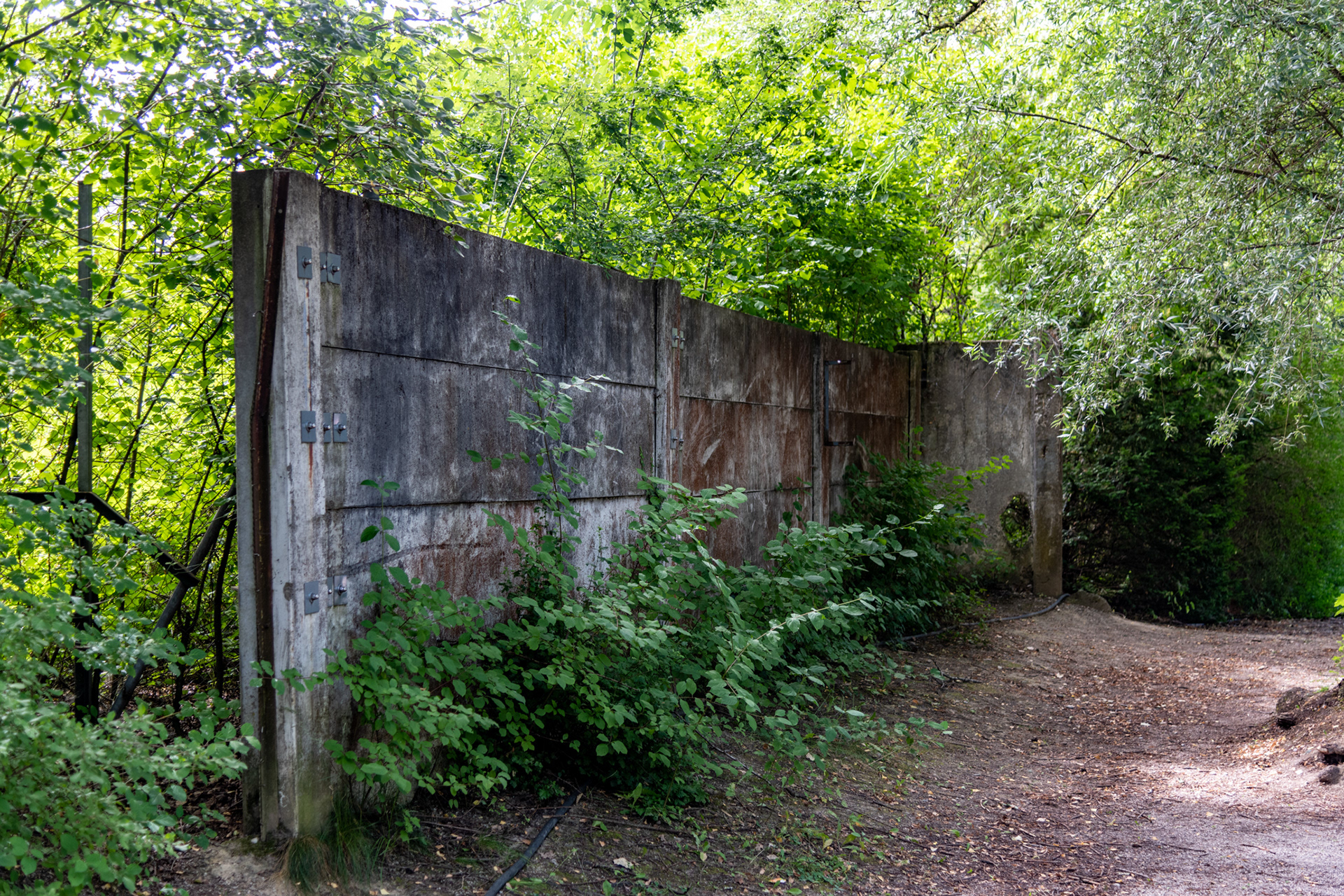
Part of the wall that existed around the Dachau Concentration Camp
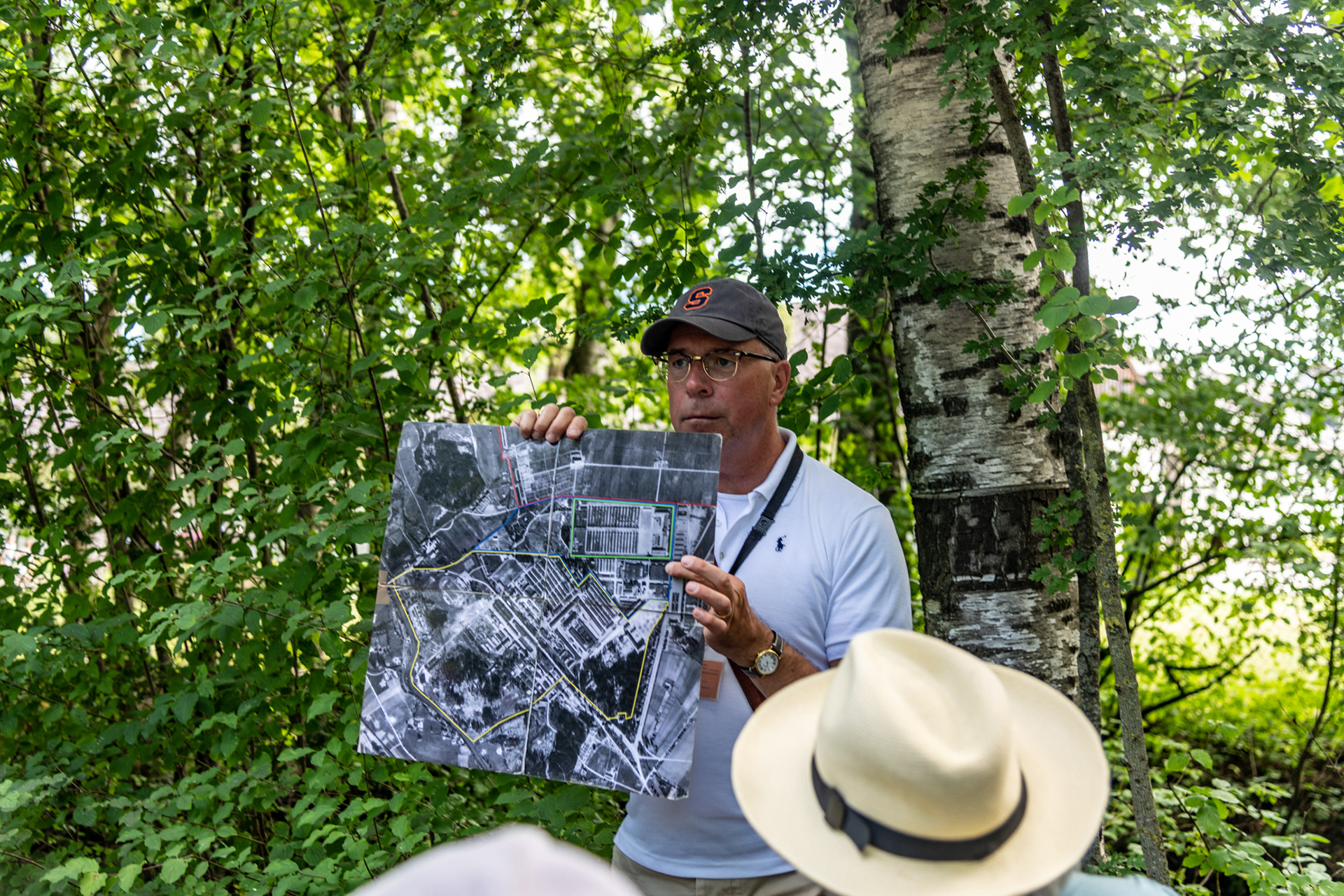
Stefan showing a map of the original camp
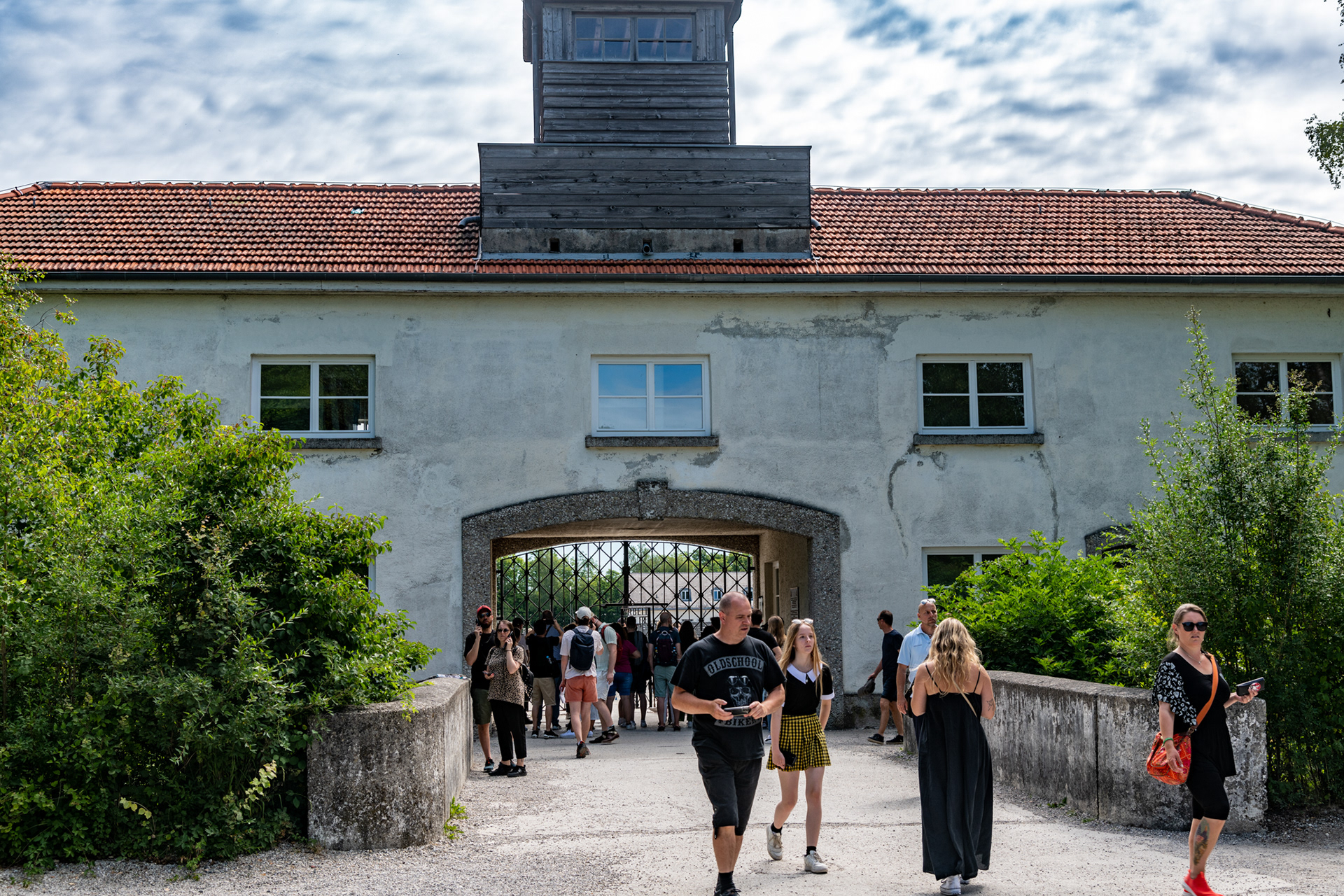
Entrance to the Dachau Concentration Camp Memorial Site
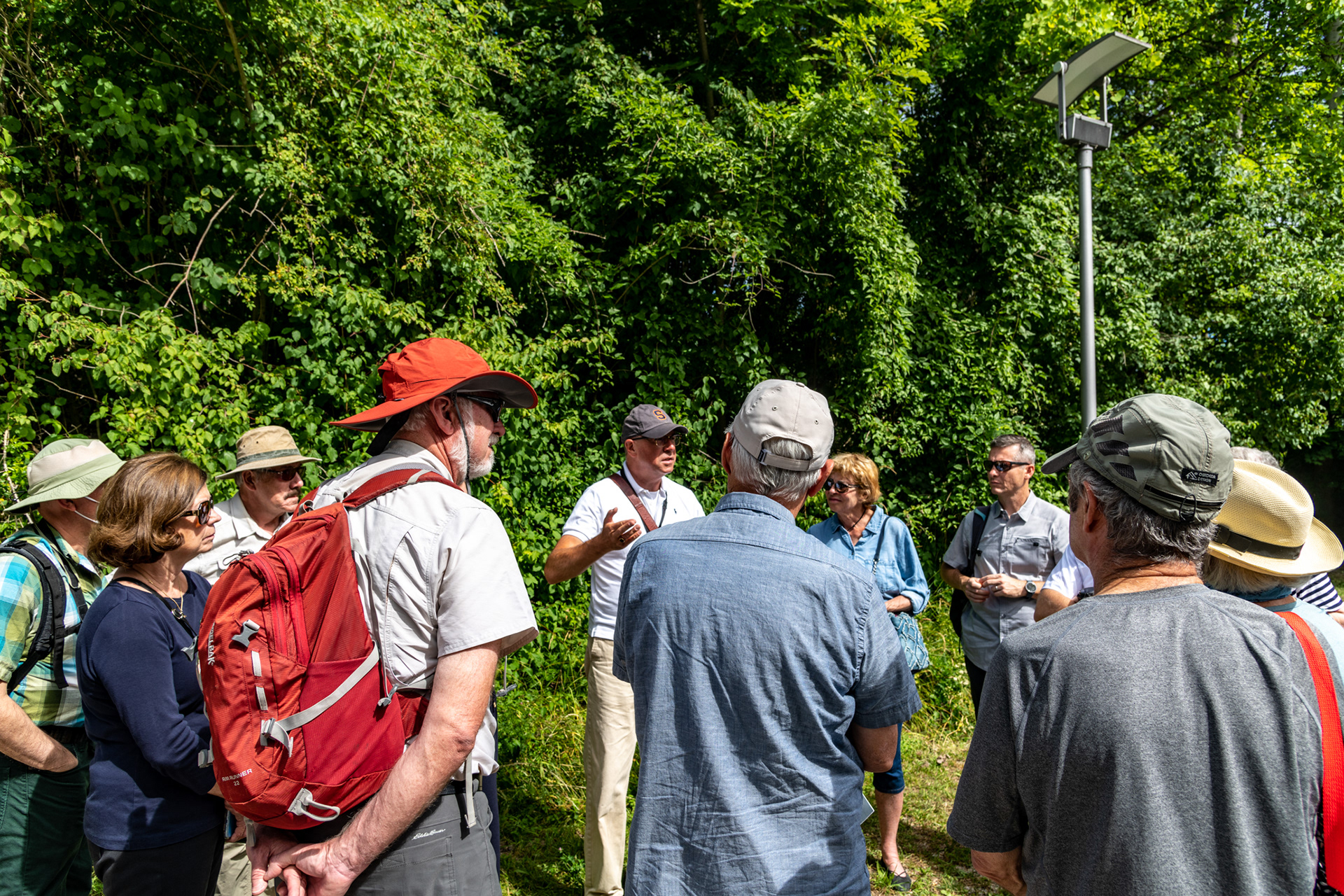
Stefan explaining the history of the camp to the pilgrims.
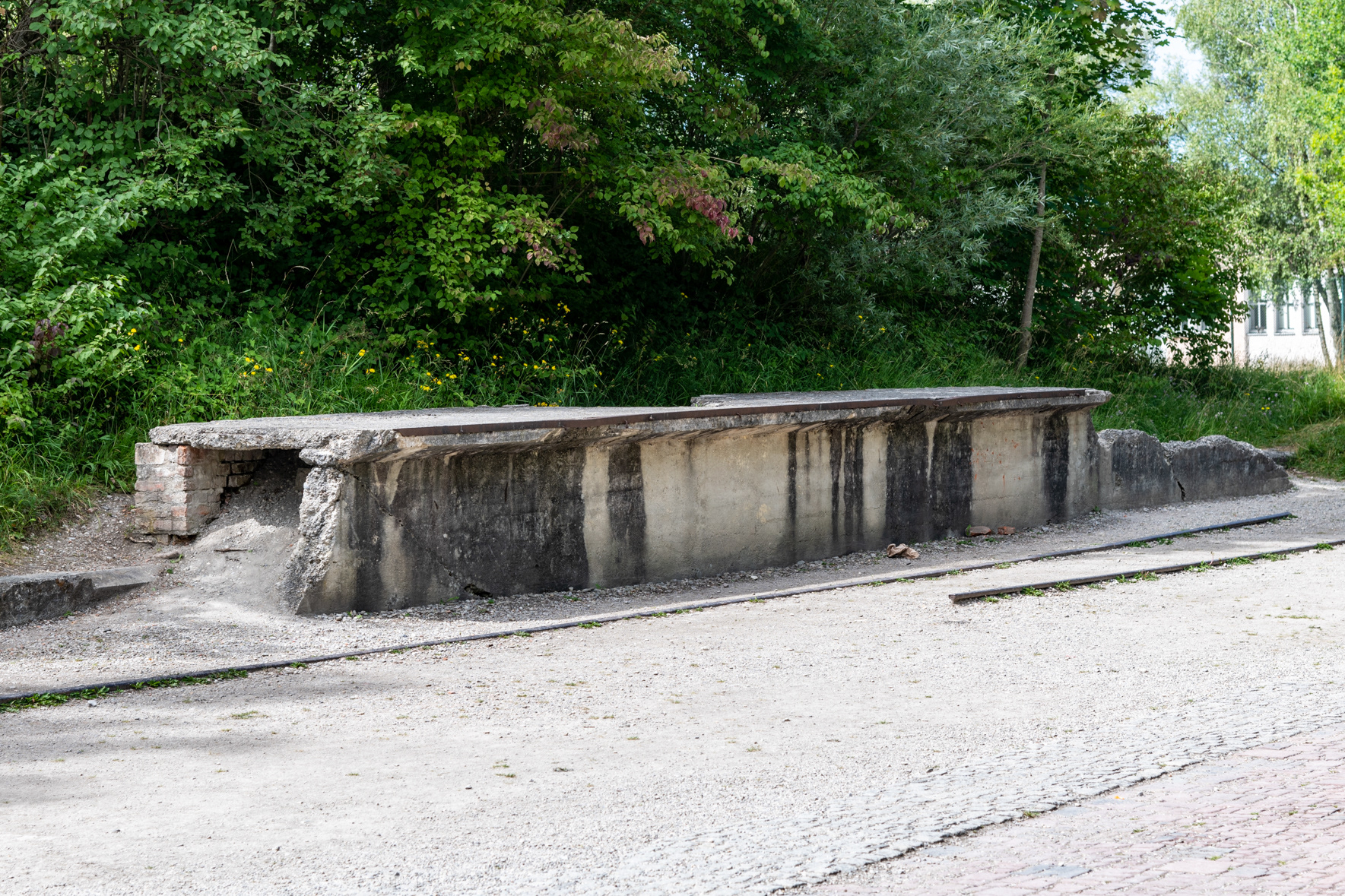
Part of the railway platform near the entrance to the camp. This platform and rail siding were not used to transport prisoners to Dachau. The prisoners were unloaded in Dachau's main rail station and forced to walk through town to the camp.
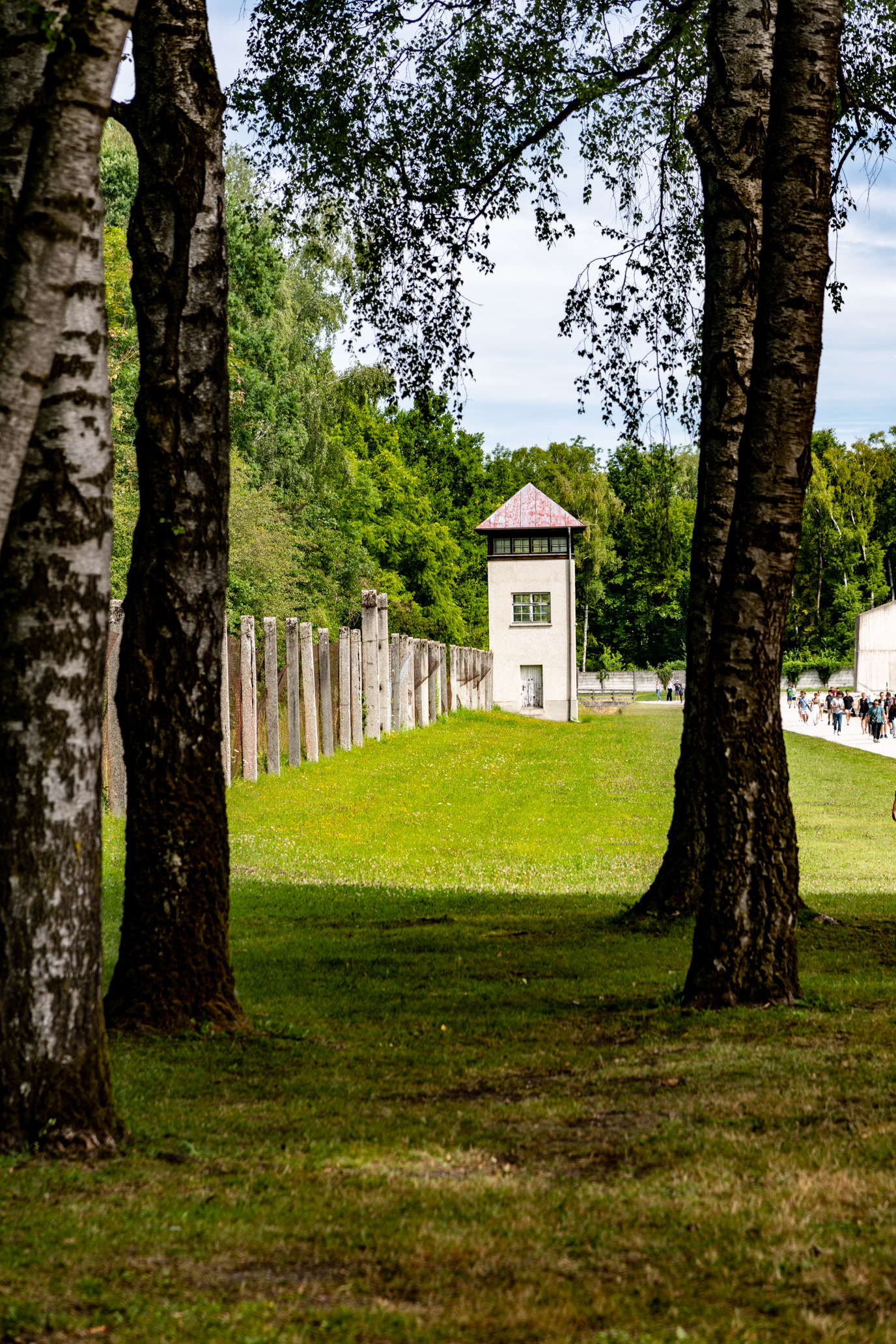
A guard tower on the perimeter of the camp
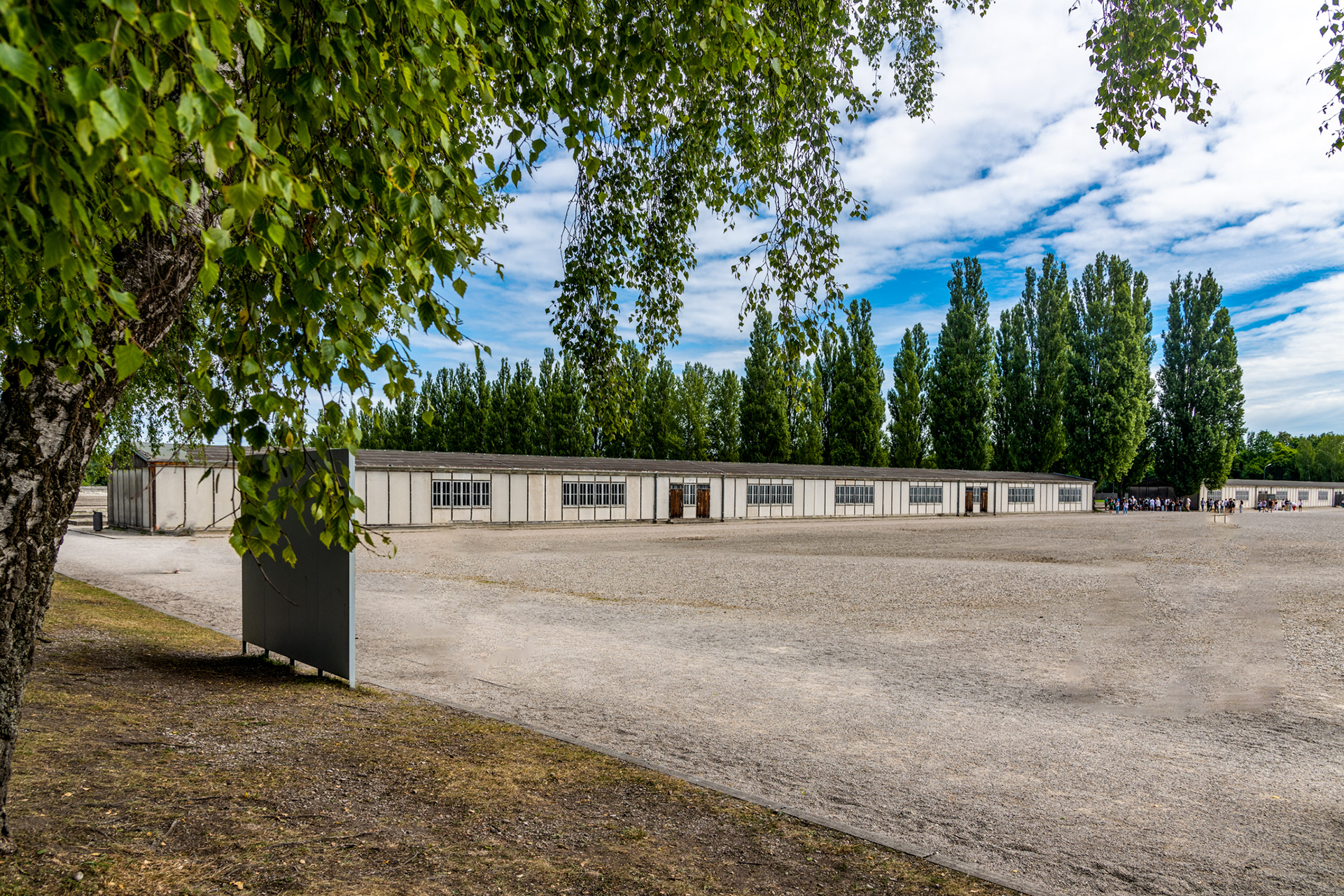
The parade/assembly grounds for the camp's prisoners
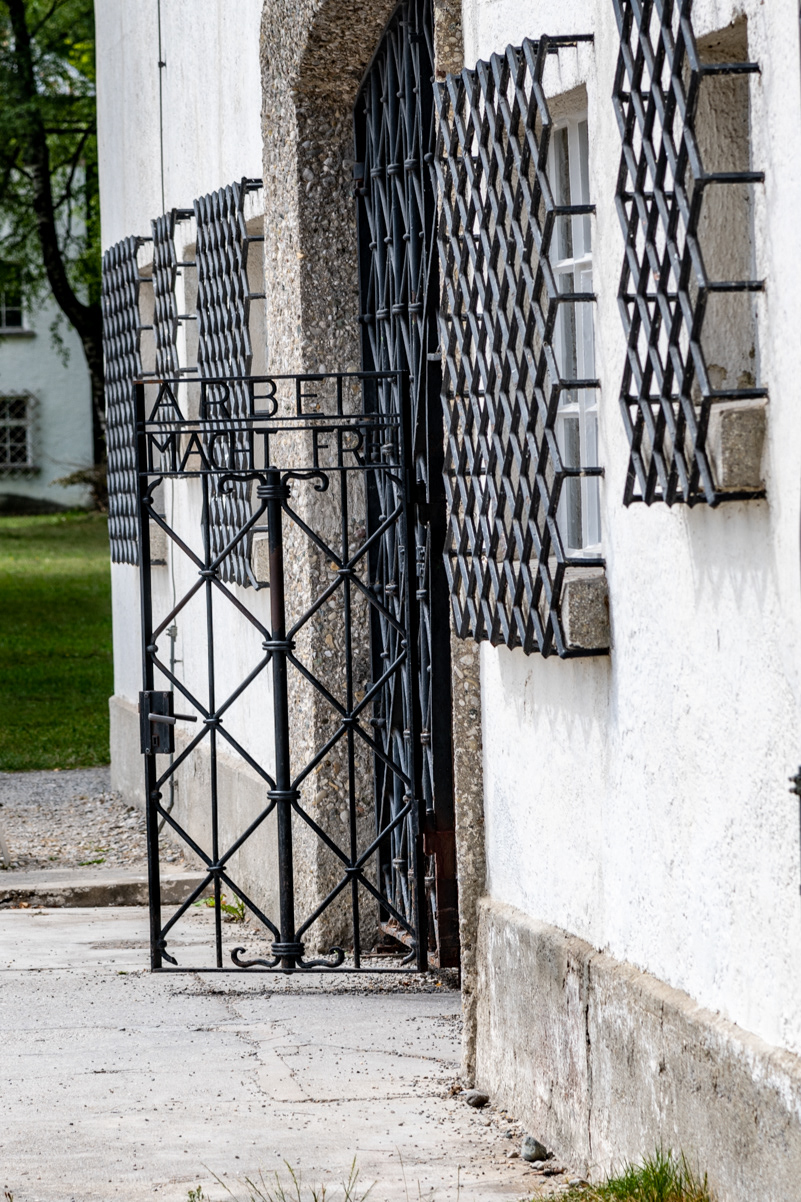
Wrought iron gate at the entrance to the camp. The gate includes the slogan "Arbeit Macht Frei" (Work makes you free).
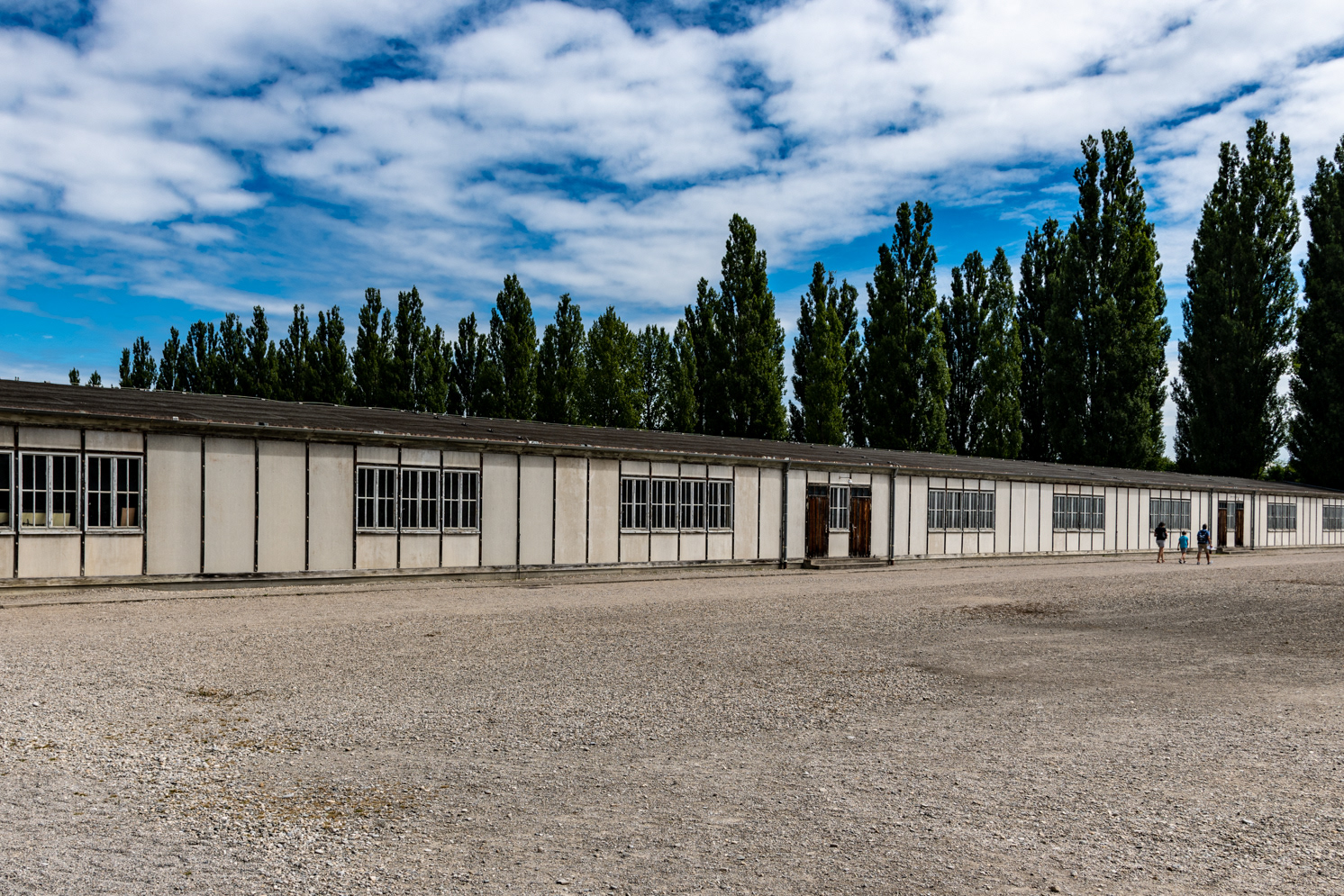
A reconstructed barrack that represents the structure of each barrack over the history of the camp's use.
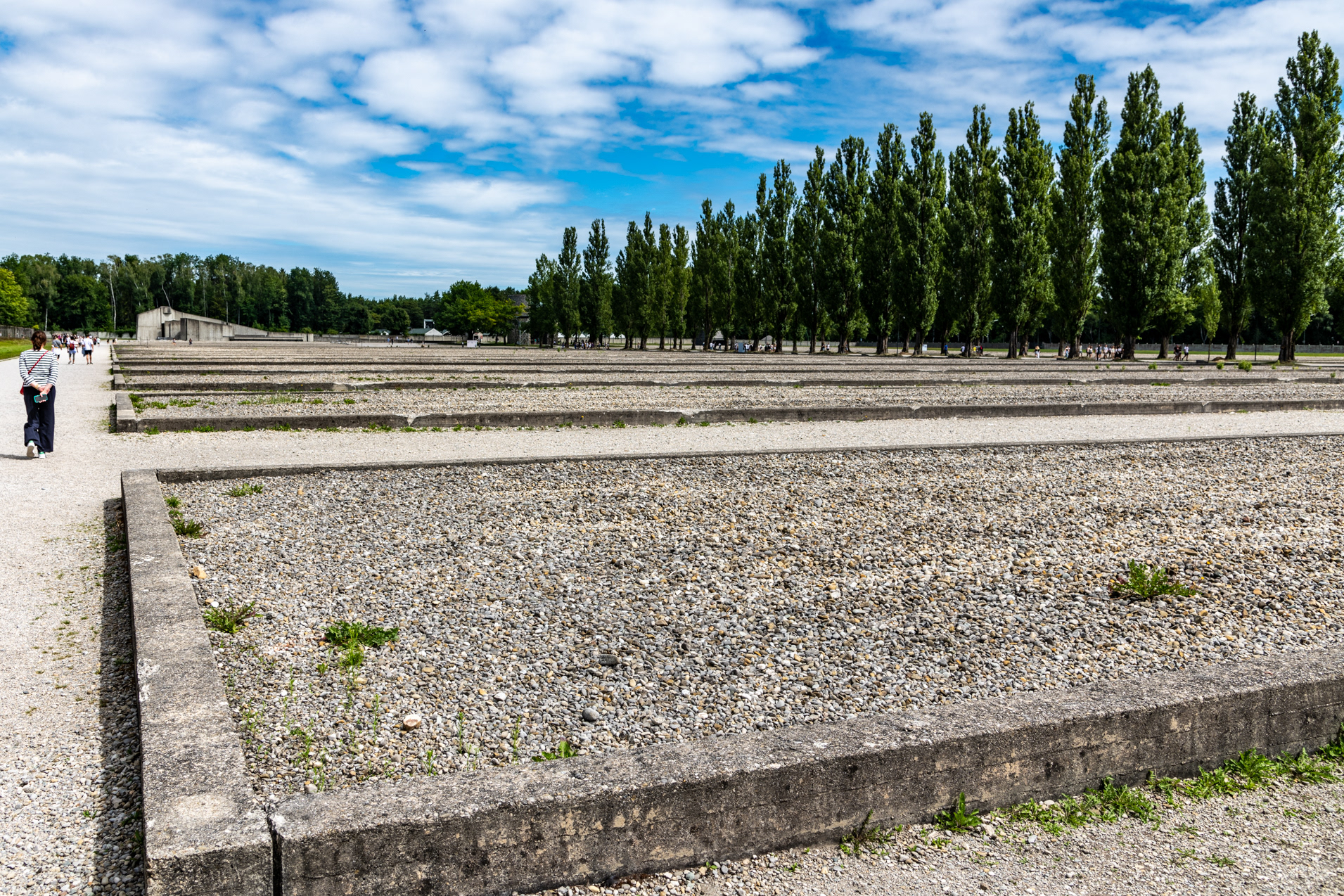
Foundations symbolizing the layout of the camp during World War II.
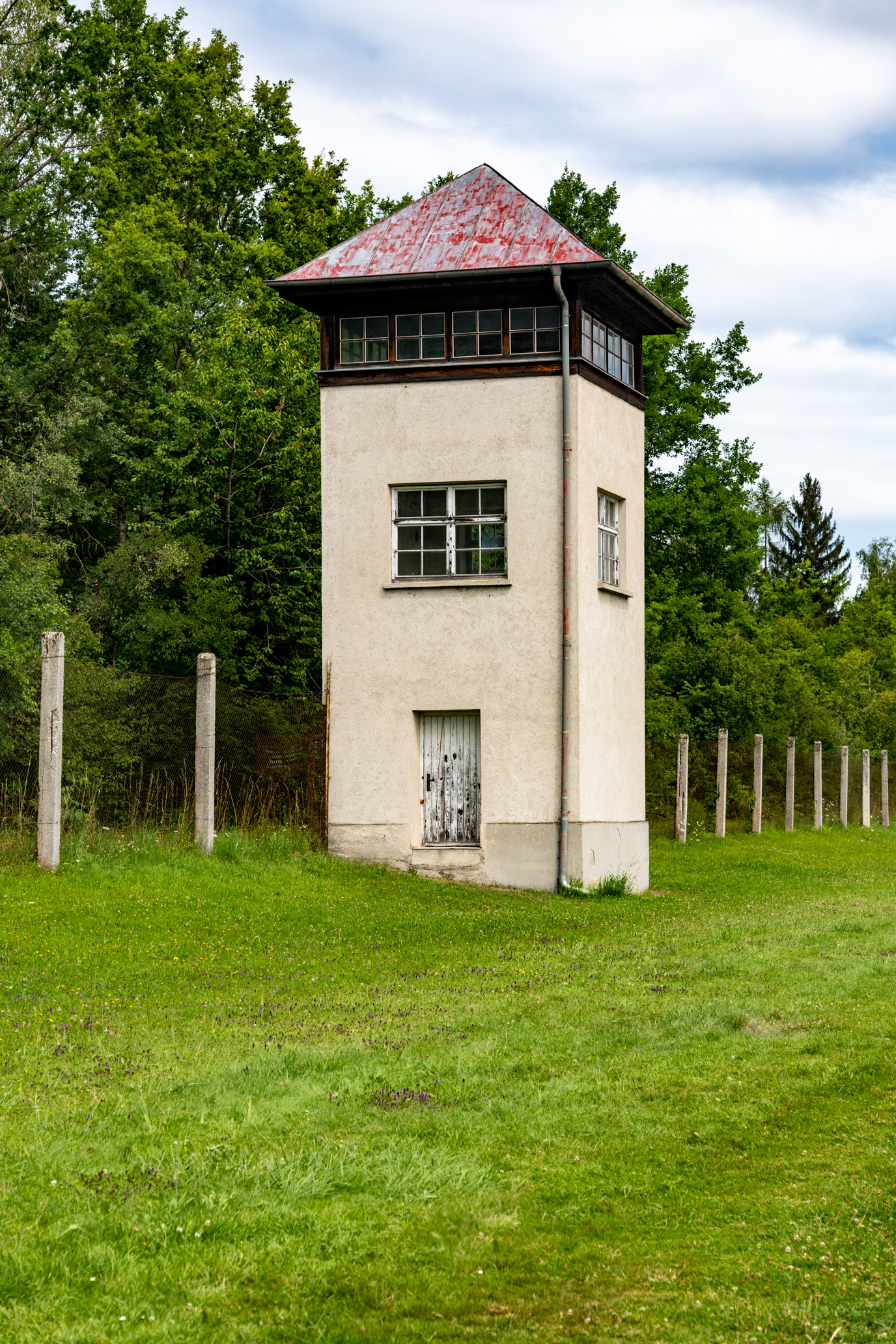
Camp guard tower.
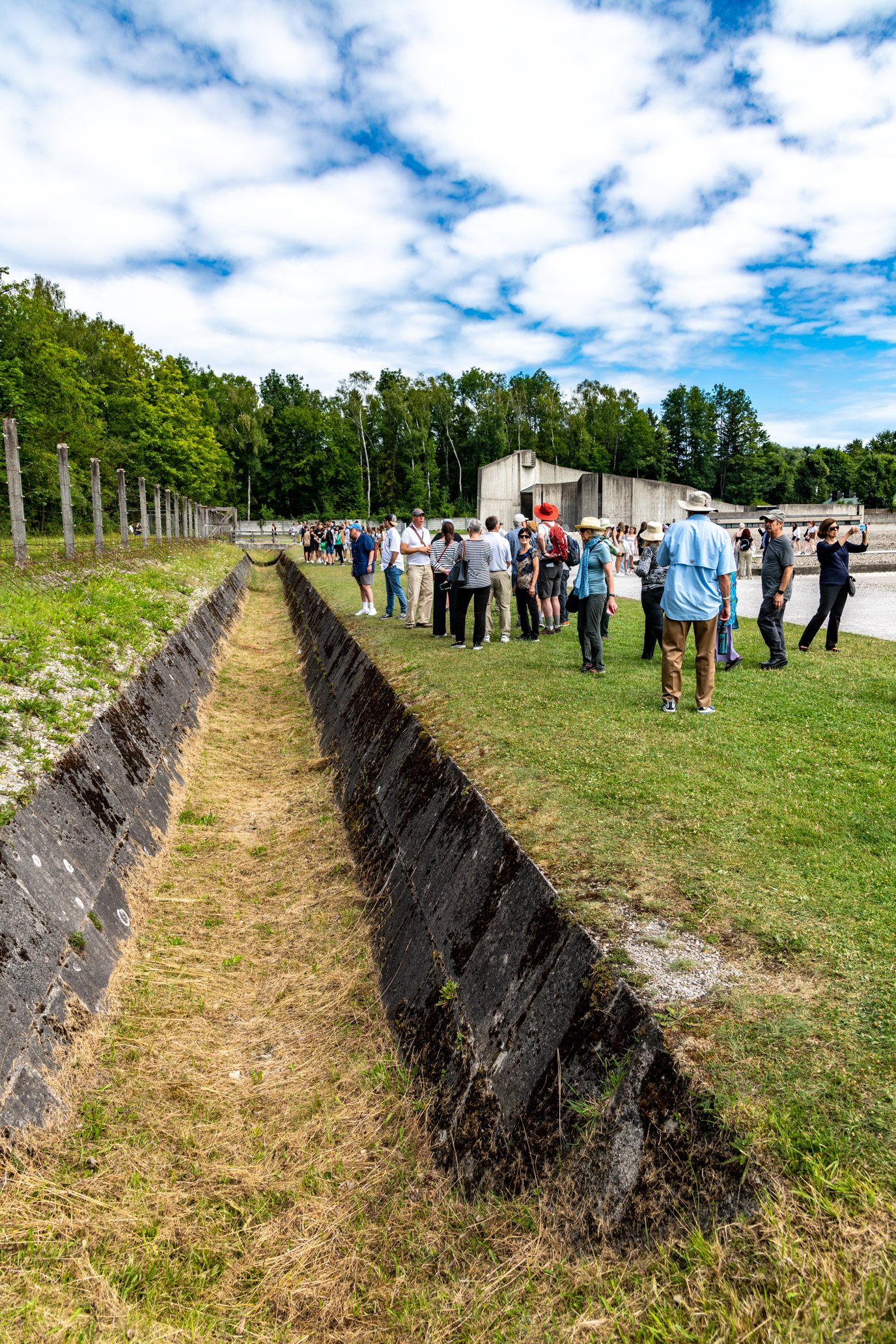
The trench that existed inside the perimeter of the camp walls to prevent prisoners from escaping. The trench is approximately five feet deep.
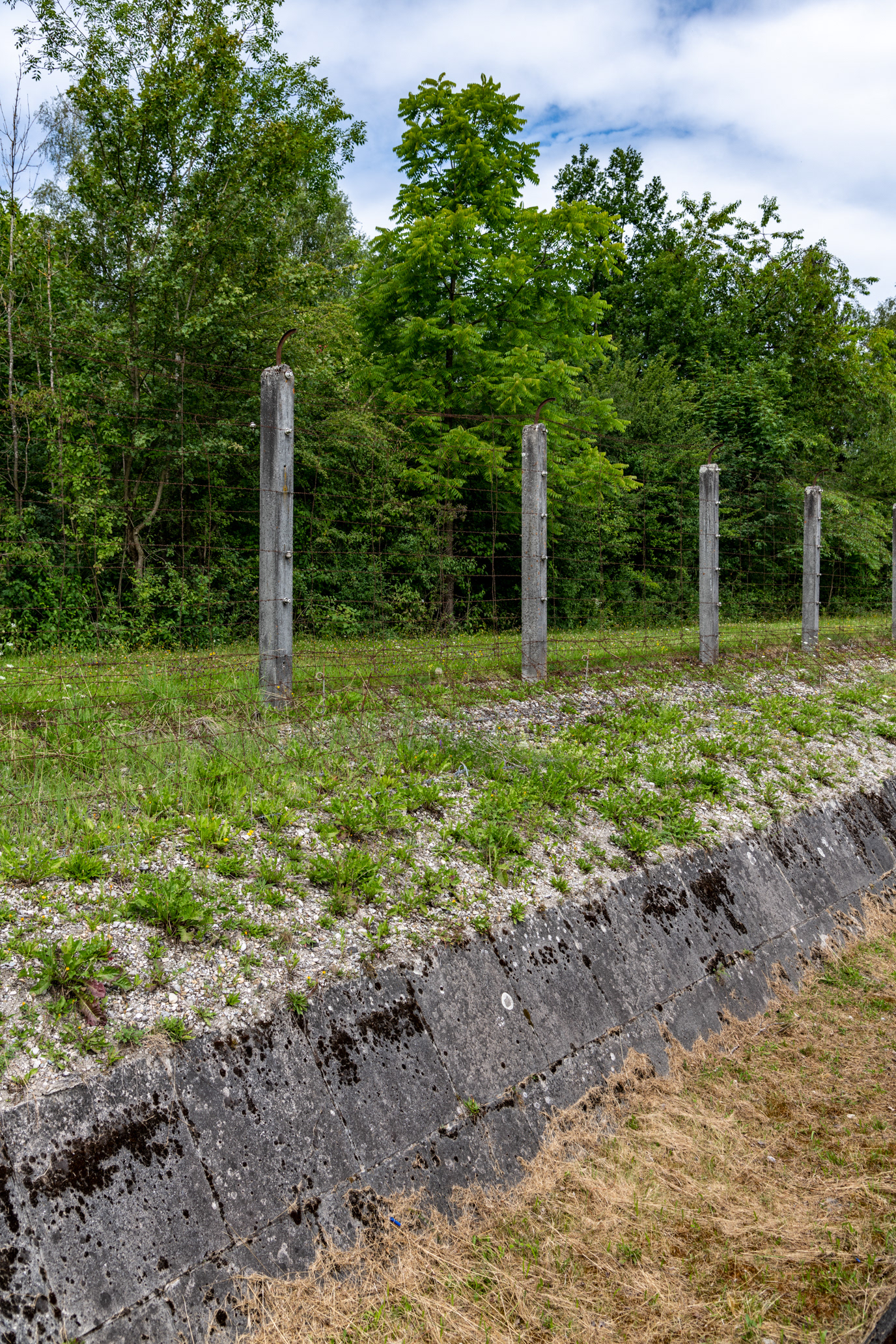
Perimeter trench
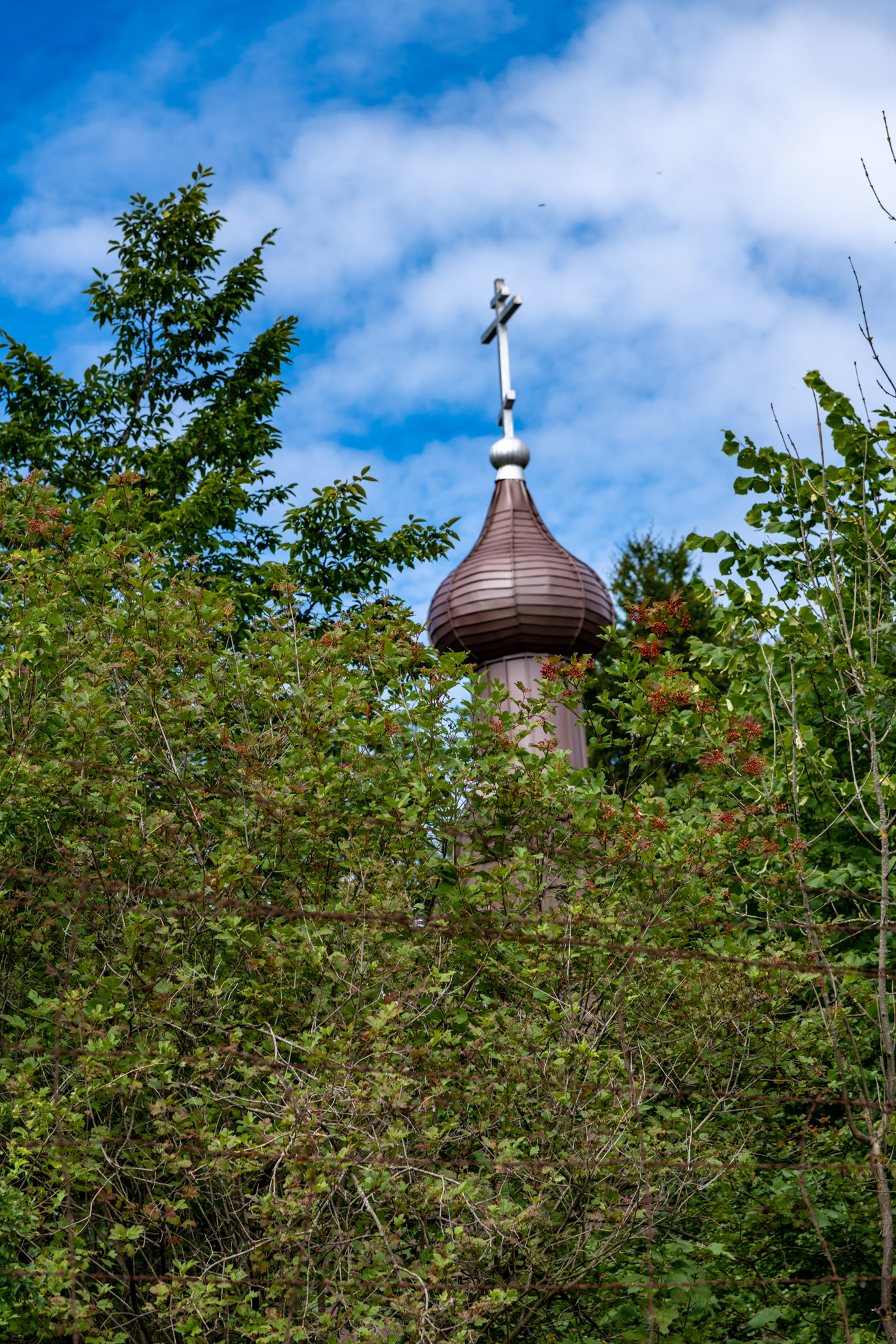
The spire of the Orthodox chapel. This chapel was built outside the camp perimeter while other chapels were allowed to be built inside the camp perimeter.
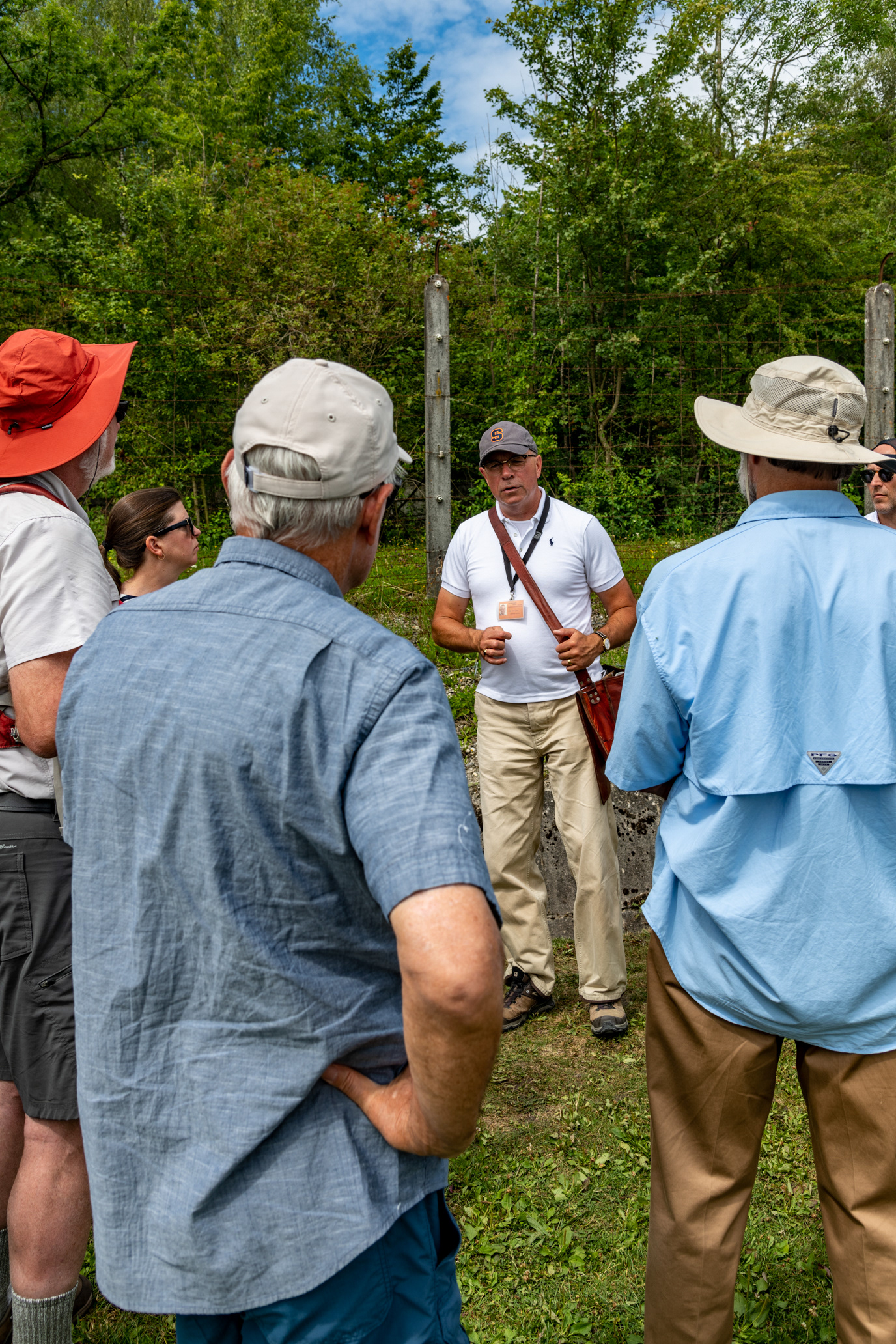
Pilgrims listening to Stefan's explanation of the perimeter trenches.
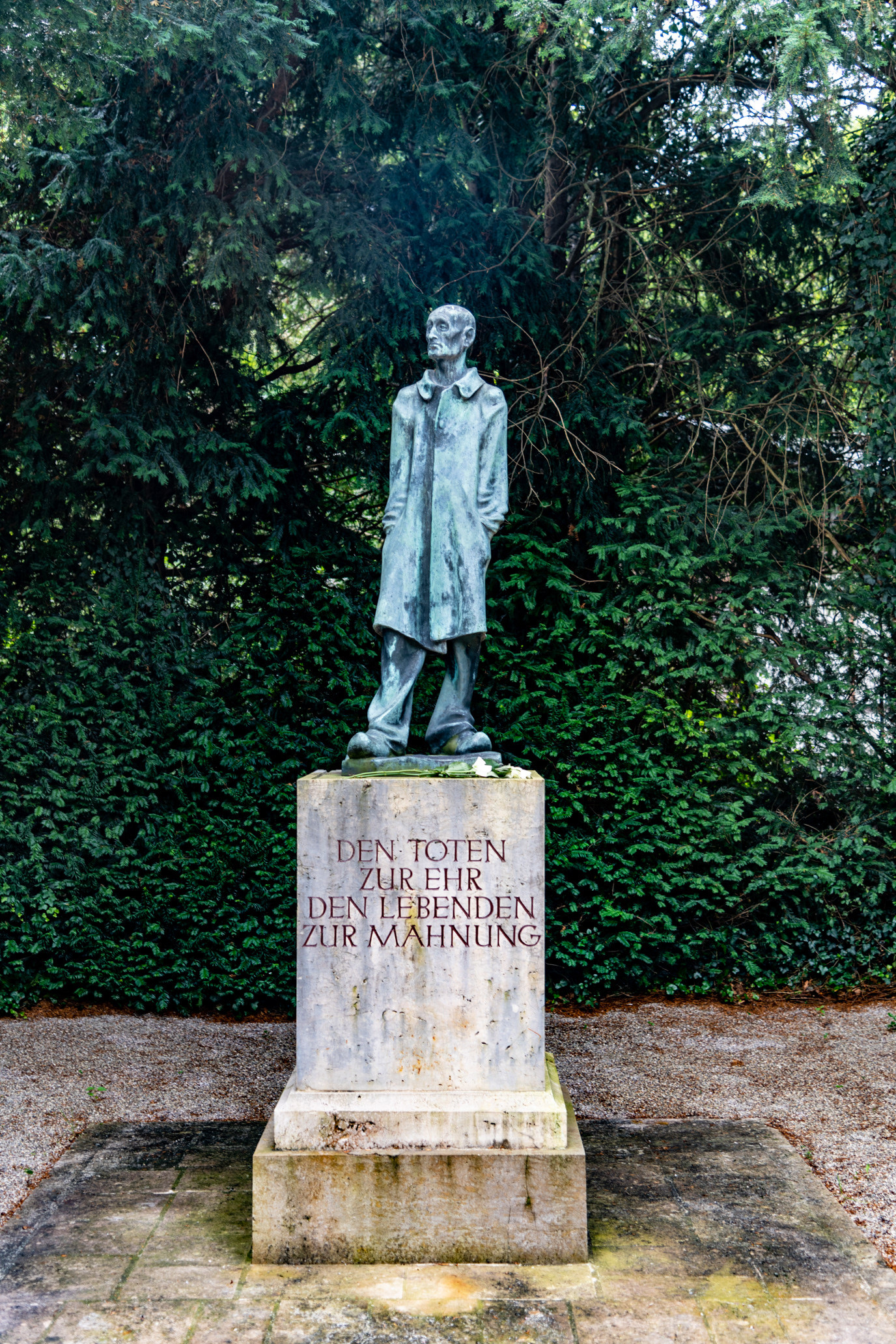
Statue dedicated to the Unknown Prisoner.
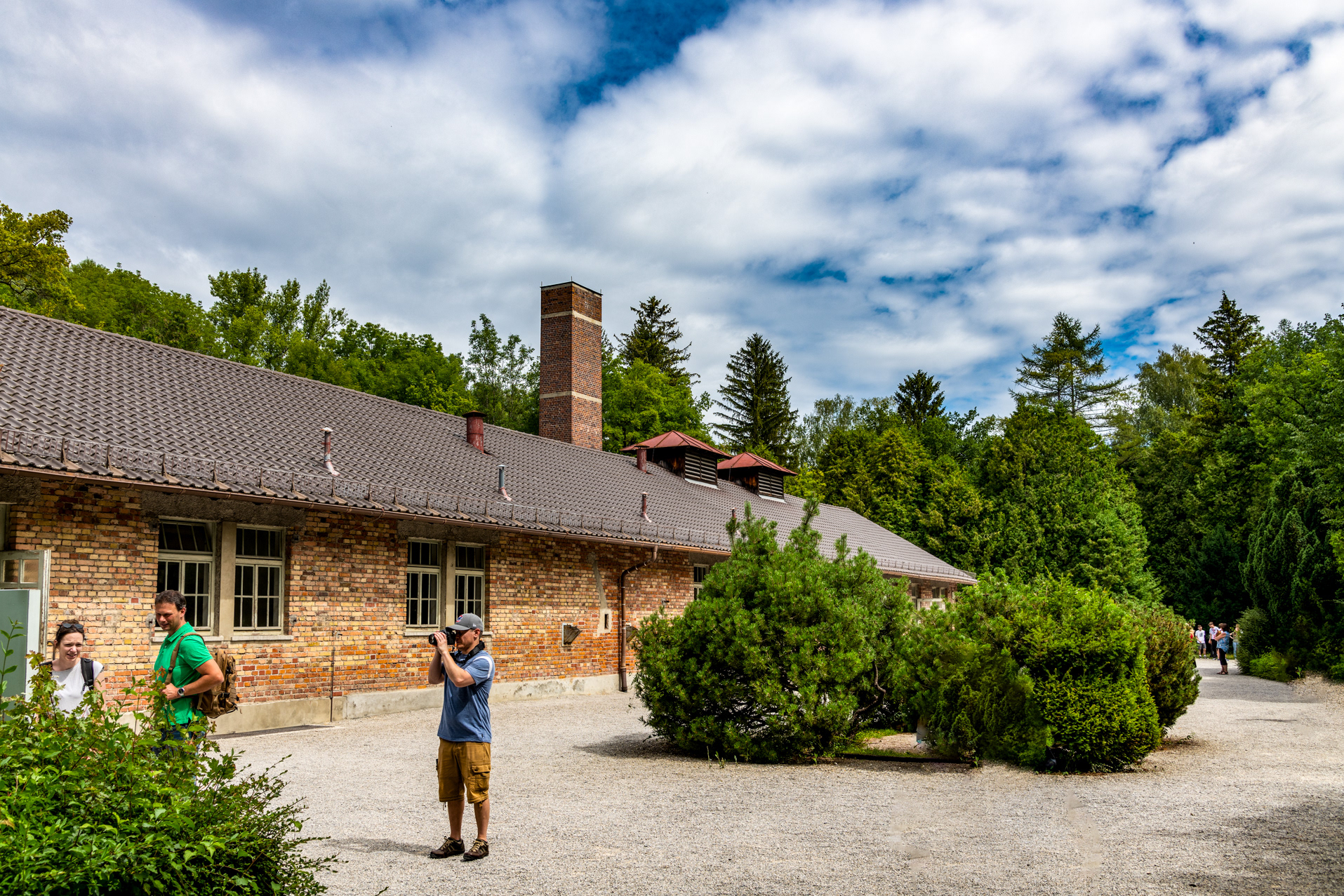
The crematory building.
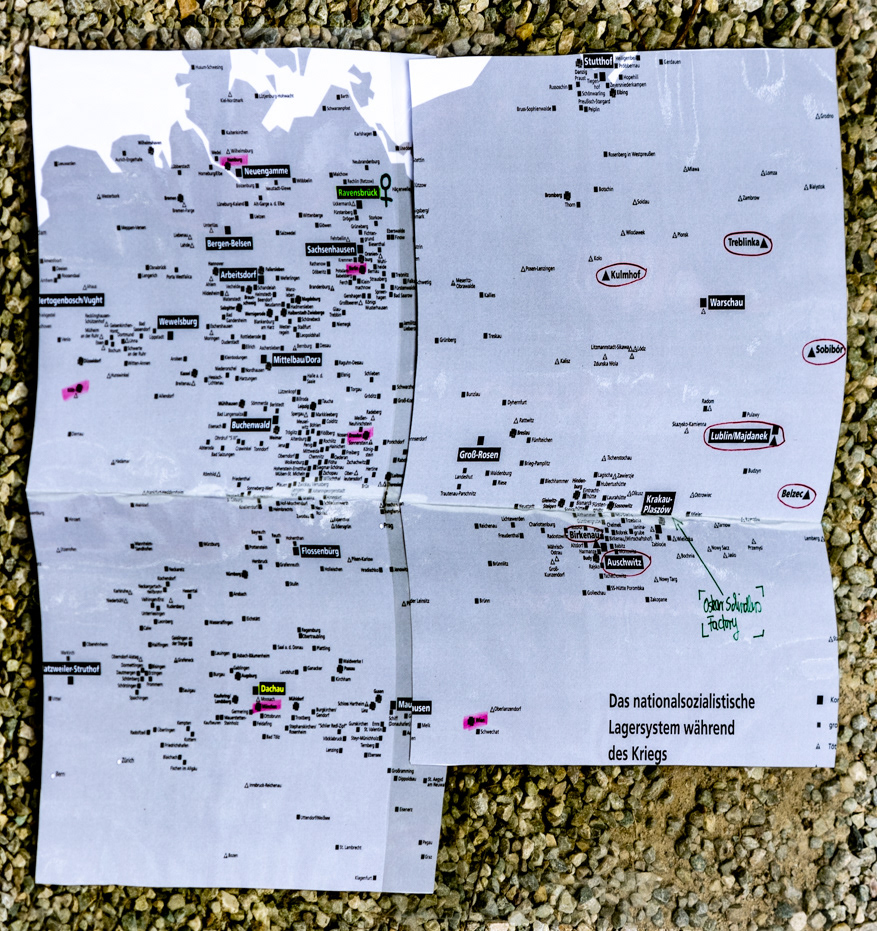
Stefan showed a map of all the concentration and extermination camps built during World War II.
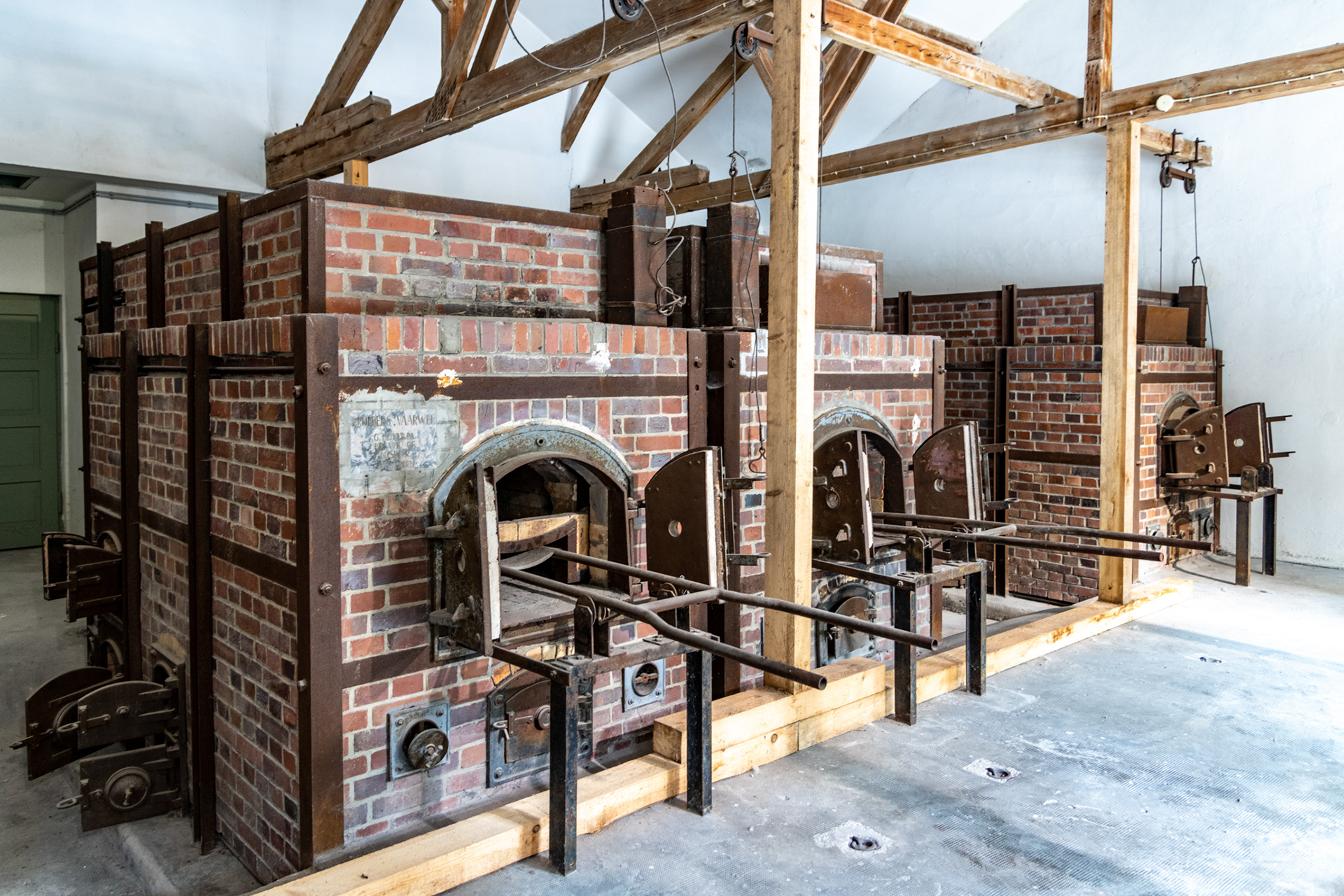
Crematory ovens
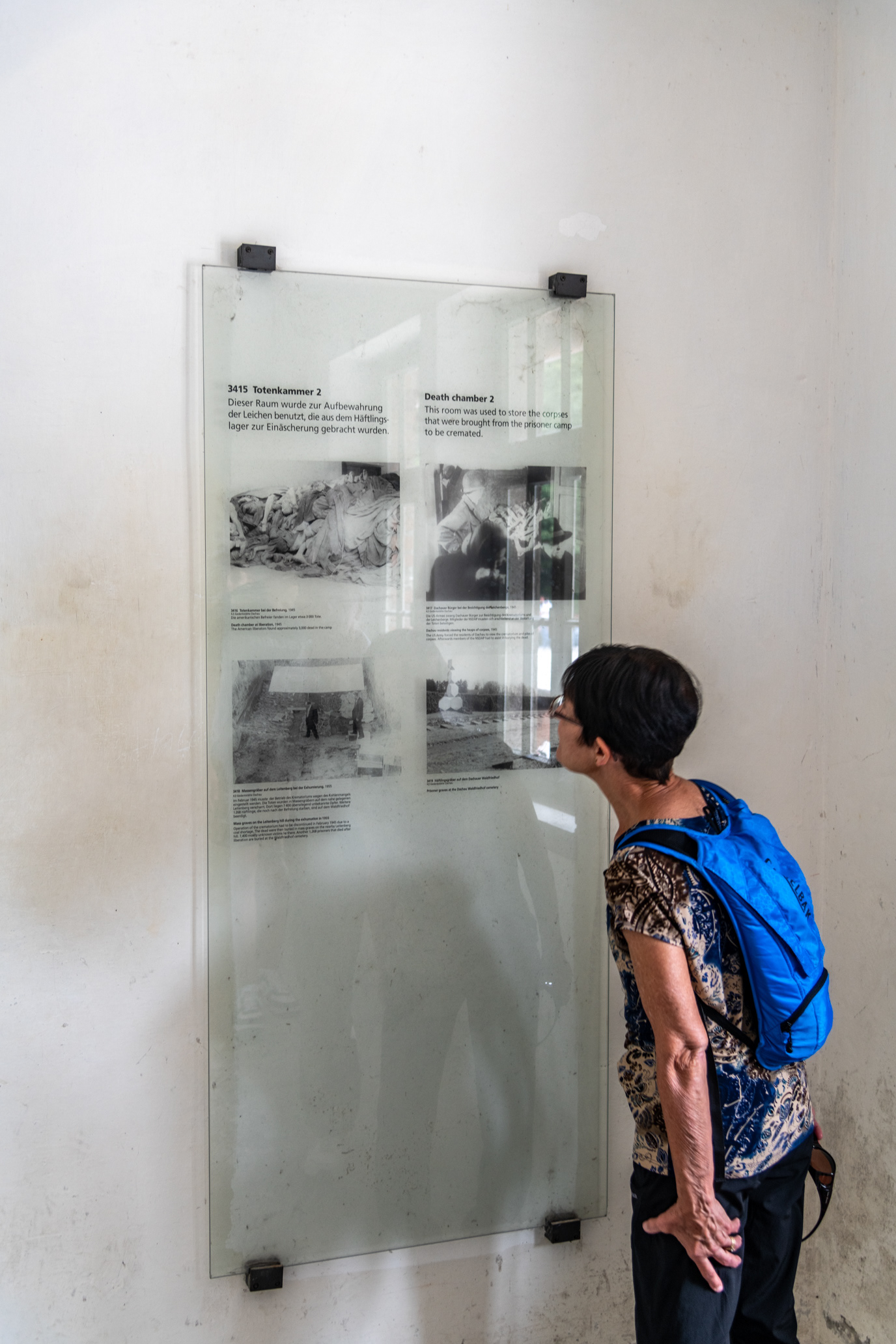
Michele viewing the placard describing the crematory.

Prisoner bunks (reconstructed) that existed between 1933 and 1937.
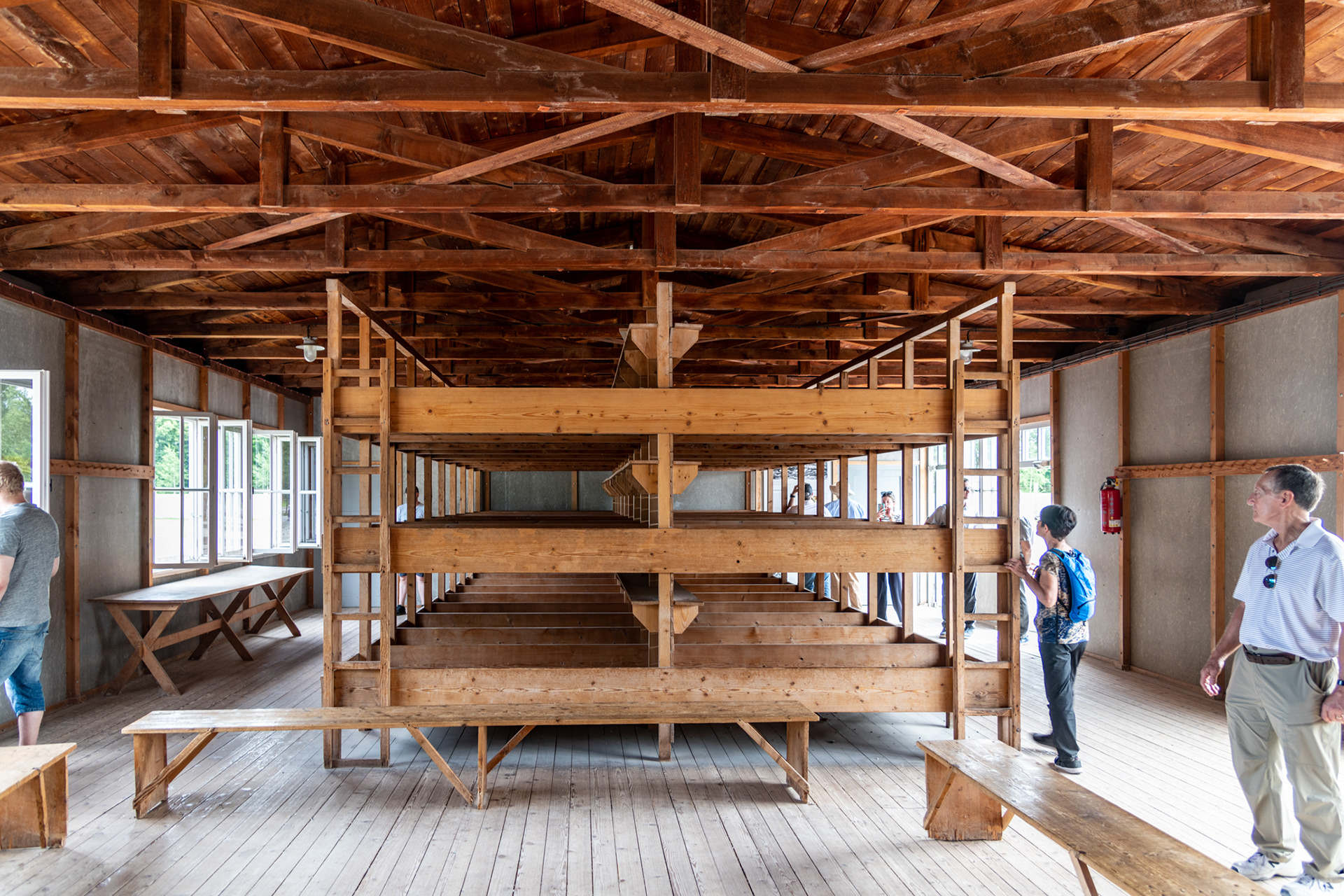
Prisoner bunks (reconstructed) that existed between 1933 and 1937.
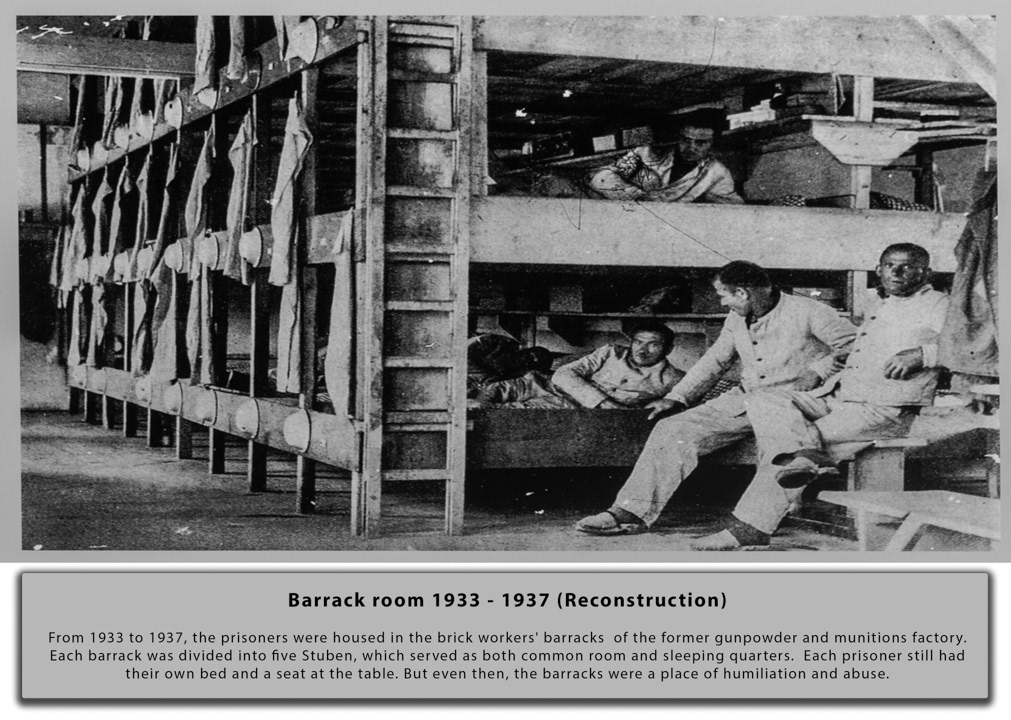
Image and text from the bunk room placard.
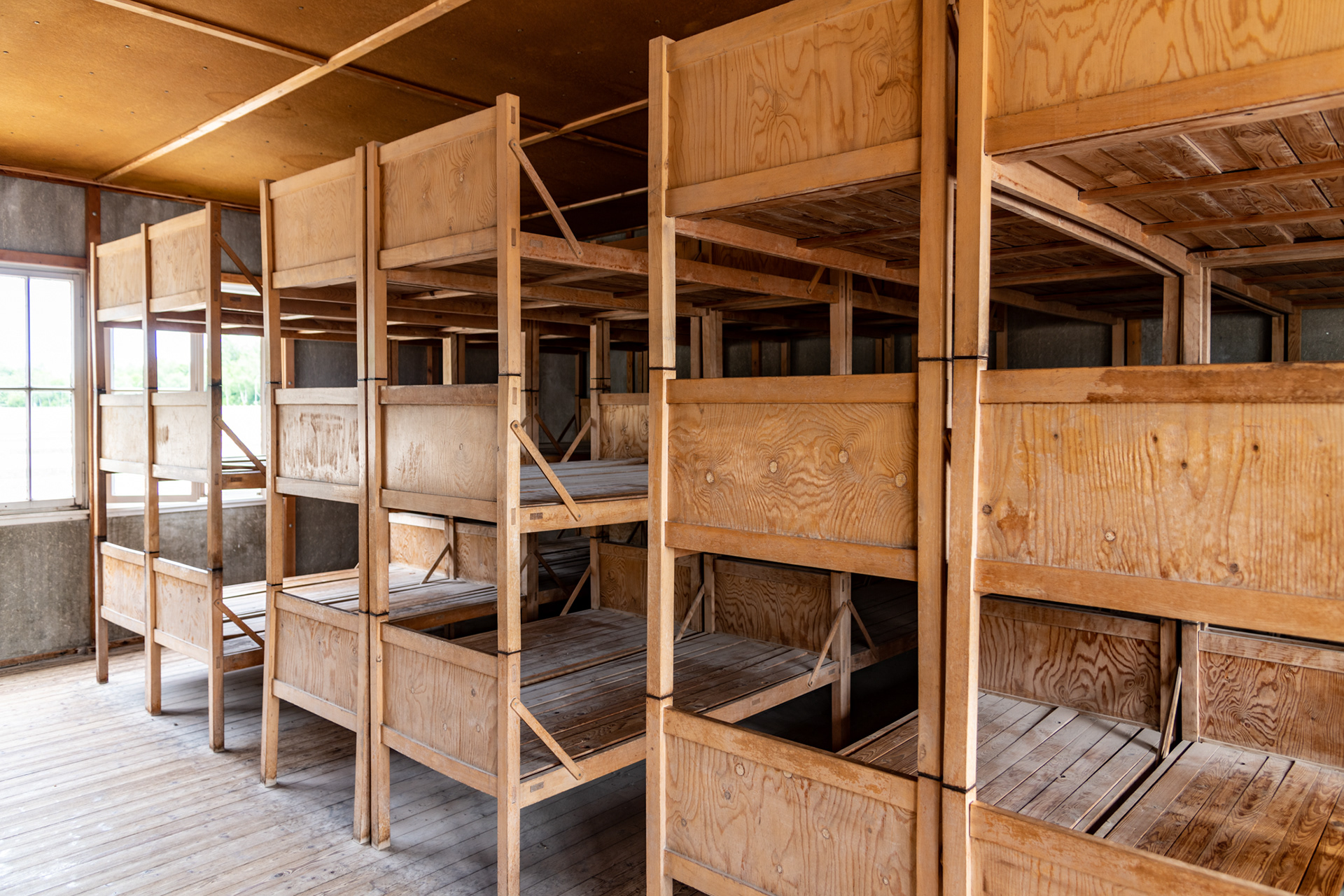
Prisoner bunks (reconstructed) after 1938

Image and text from the bunk room placard.
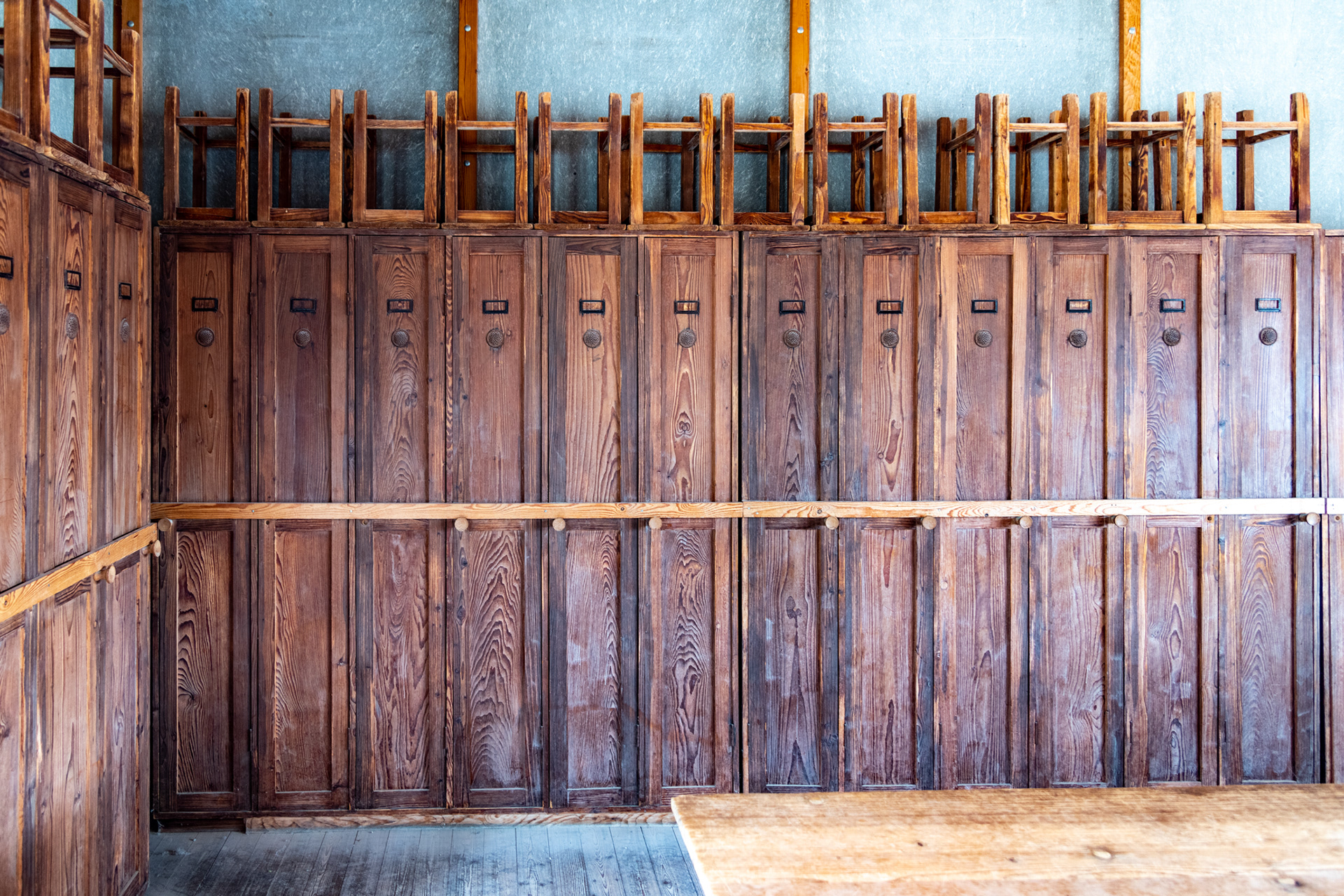
Prisoner lockers and stools in the barrack common room.
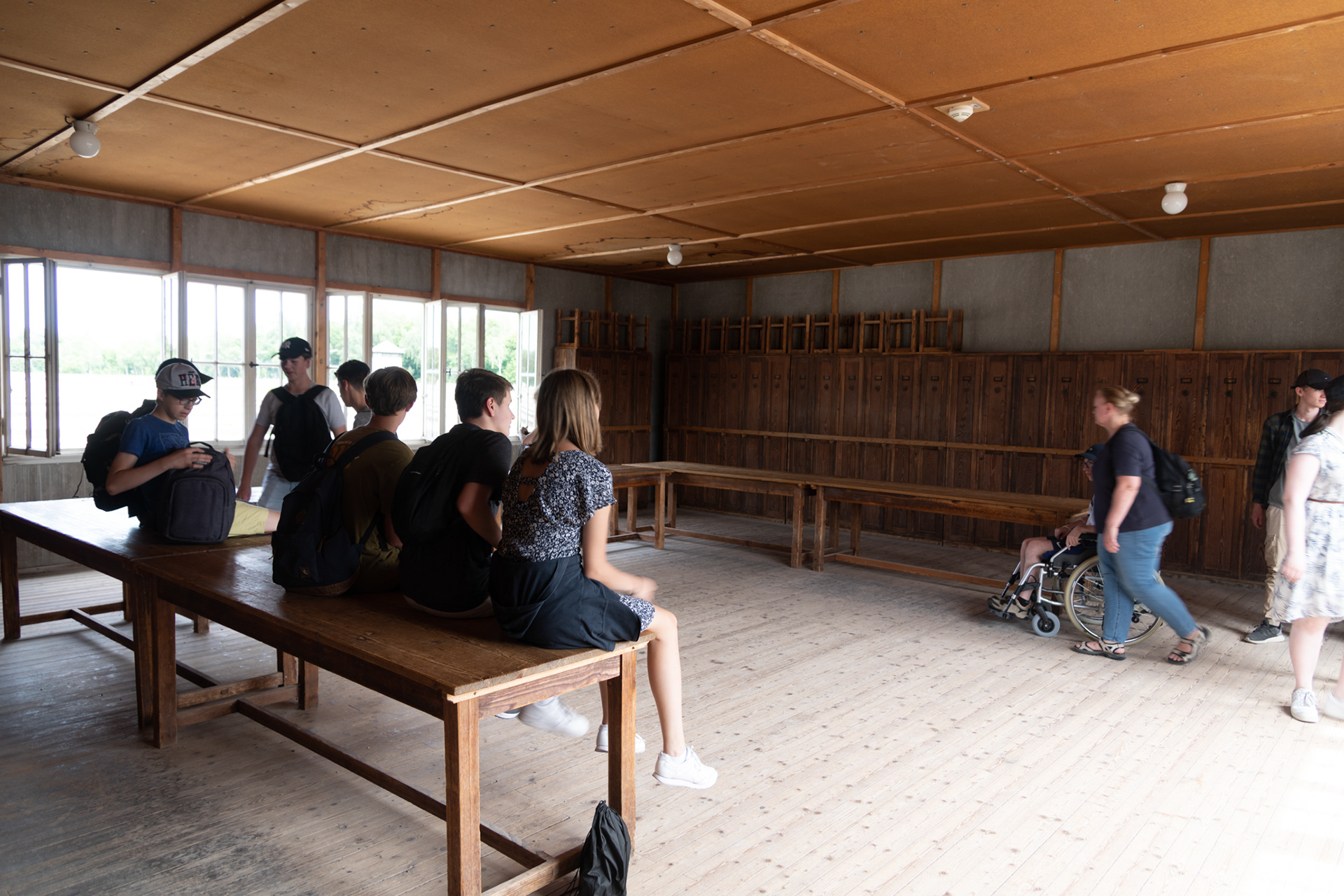
The barrack common room.
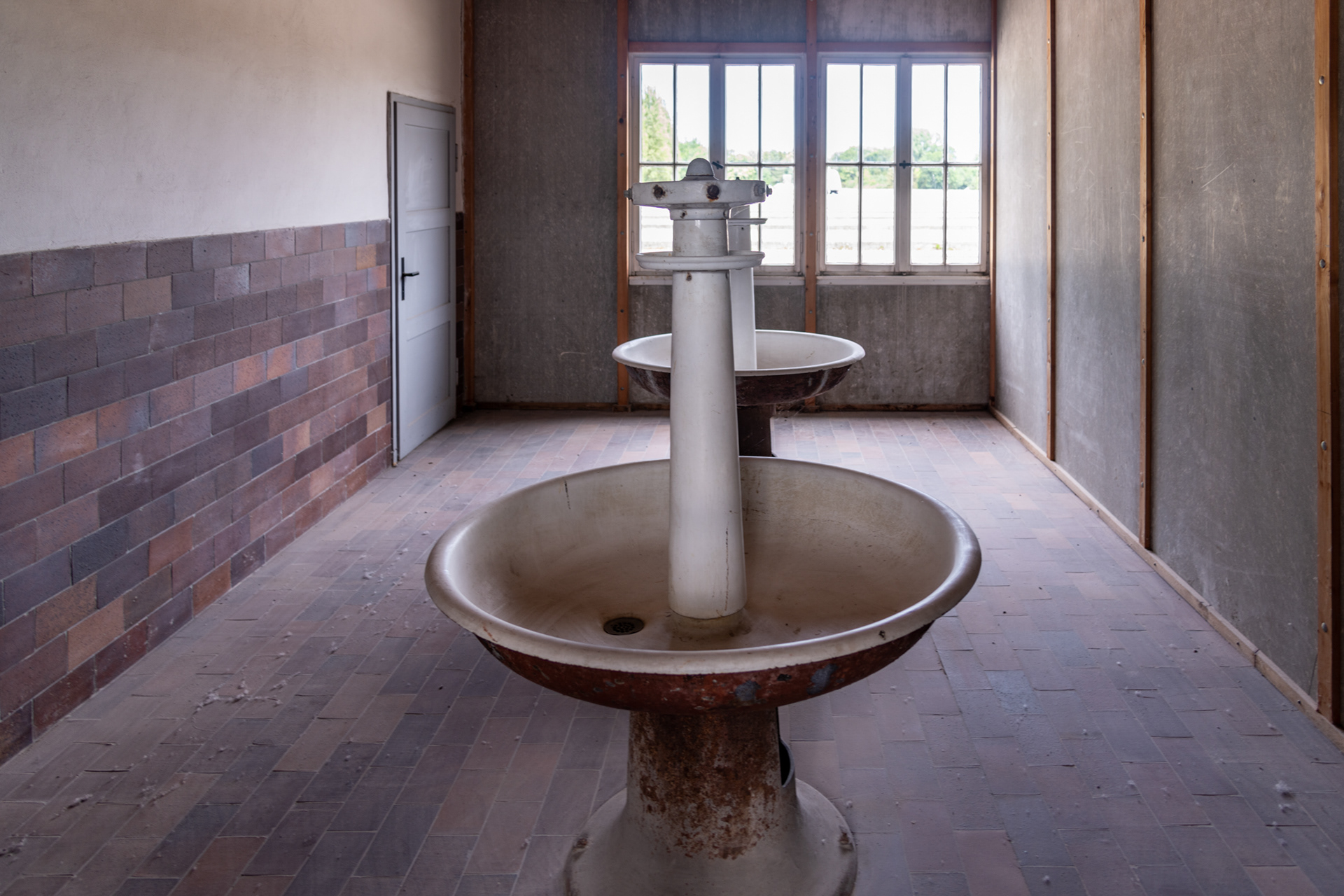
Prisoner washroom
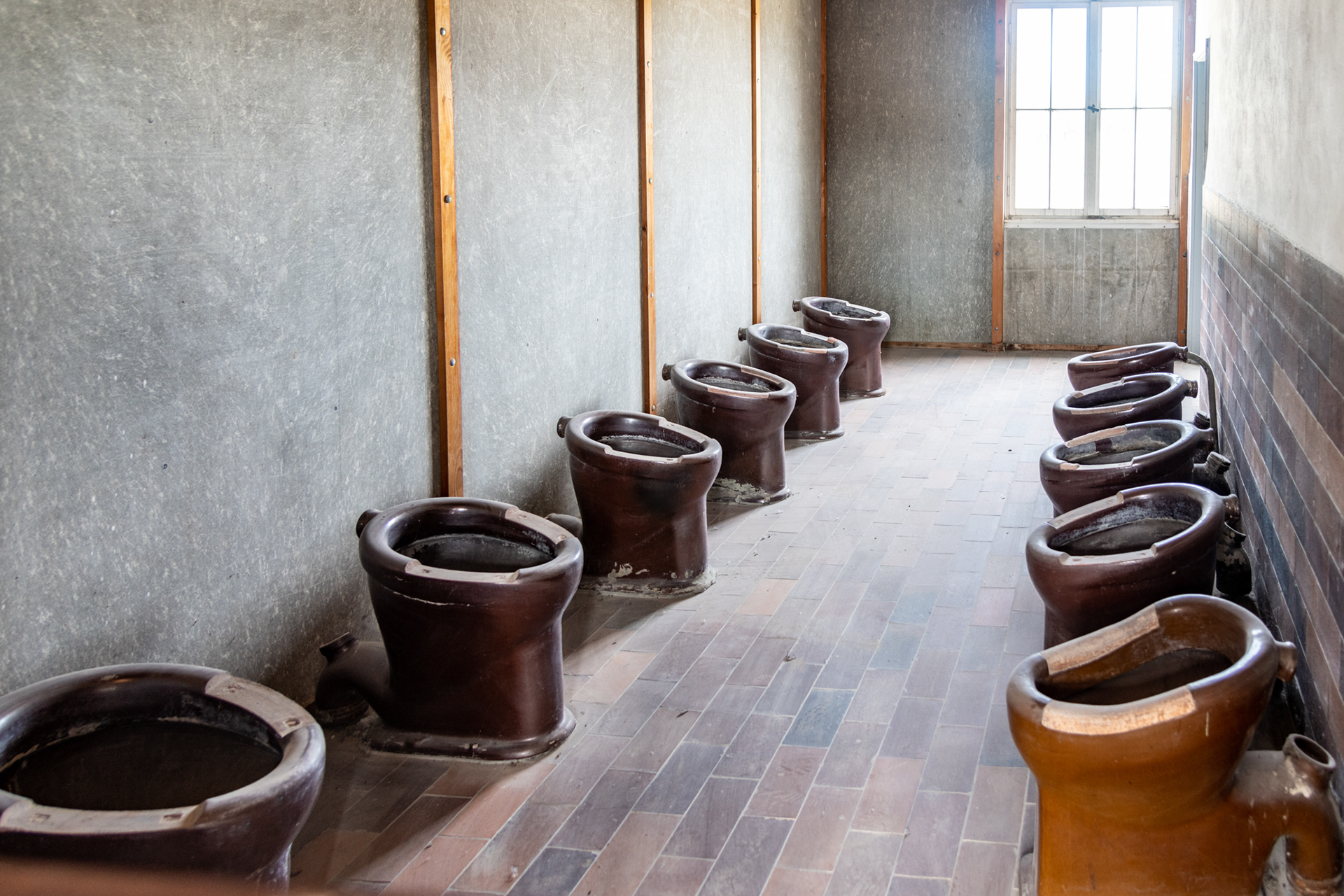
Prisoner latrine
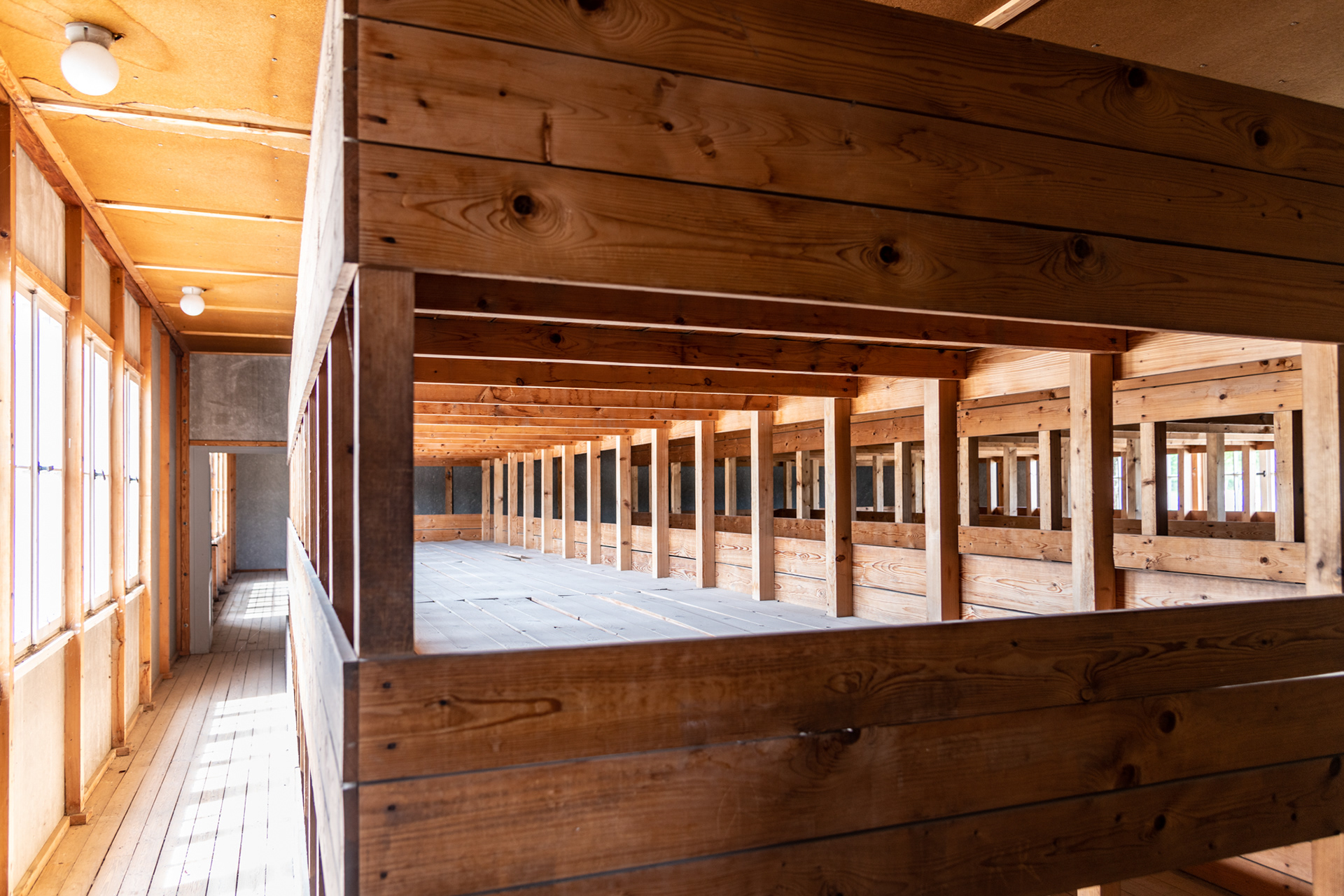
Prisoner bunks (reconstructed) in the mid 1940's
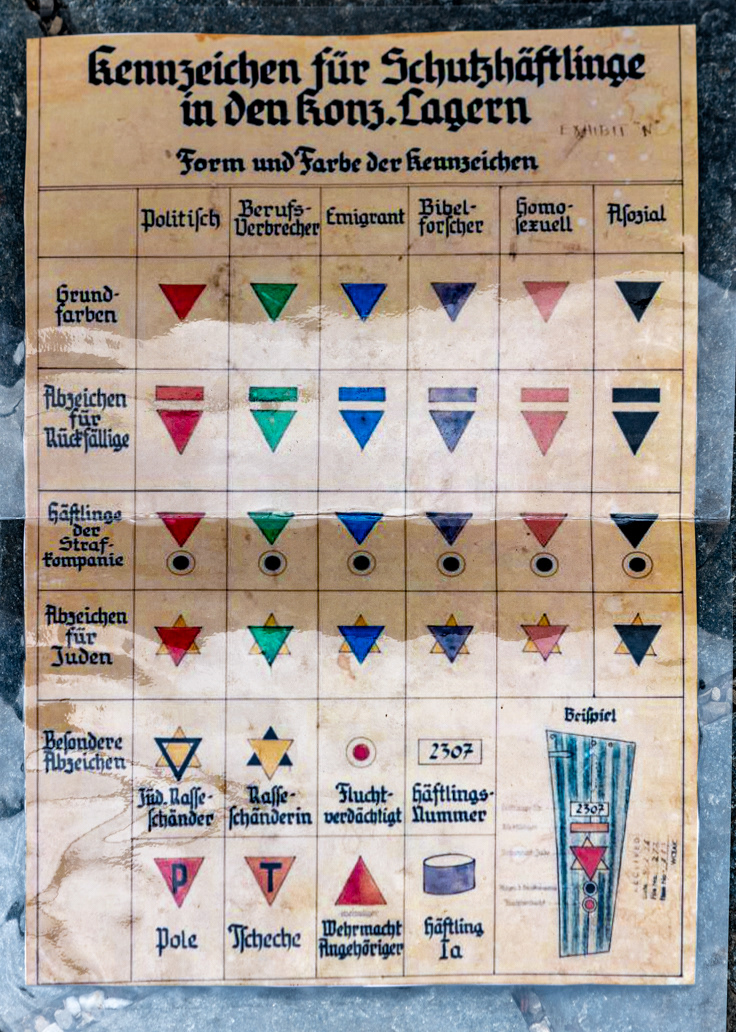
Prisoner coding scheme chart.
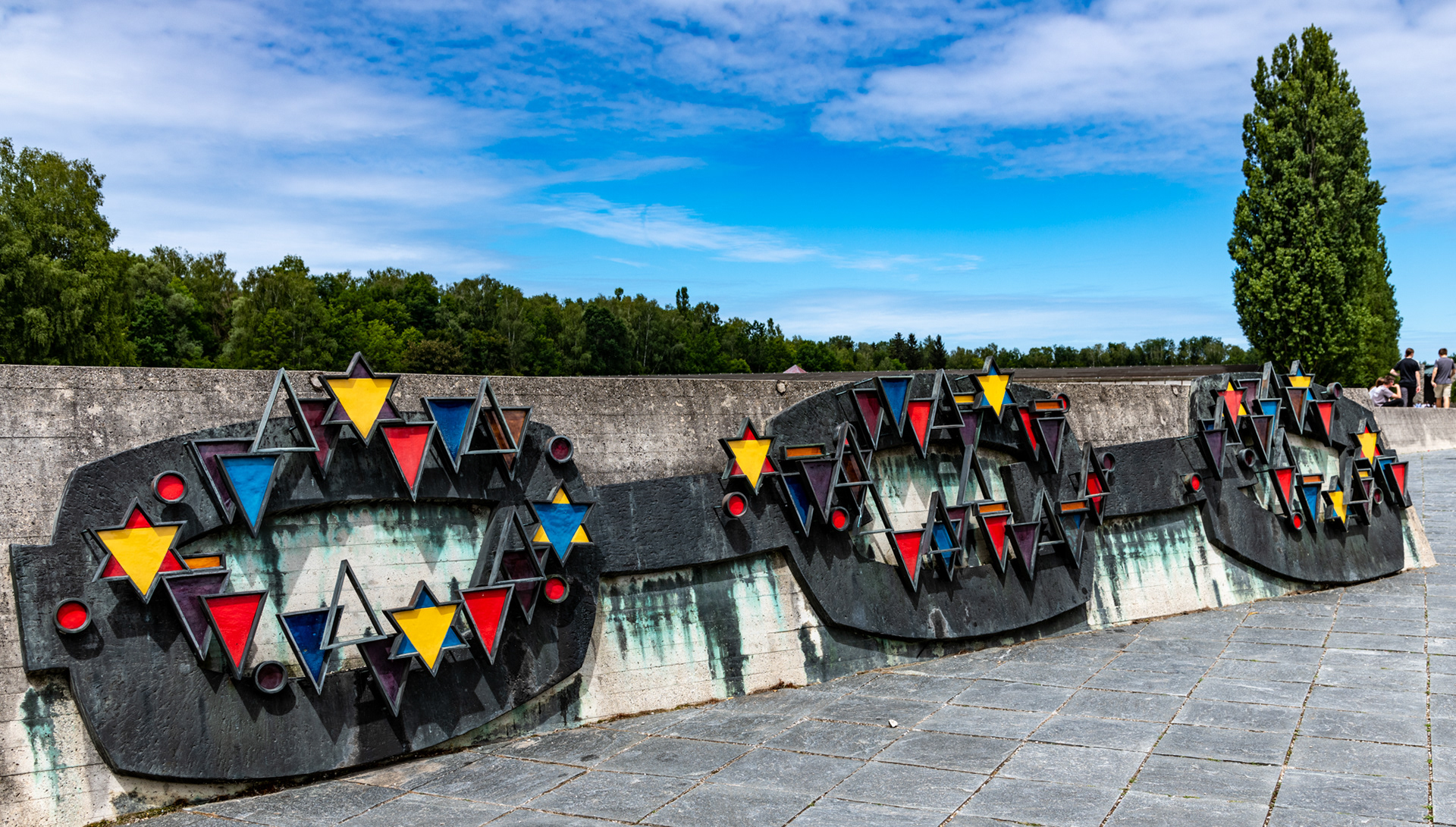
Prisoner bunks (reconstructed) that existed between 1933 and 1937.
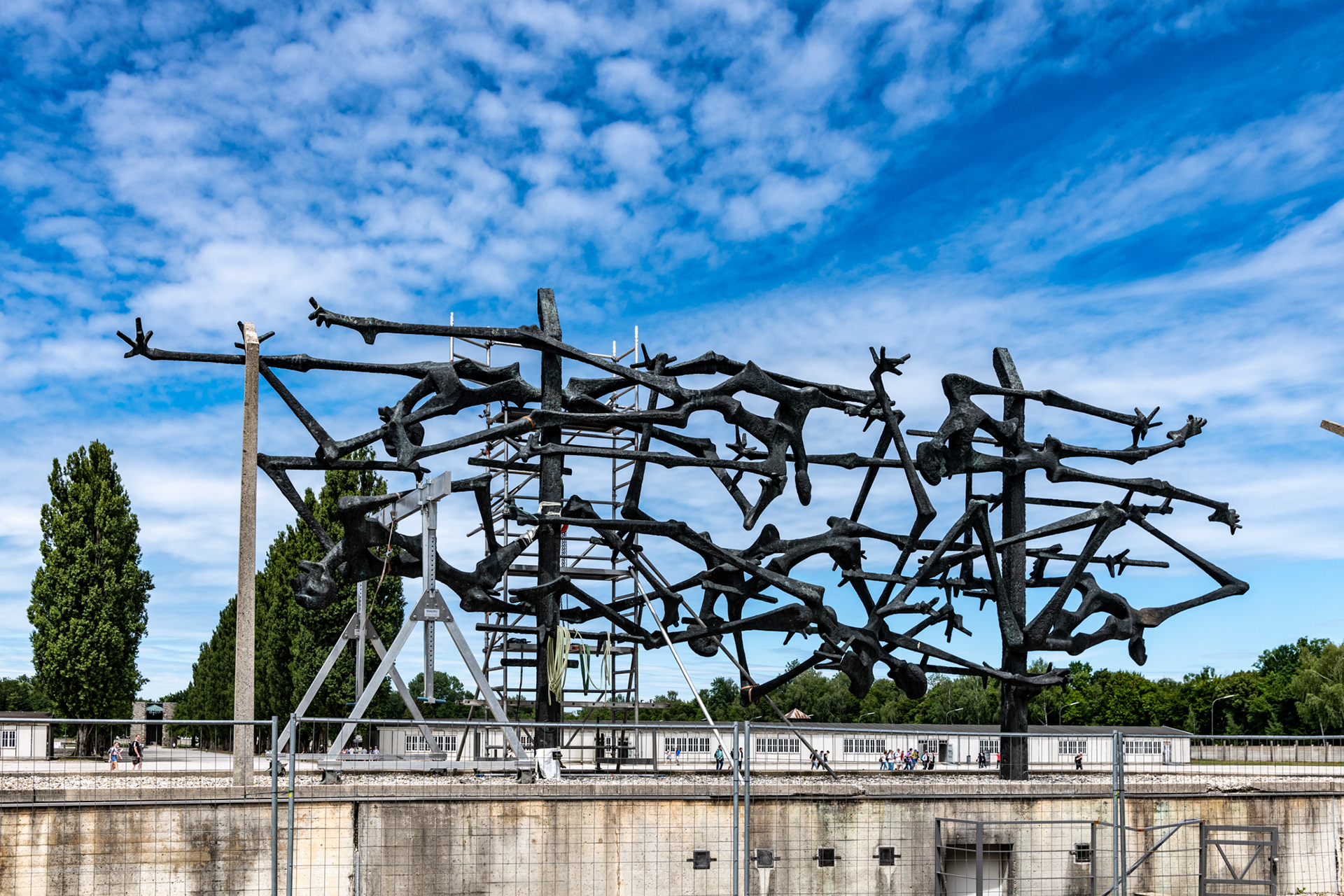
Prisoner memorial in front of the museum.
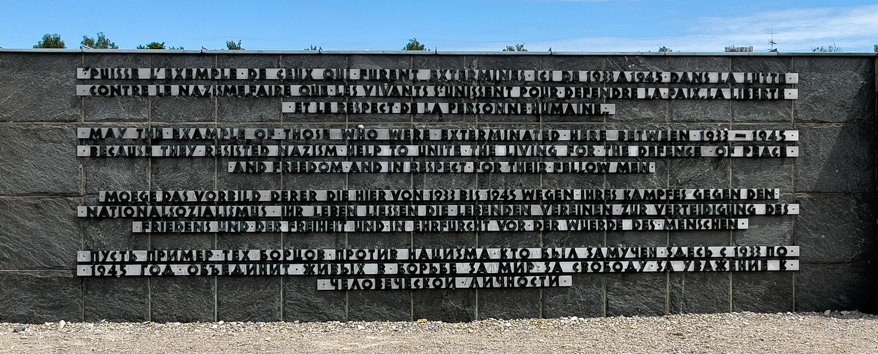
This monument states the purpose of the Dachau Concentration Camp Memorial Site in four languages. The statement in english says "May the example of those who were exterminated here between 1933-1945 help to unite the living for the defence of peace and freedom and in respect for their fellow man."
Images from Schlehdorf
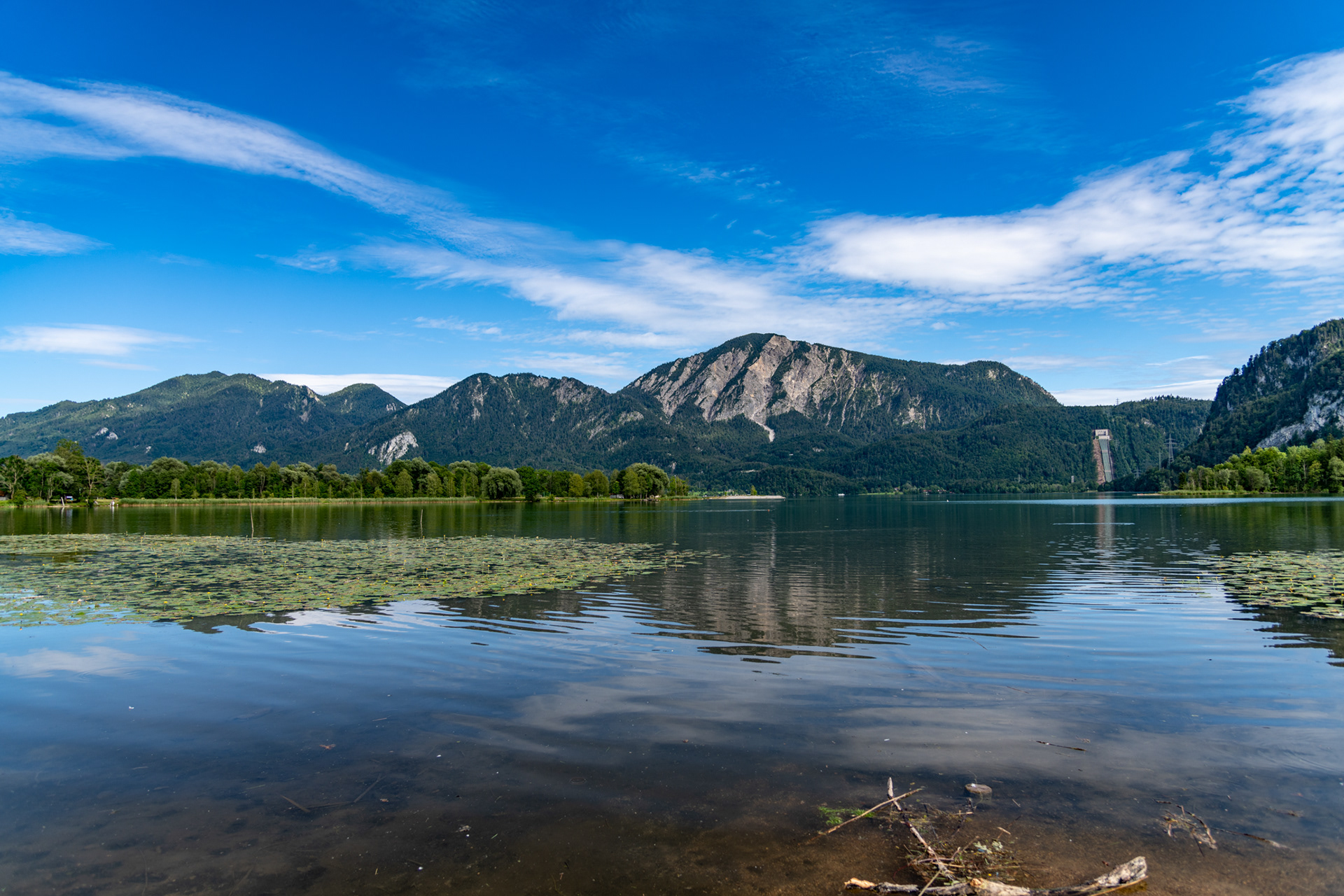
Lake (Kochelsee) vista from the north shore
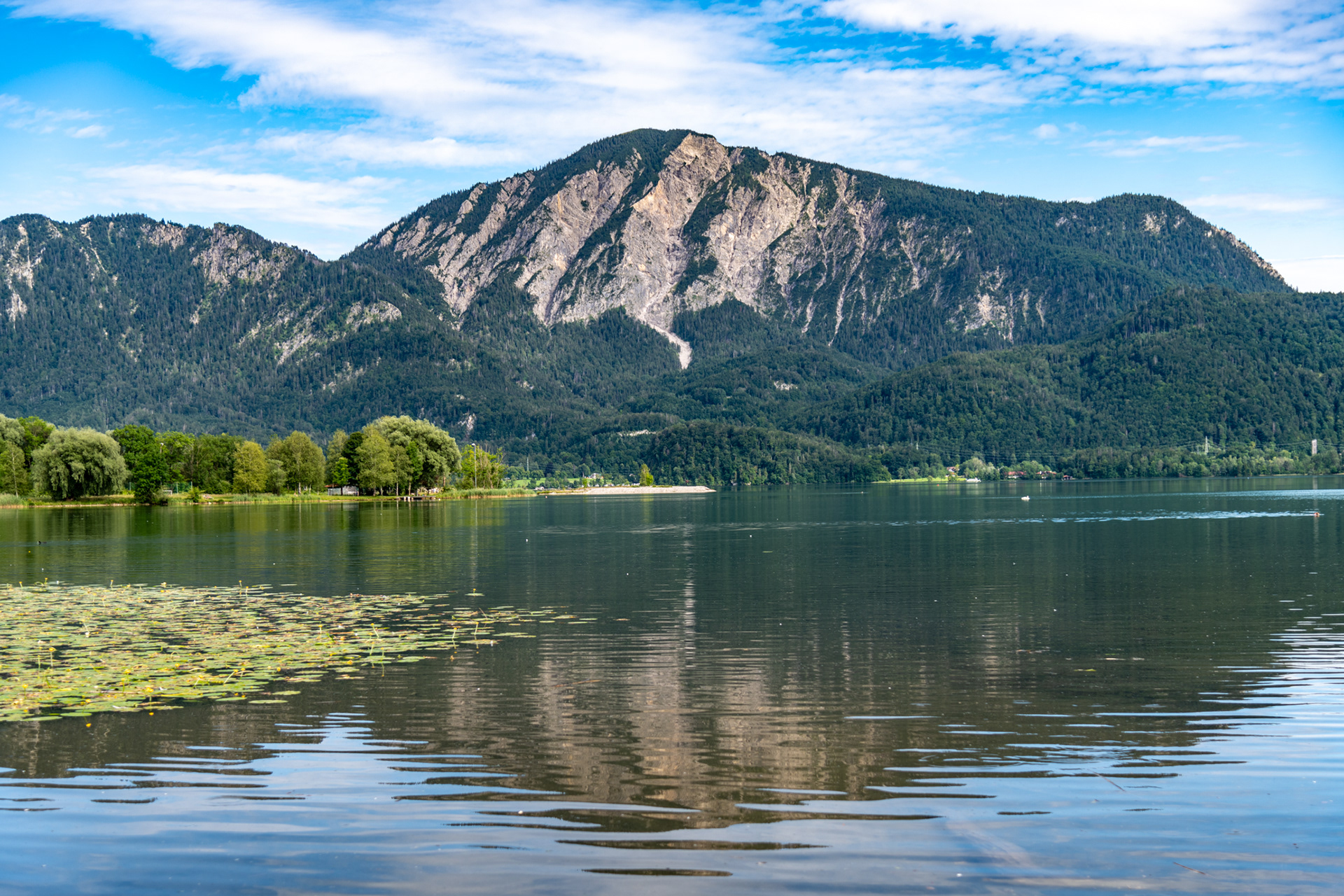
Mount Jochberg (elevation 5,135 ft) on the south shore of Kochelsee

Thistle growing on the path to the church on the hill
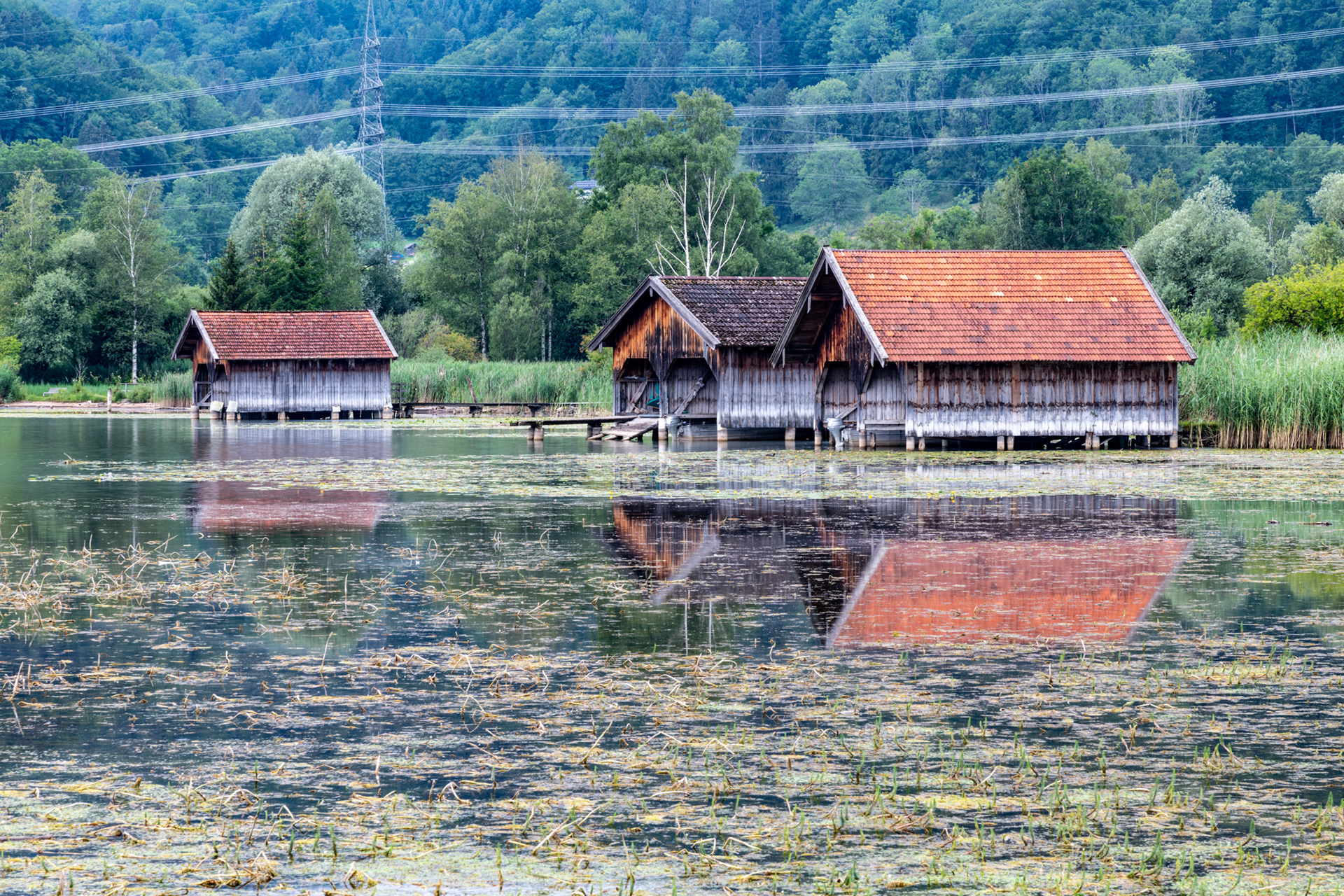
Boat houses on Kochelsee
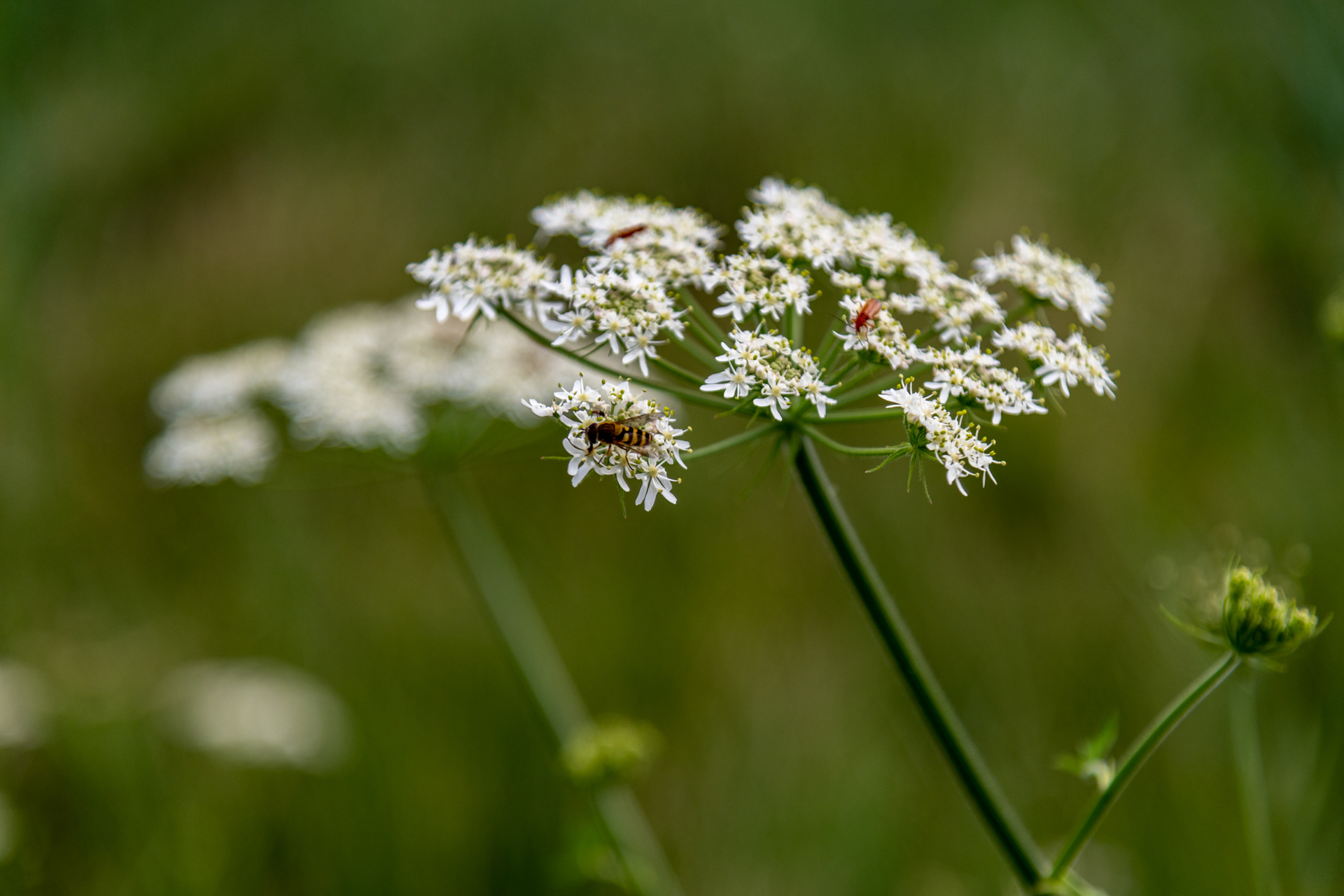
Hogweed along the path to Kochelsee
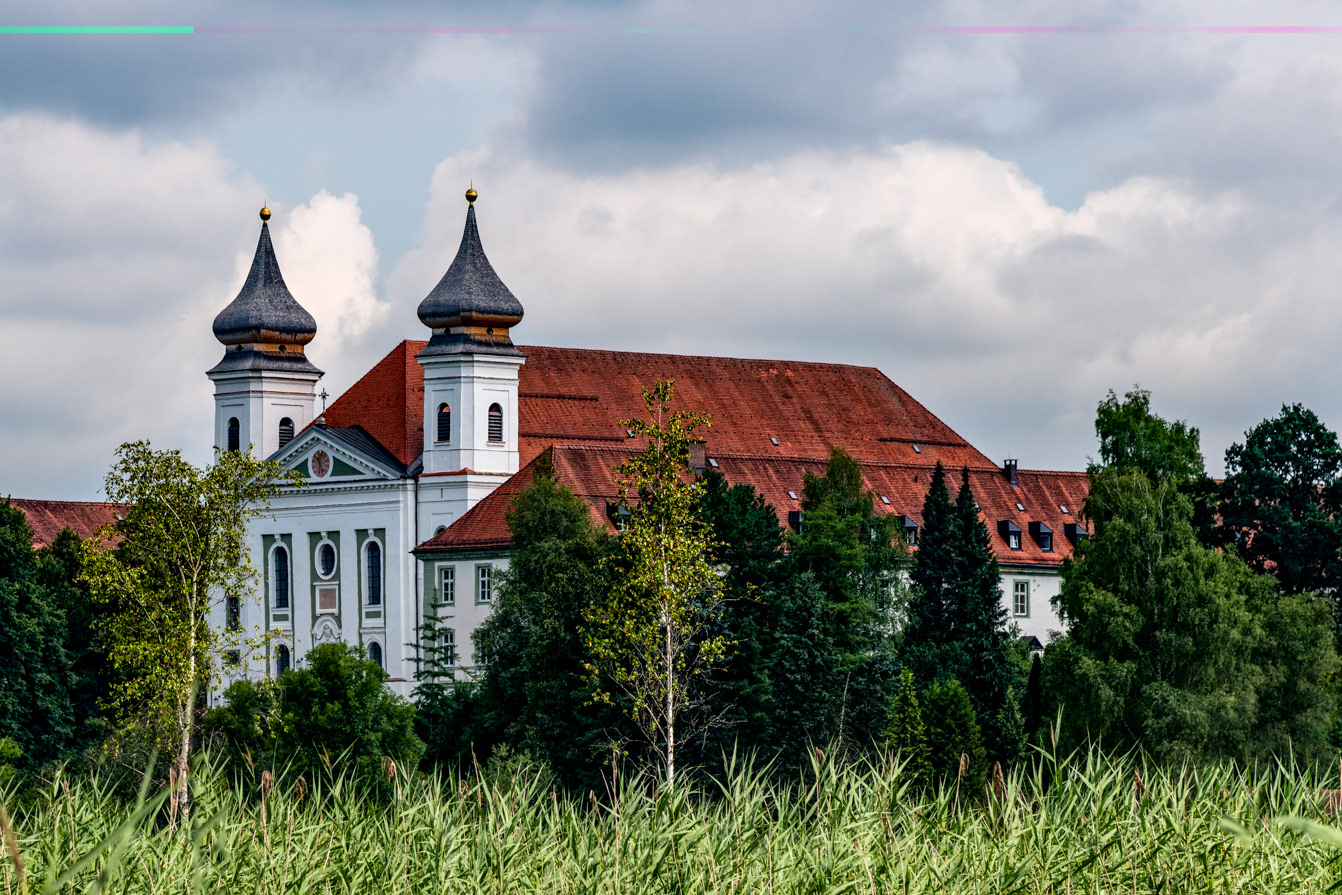
Former Roman Catholic church in Schlehdorf
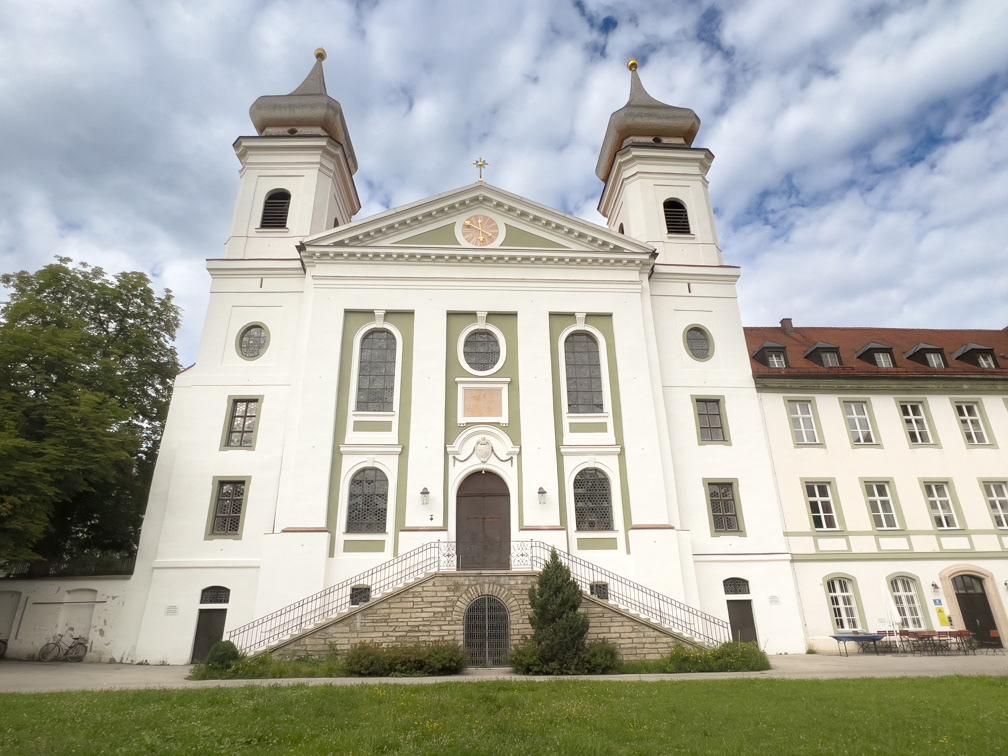
Former Roman Catholic church in Schlehdorf
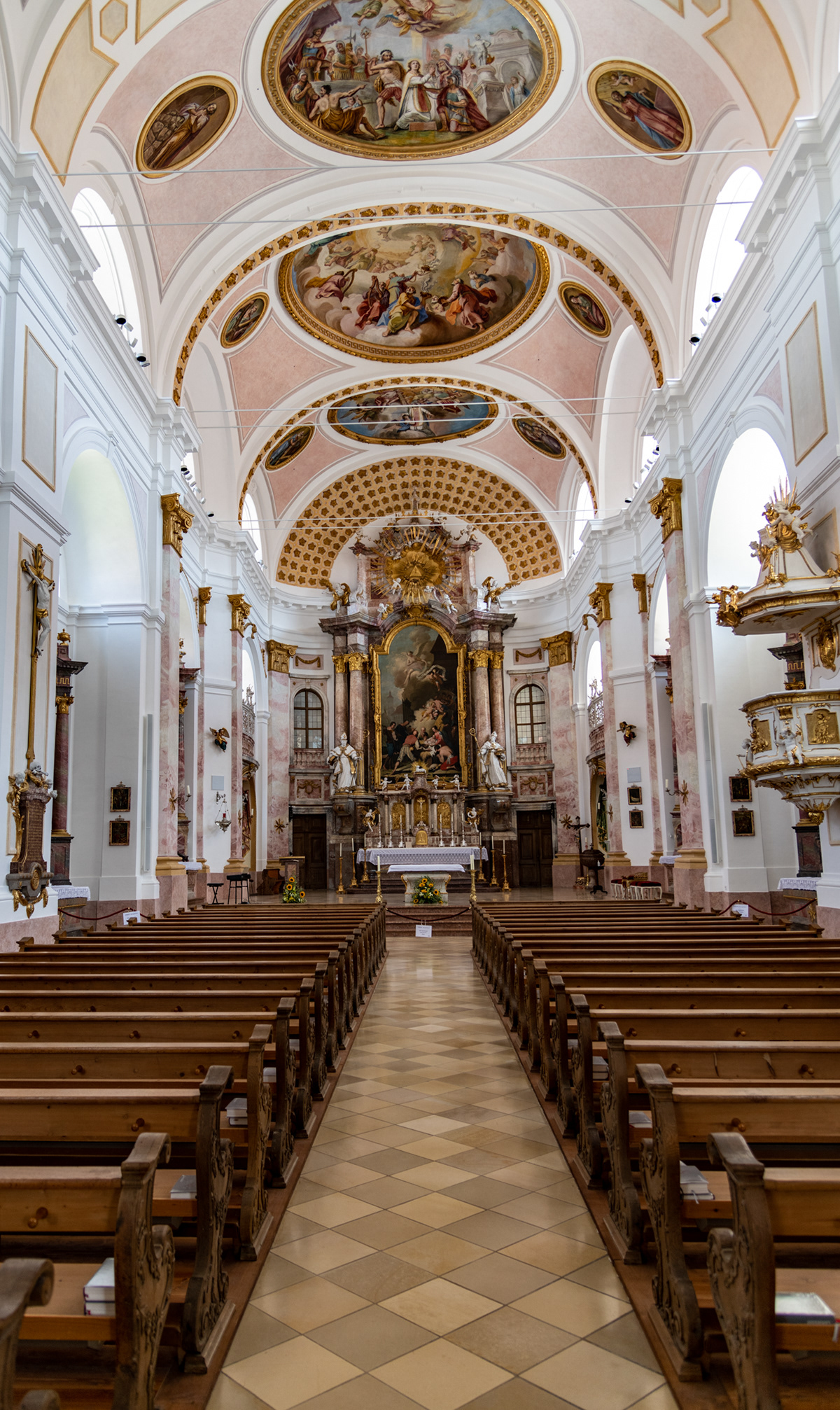
Interior of the former Roman Catholic church
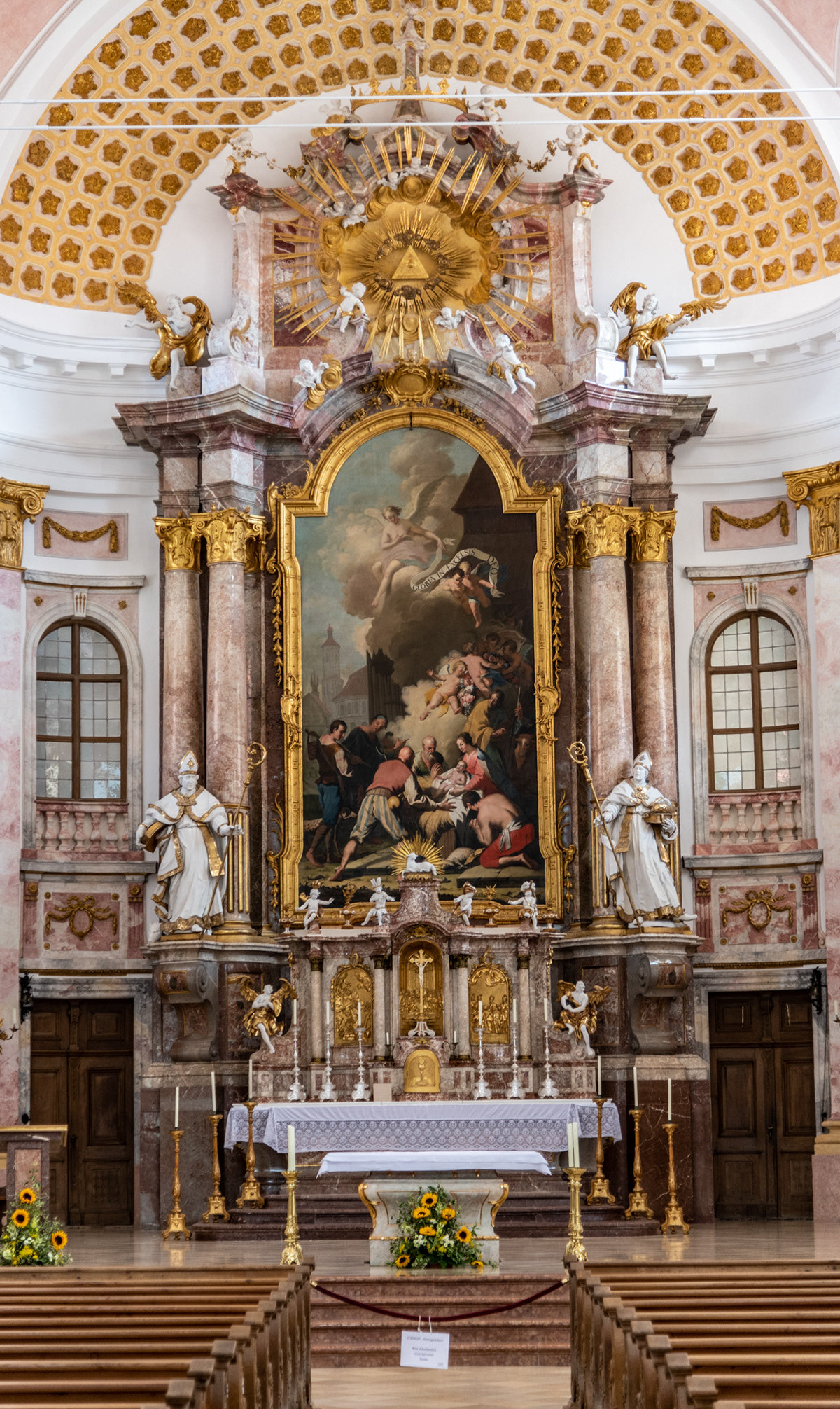
Interior of the former Roman Catholic church
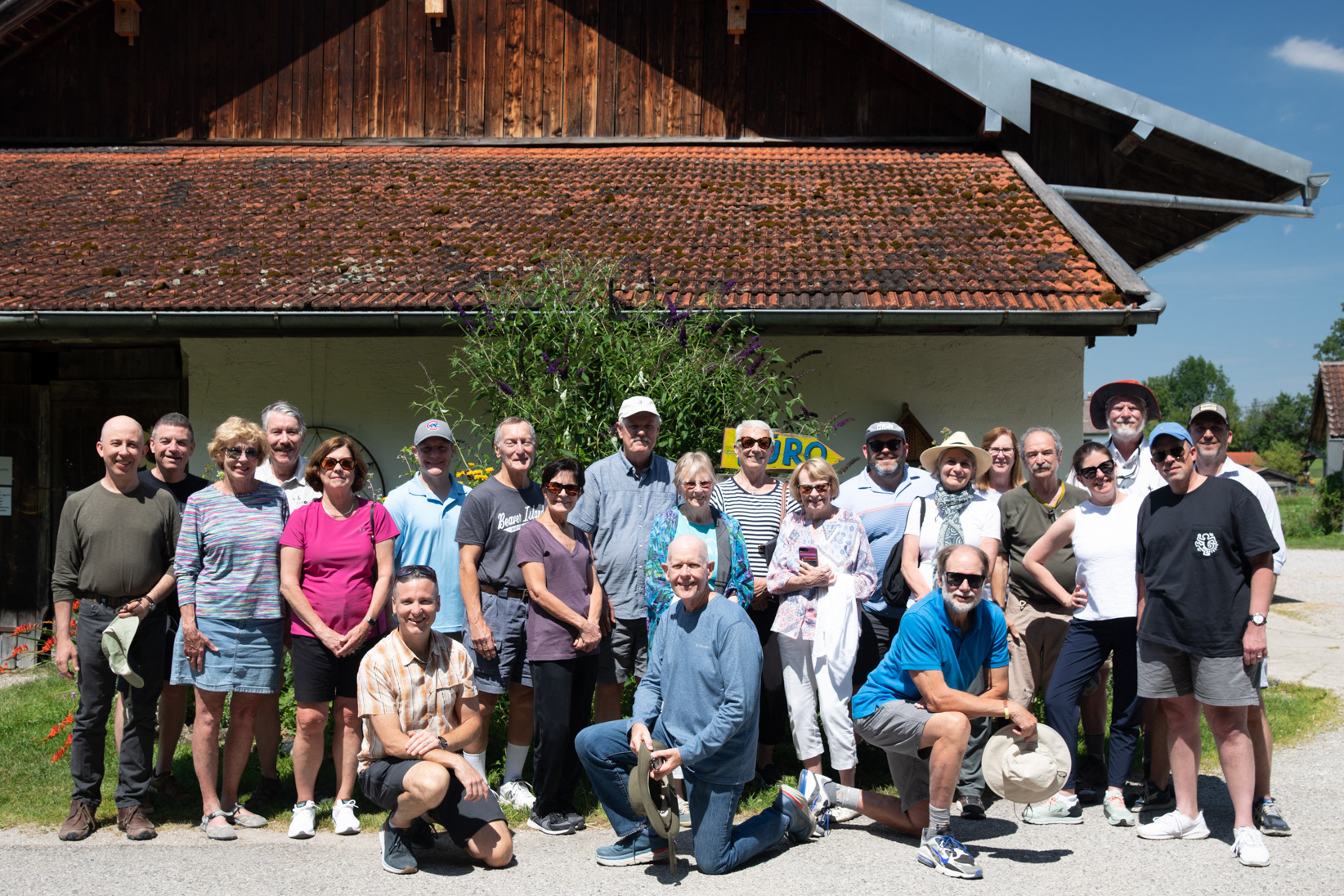
Pilgrims at the cooperative on the grounds of the former Roman Catholic church in Schlehdorf

Entrance to the Schlehdorf cooperative
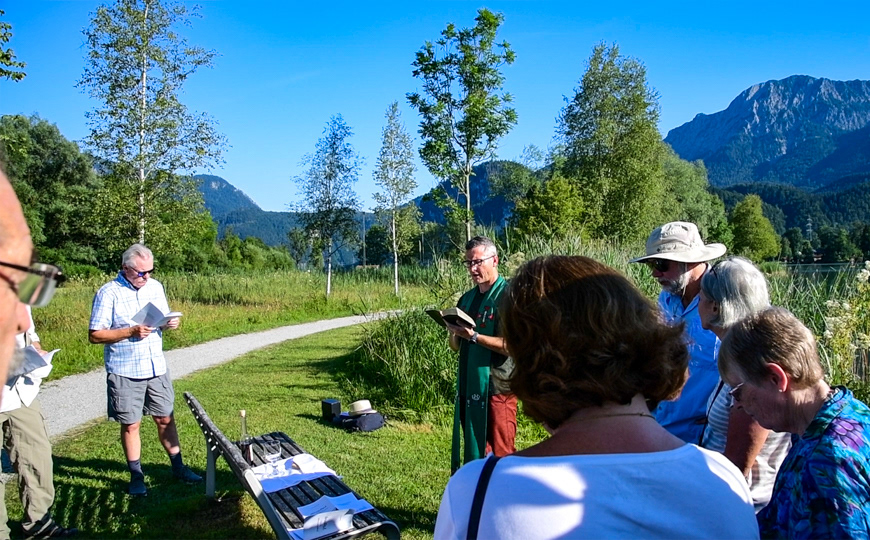
Holy Eucharist at lake side

Holy Eucharist at lake side
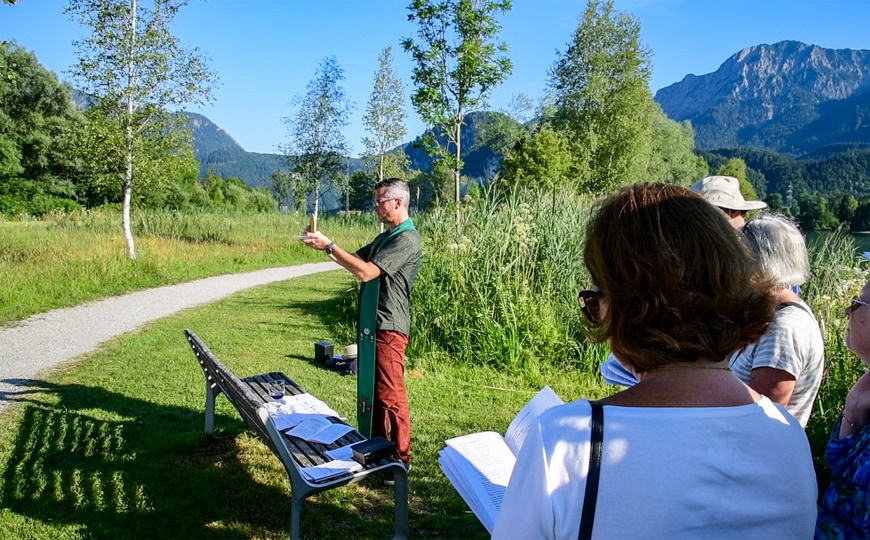
Holy Eucharist at lake side
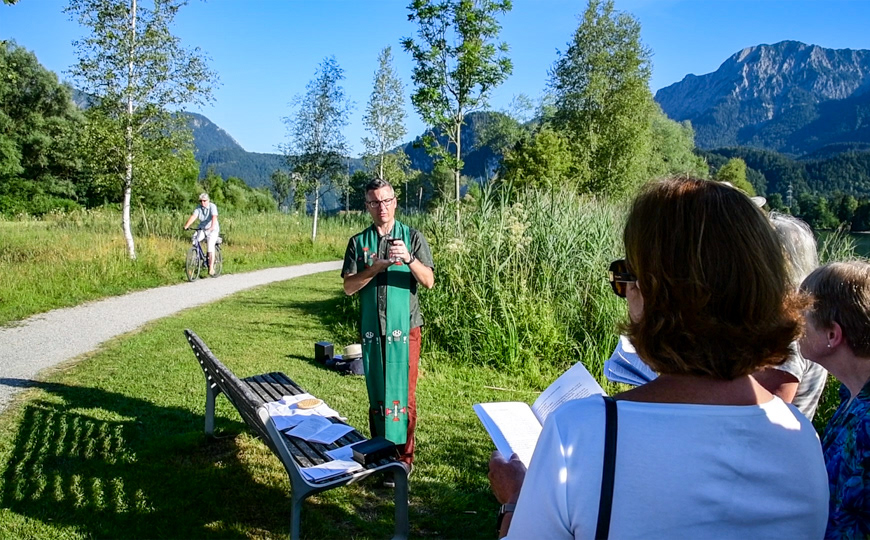
Holy Eucharist at lake side
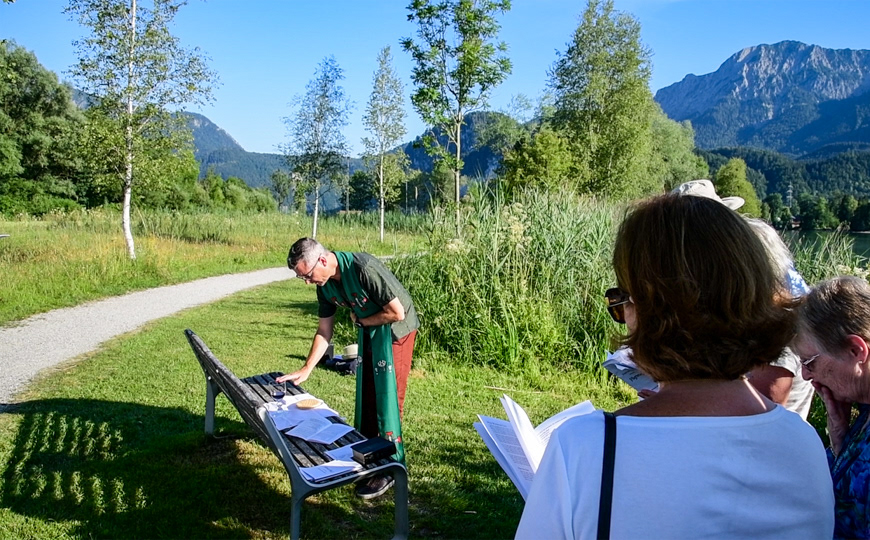
Holy Eucharist at lake side
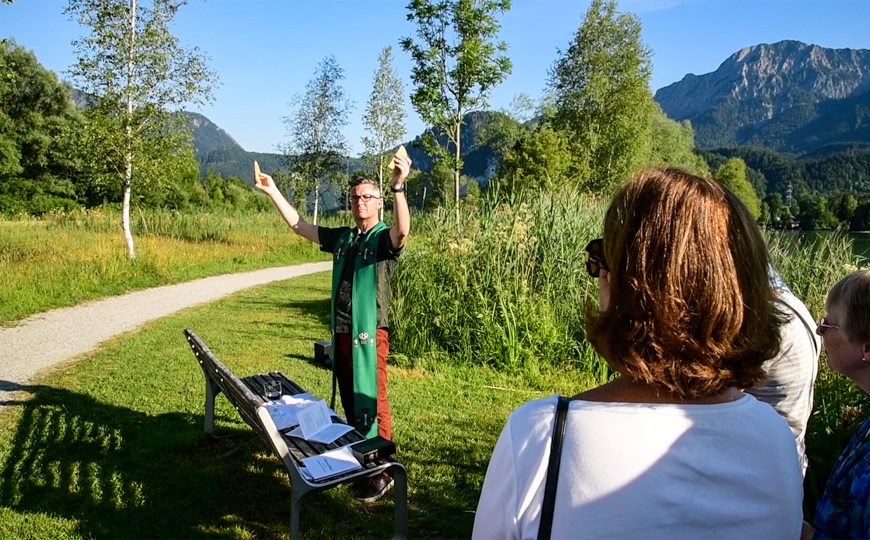
Holy Eucharist at lake side
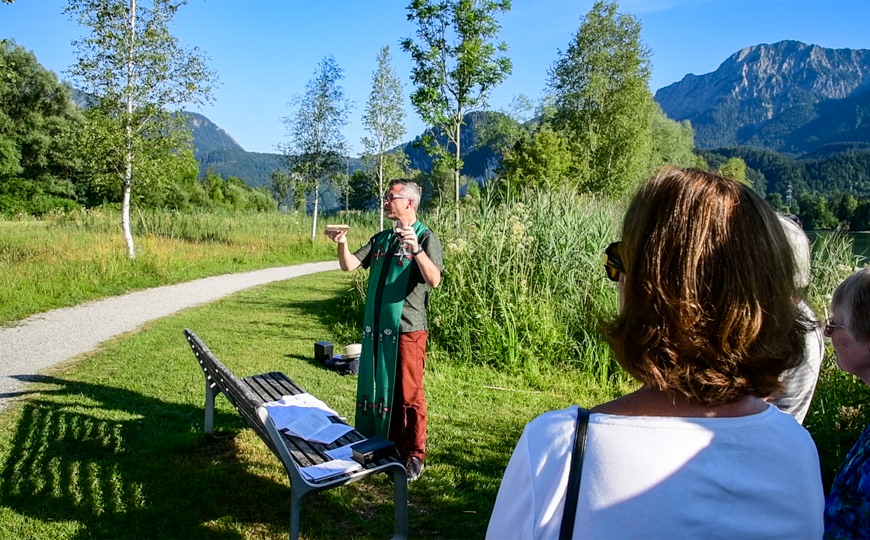
Holy Eucharist at lake side

Holy Eucharist at lake side
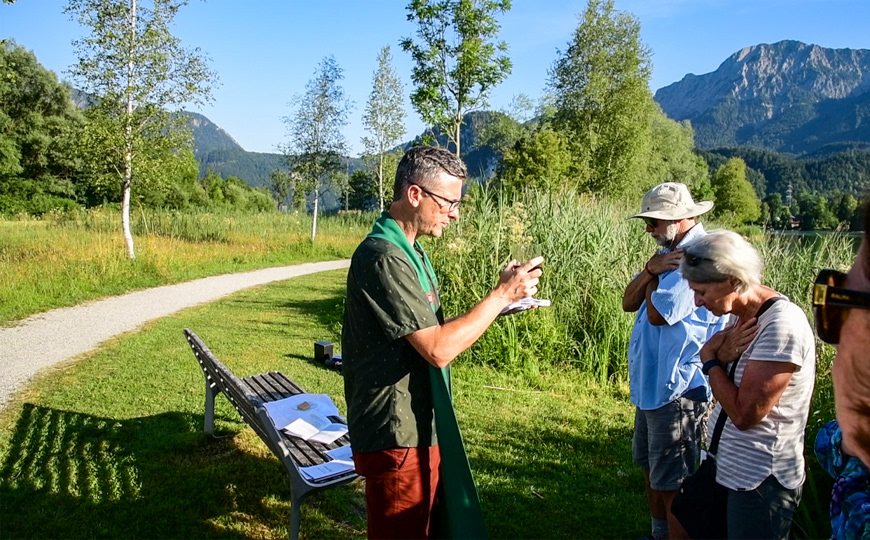
Holy Eucharist at lake side
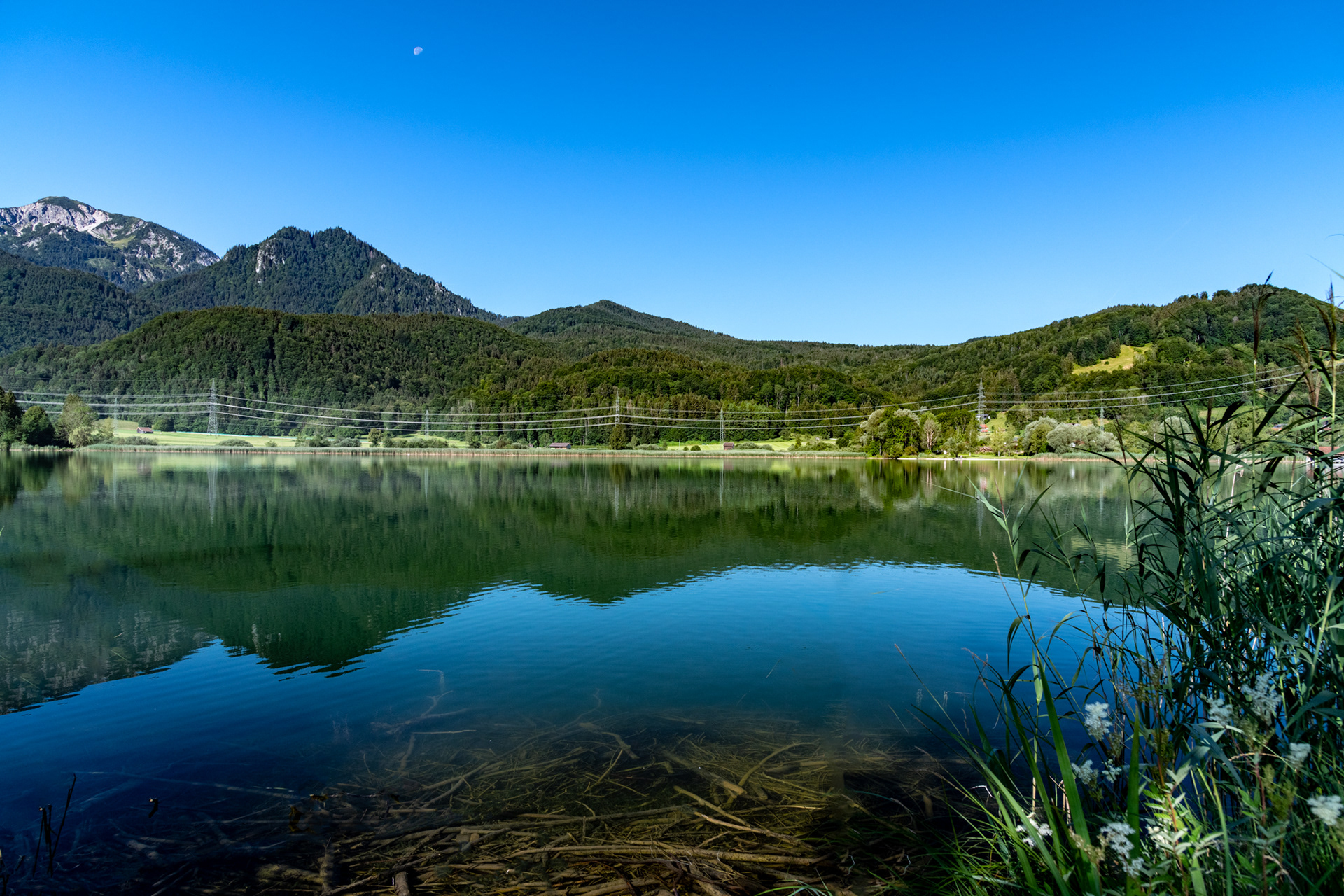
Morning Prayer location on our last morning in Schlehdorf
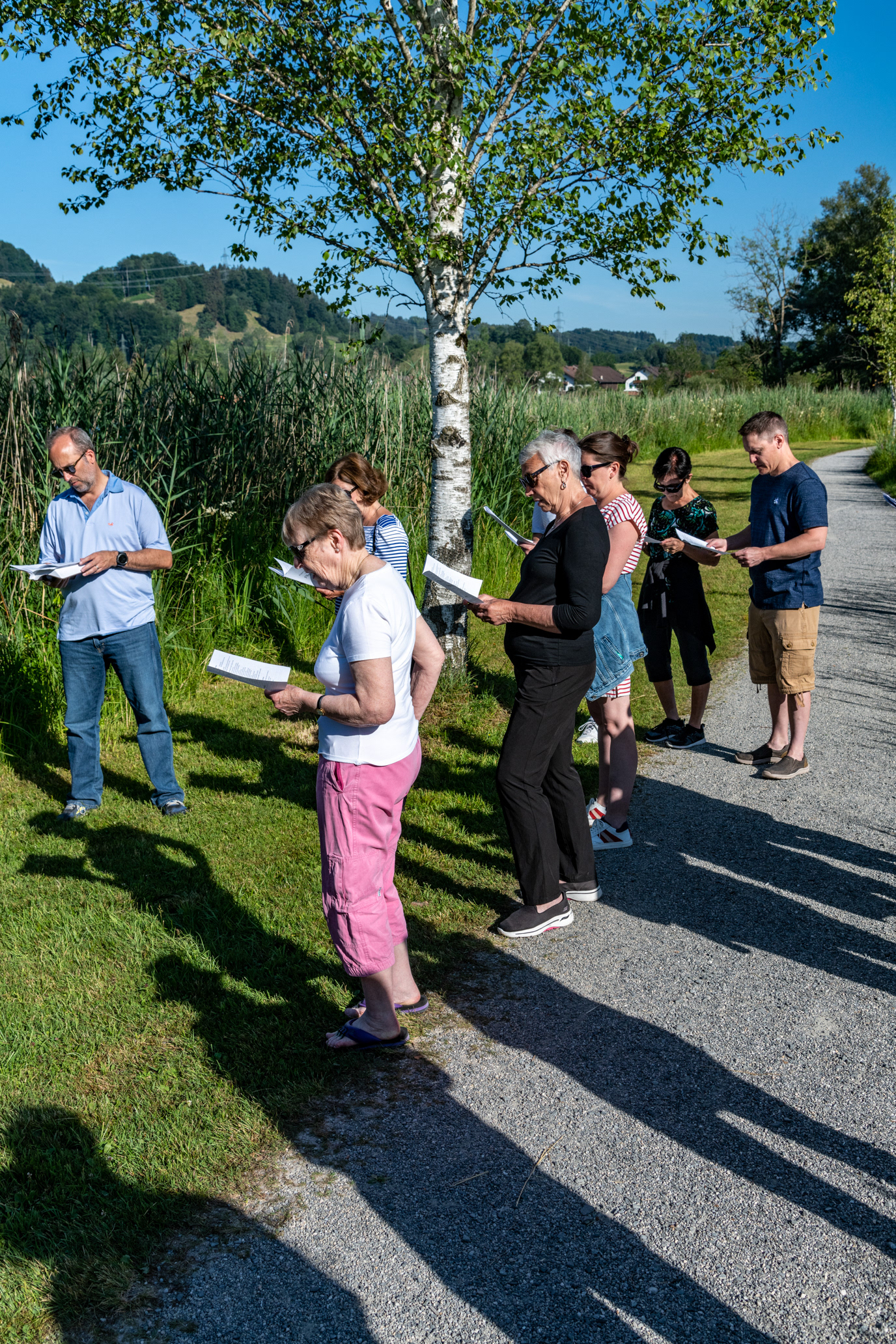
Morning Prayer at the lake
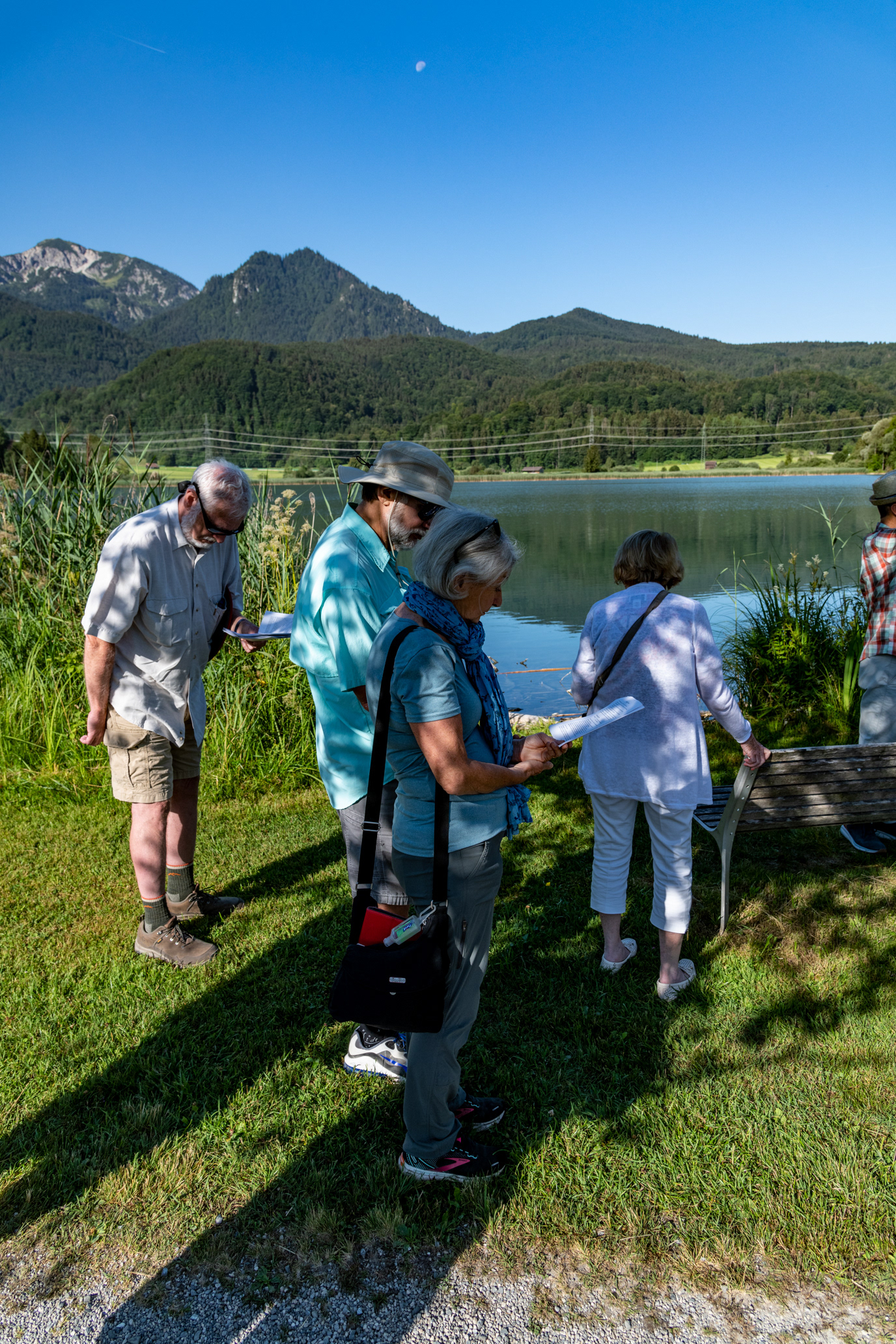
Morning Prayer at the lake
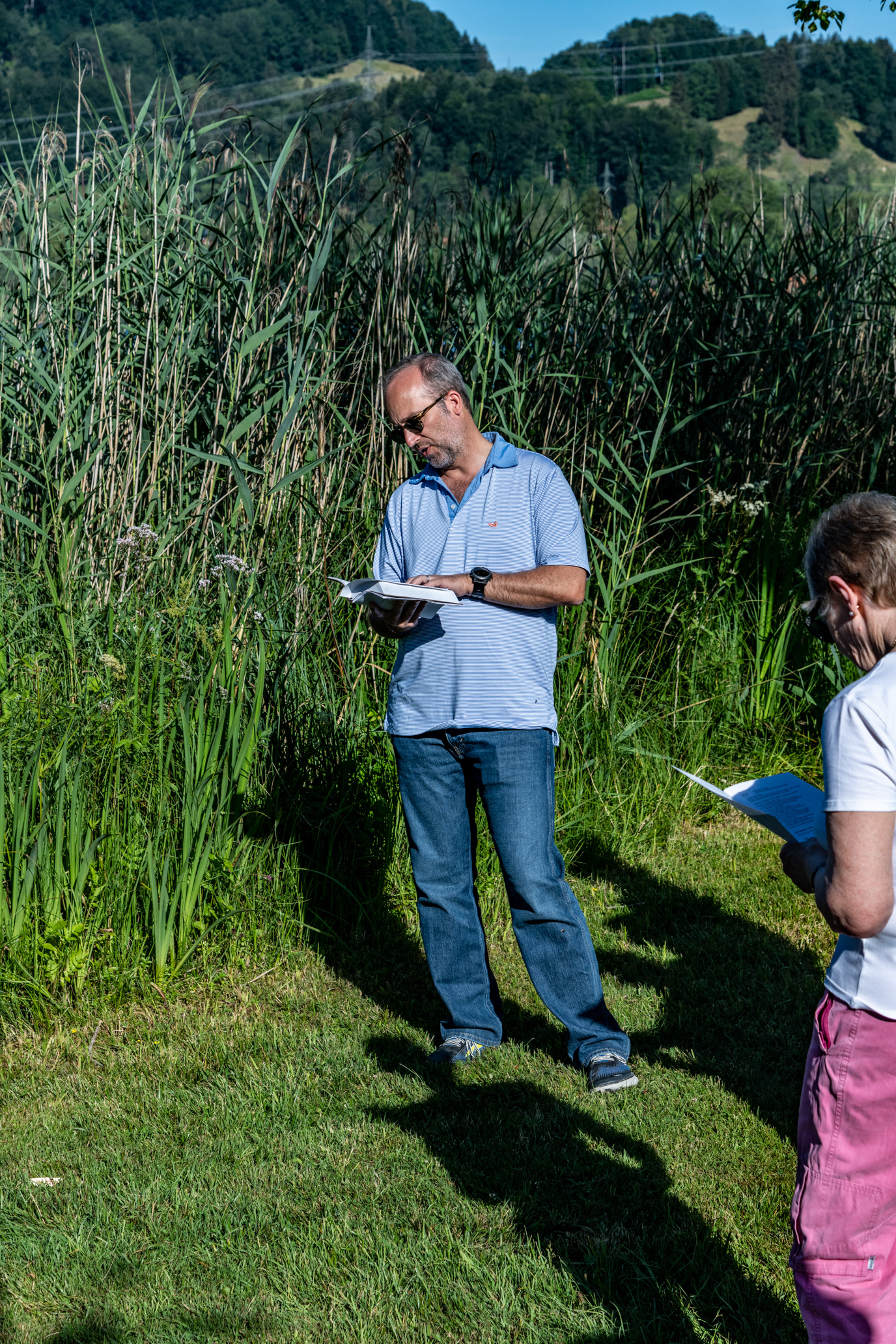
Morning Prayer at the lake
Images from Garmisch-Partenkirchen
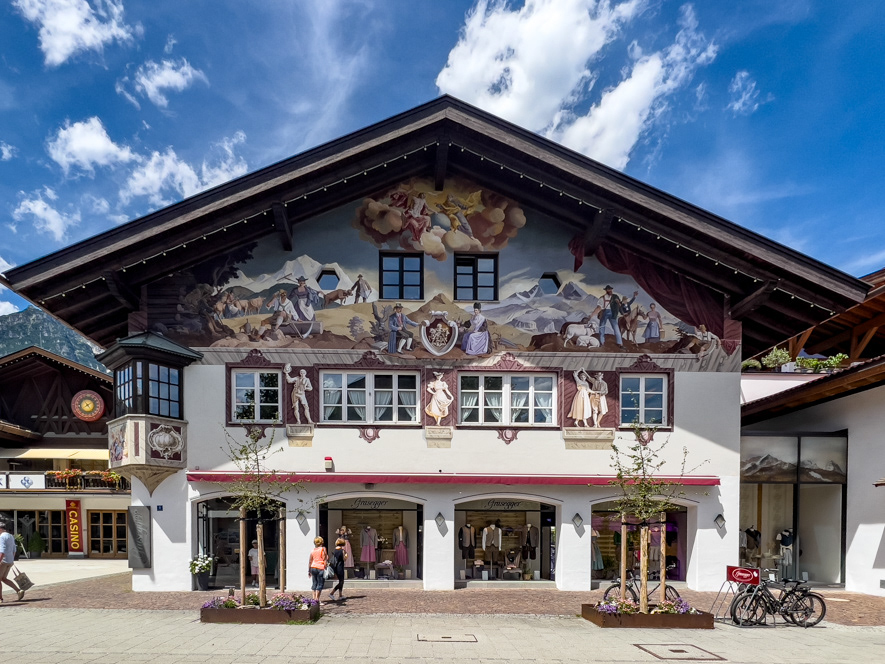
Iconic Bavarian storefront
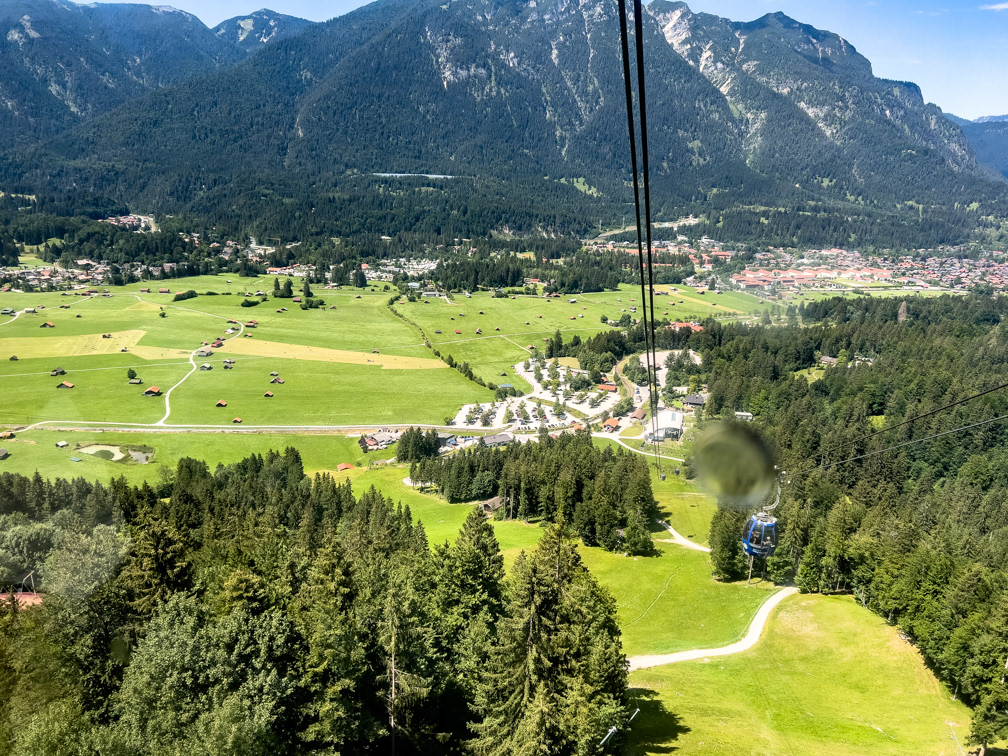
View from the gondola taking us half-way up the mountain
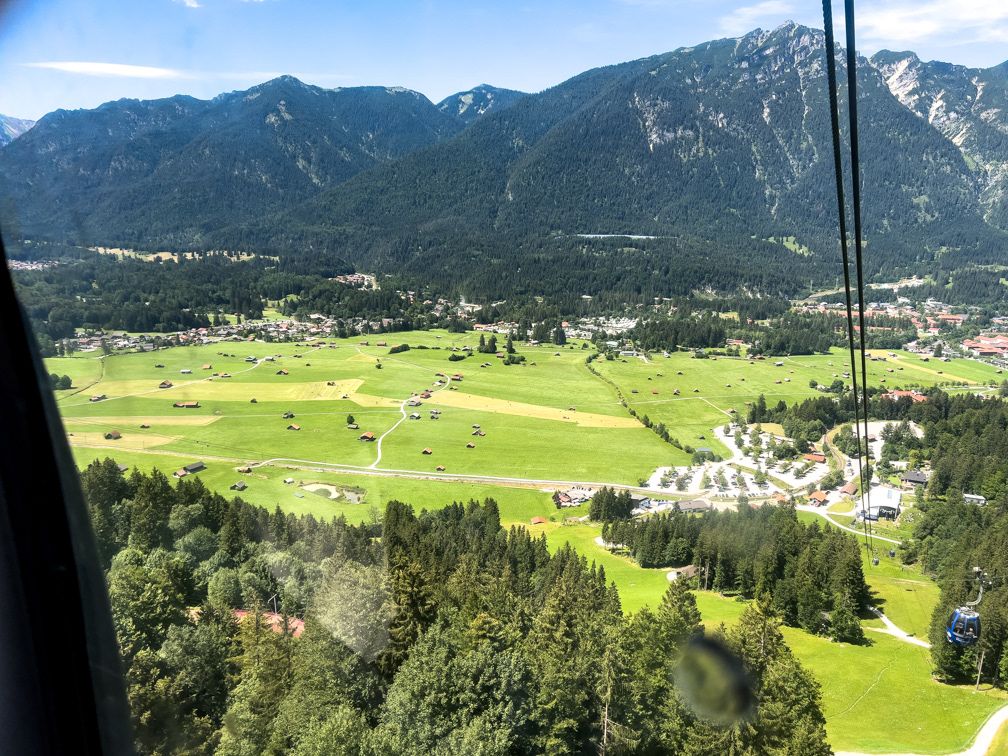
View from the gondola taking us half-way up the mountain
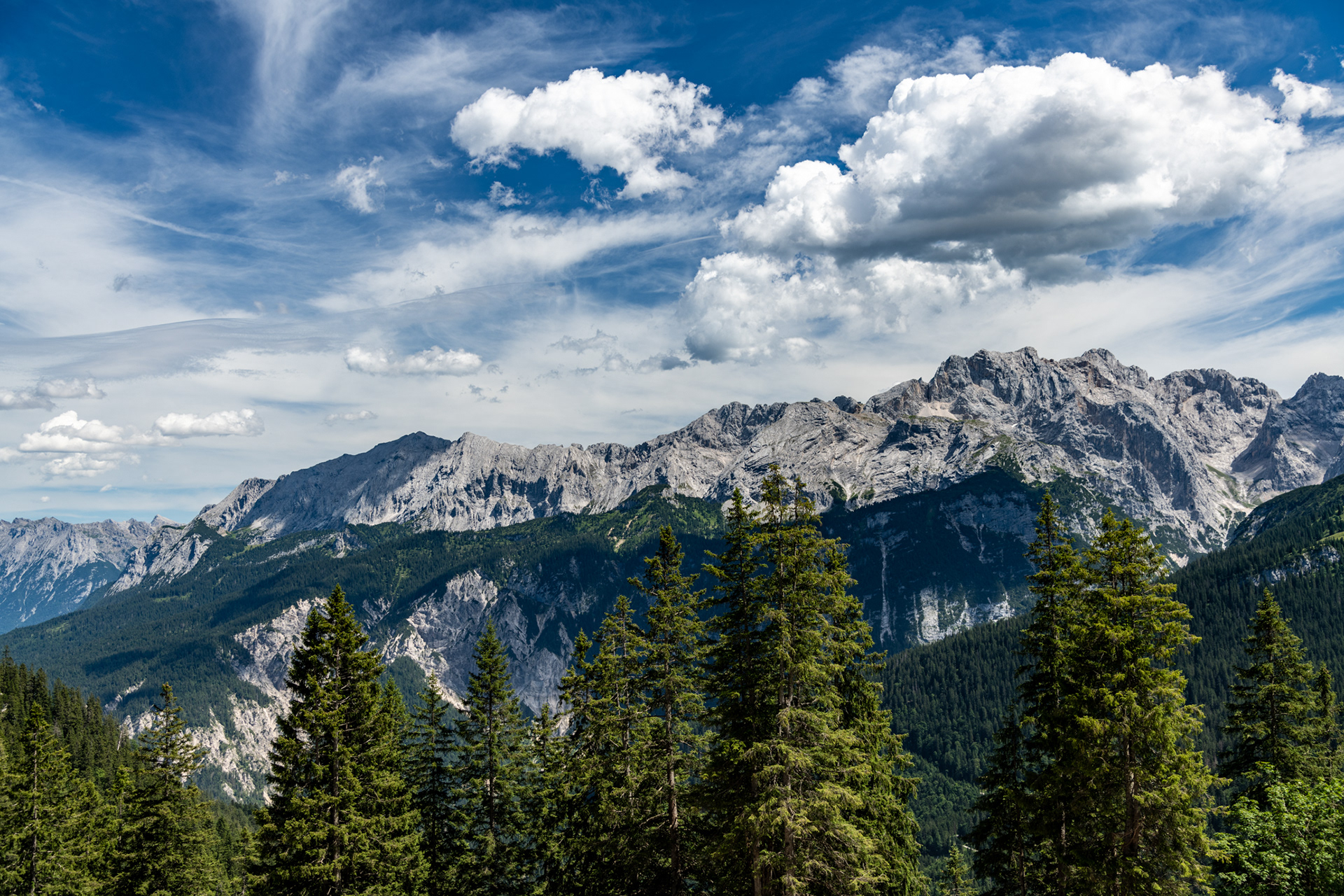
Glorious mountains at the top of the first gondola ride

Panoramic vista(4 images stitched together)
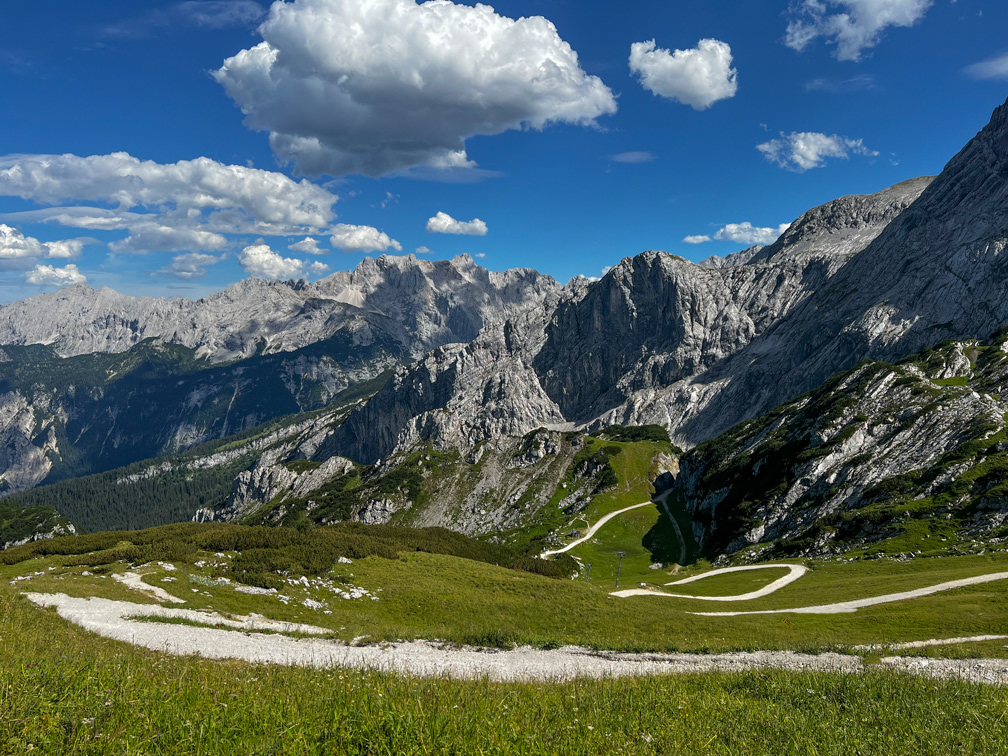
View from the top of the Kreuzeckbahn Bergstation...Elevation 5,380 feet
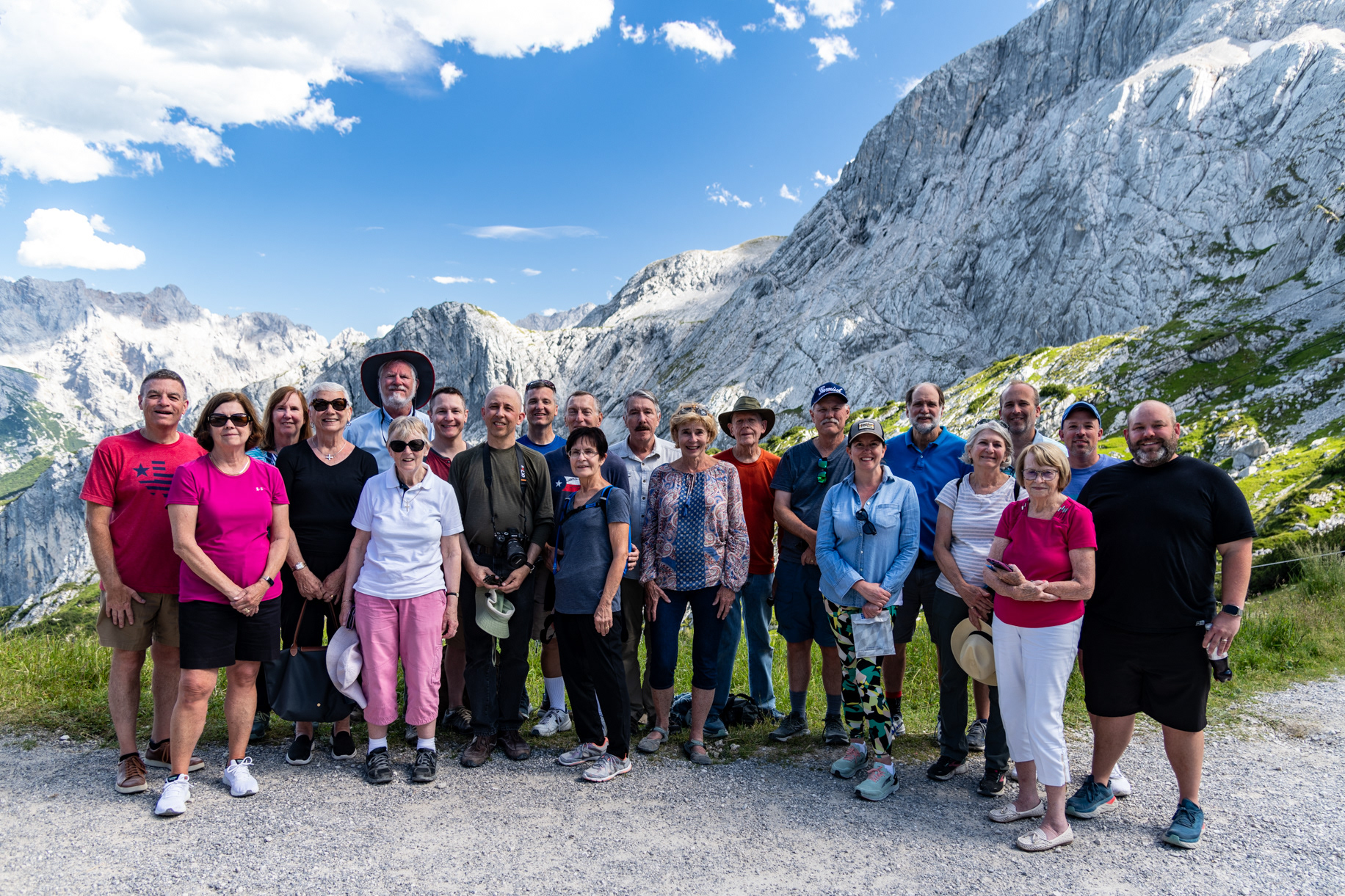
Pilgrims at Kreuzeckbahn Bergstation
Images from
Schloss Neuschwanstein
and
Schloss Hohenschwangau

Pilgrims waiting at the ticket kiosk
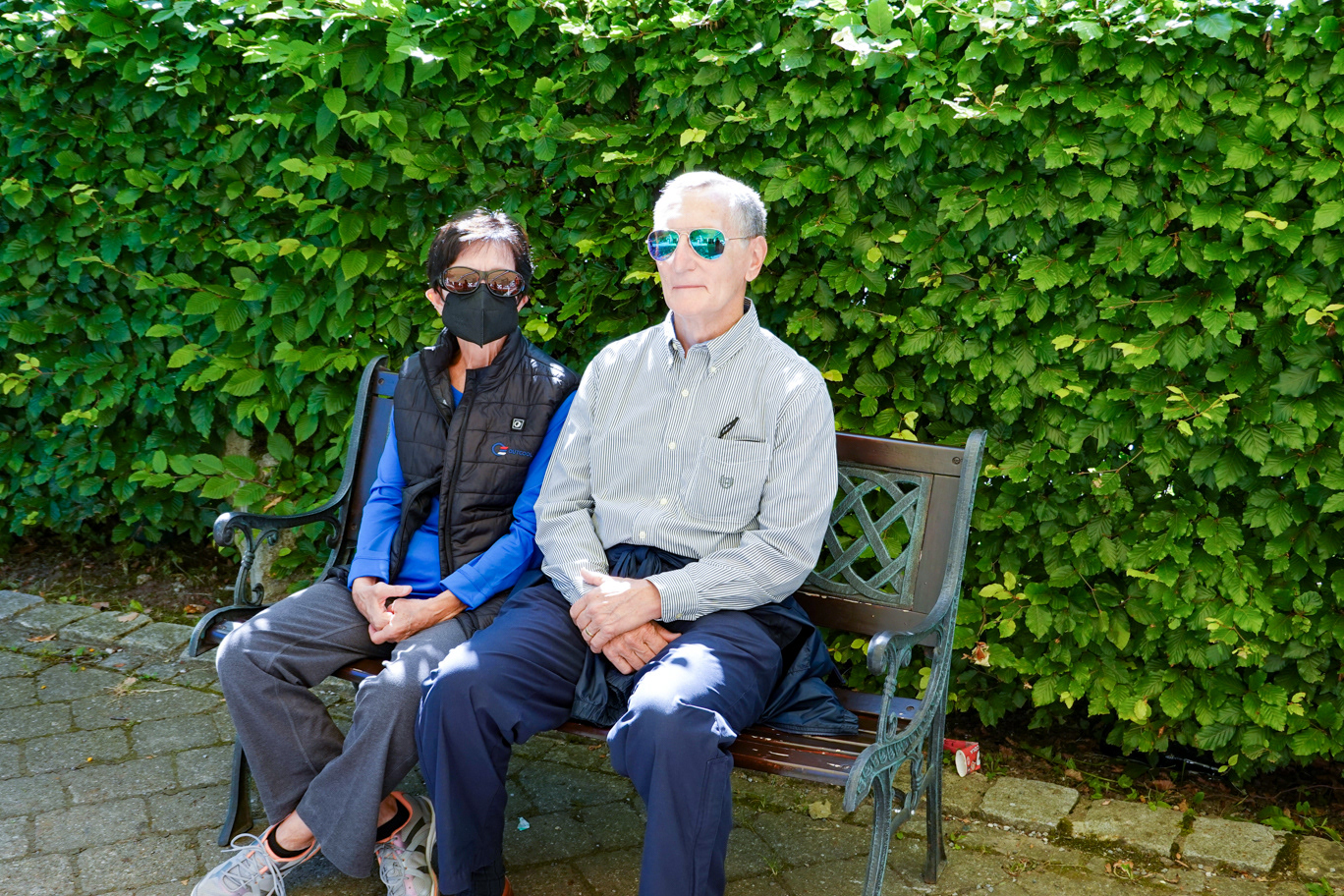
Pilgrims waiting at the ticket kiosk
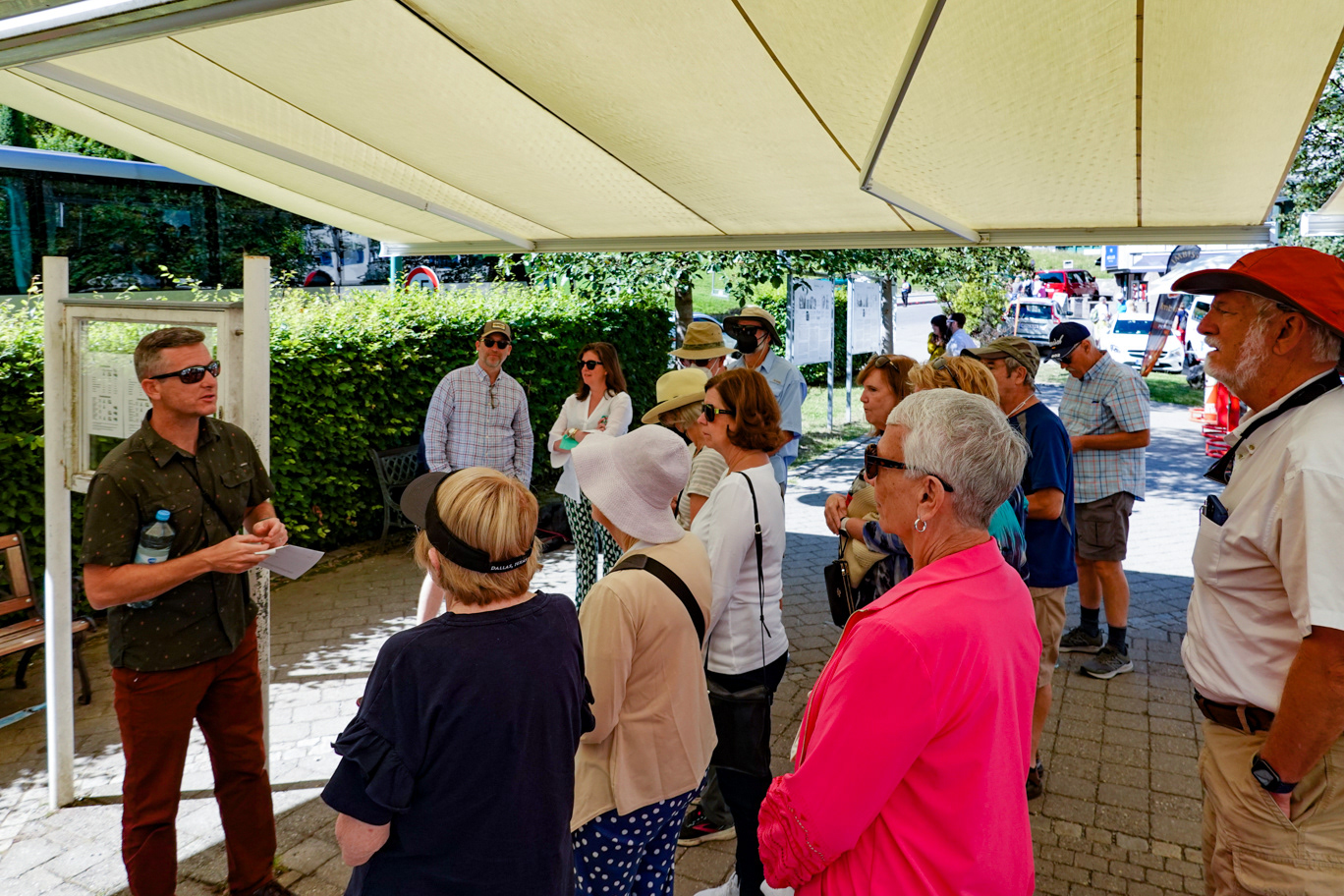
Pilgrims waiting at the ticket kiosk

Neuschwanstein from the village below
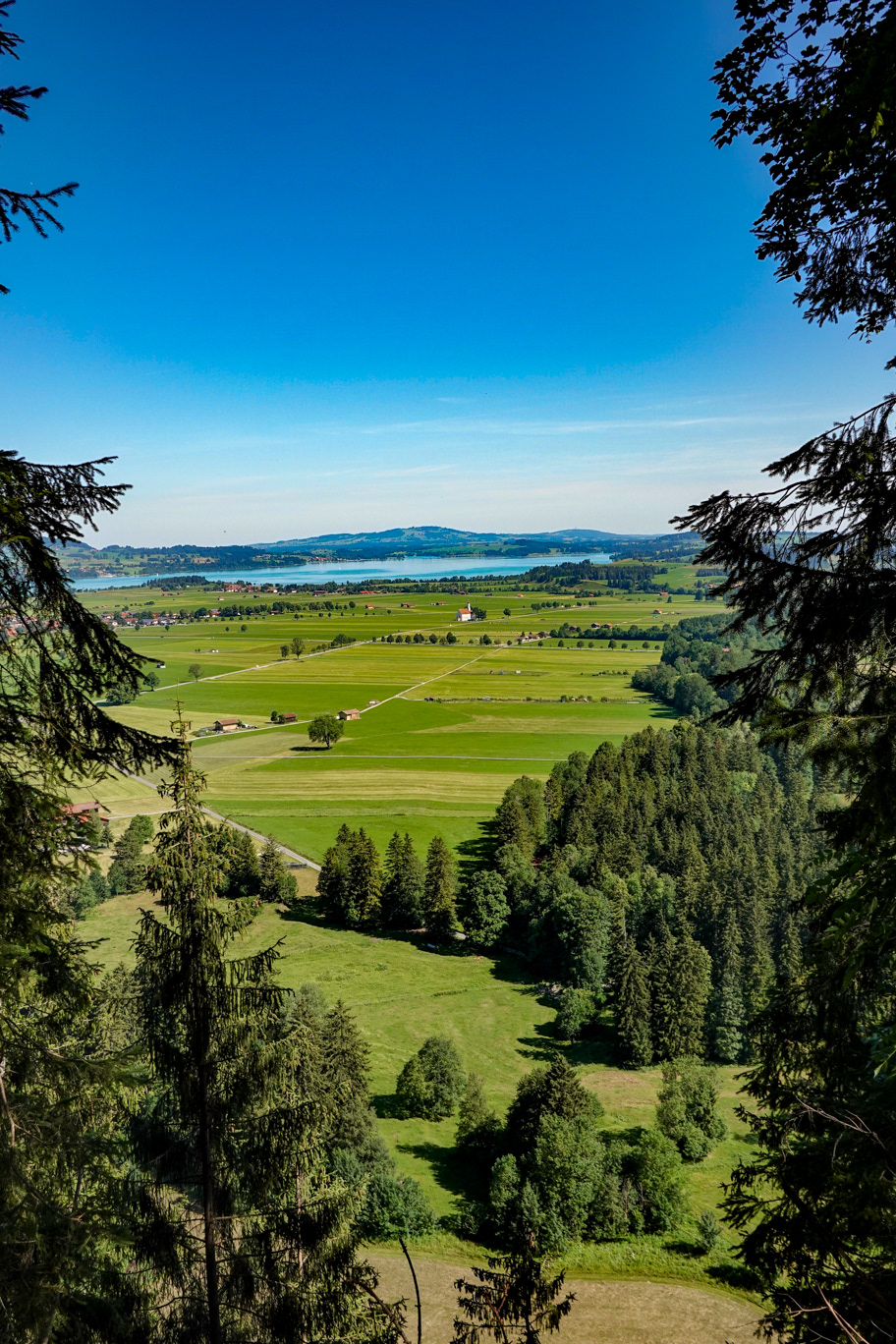
View from atop the Neuschwanstein plateau
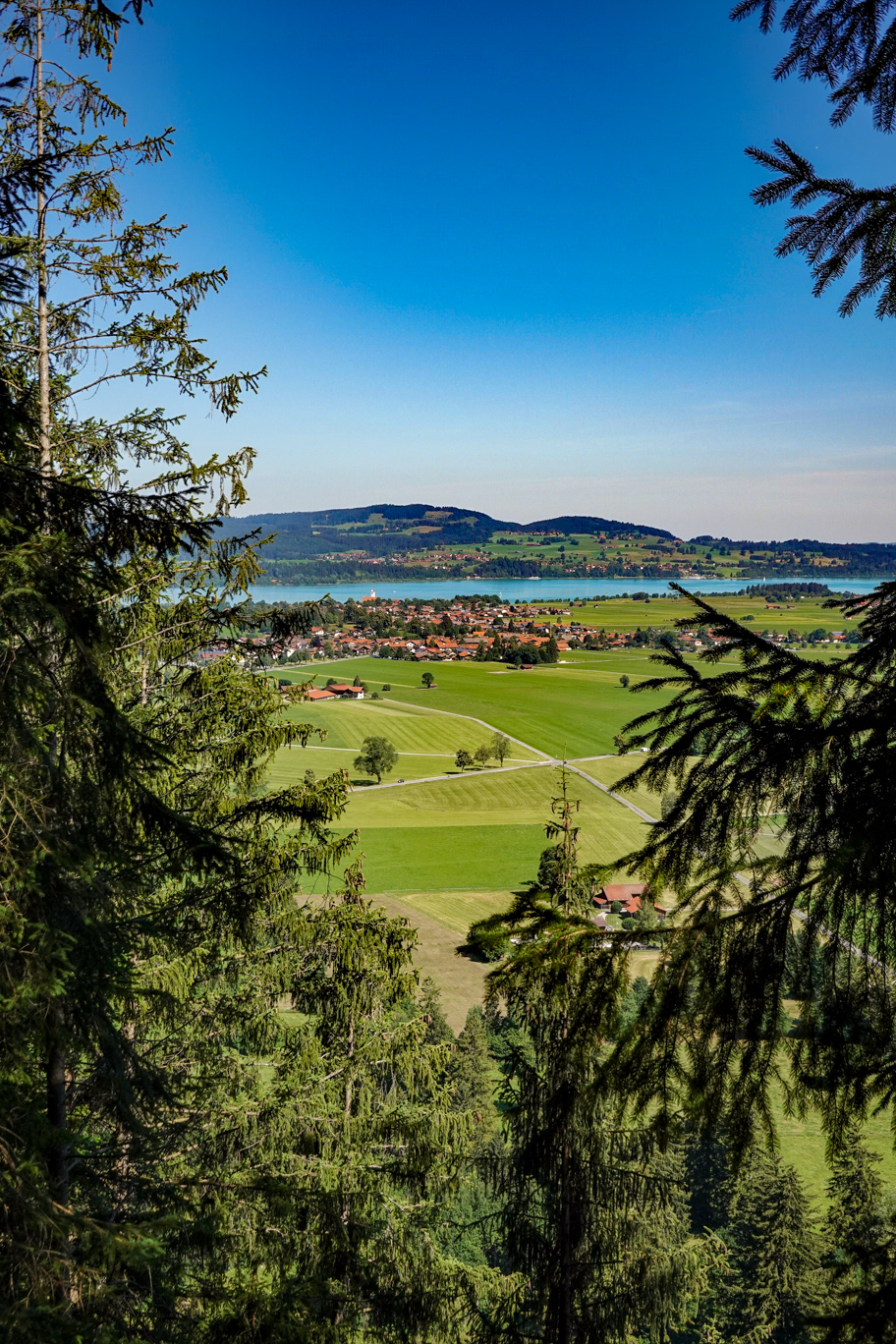
View from atop the Neuschwanstein plateau

View from atop the Neuschwanstein plateau
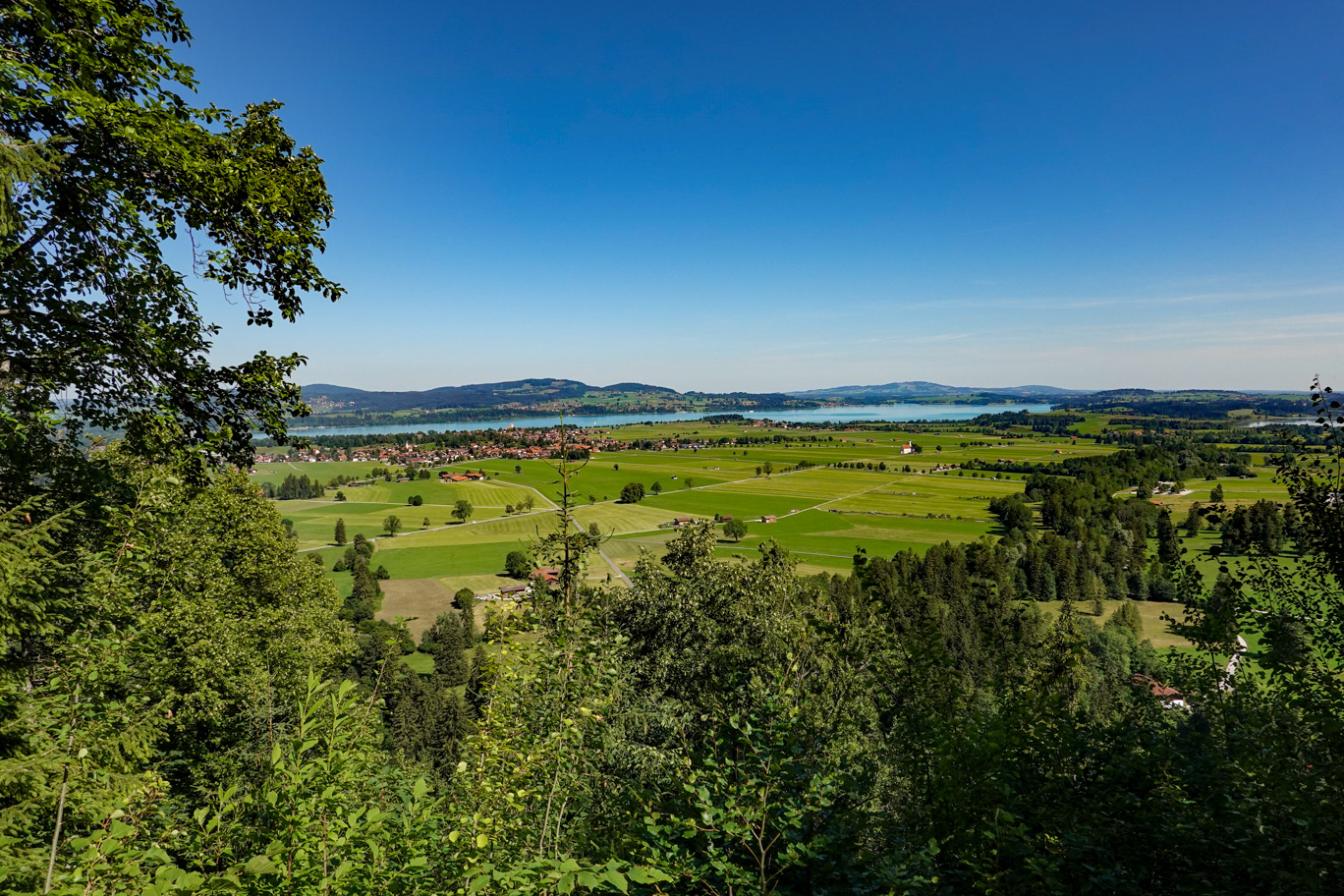
View from atop the Neuschwanstein plateau

Neuschwanstein from the visitor's center
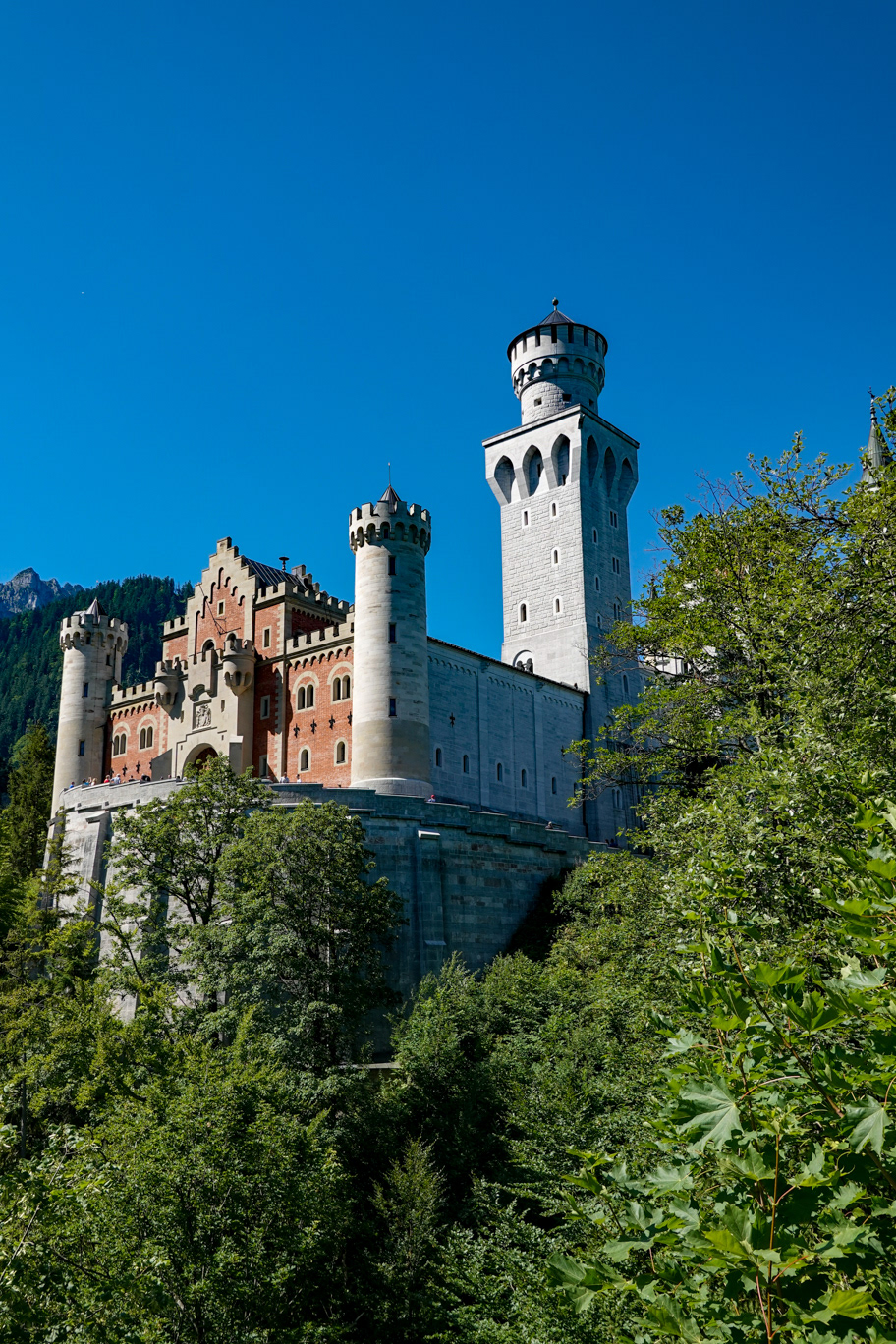
The east side of Neuschwanstein

The main turret of Neuschwanstein
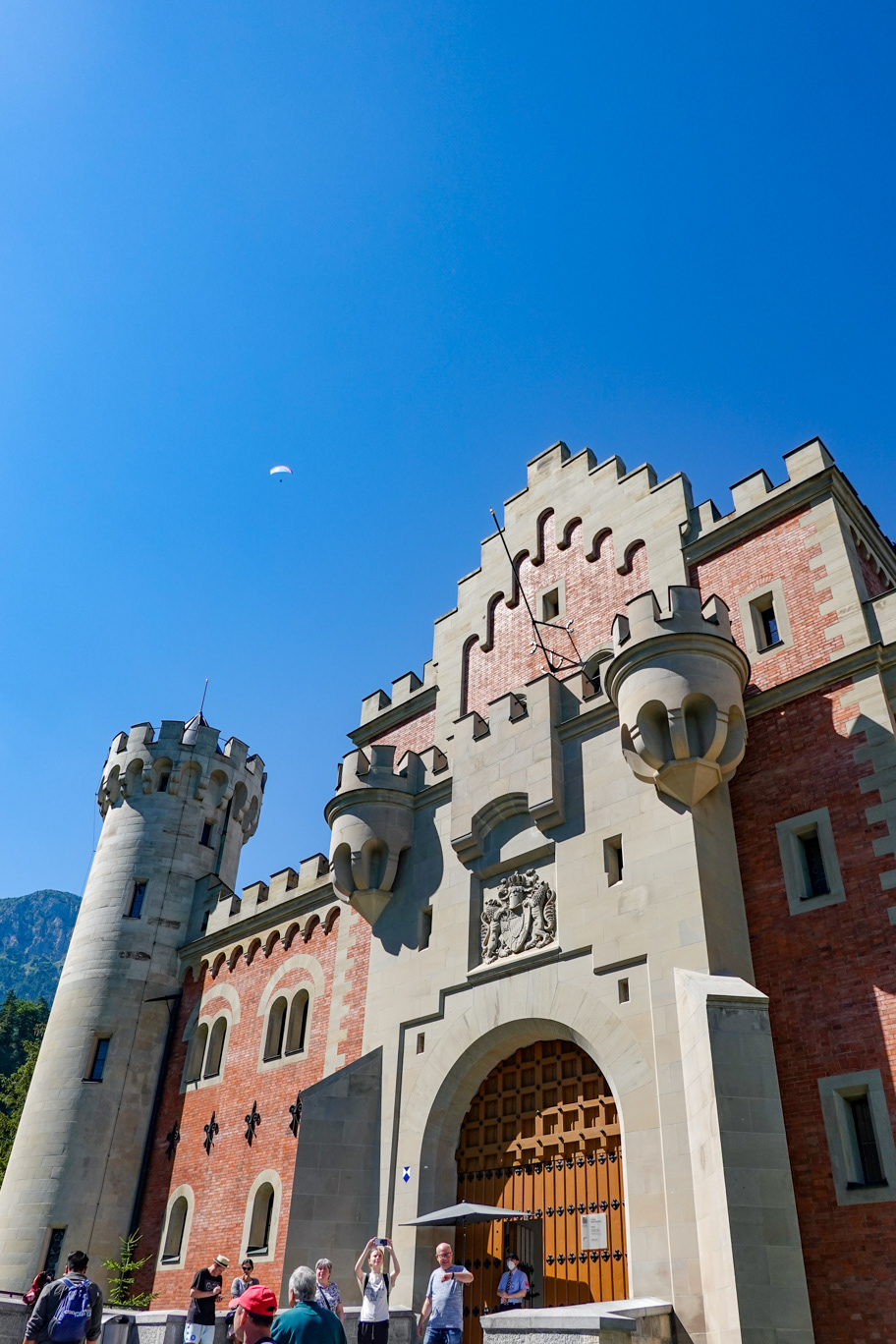
Main entrance to Neuschwanstein
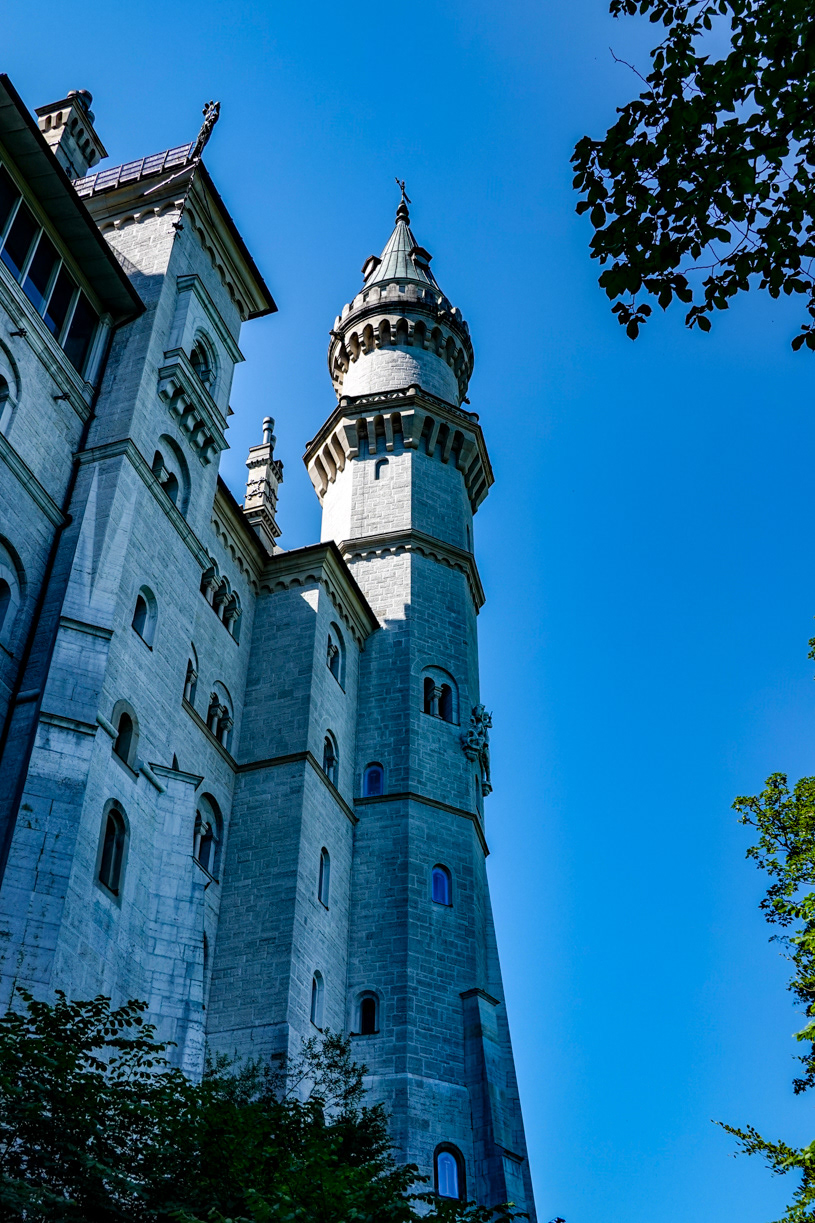
West turret of Neuschwanstein
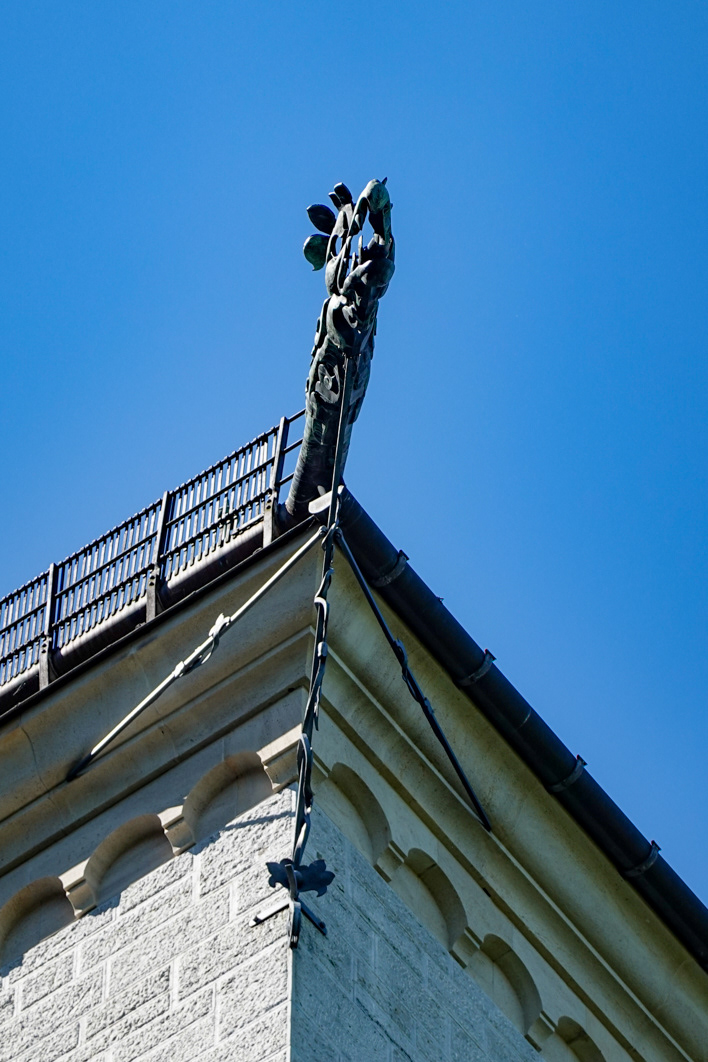
Neuschwanstein gargoyle
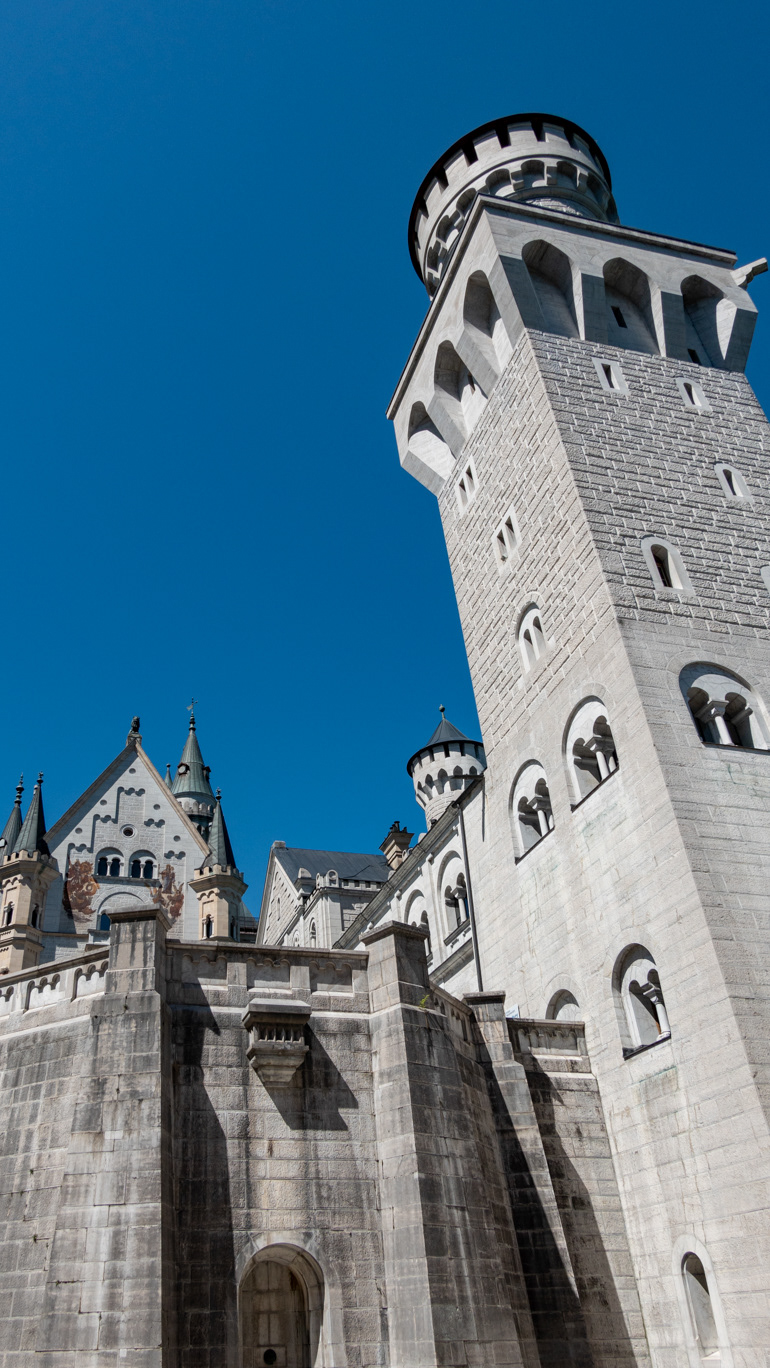
The inner courtyard of Neuschwanstein
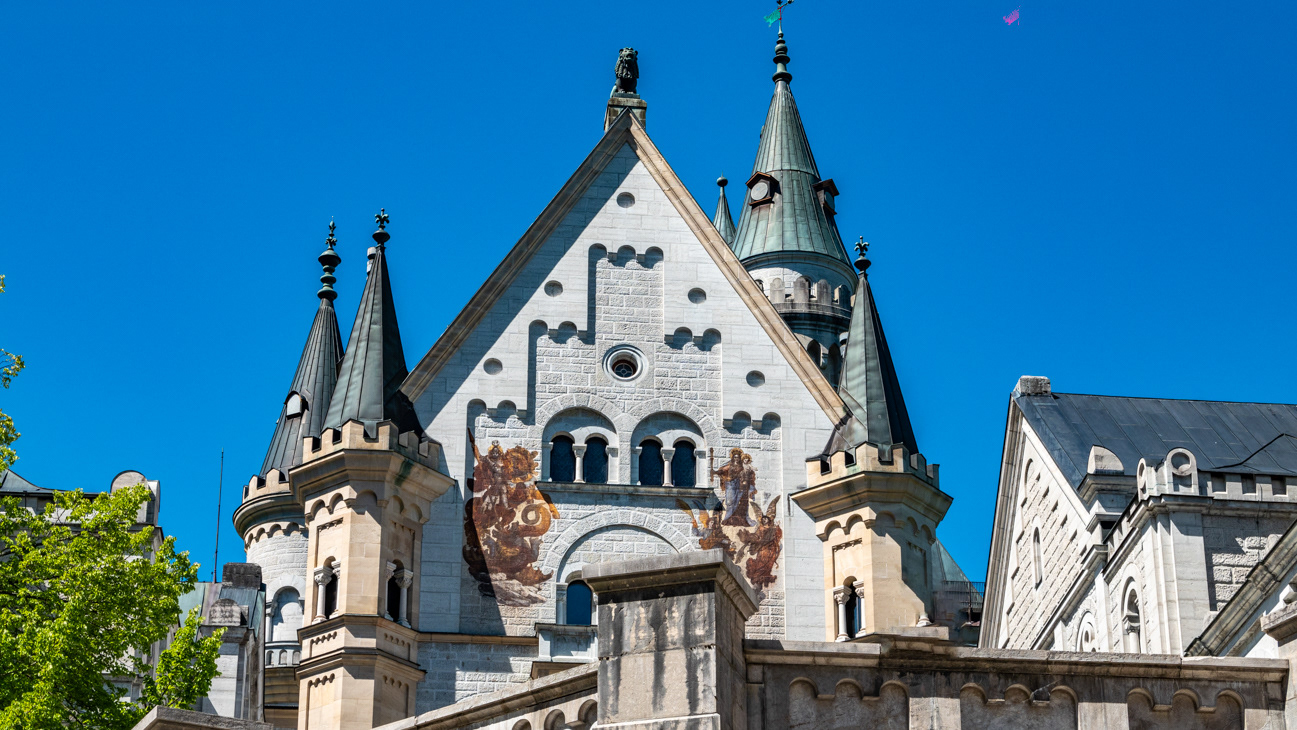
The inner courtyard of Neuschwanstein

The inner courtyard of Neuschwanstein
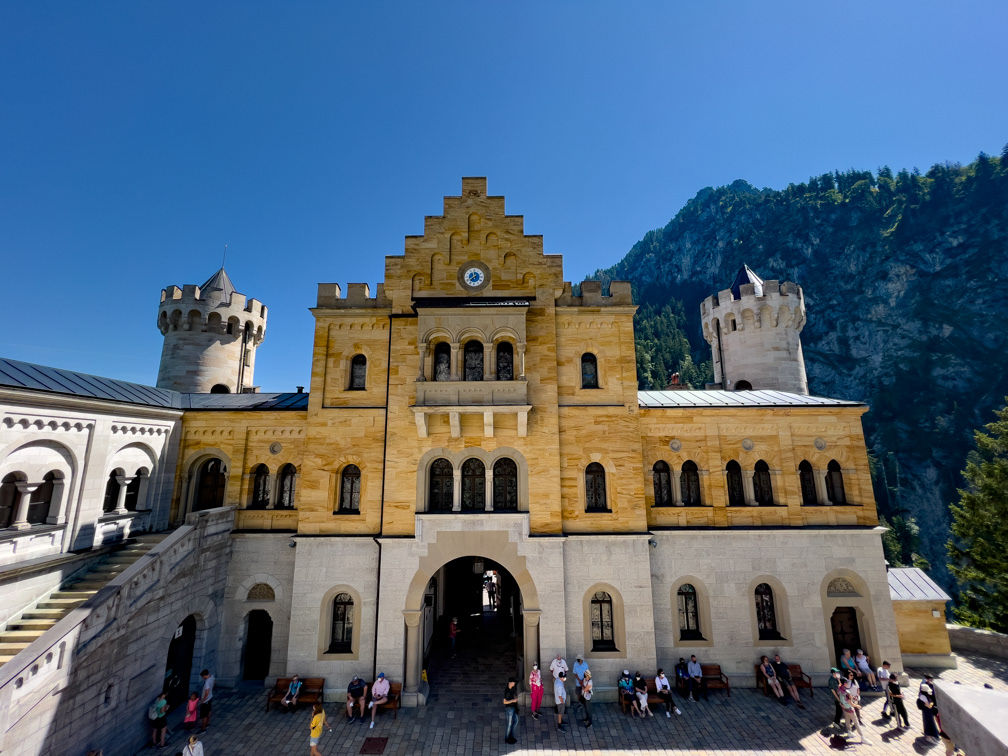
The back of the main entrance building

Façade of Hohenschwangau

The inner courtyard of Neuschwanstein
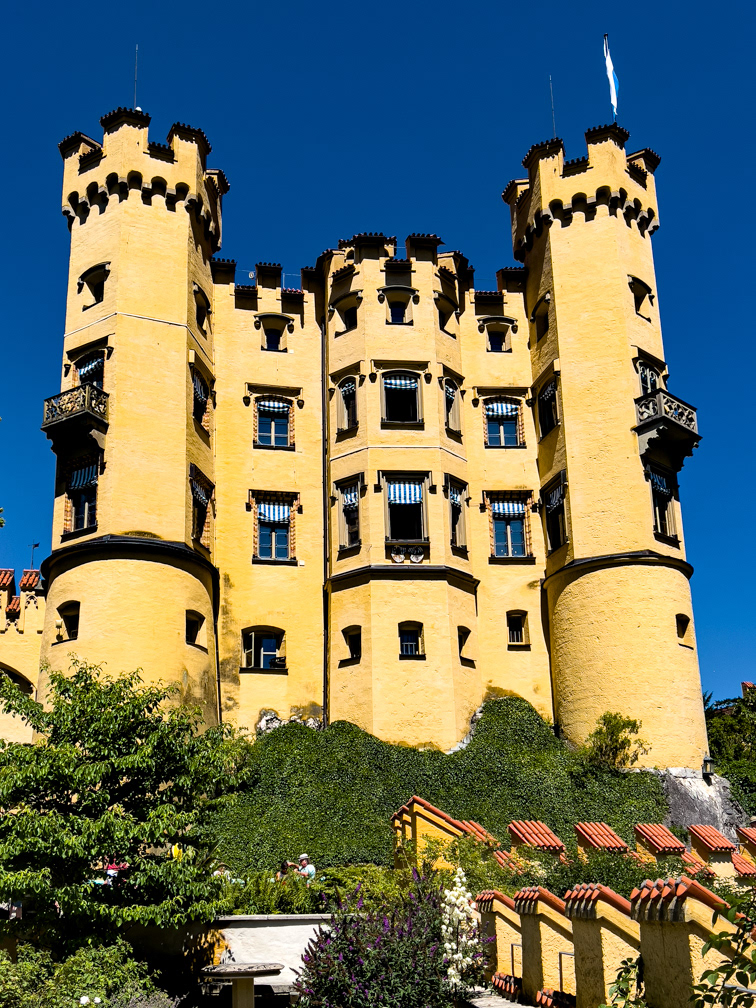
The inner courtyard of Neuschwanstein
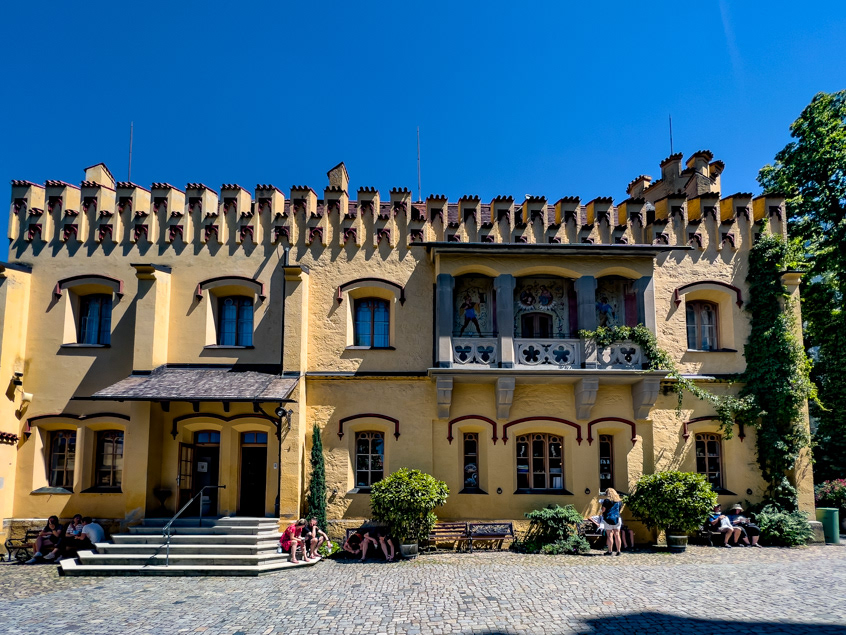
The inner courtyard of Neuschwanstein
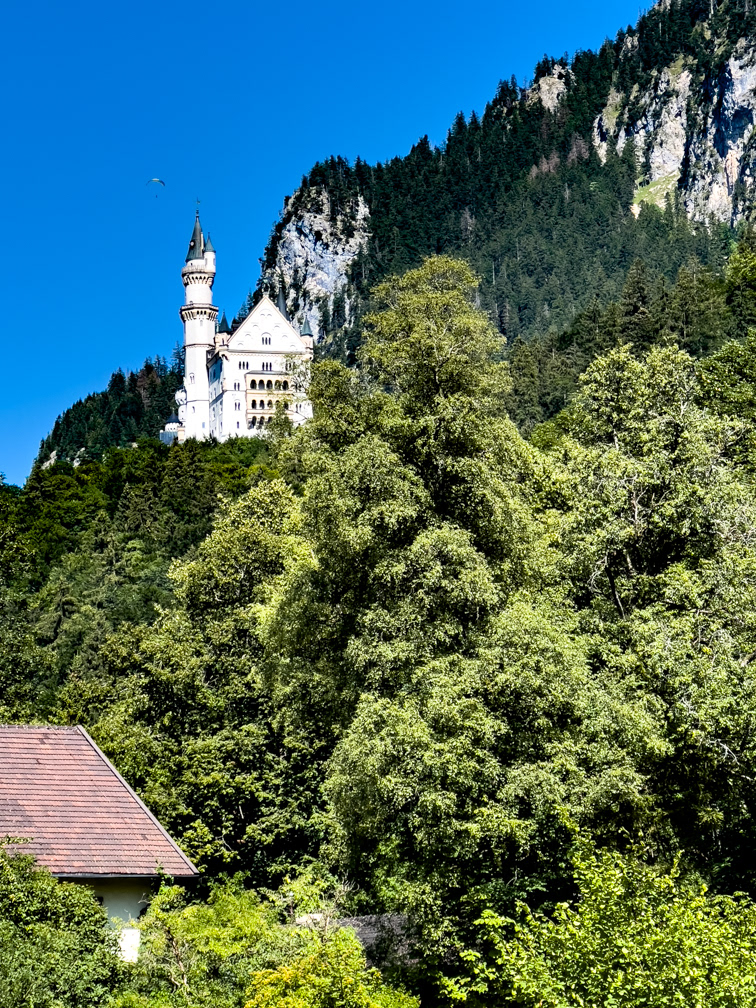
Neuschwanstein from Hohenschwangau

Pilgrims at Neuschwanstein
Images from Munich
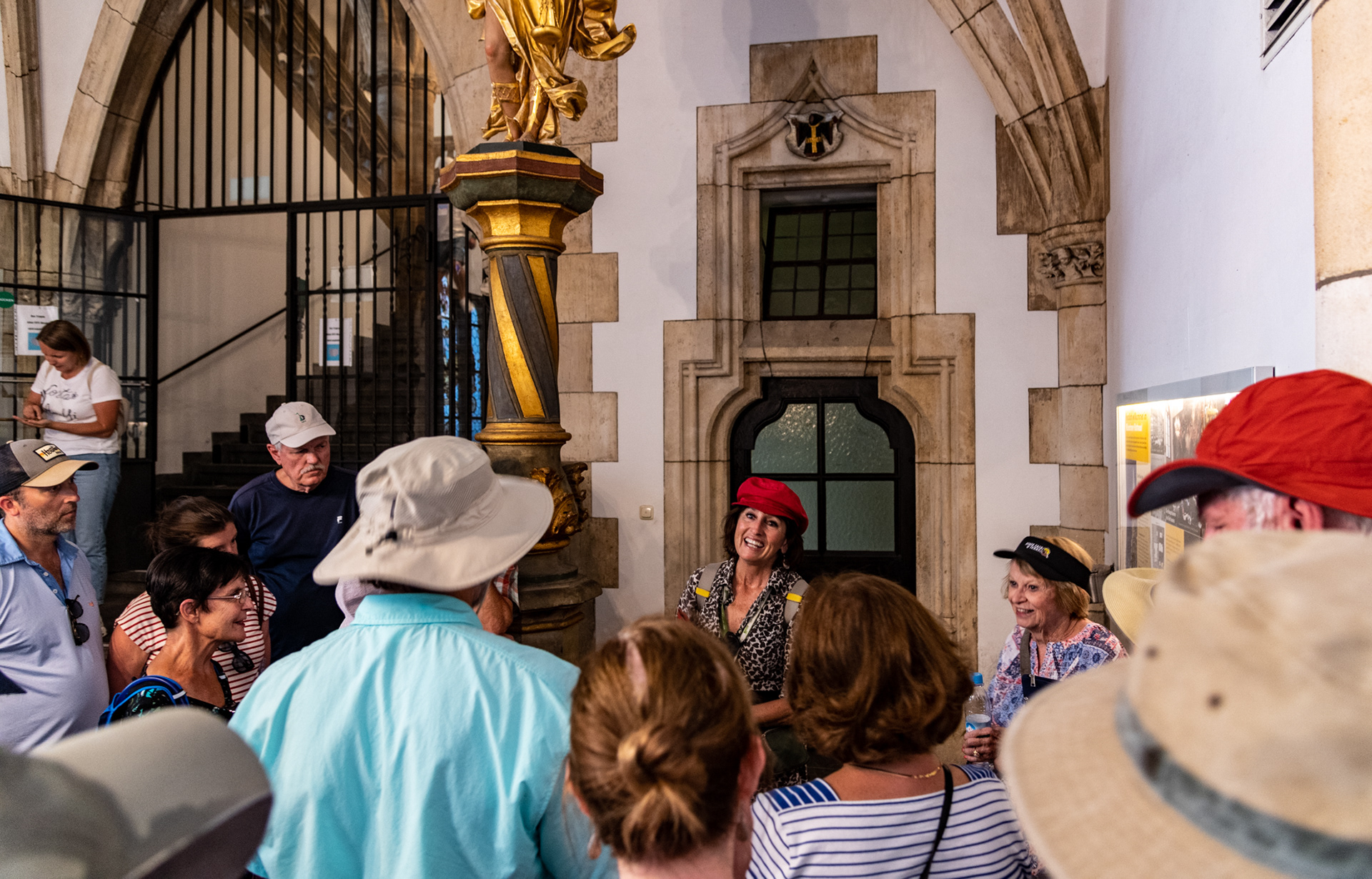
Maxine giving the pilgrims an orientation in the building that houses the Marienplatz glockenspiel
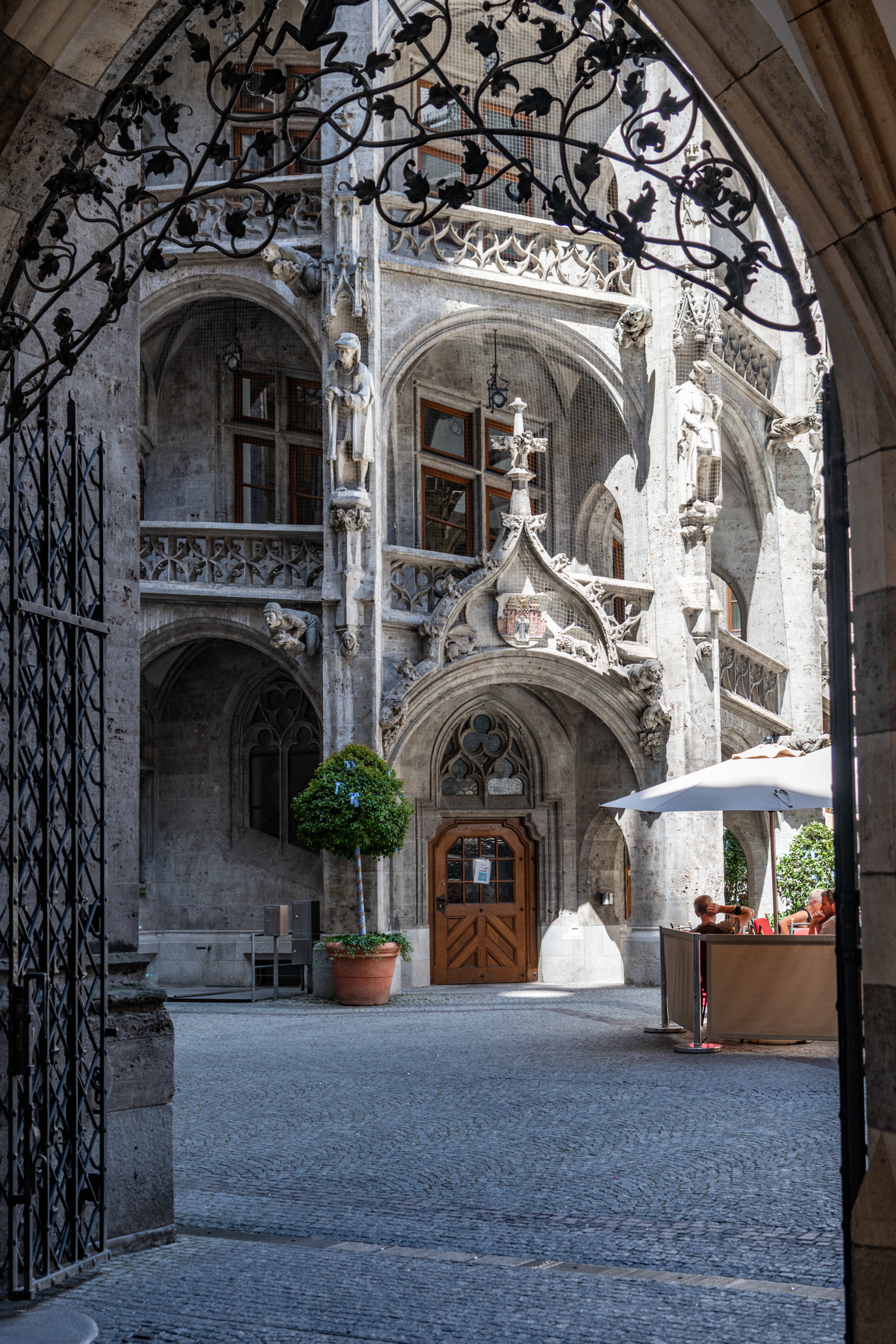
The inner courtyard of the old Rathaus
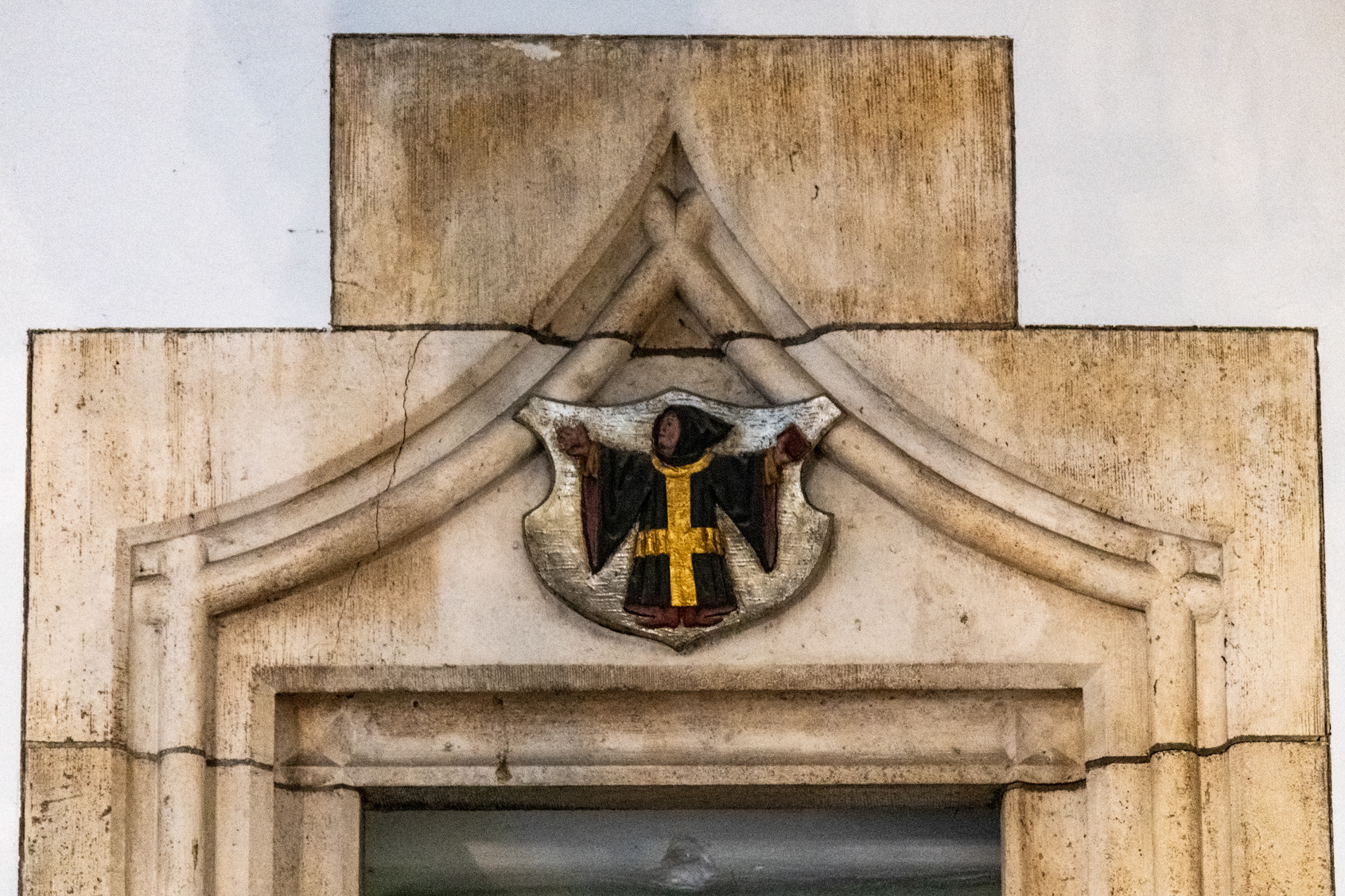
The famous Munich Monk
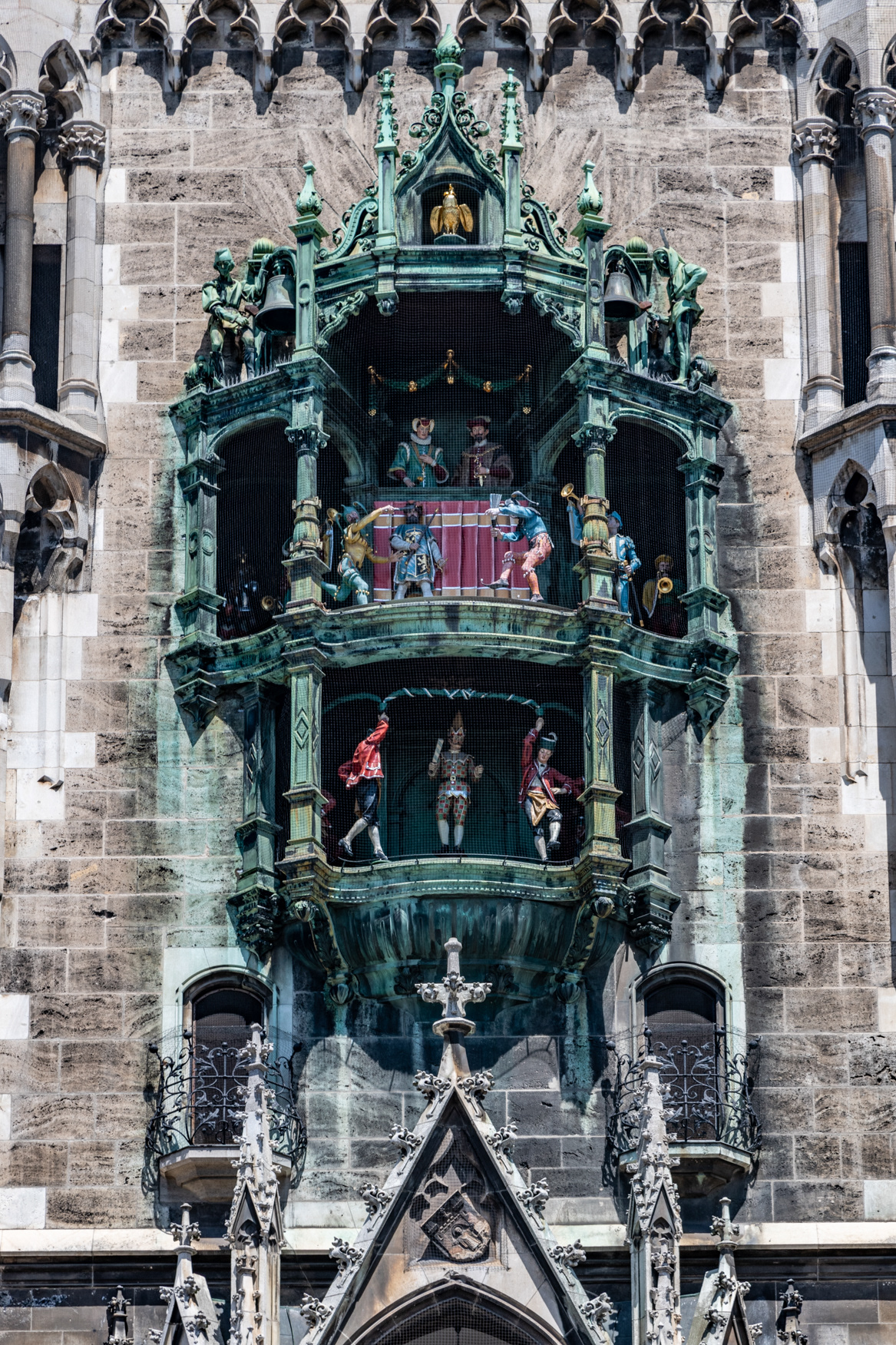
The Marienplatz glockenspiel

The Marienplatz glockenspiel
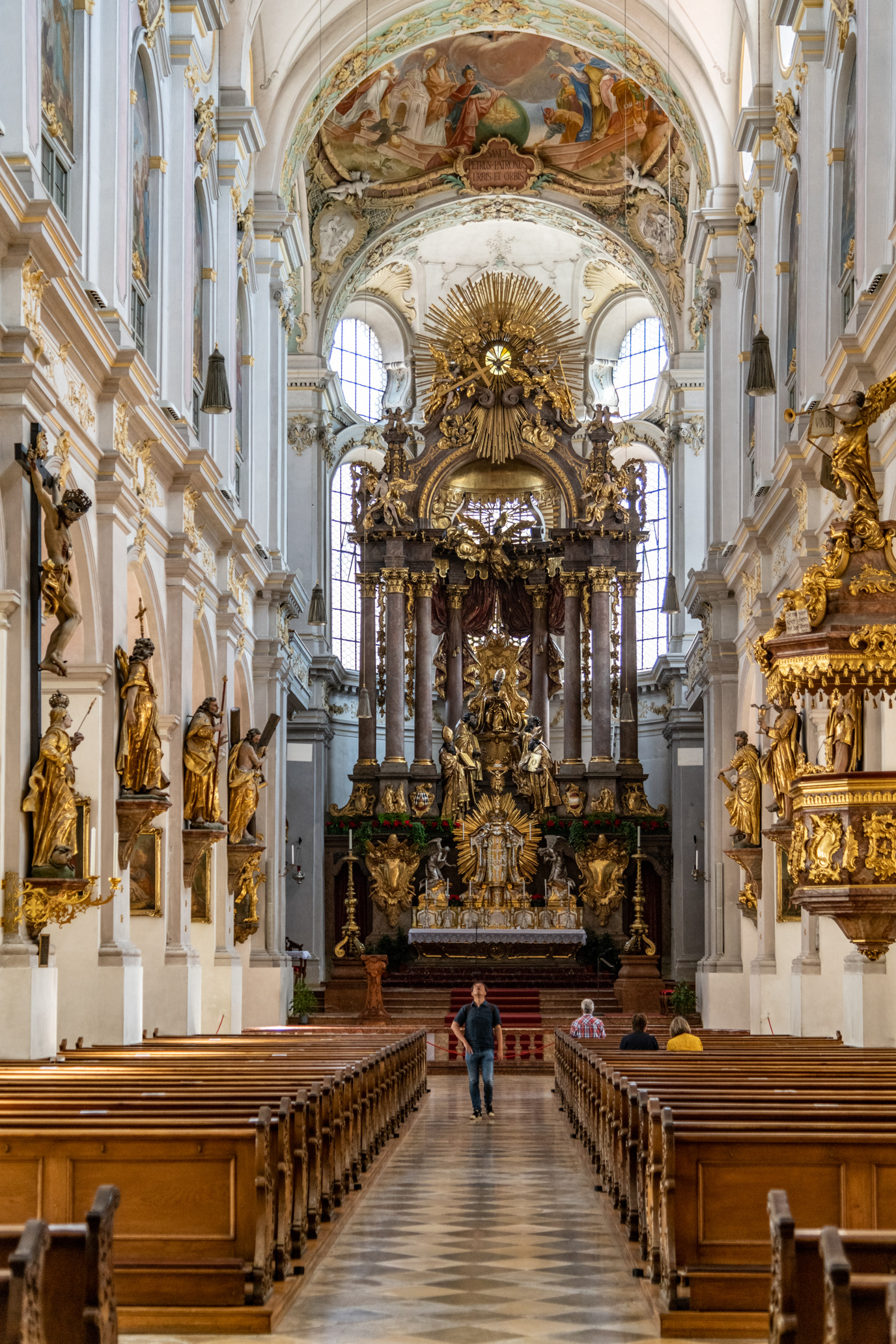
The nave of St Peter Church
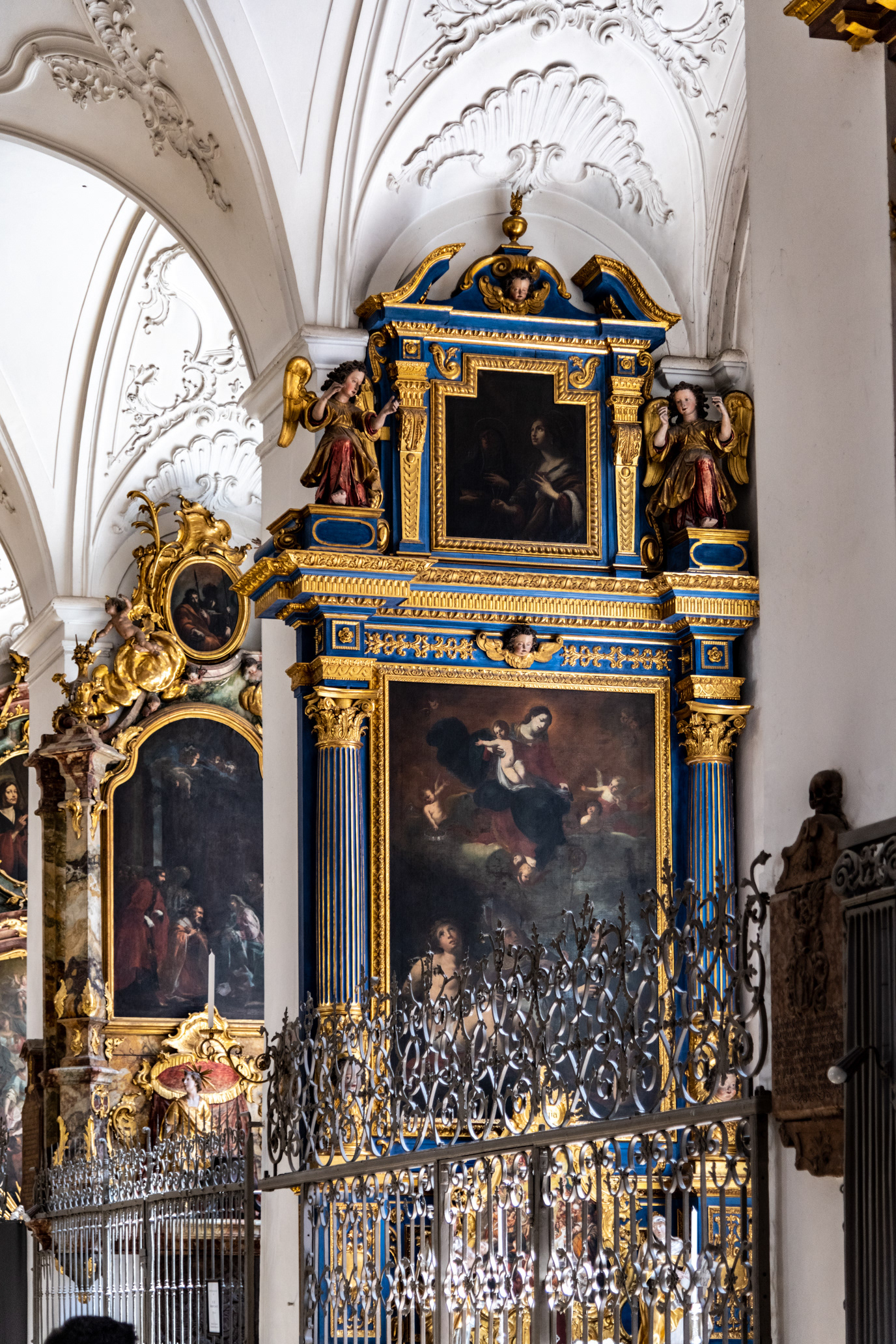
Side chapel of St Peter Church

Statuary in St Peter Church
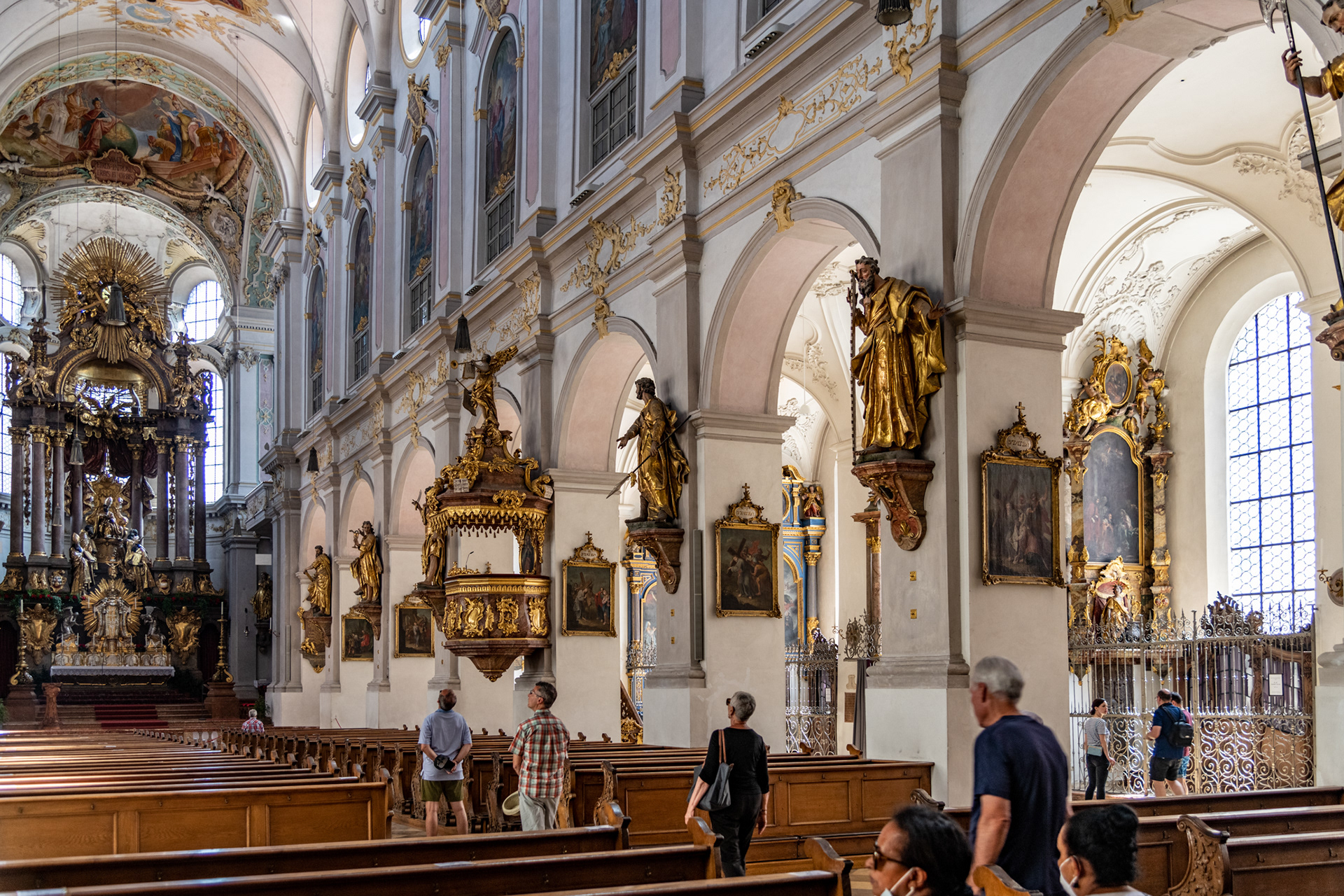
Statuary in St Peter Church
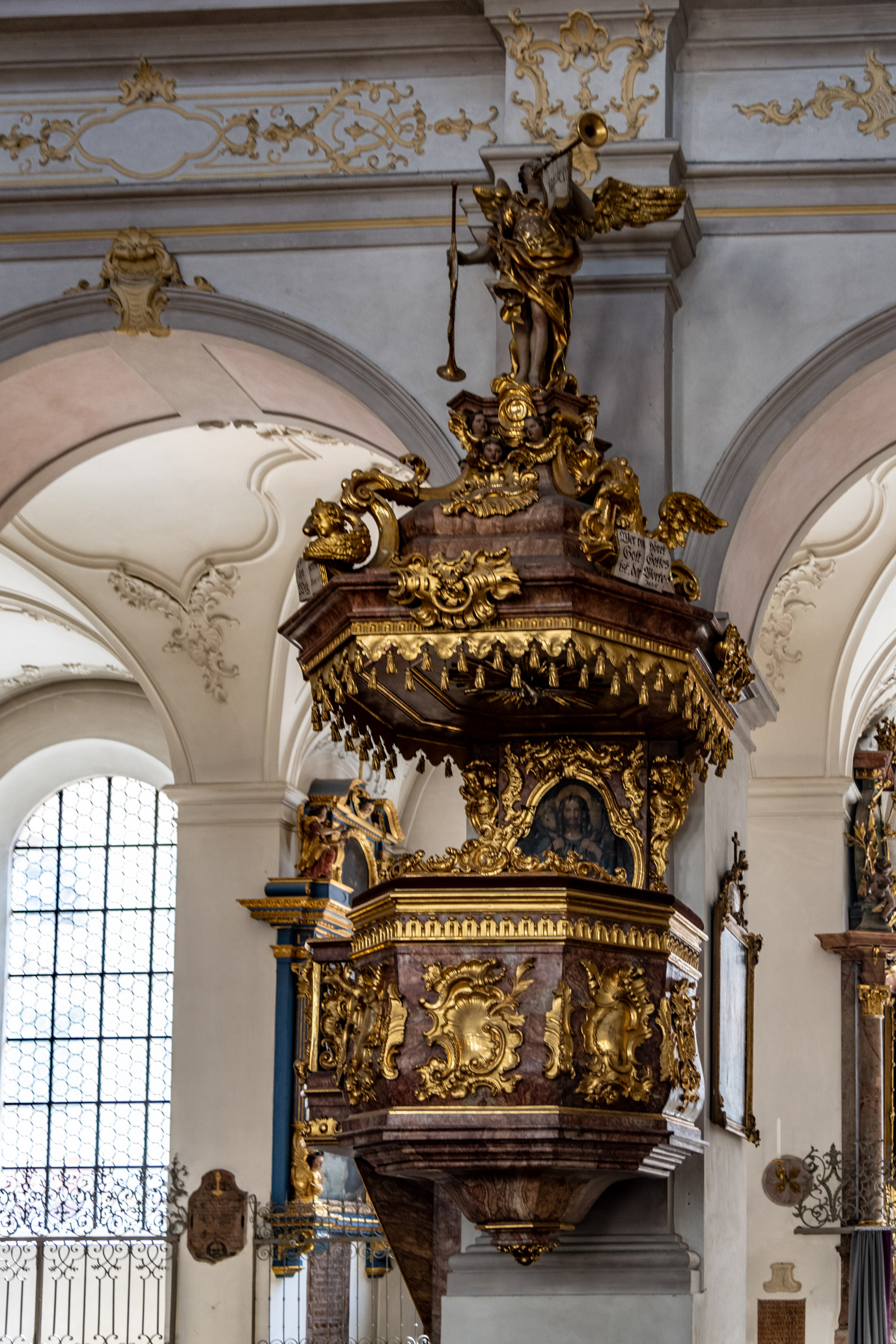
Pulpit in St Peter Church
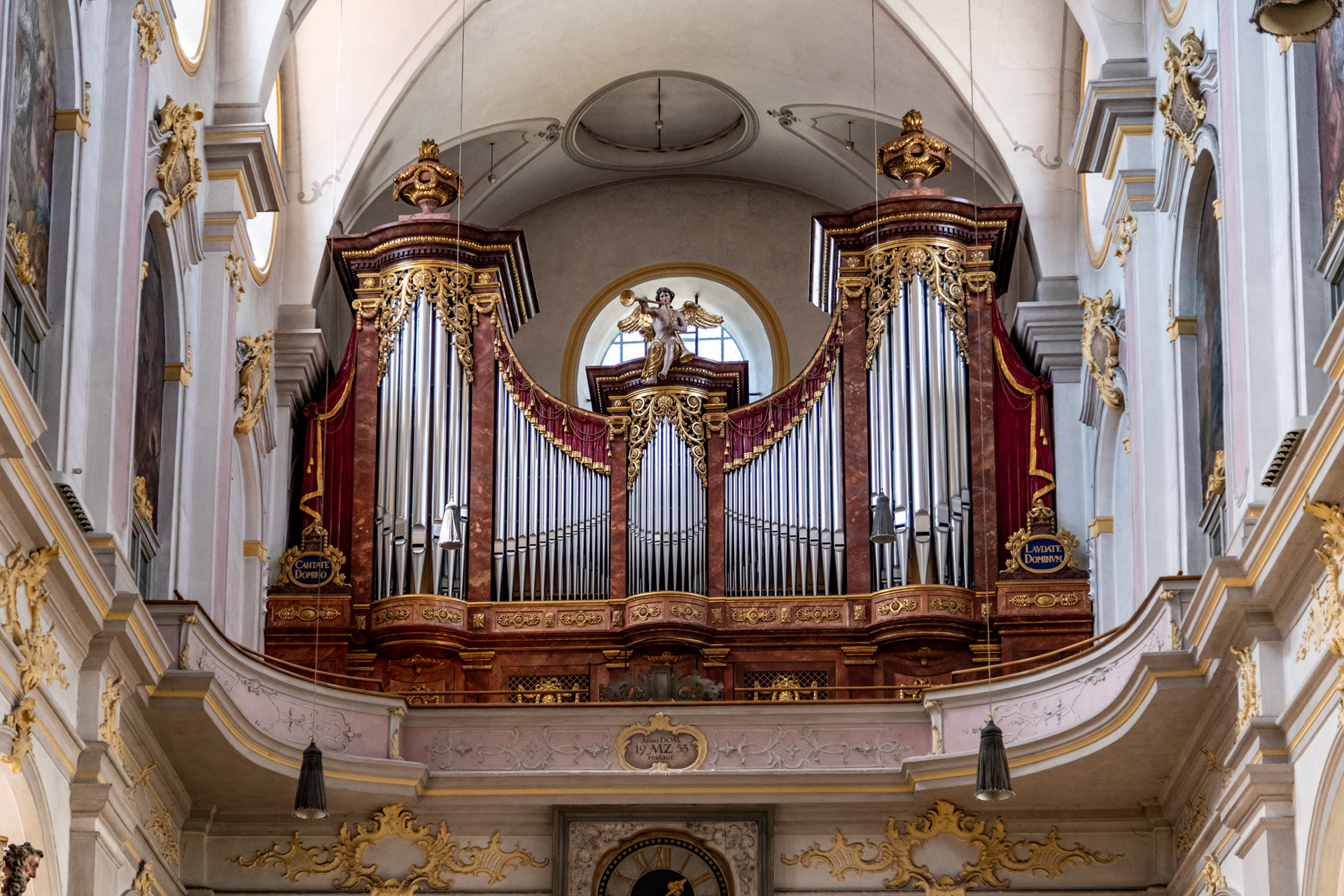
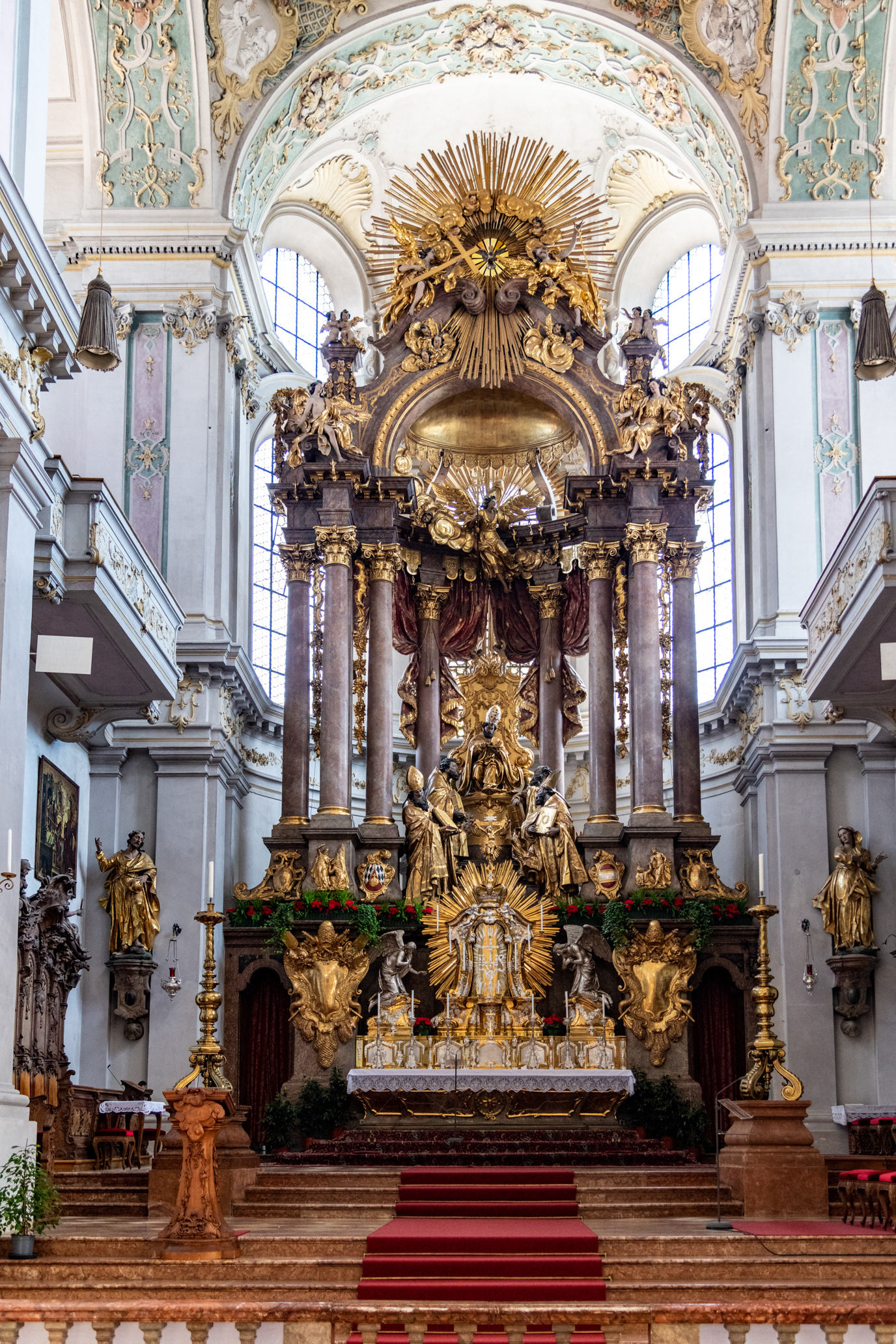
High altar of St Peter Church
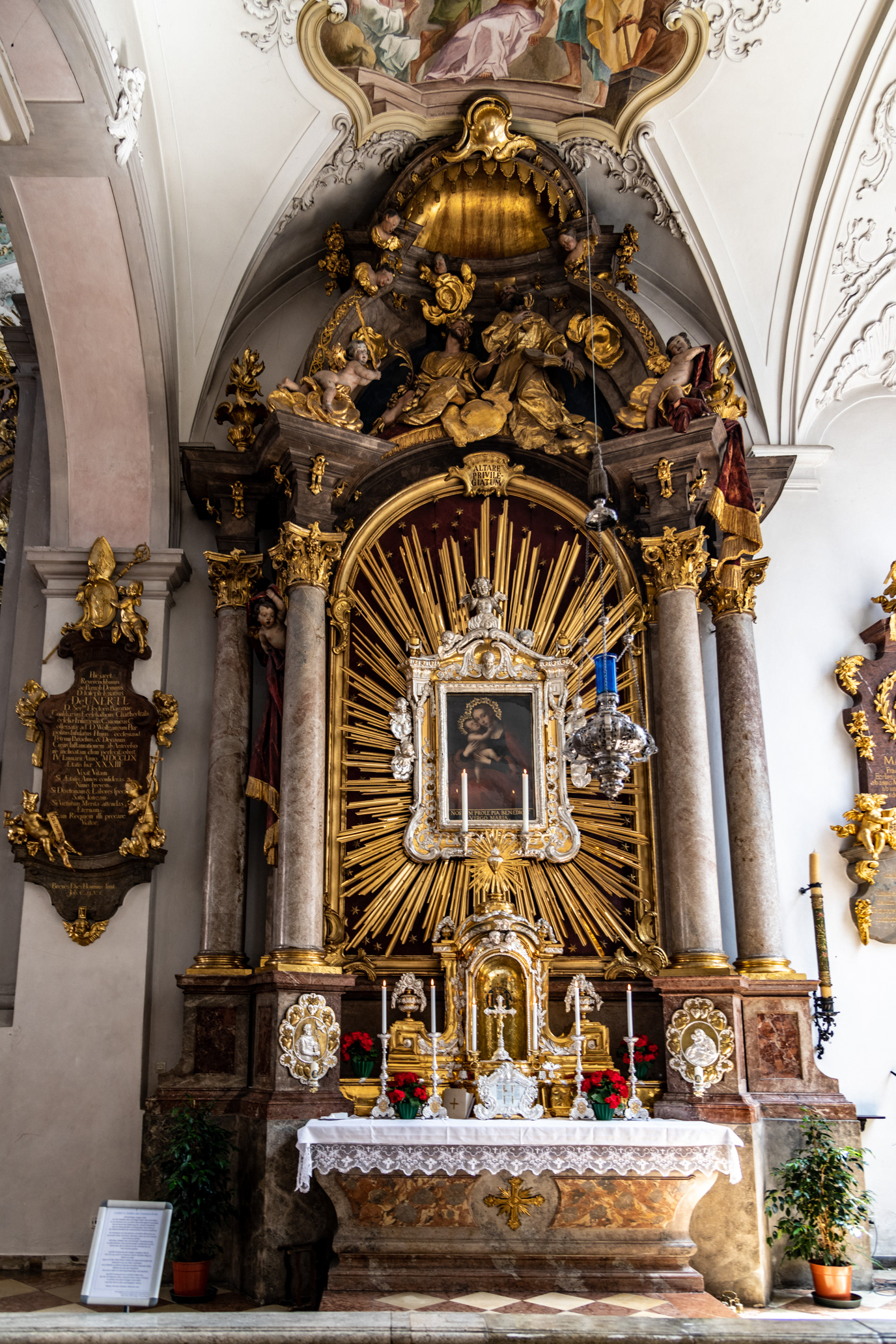
Side altar of St Peter Church
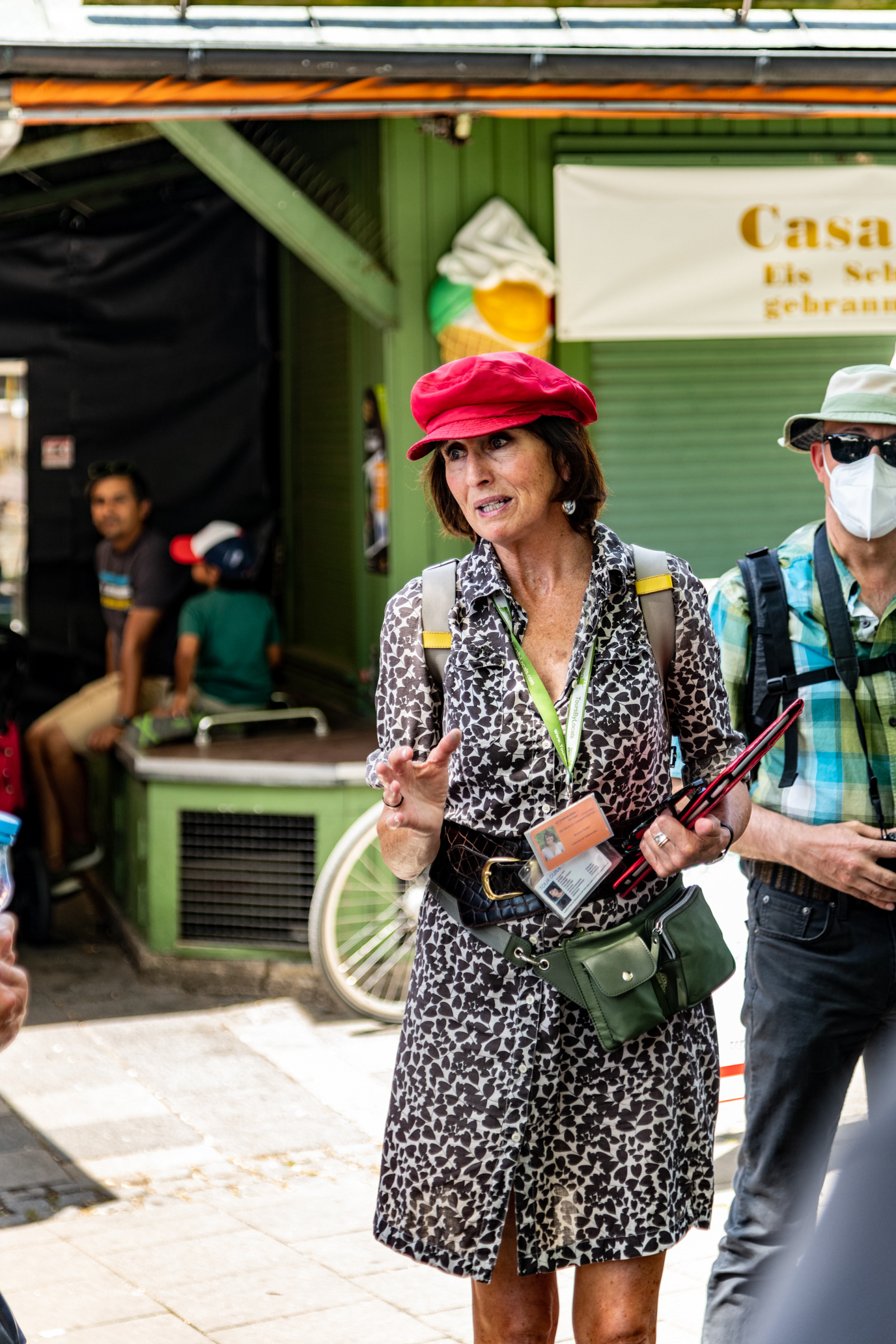
Maxine talking about the Munich Viktualienmarkt
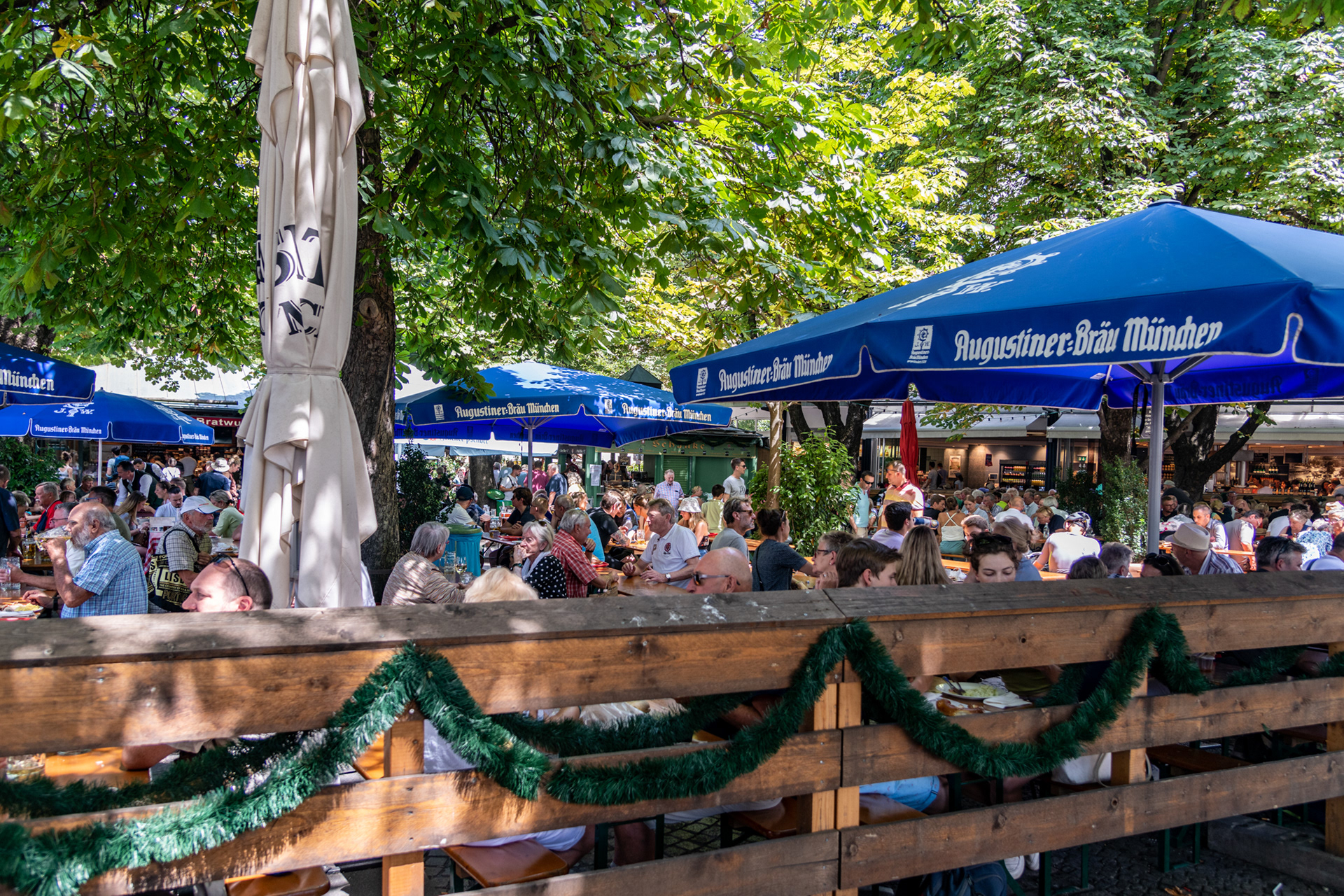
The beer garden in the center of the Viktualienmarkt
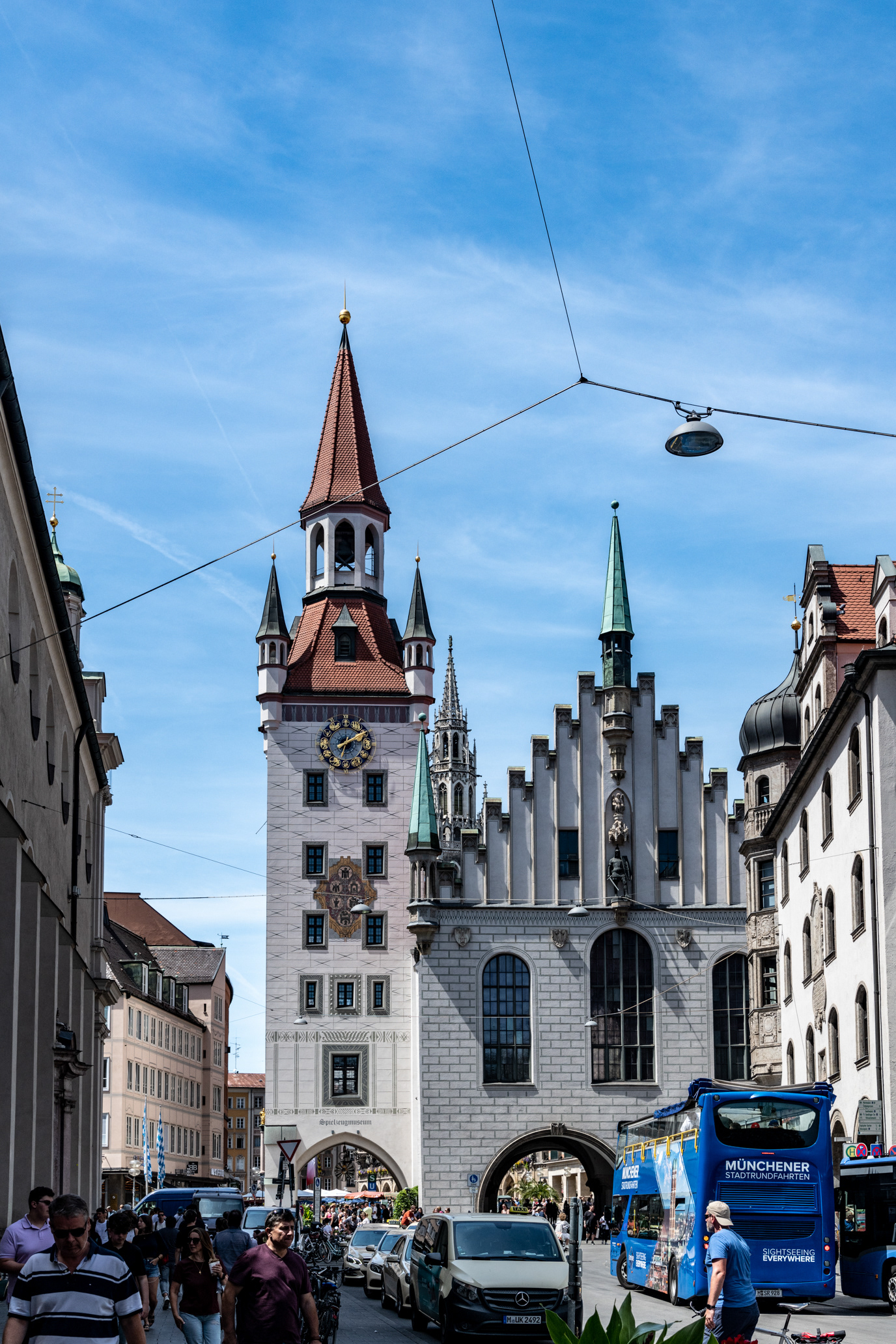
The original Rathaus Building, now a toy museum
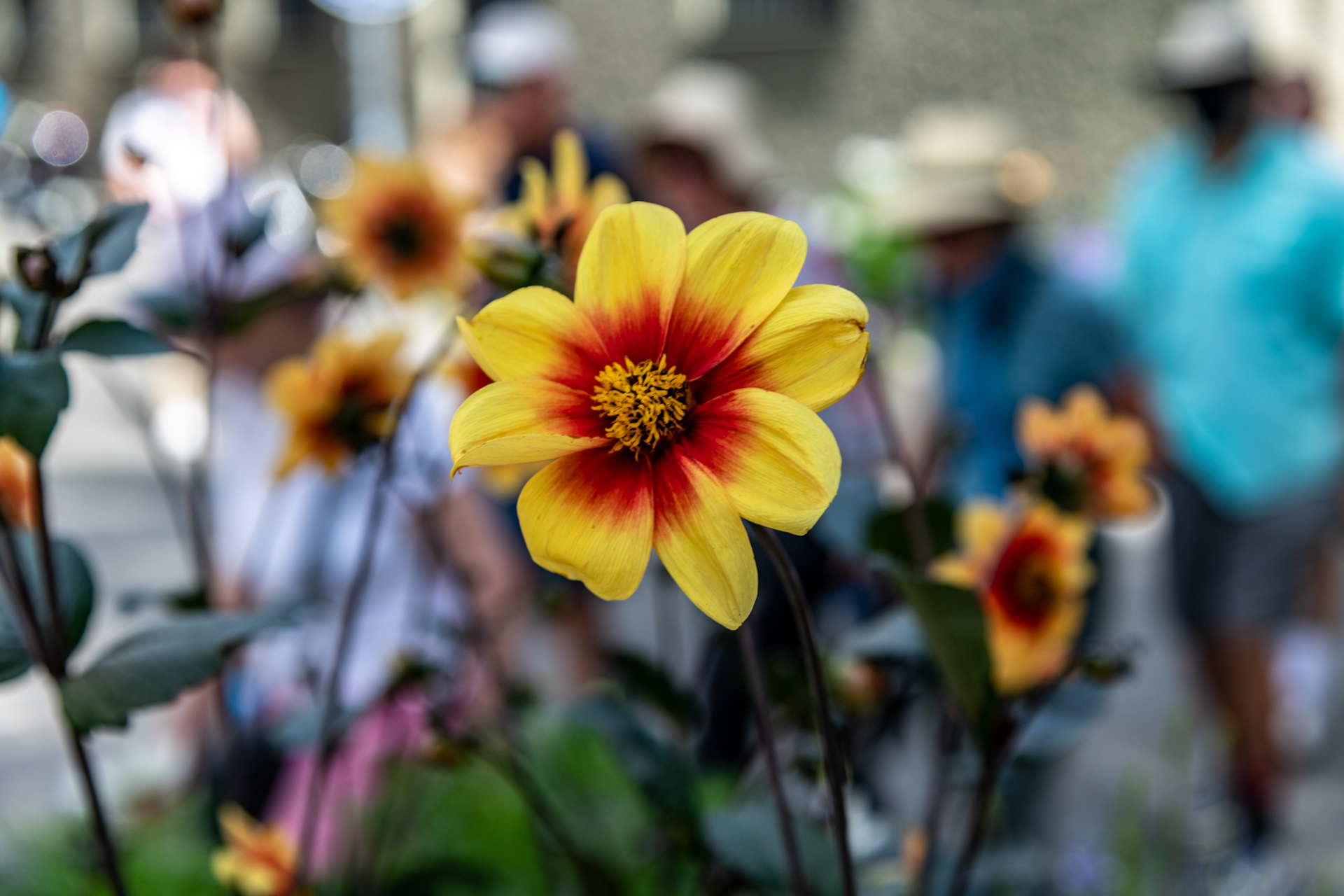
Moonfire Dahlia in the Viktualienmarkt
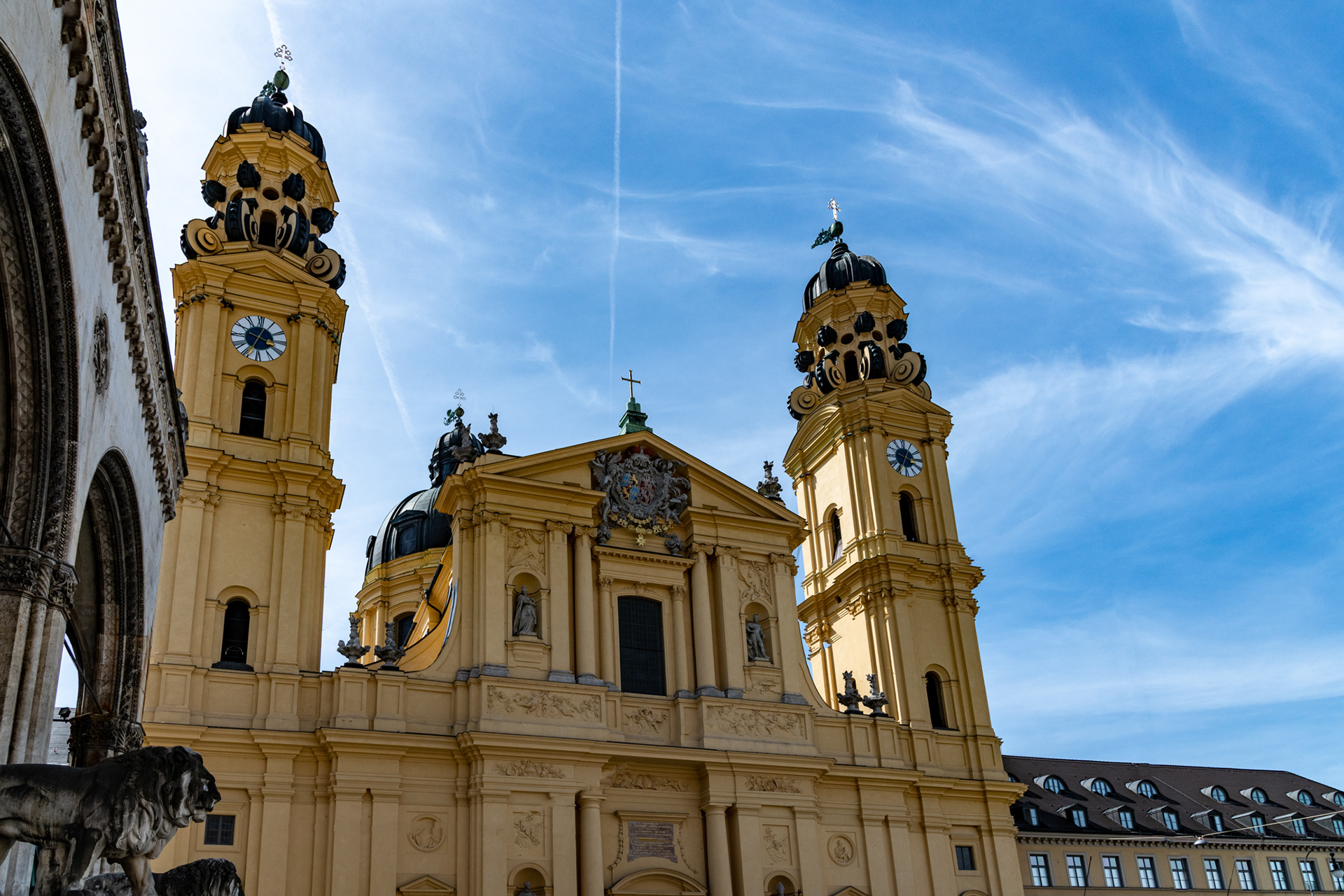
Façade of Theatinerkirche
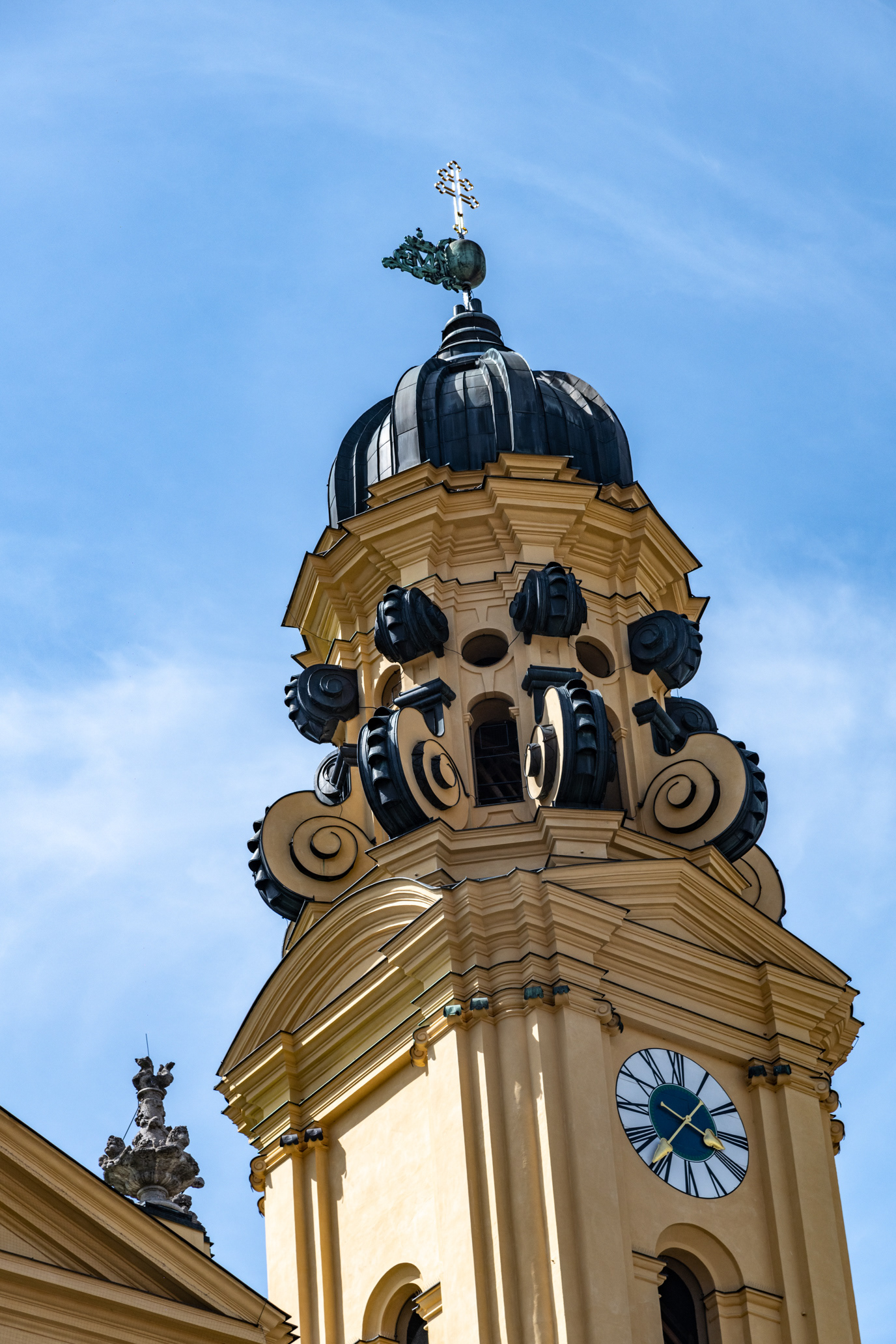
Spire of the Theatinerkirche
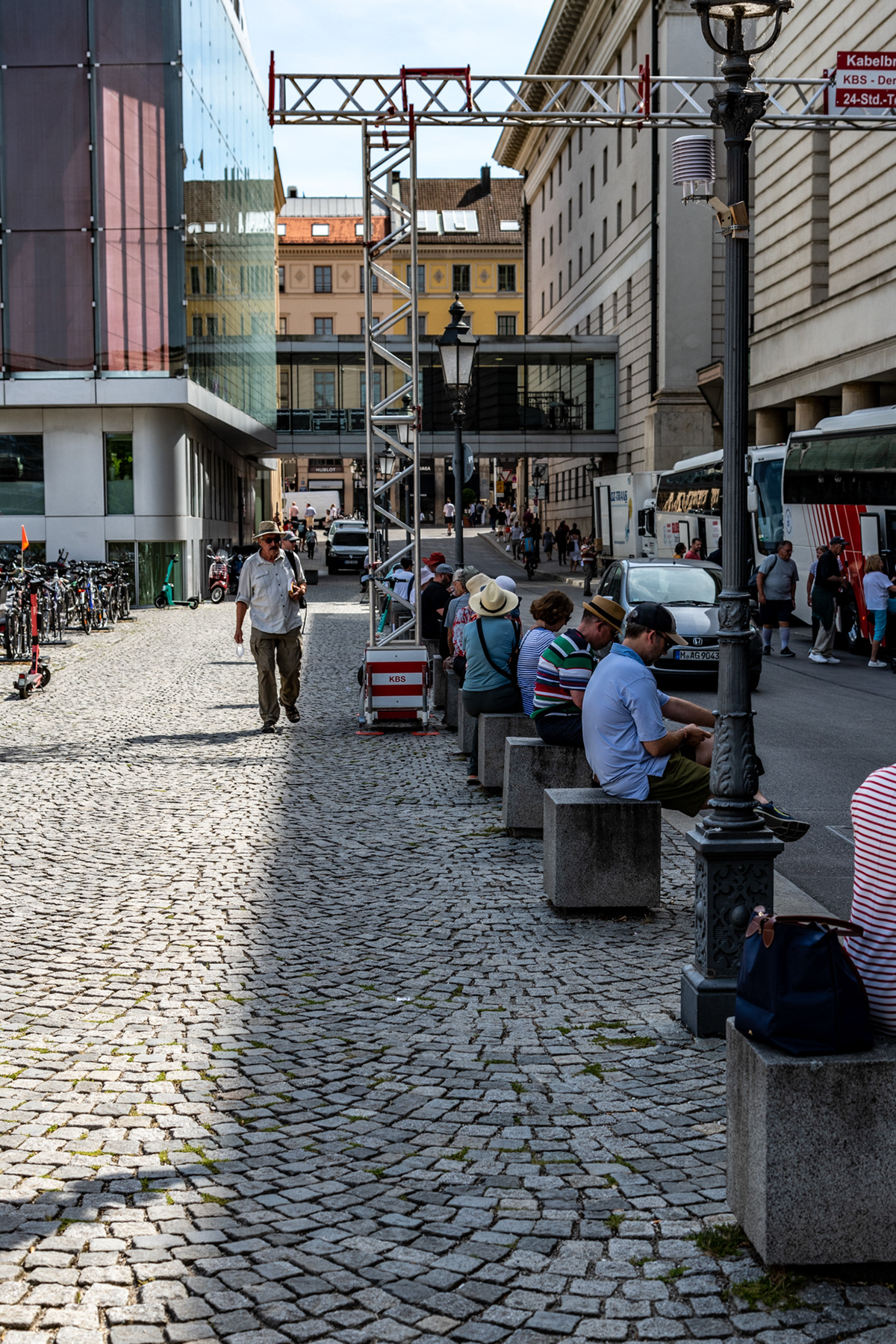
Pilgrims waiting for the coach at the end of the day
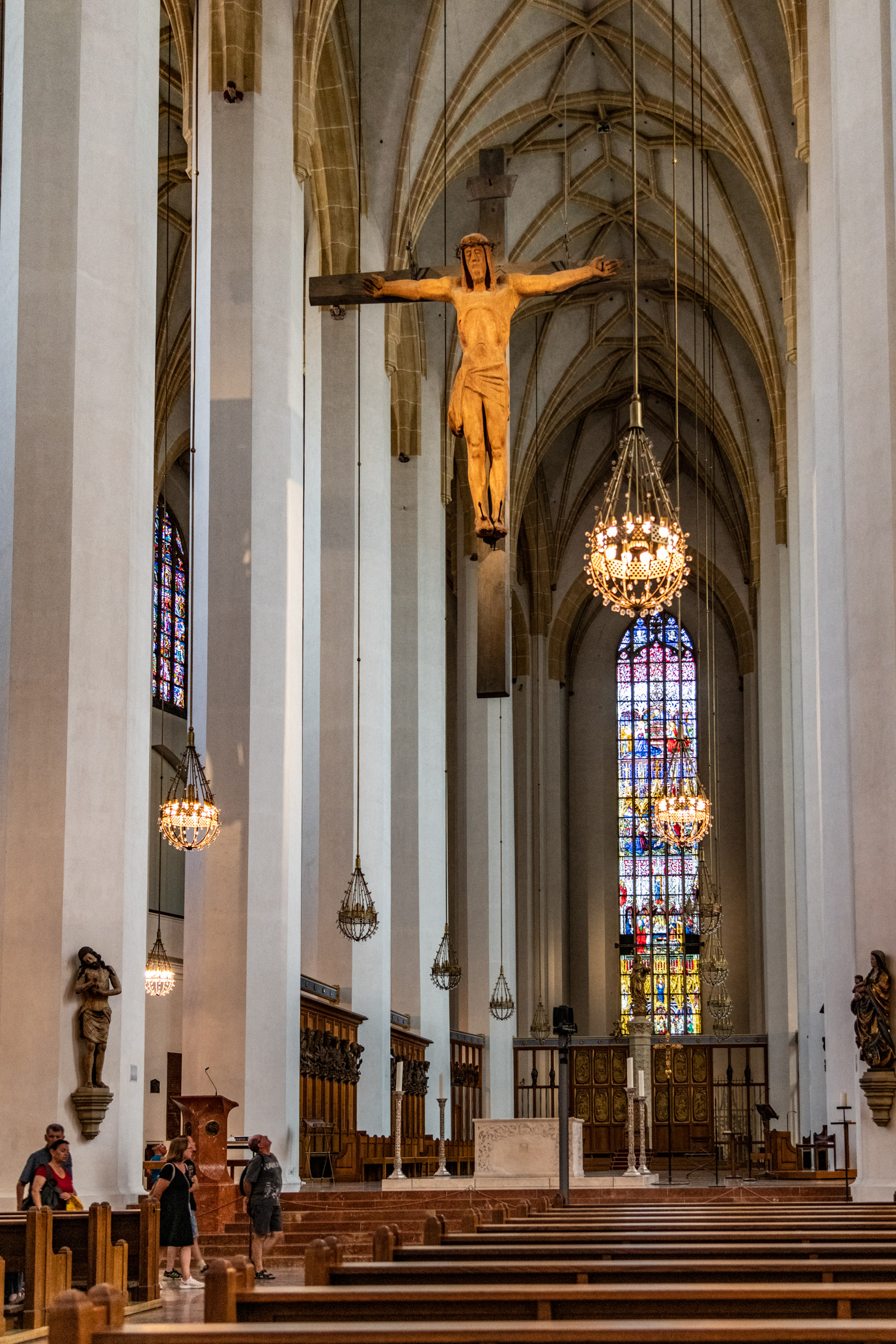
Nave of the Frauenkirche
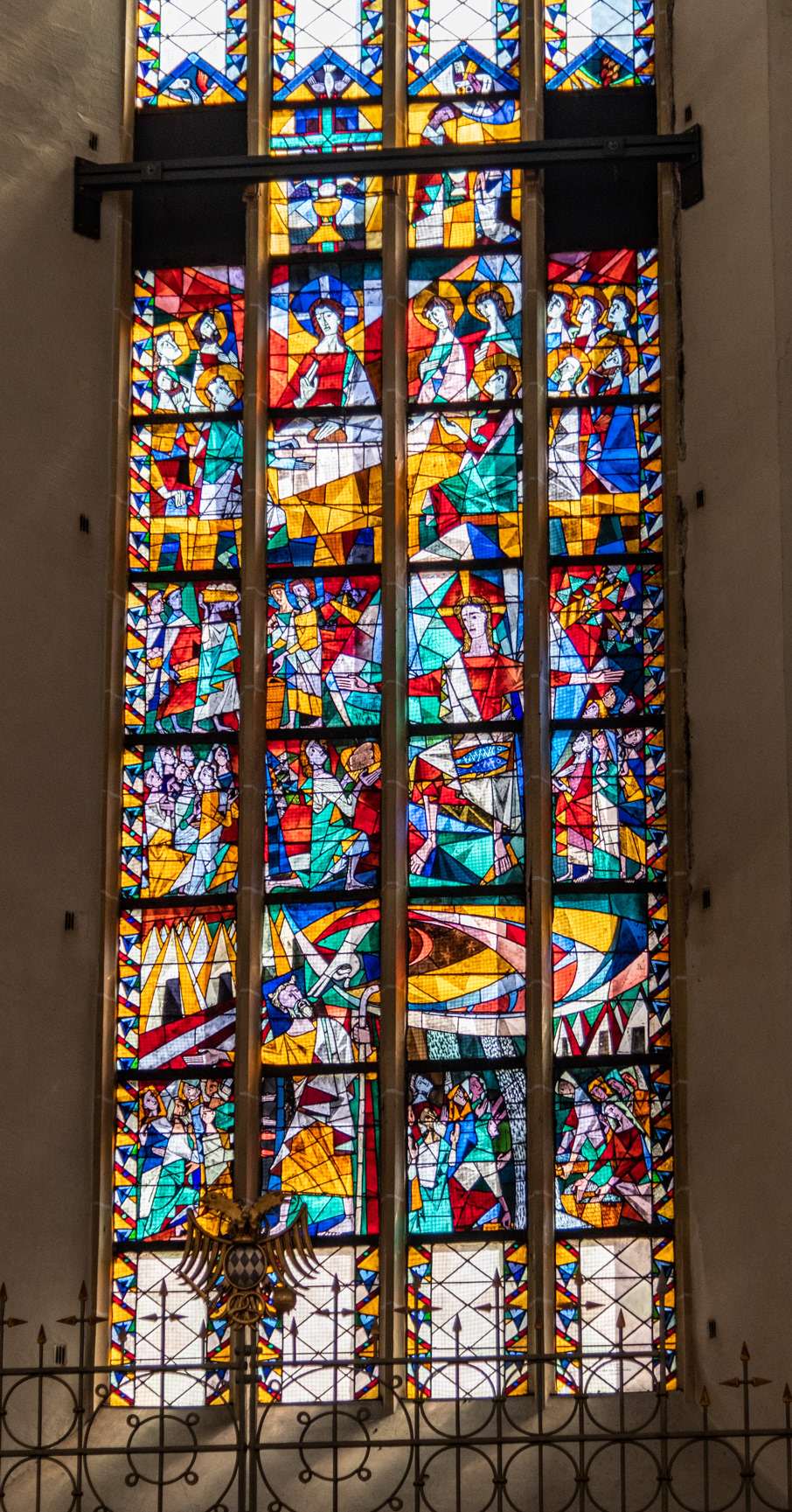
Stained glass window in Frauenkirche
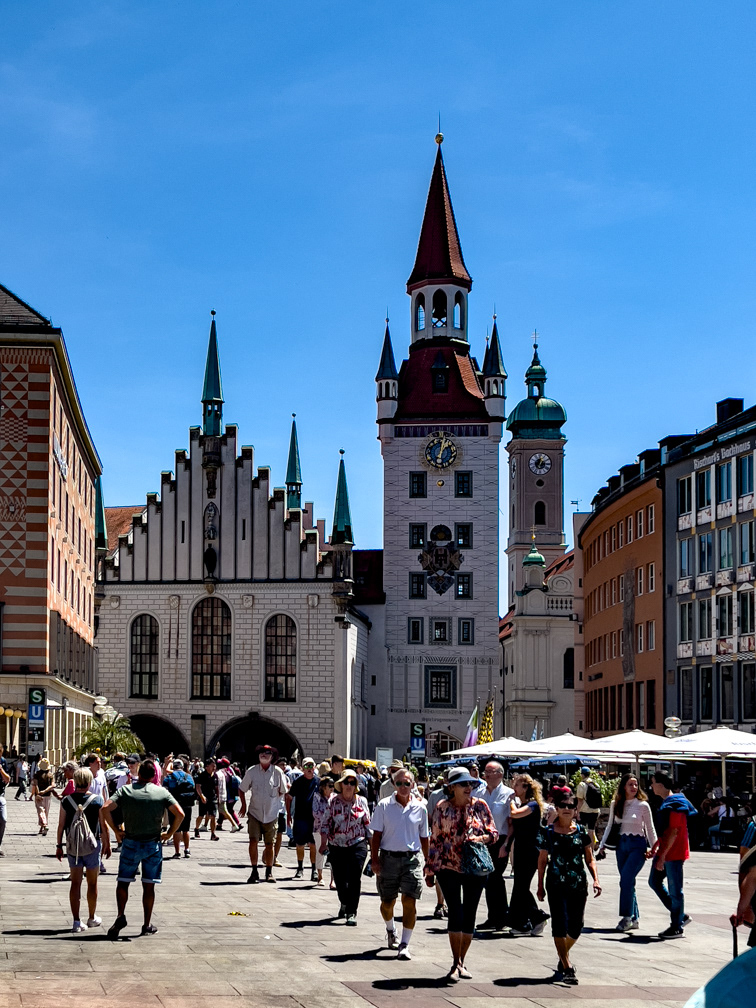
Pilgrims entering Marienplatz

Nave of the Asamkirche

Nave of the Asamkirche
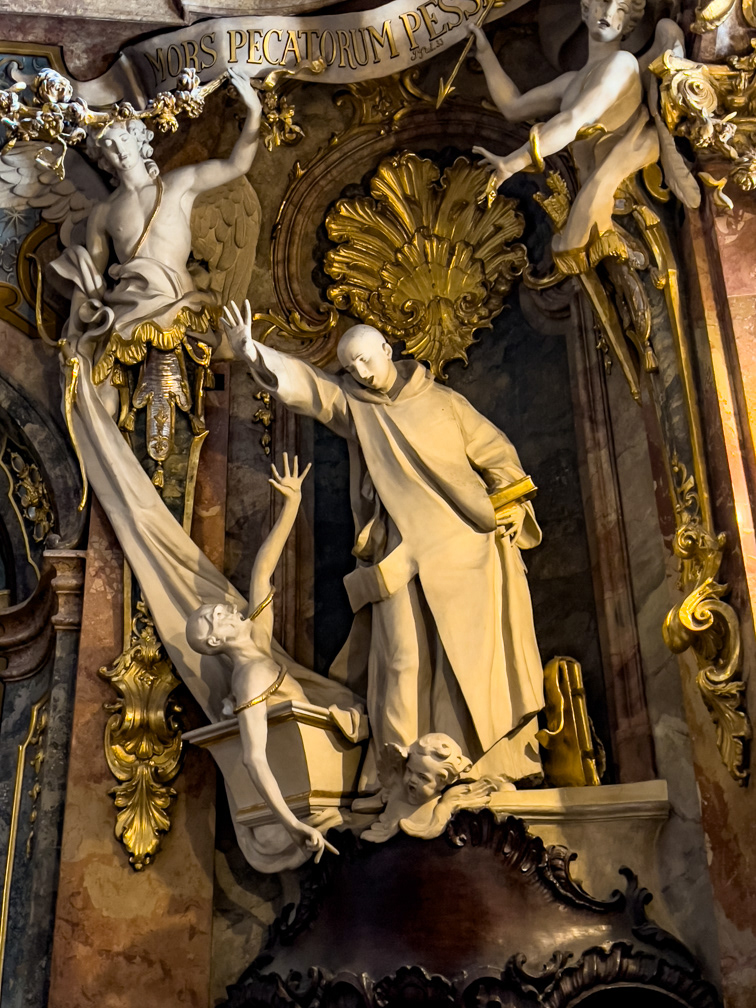
Statuary in the Asamkirche
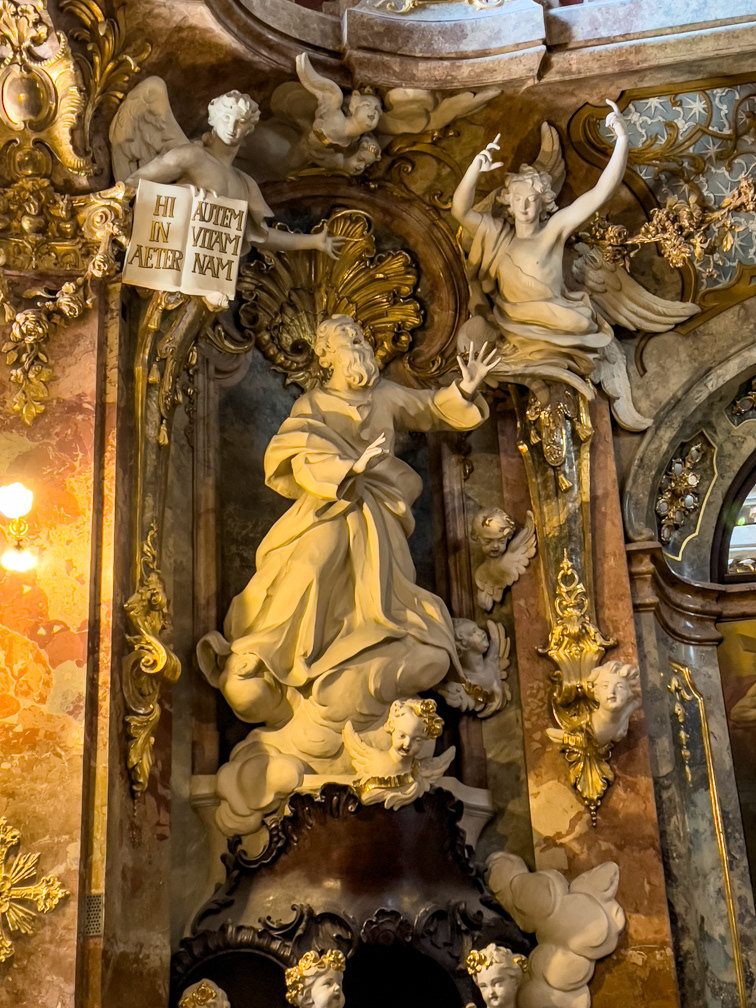
Statuary in Asamkirche
